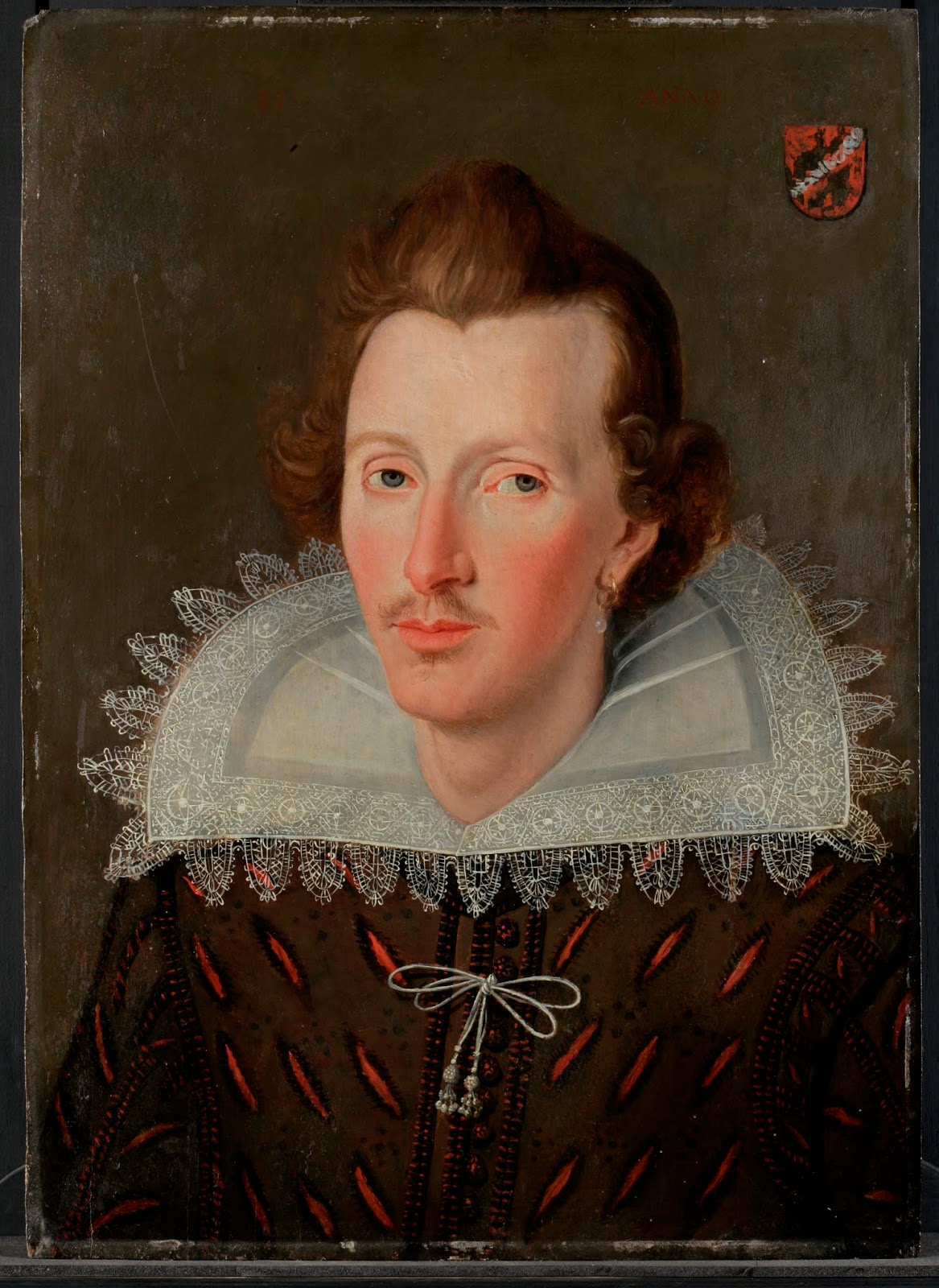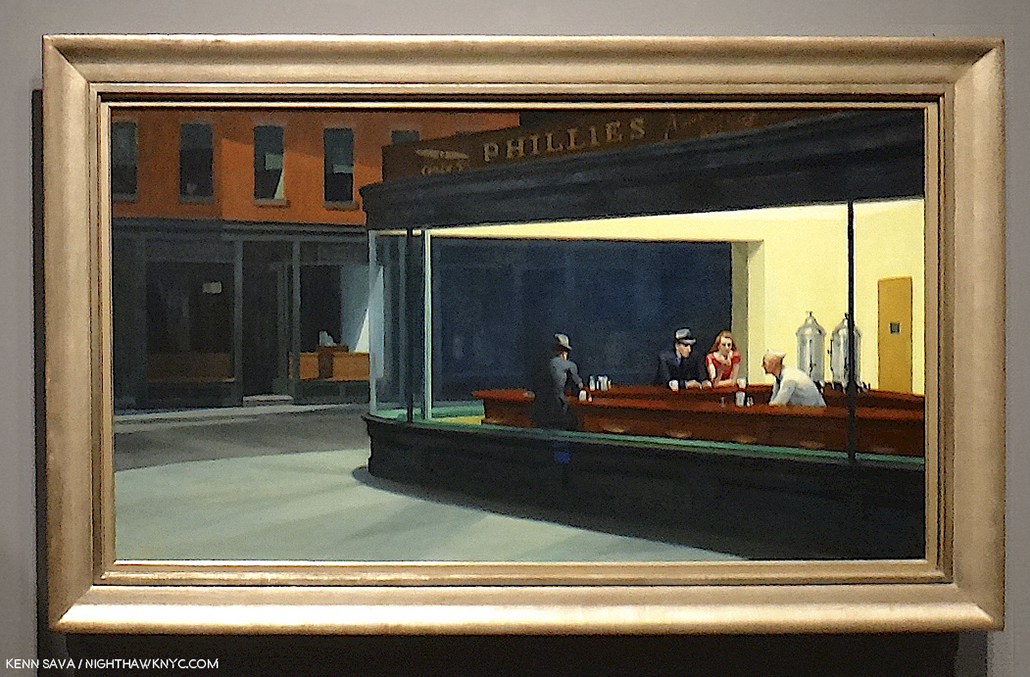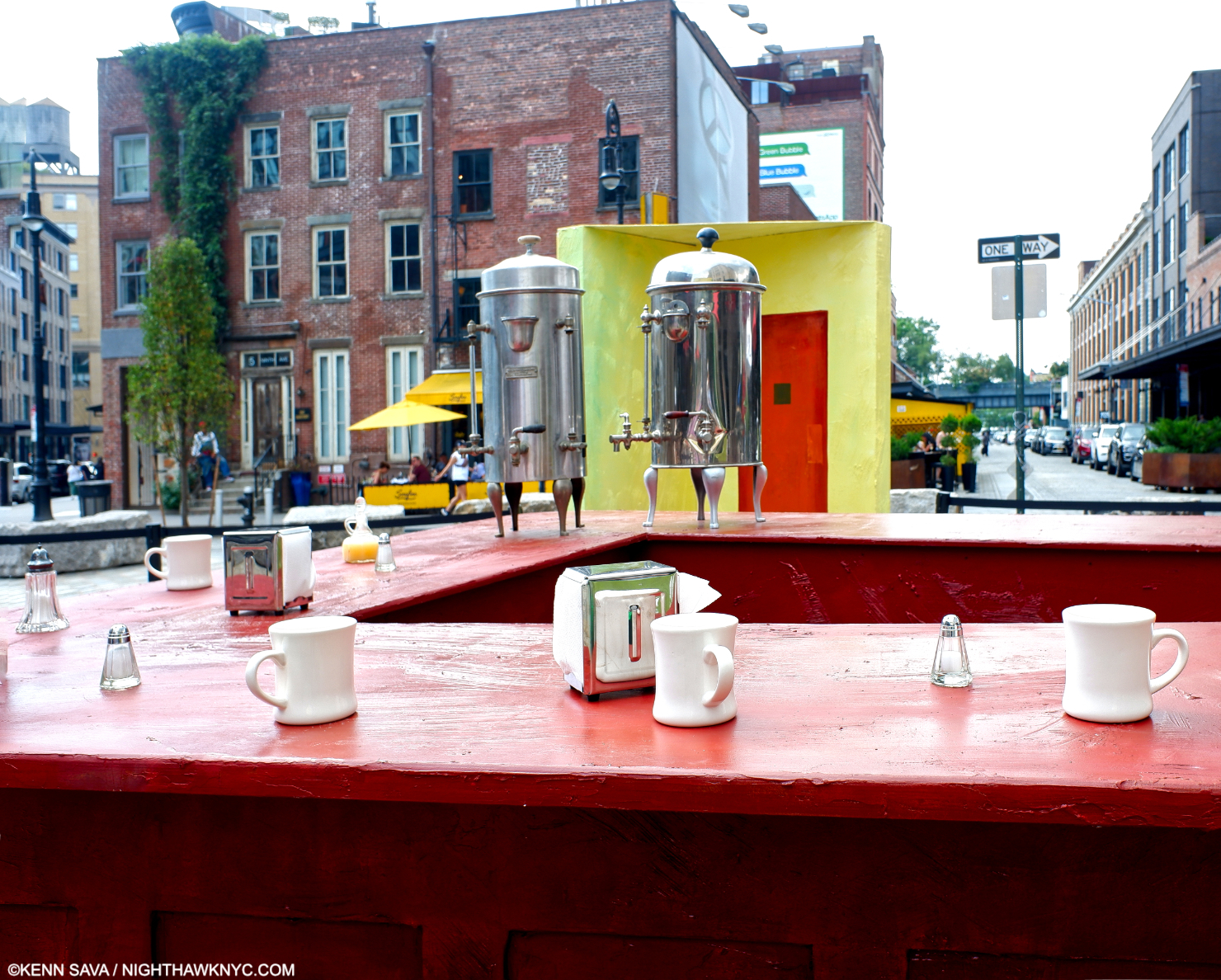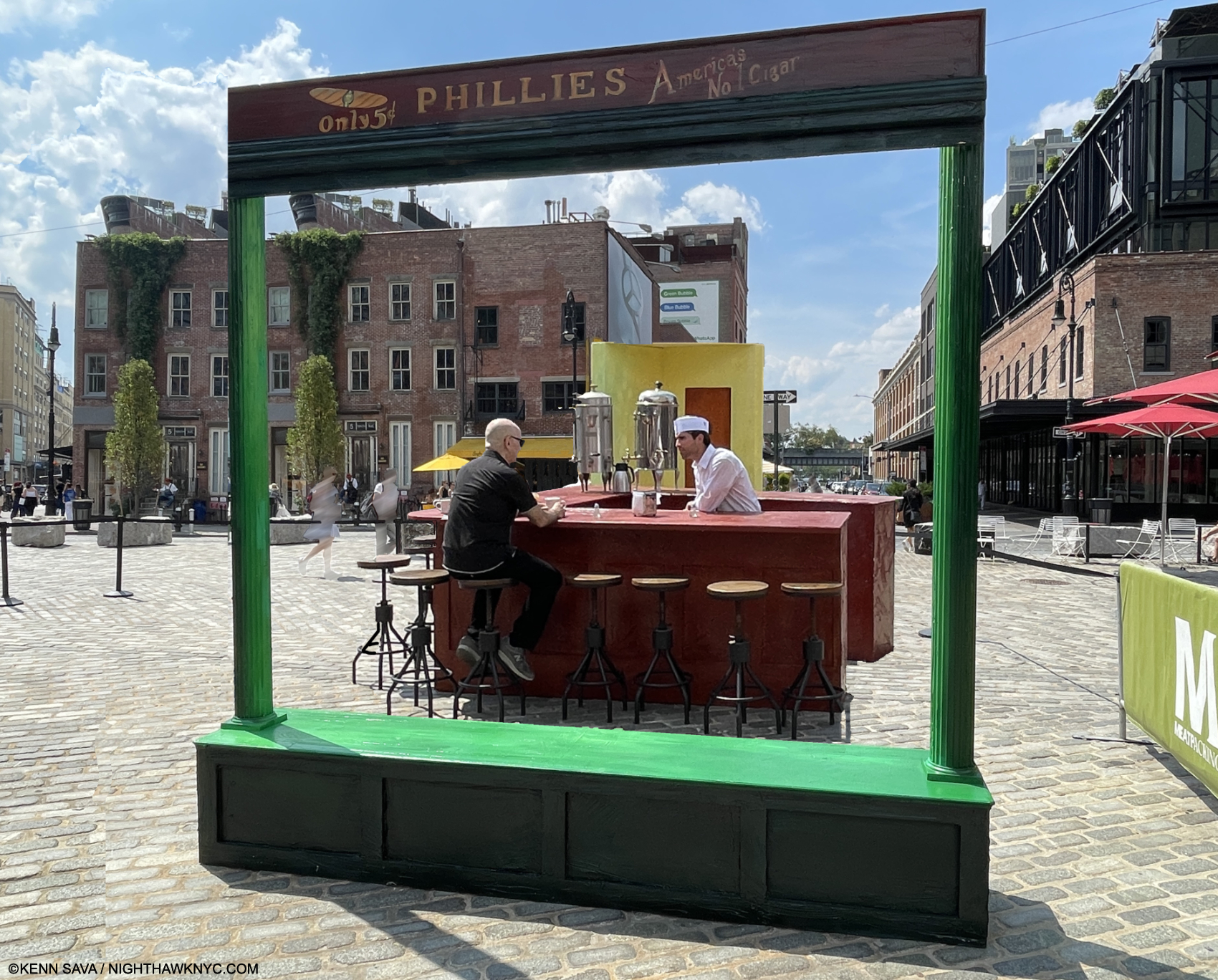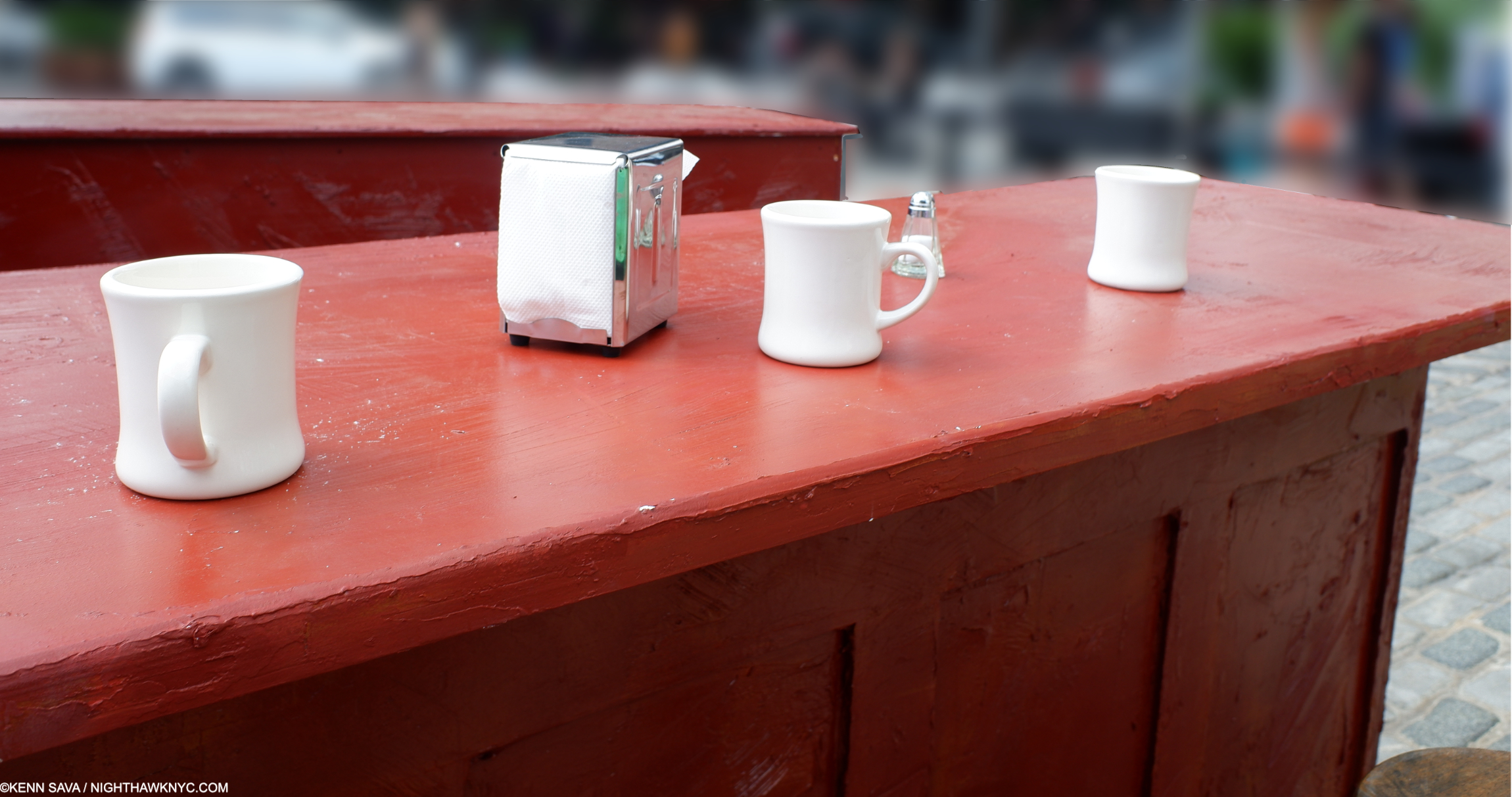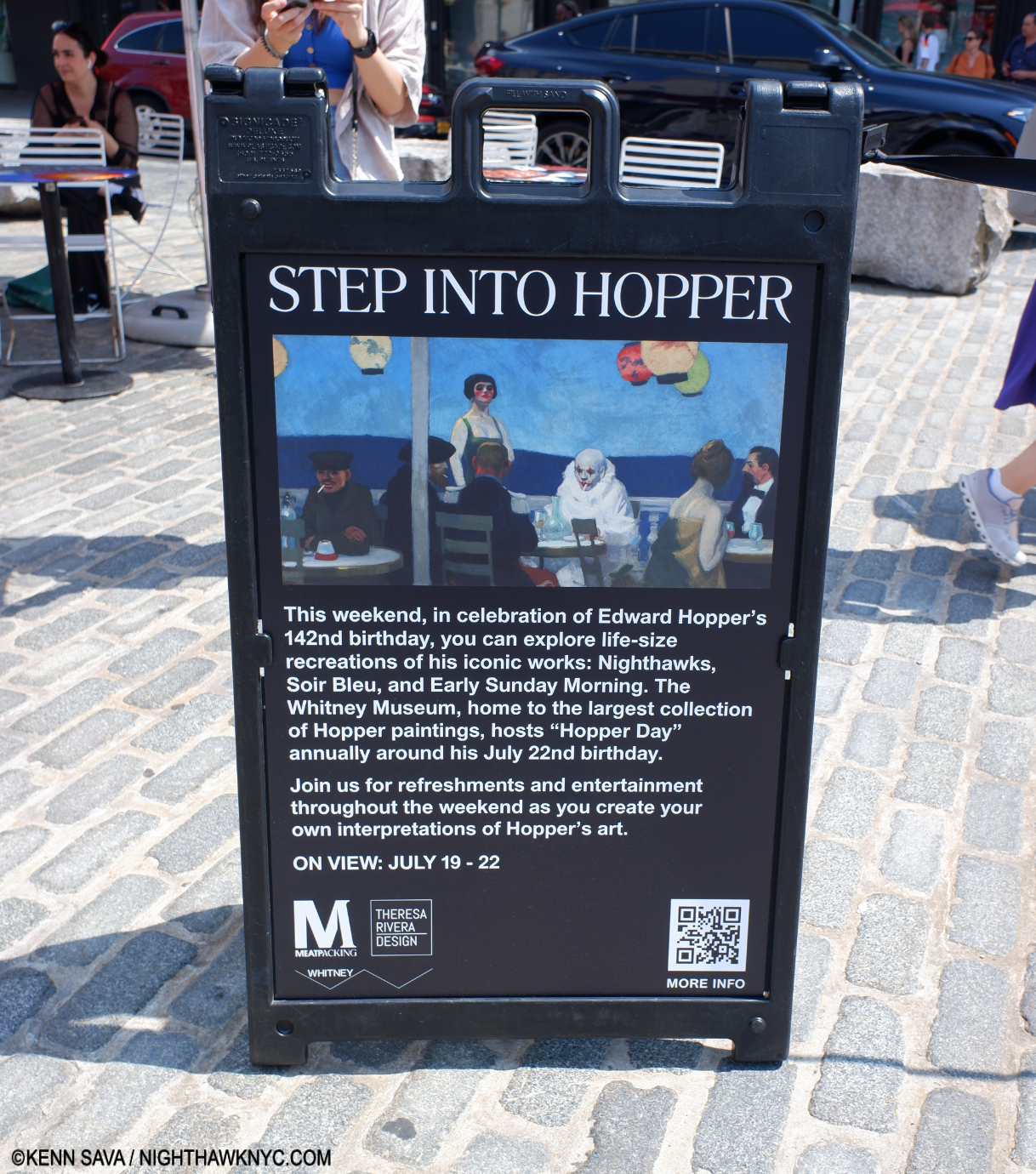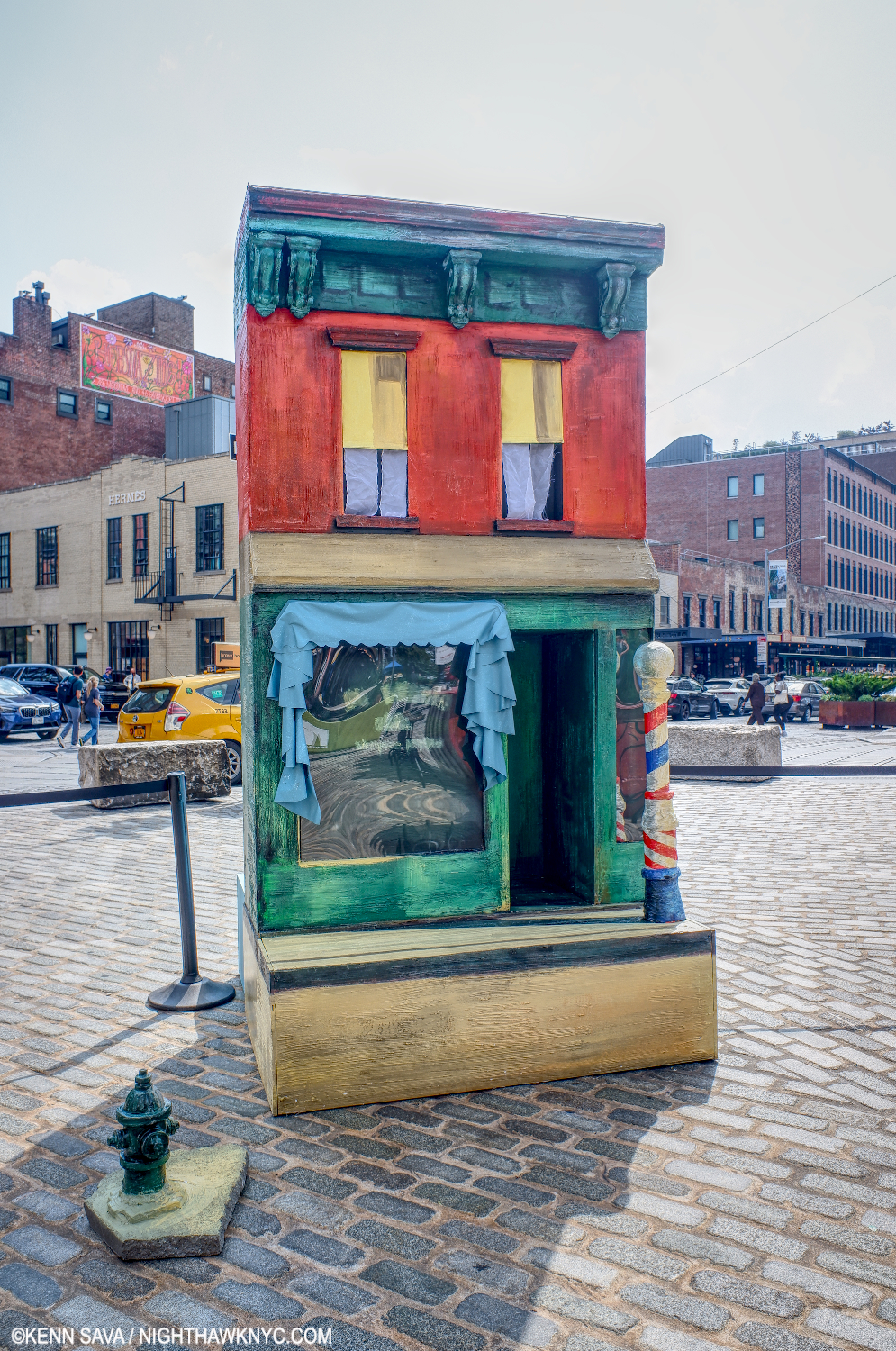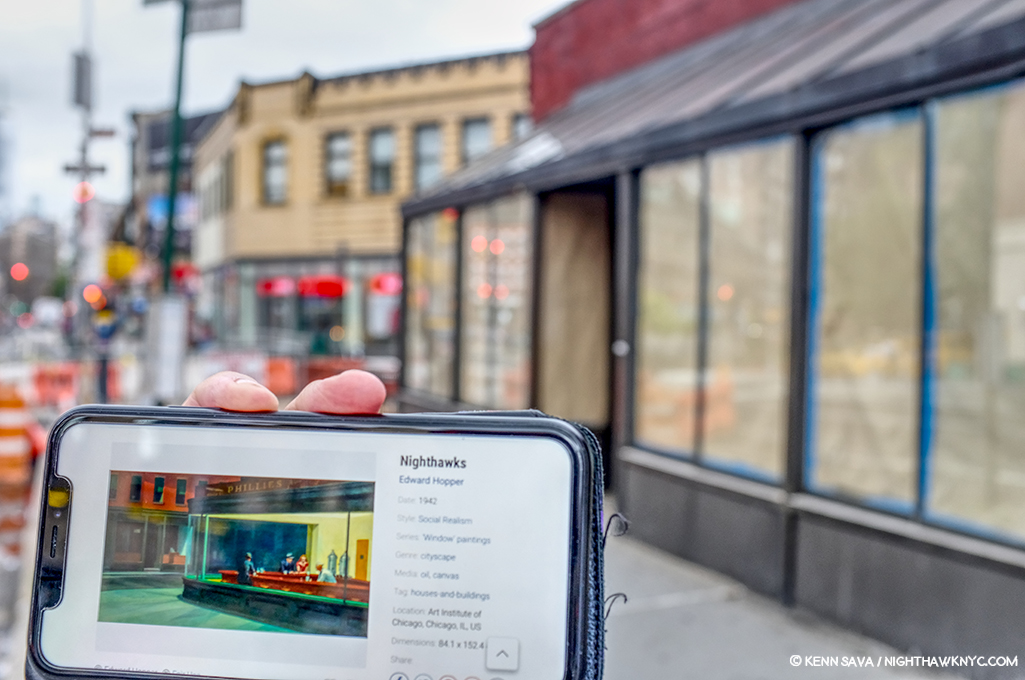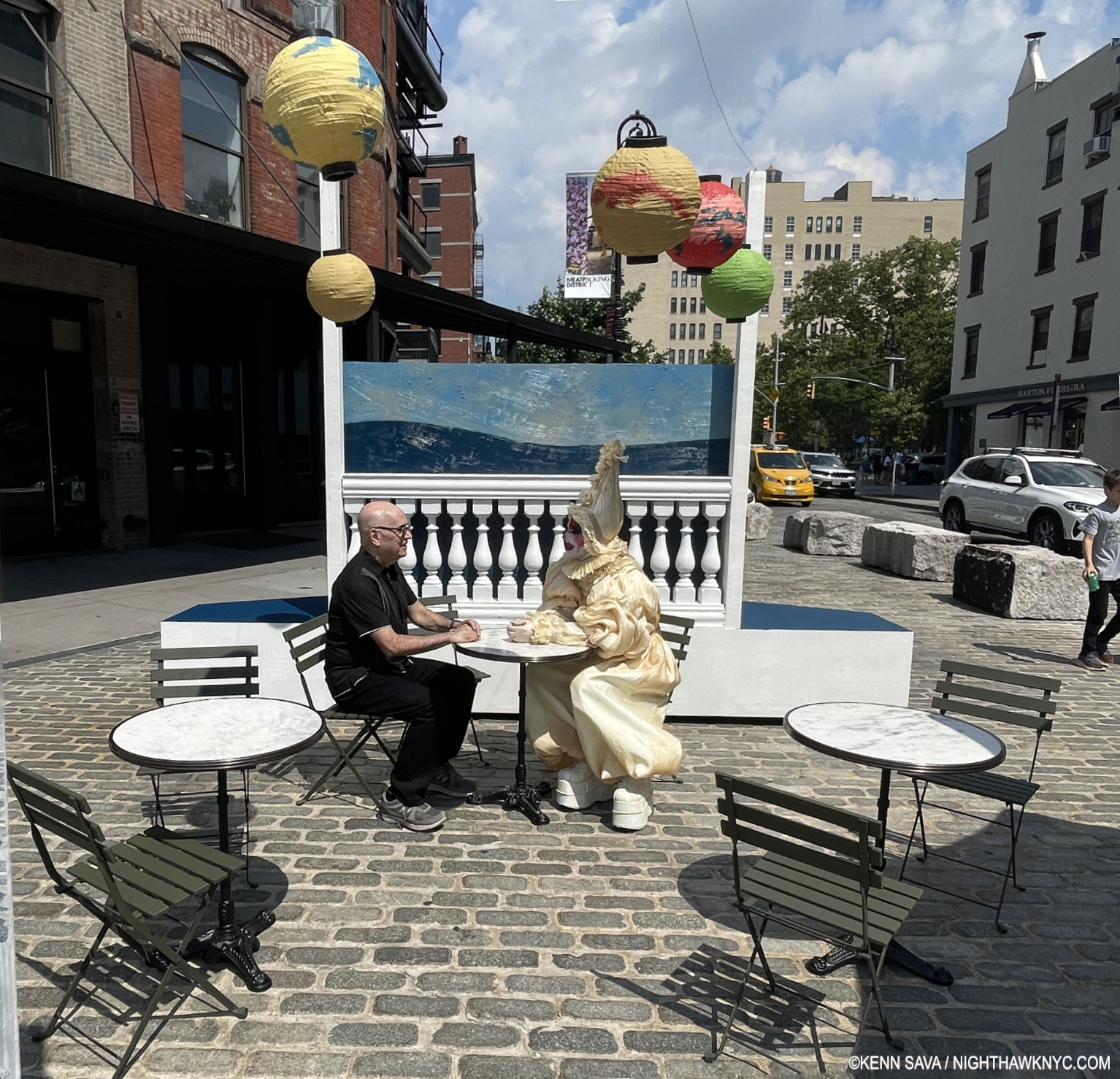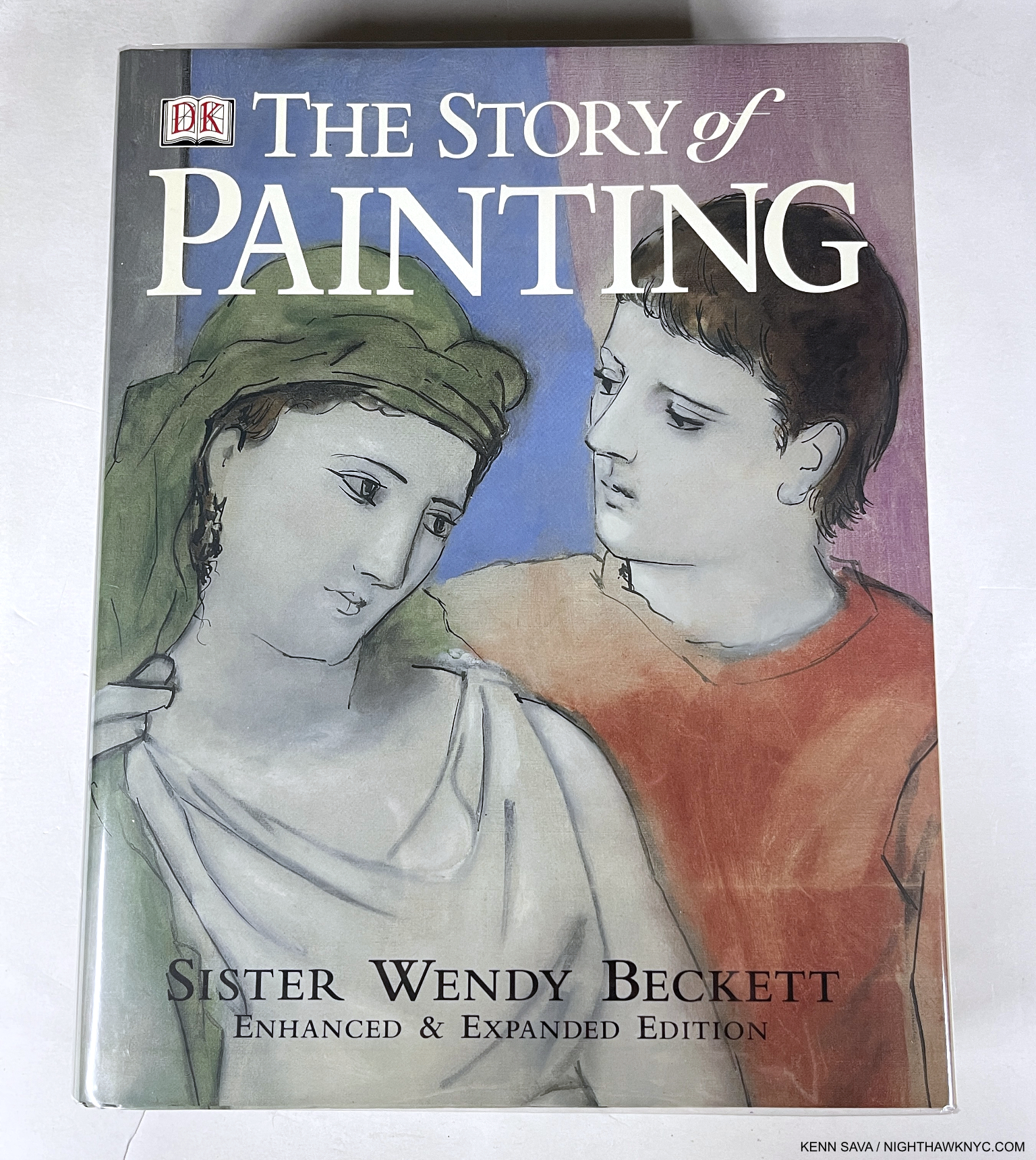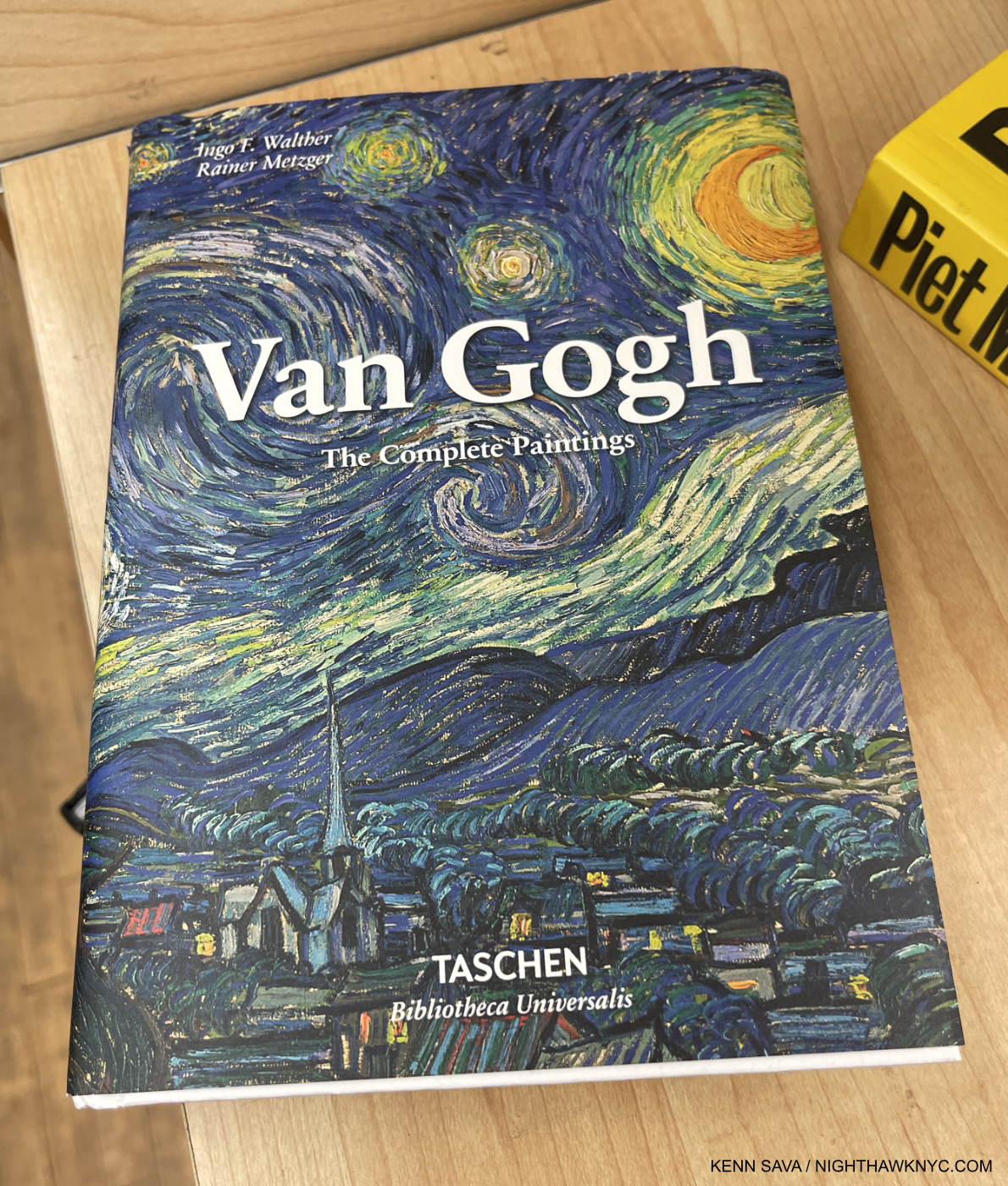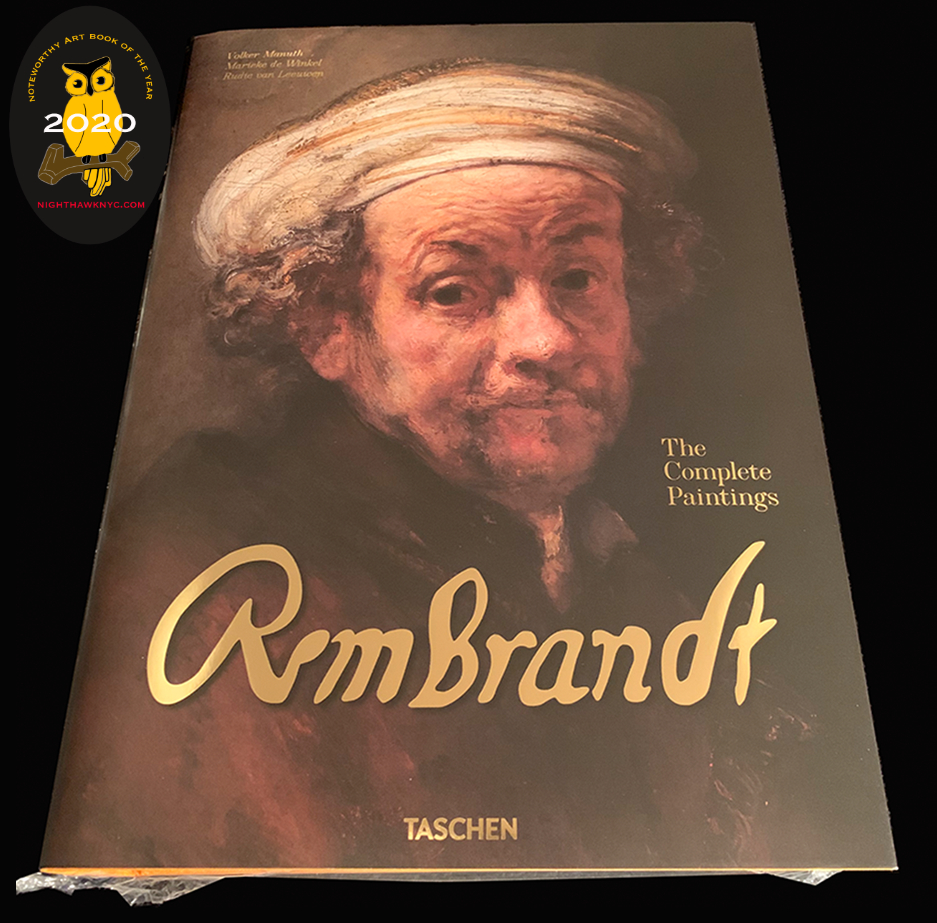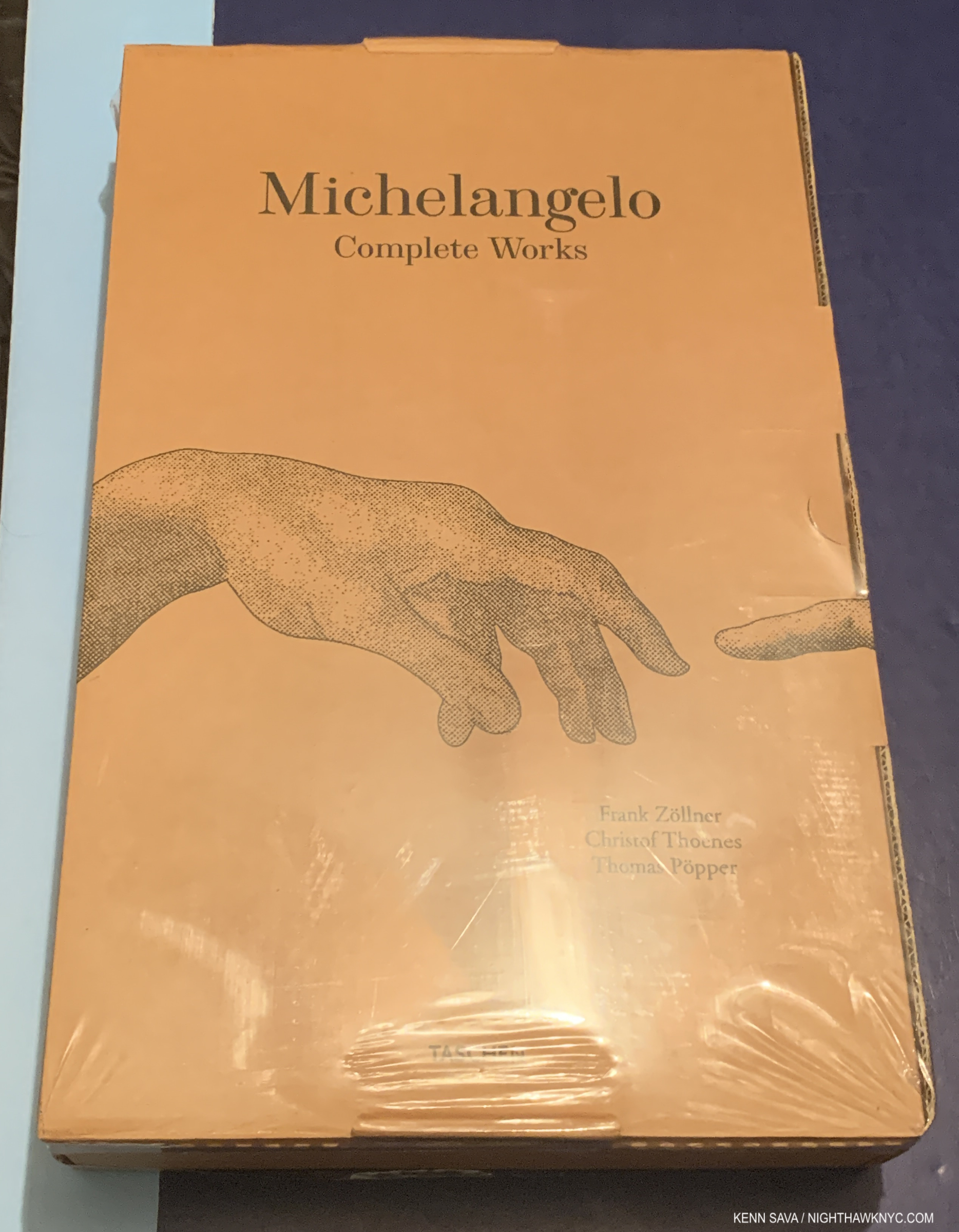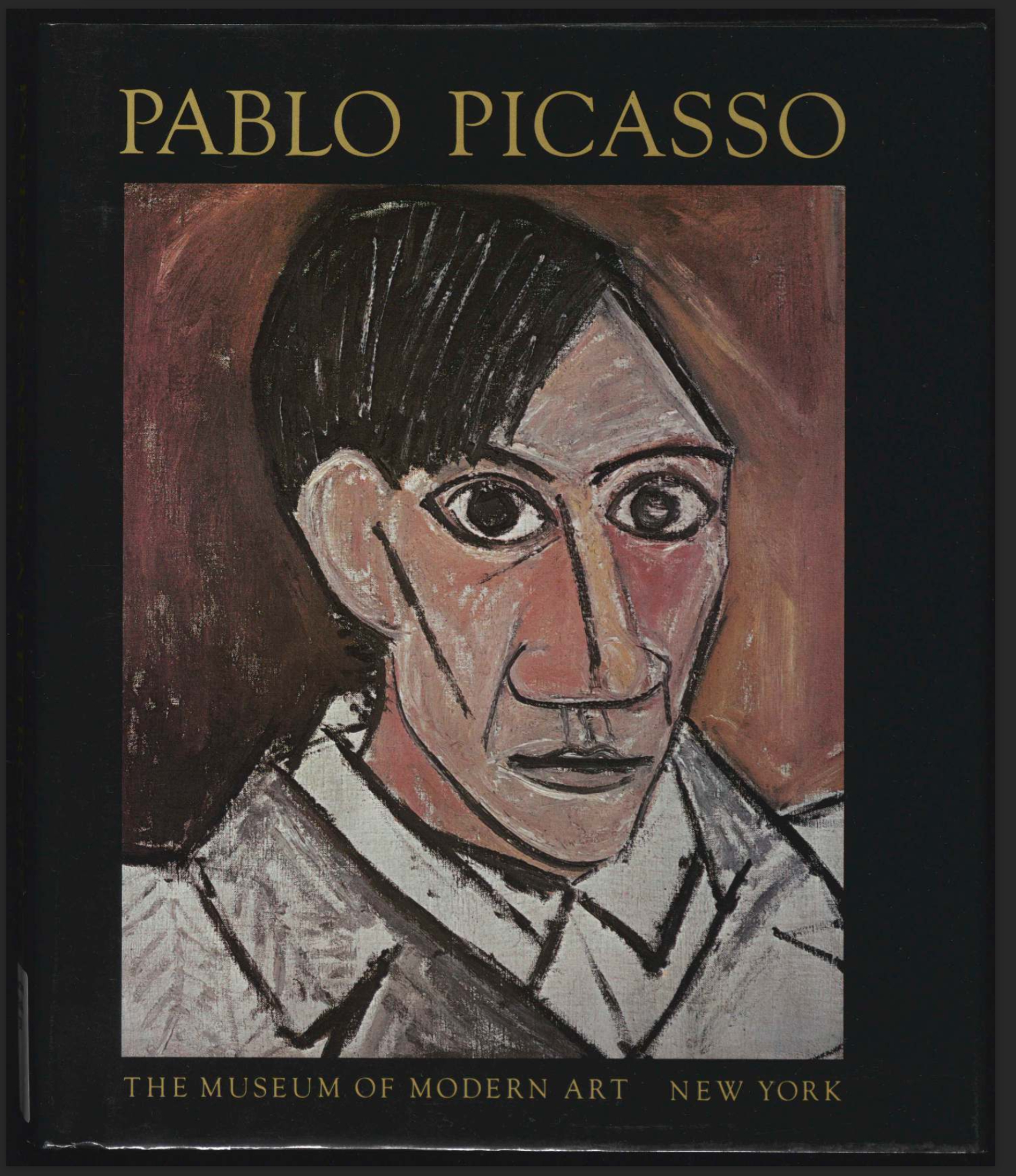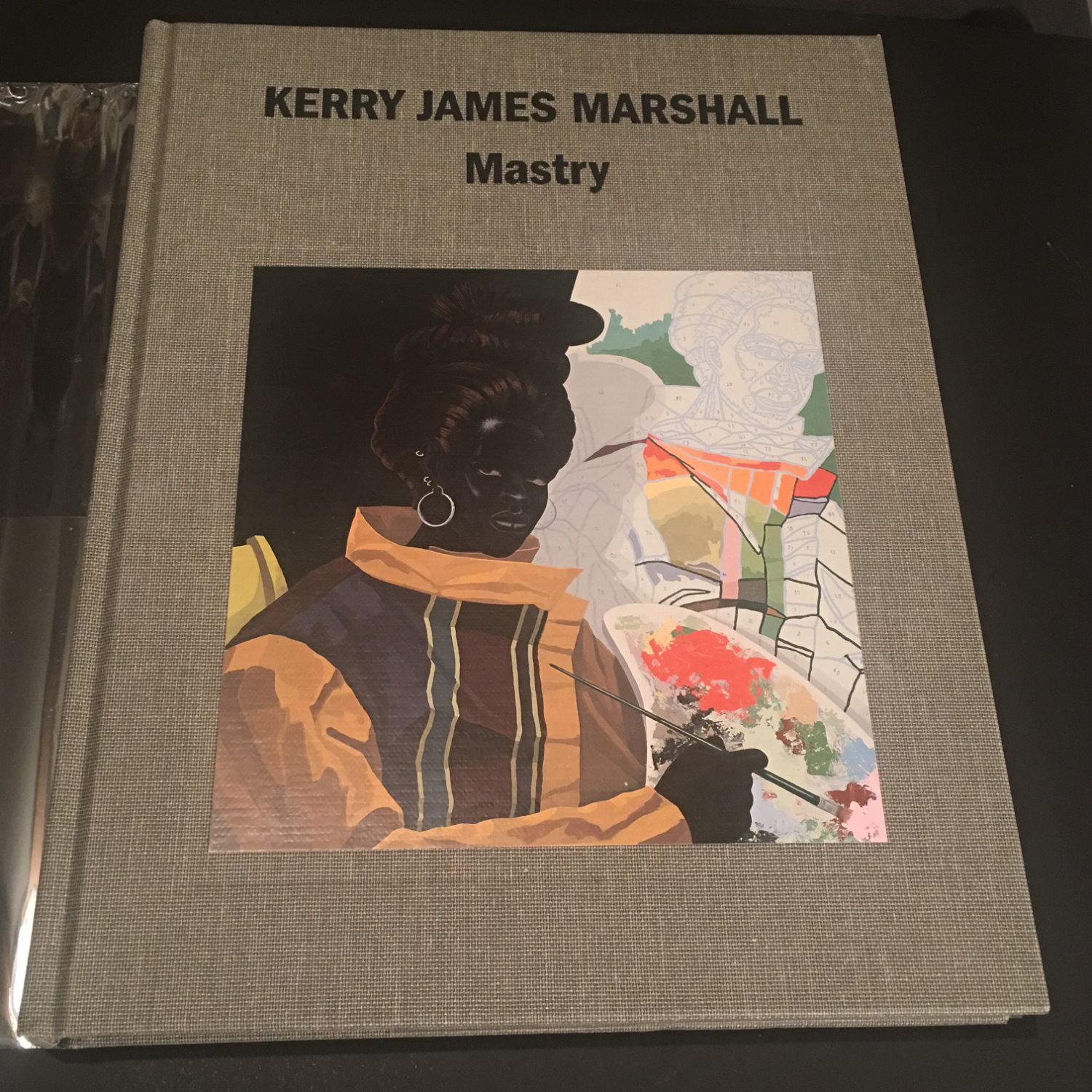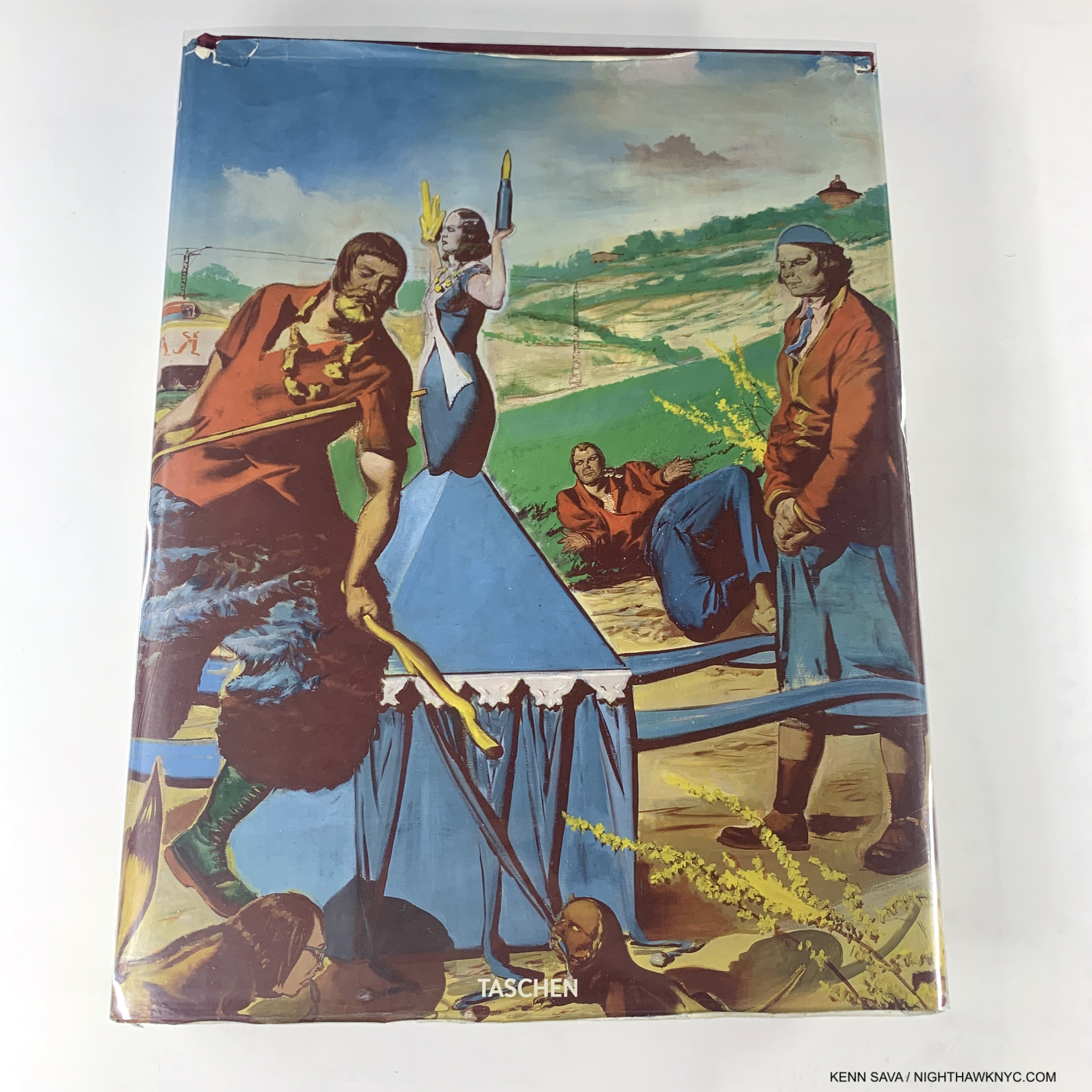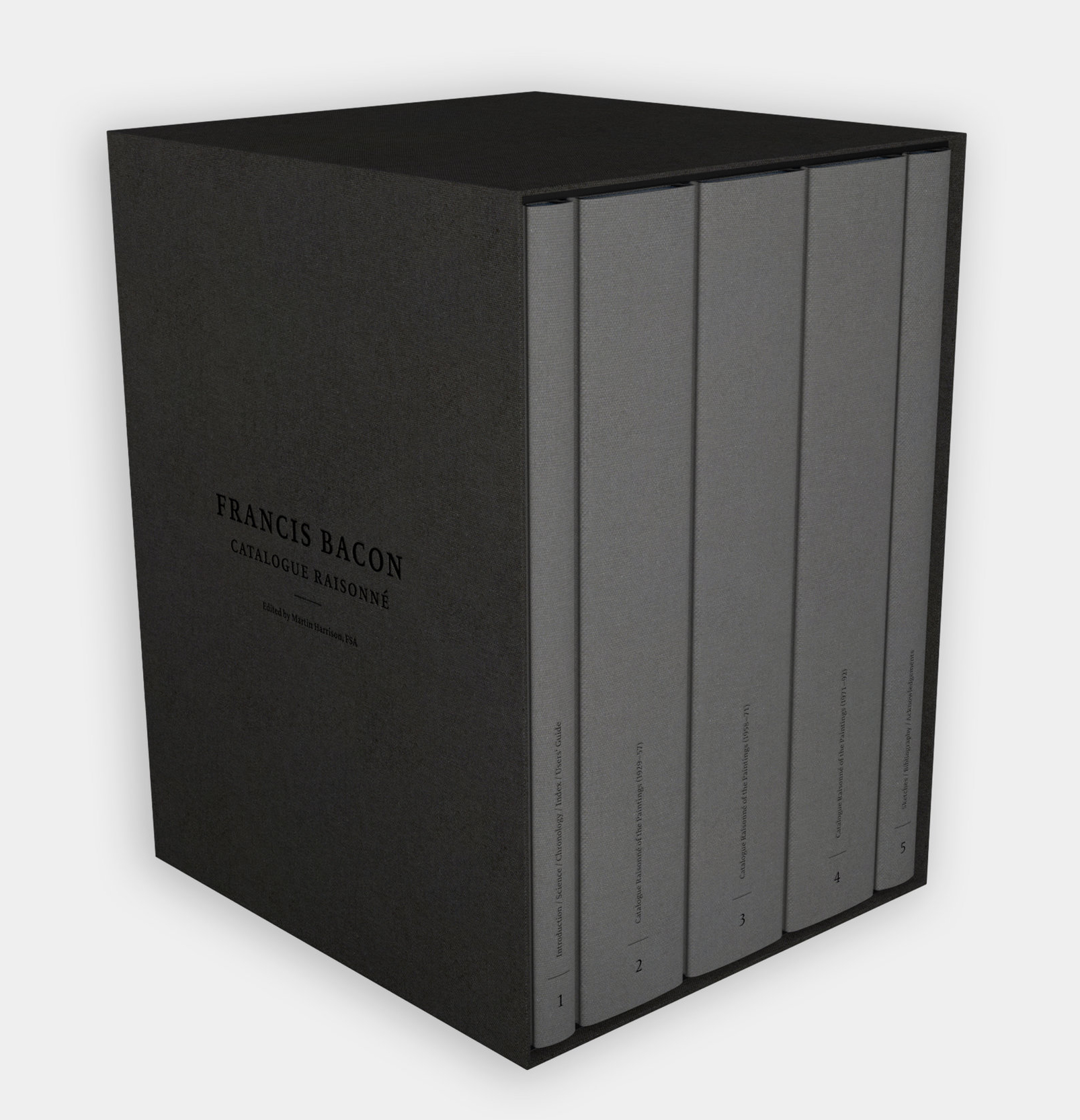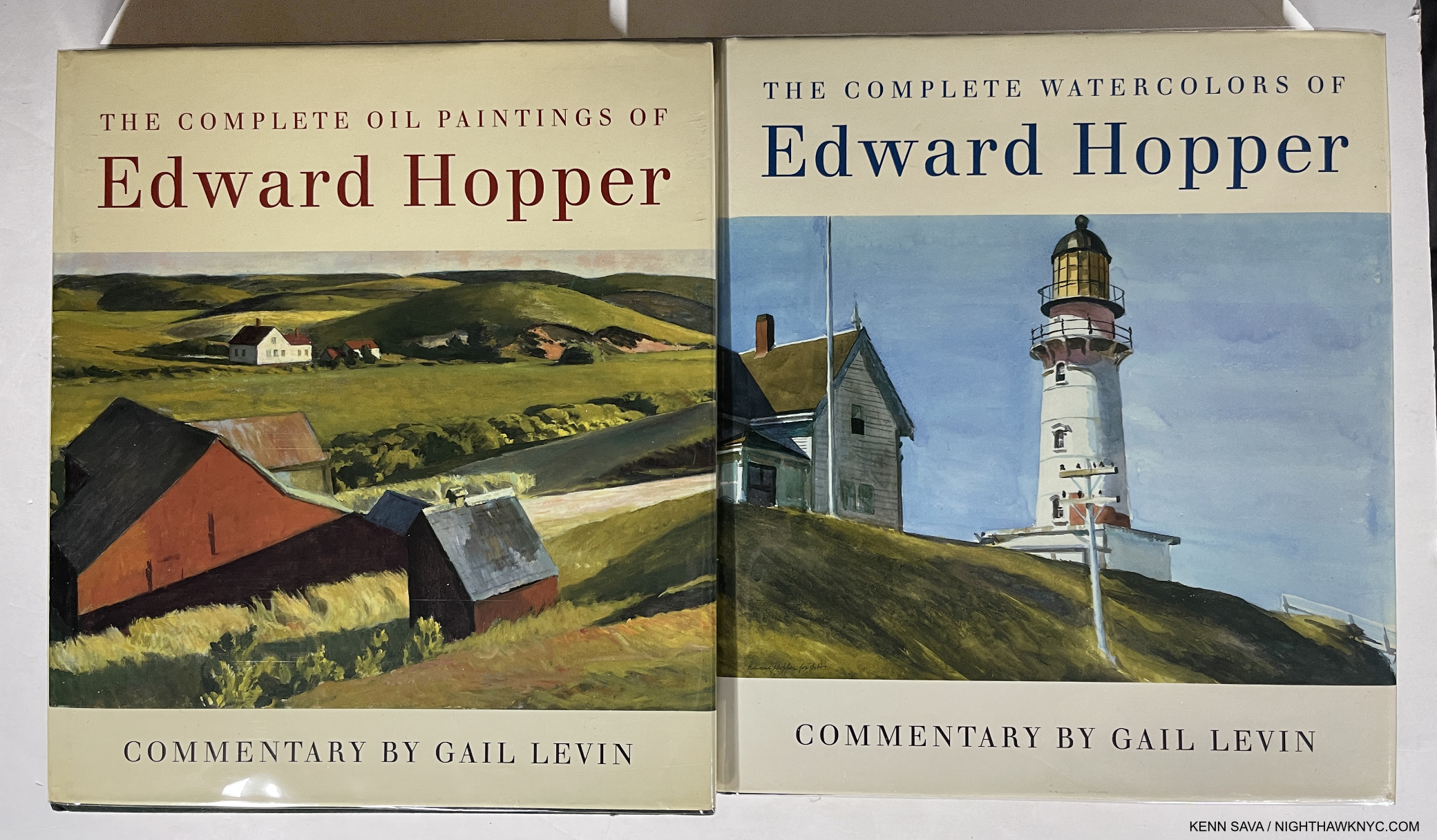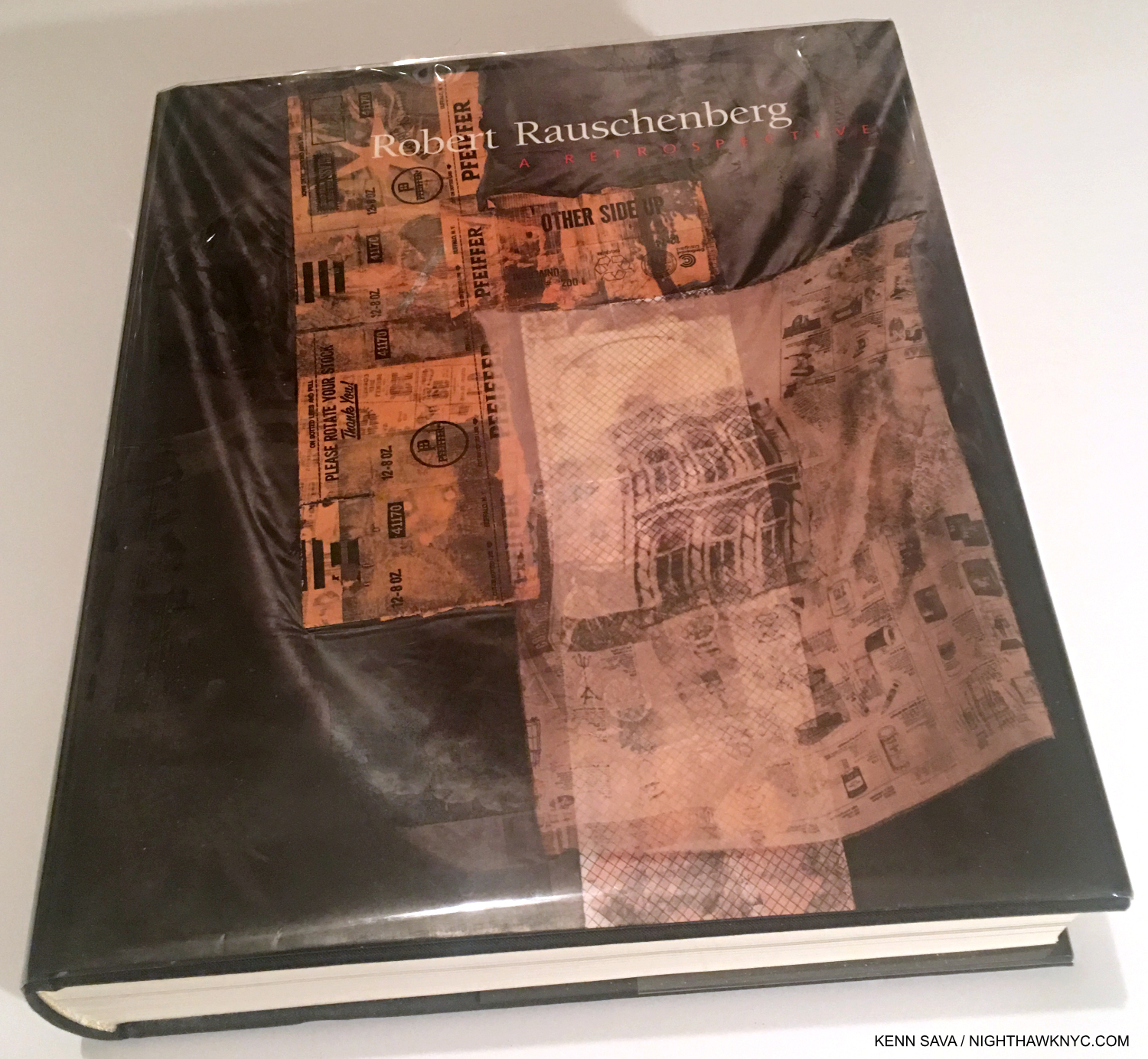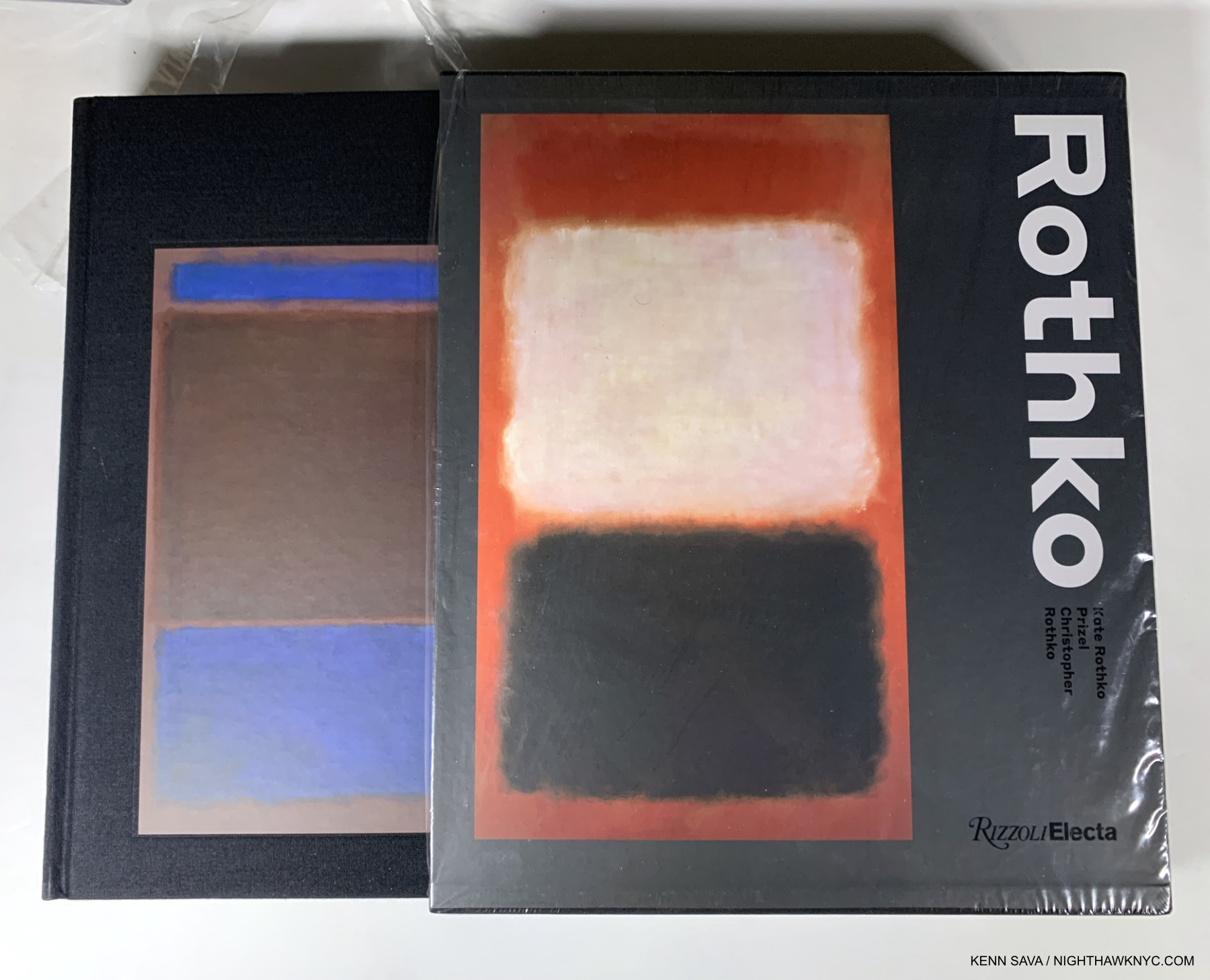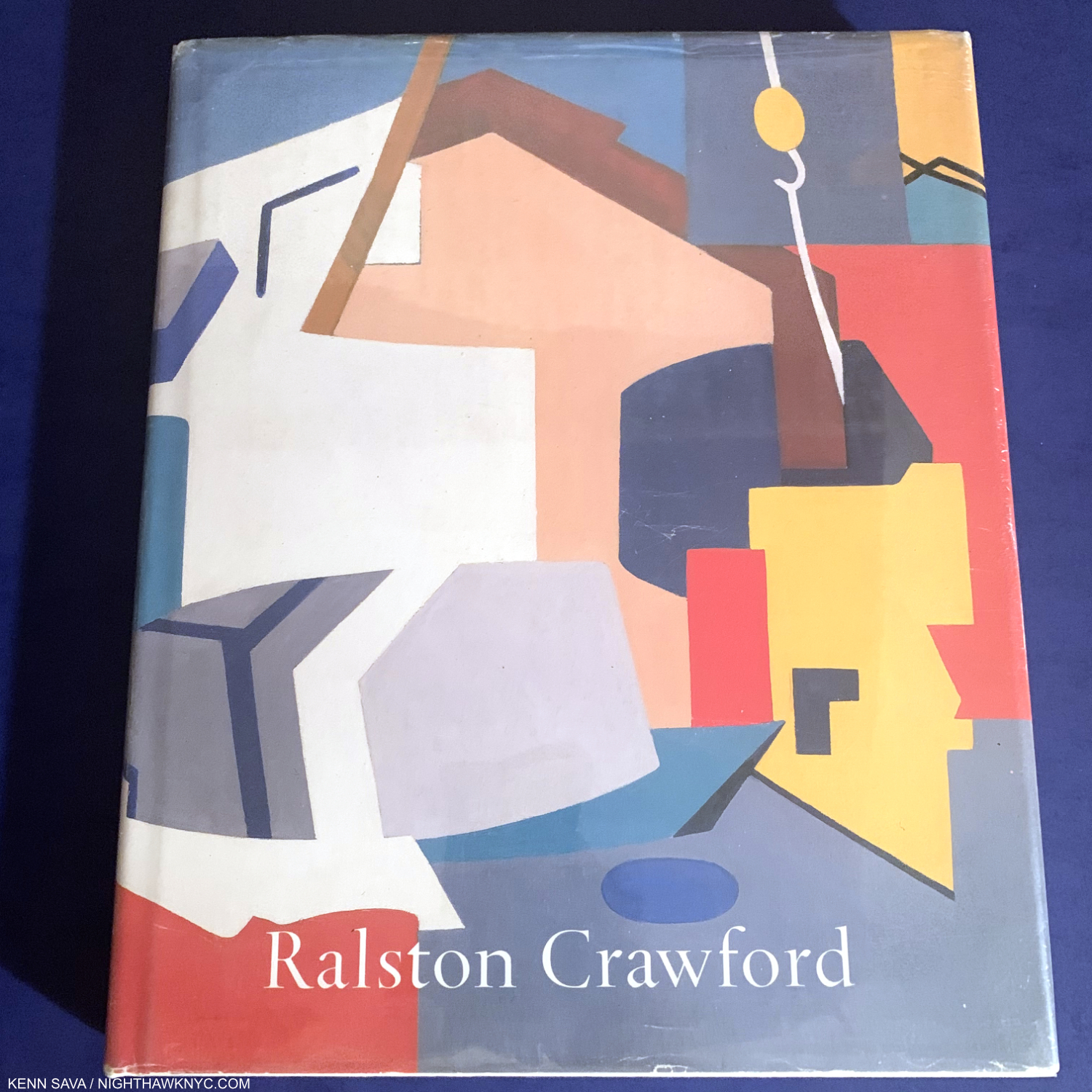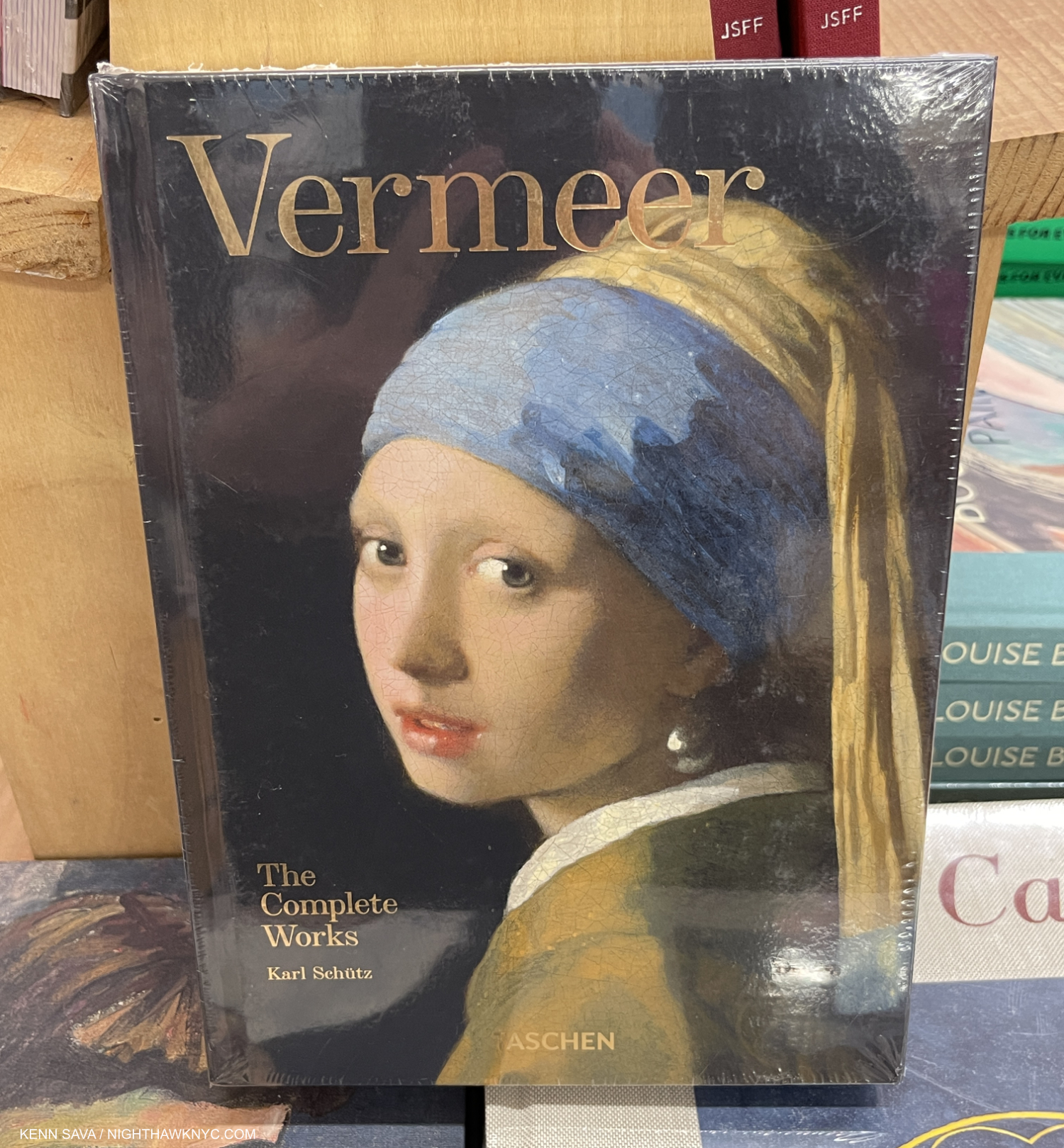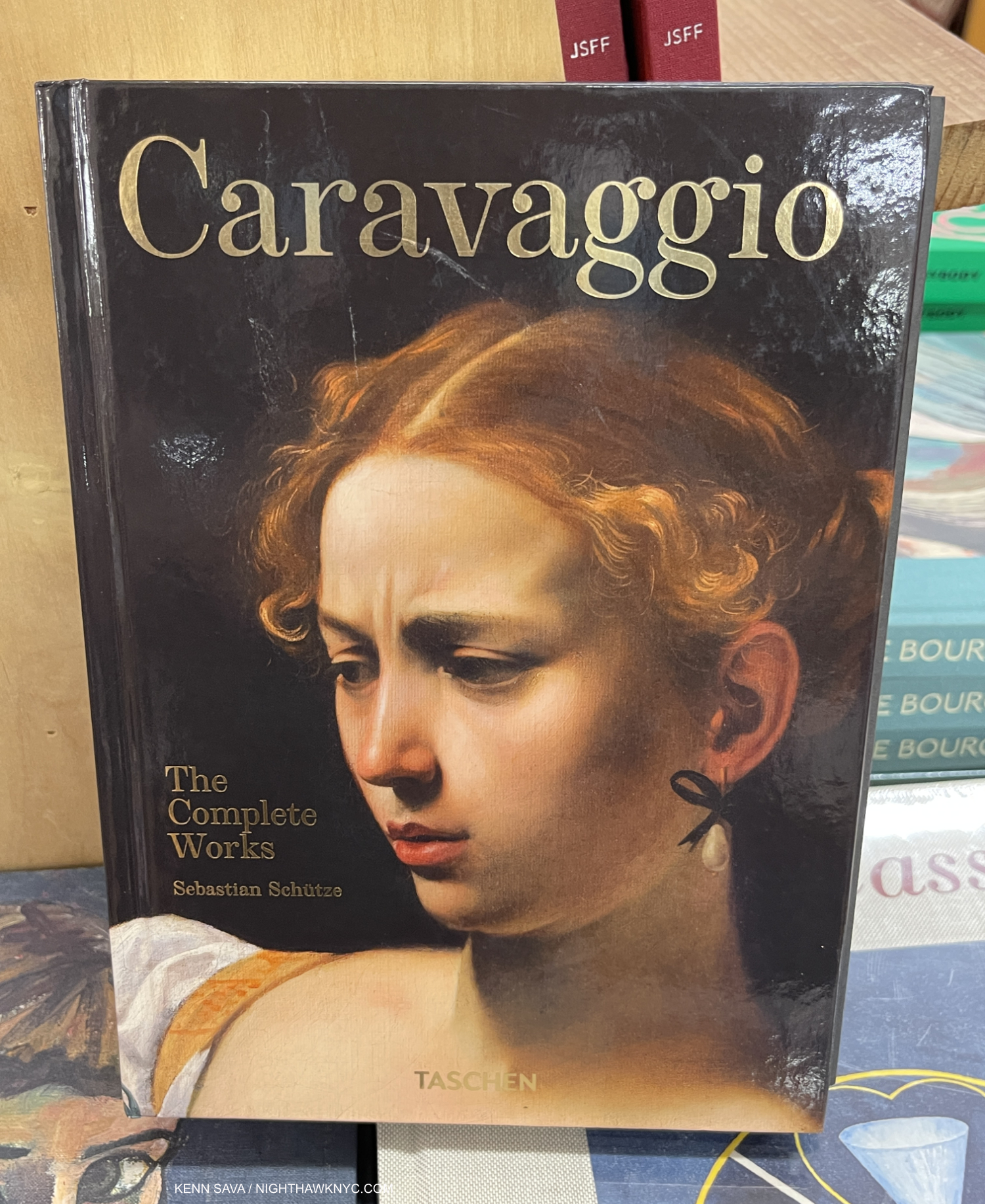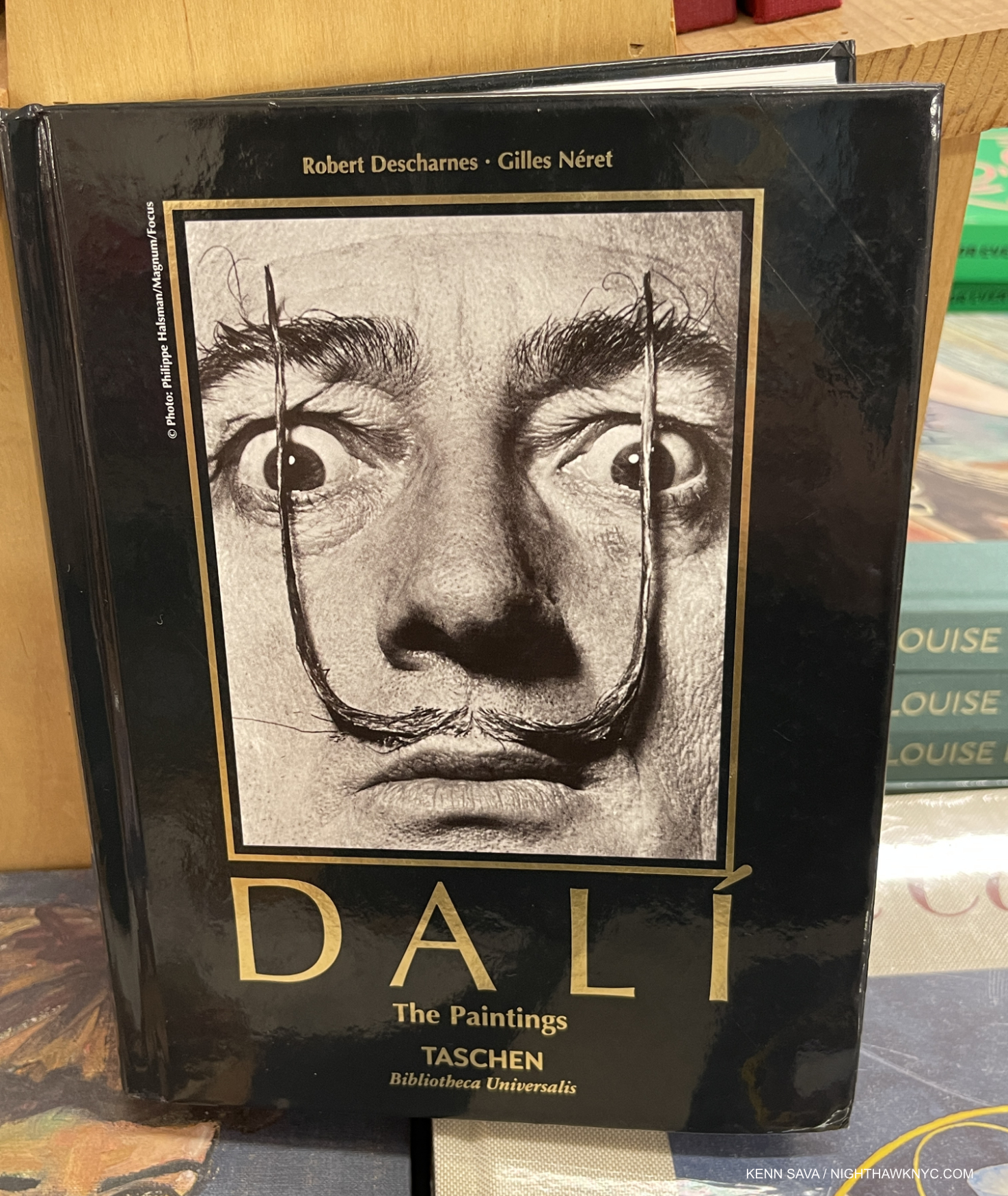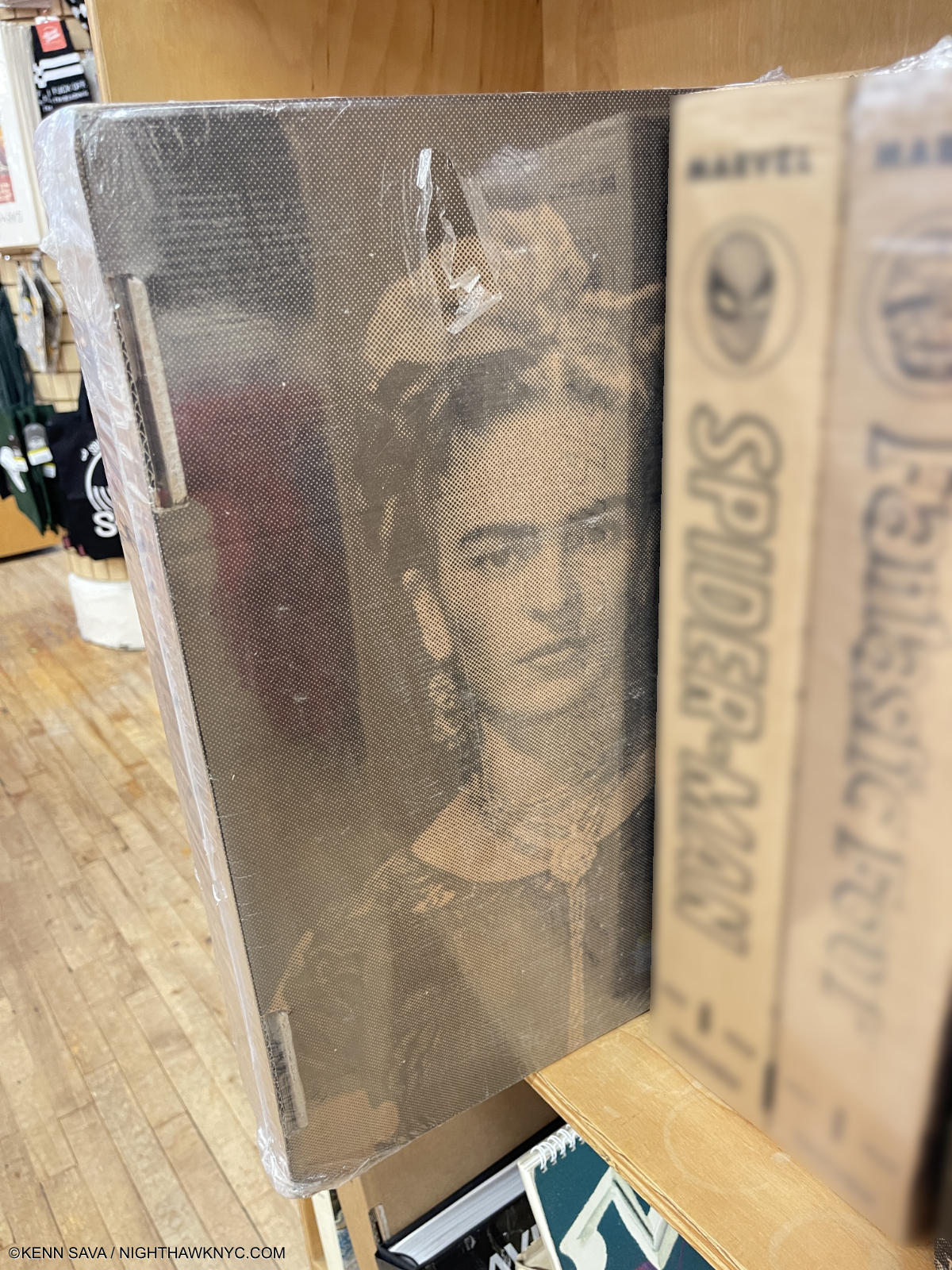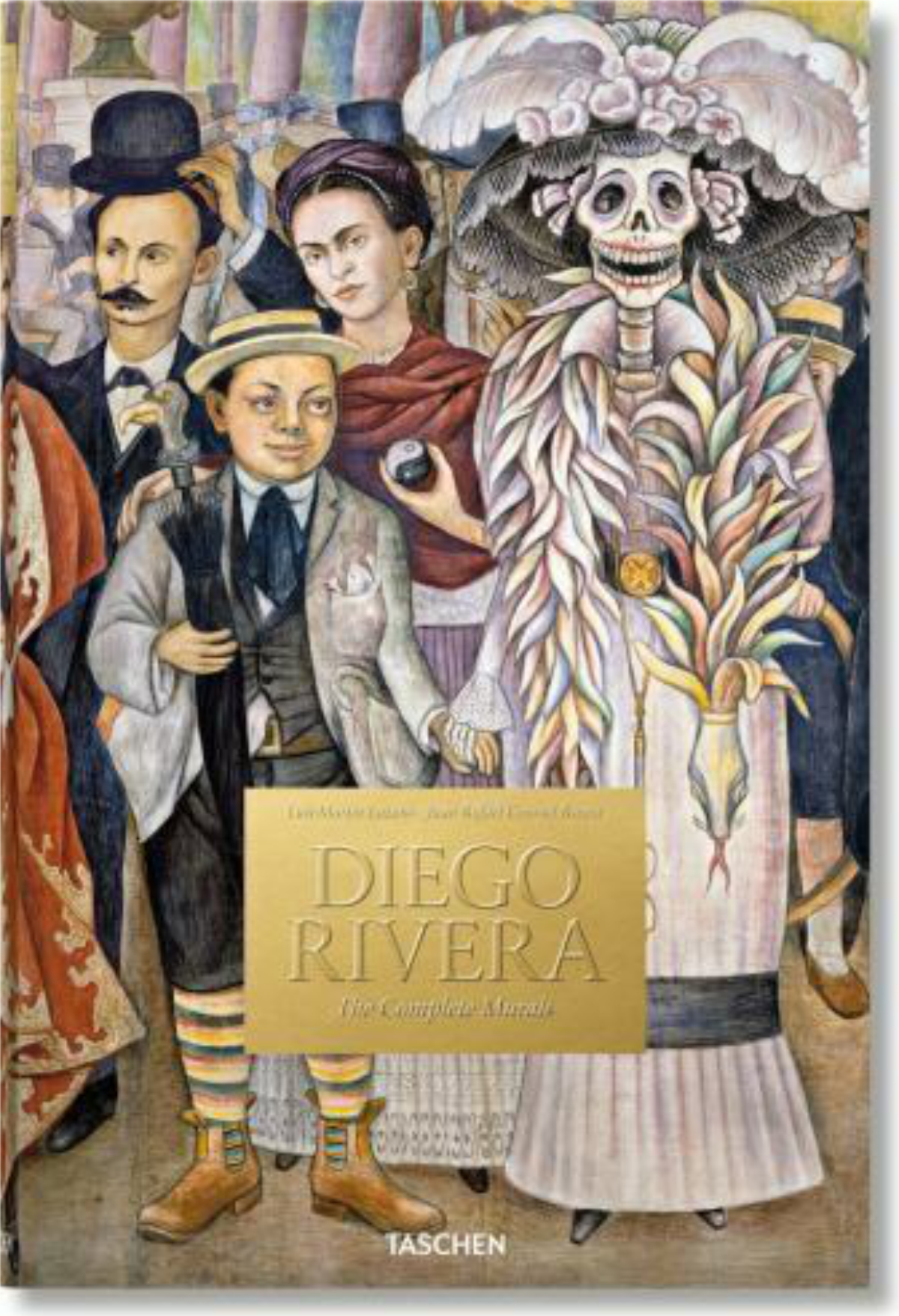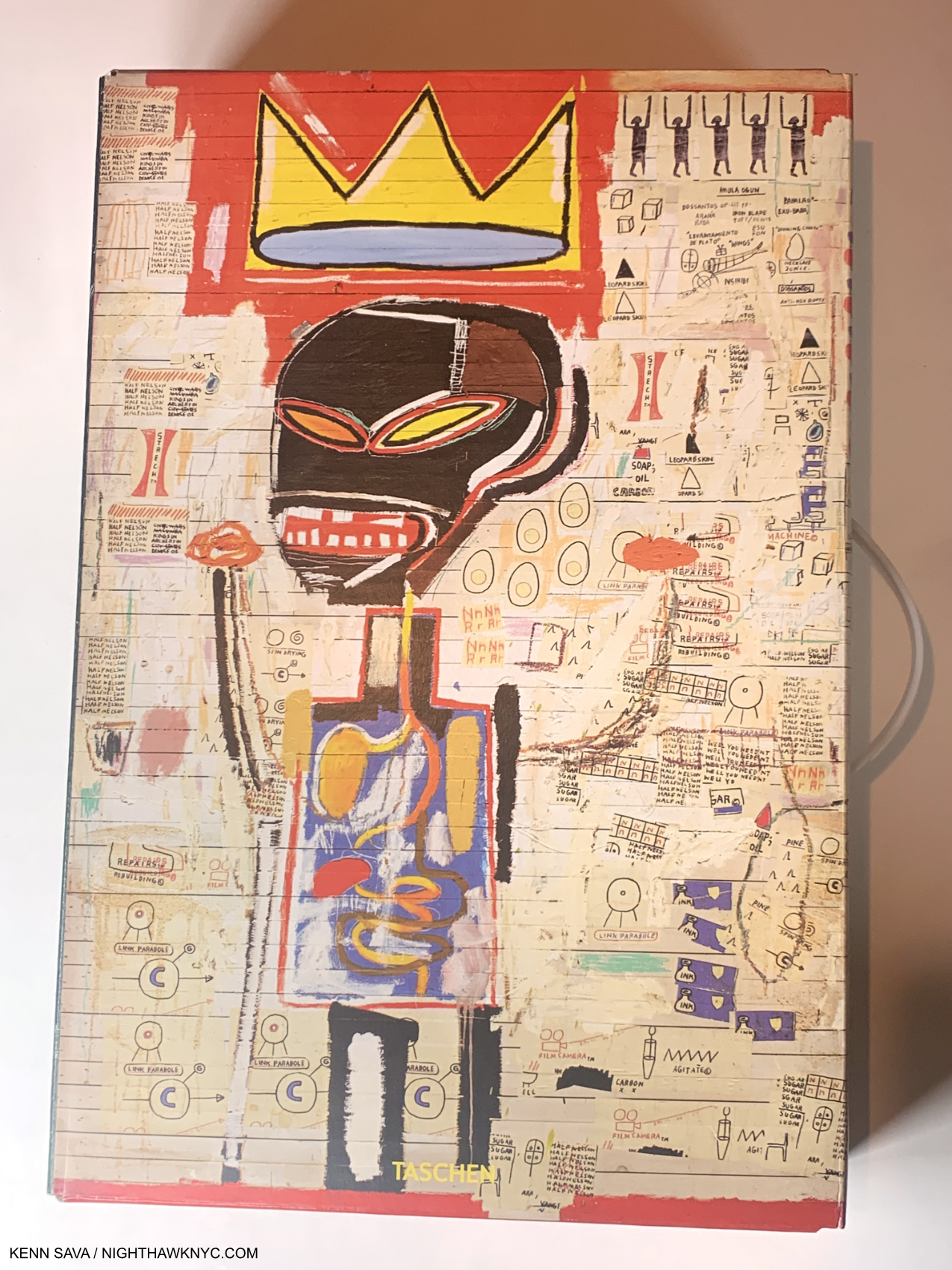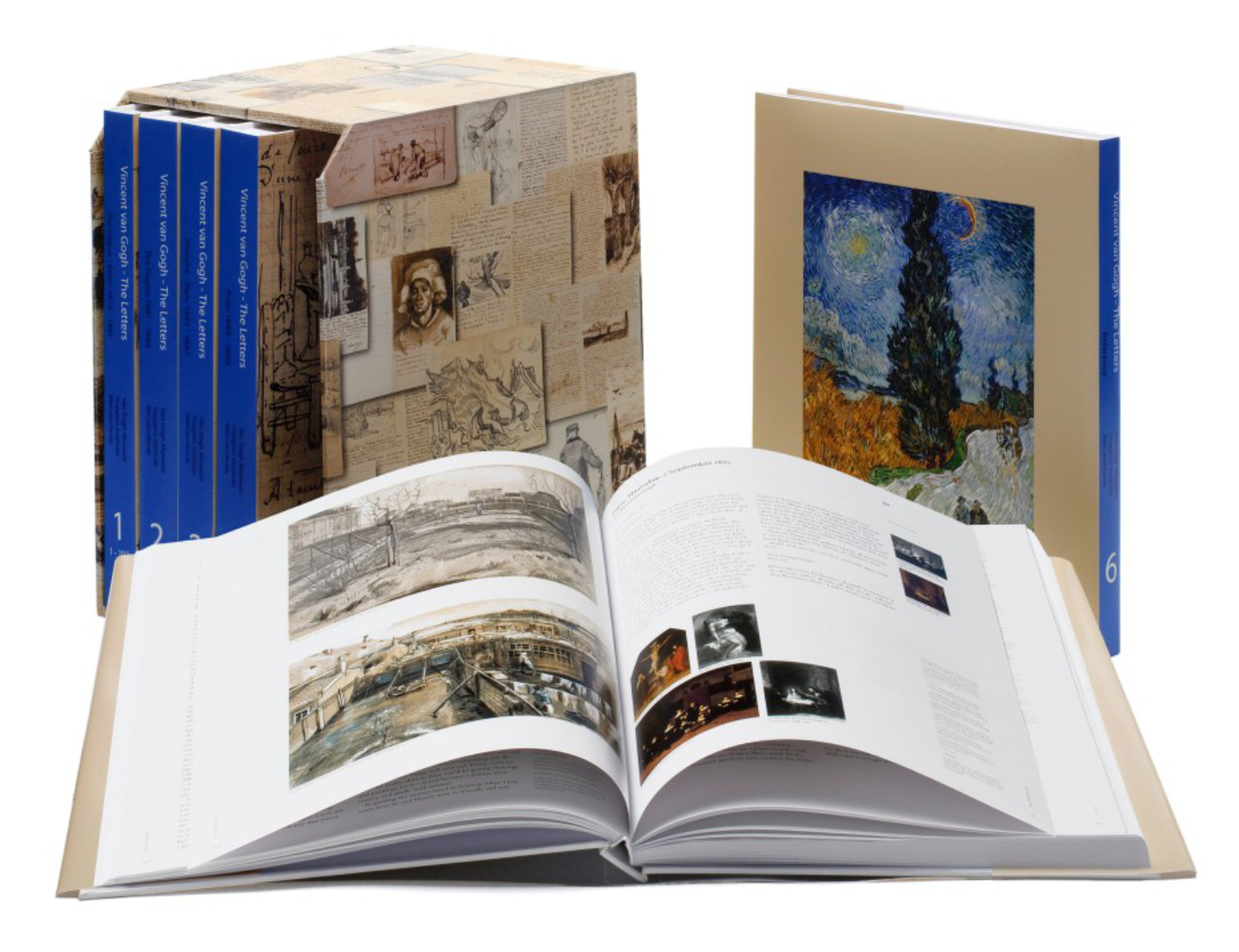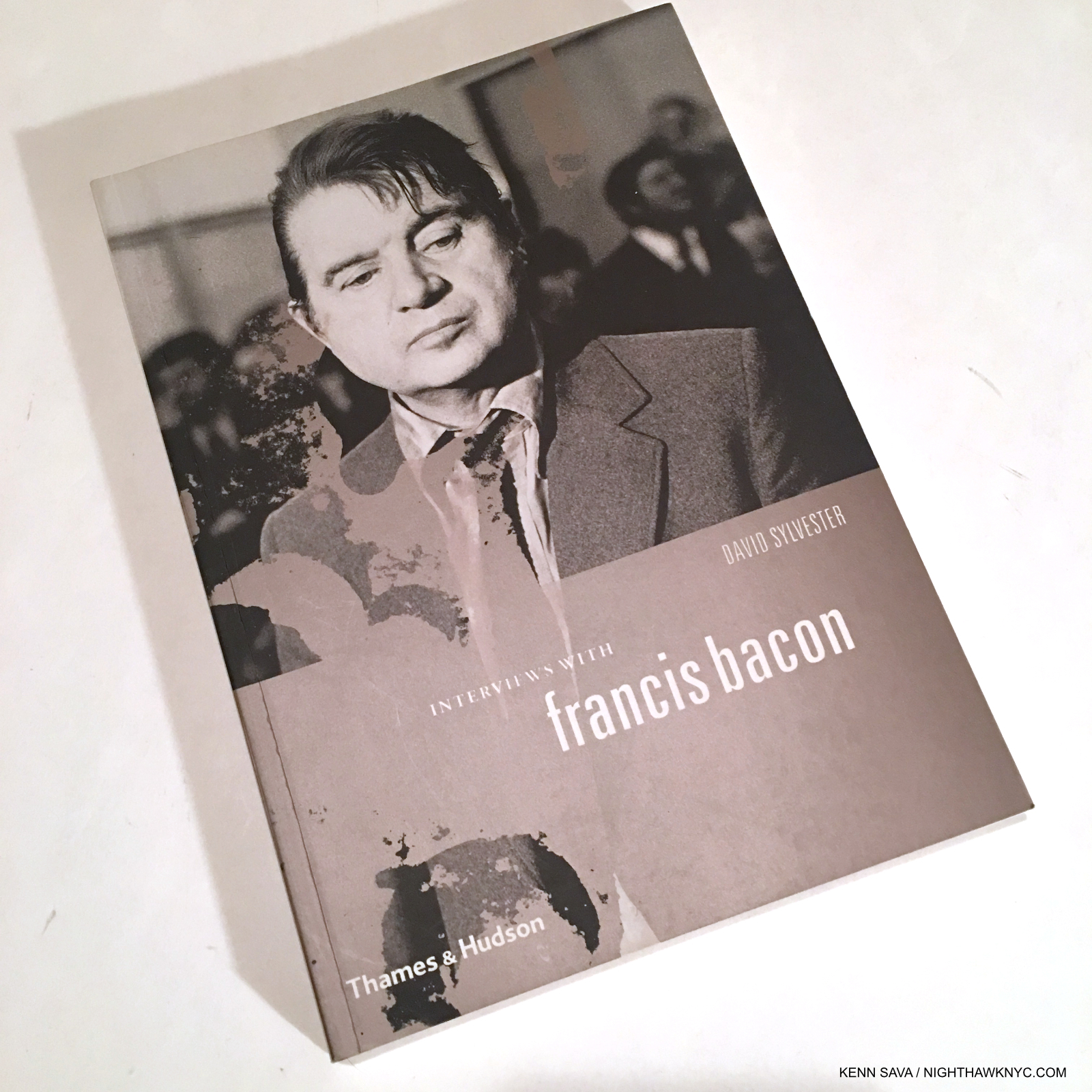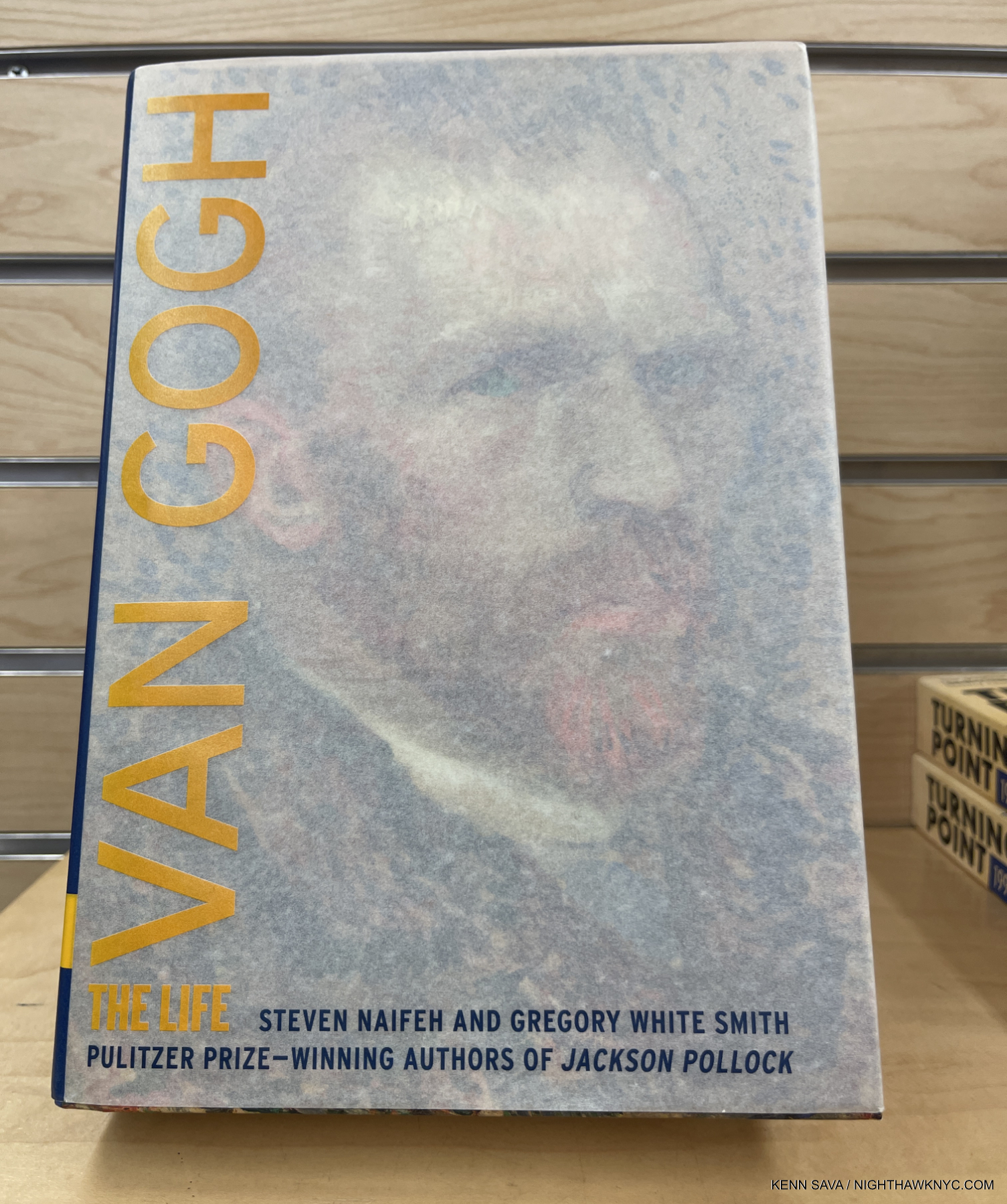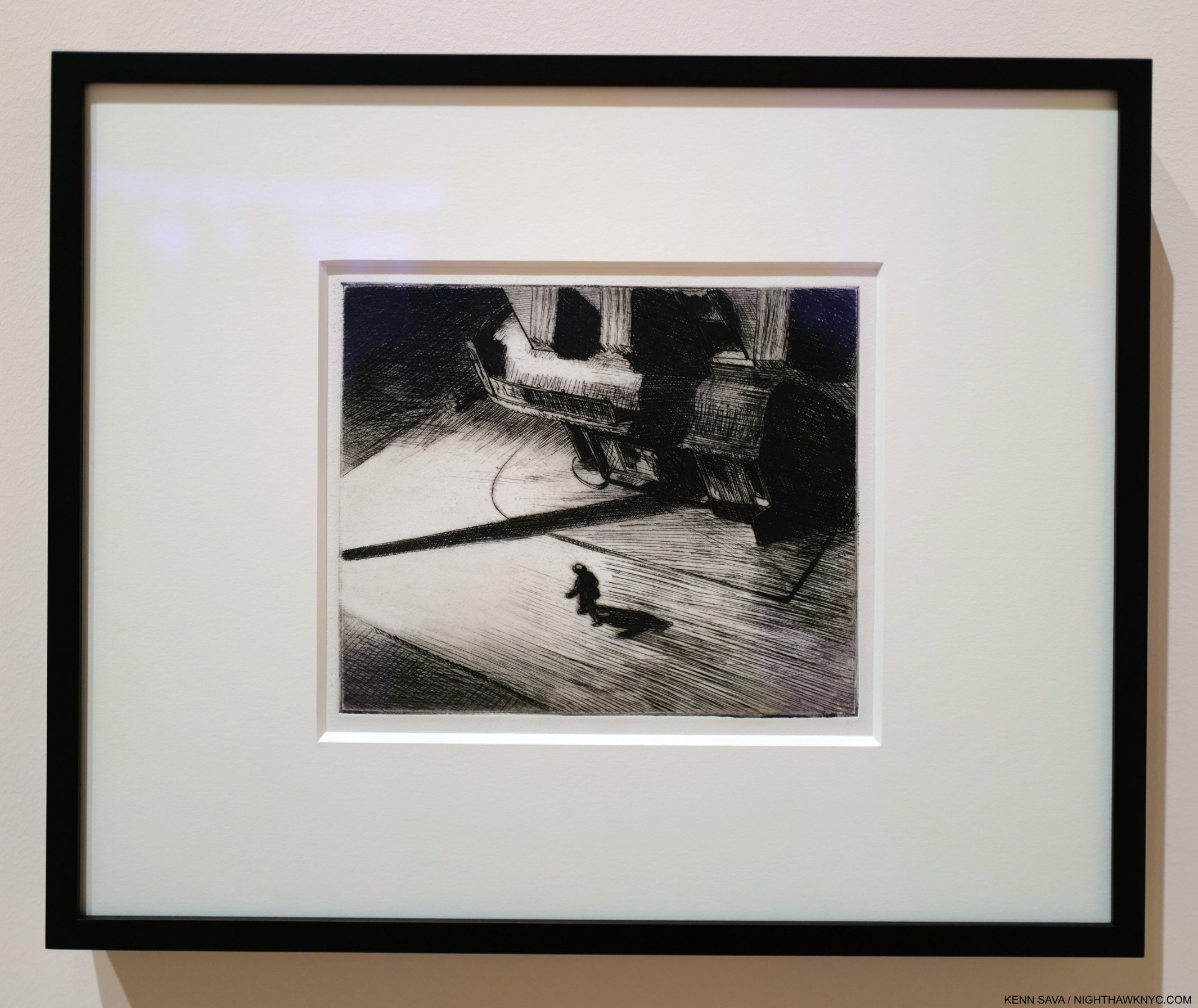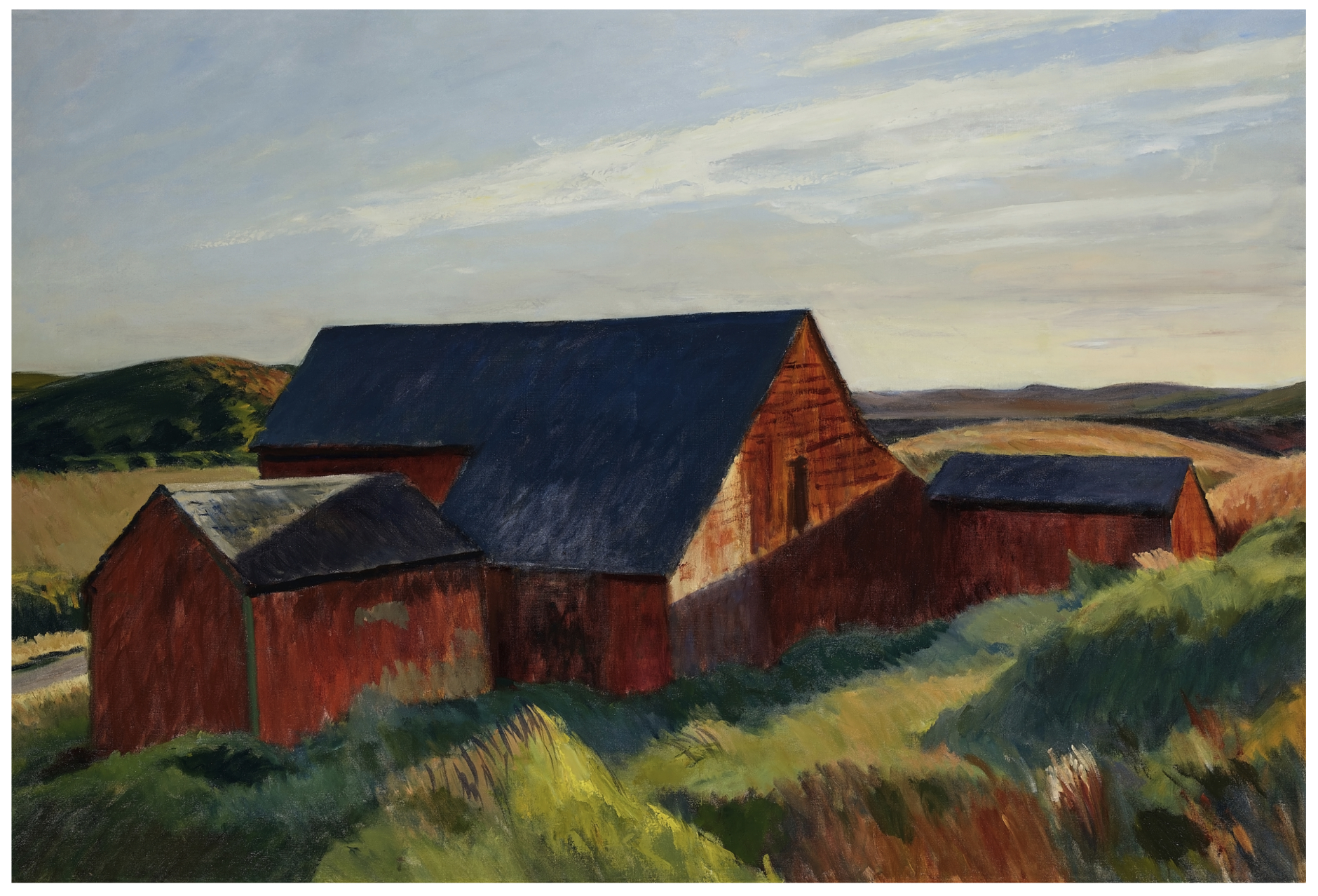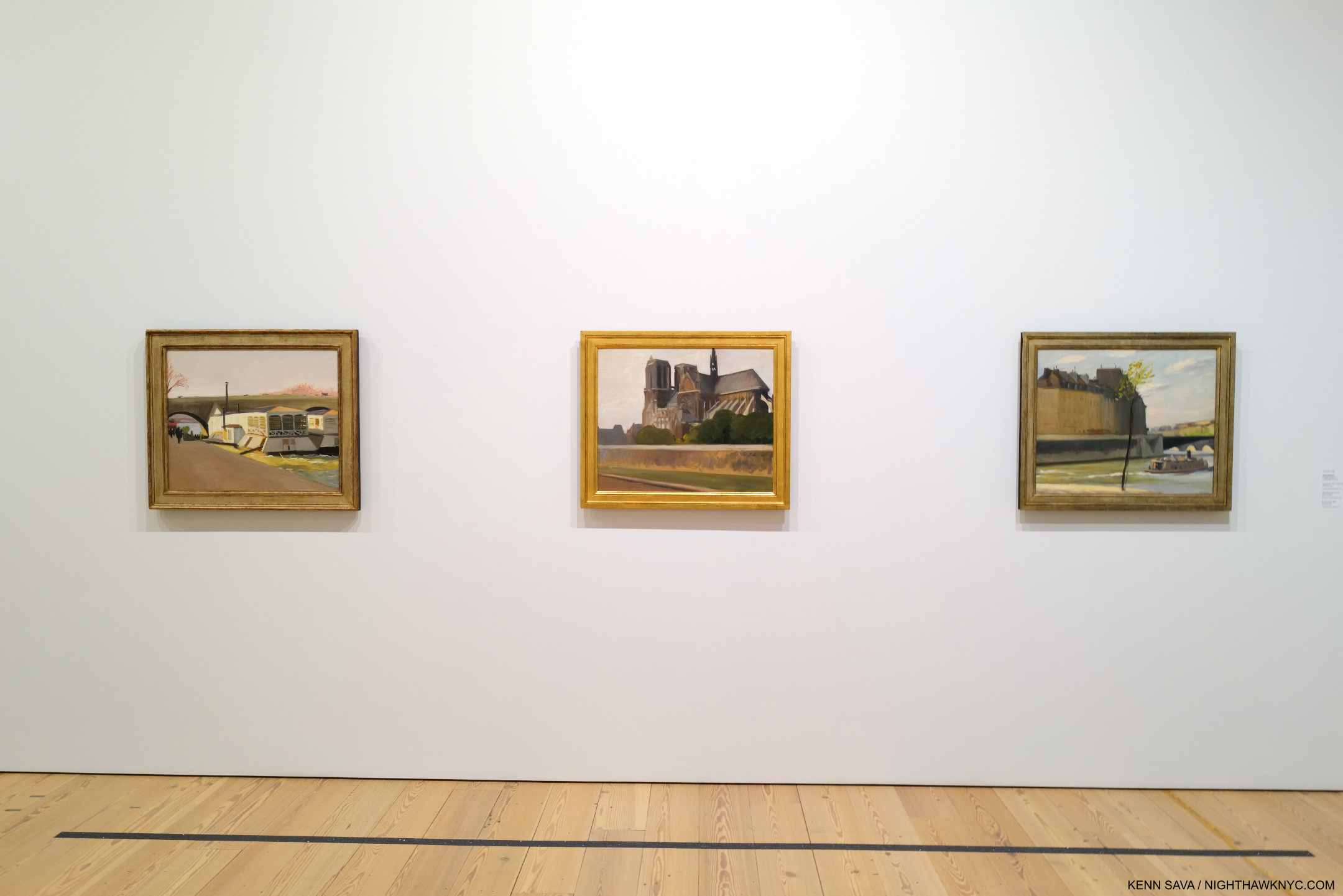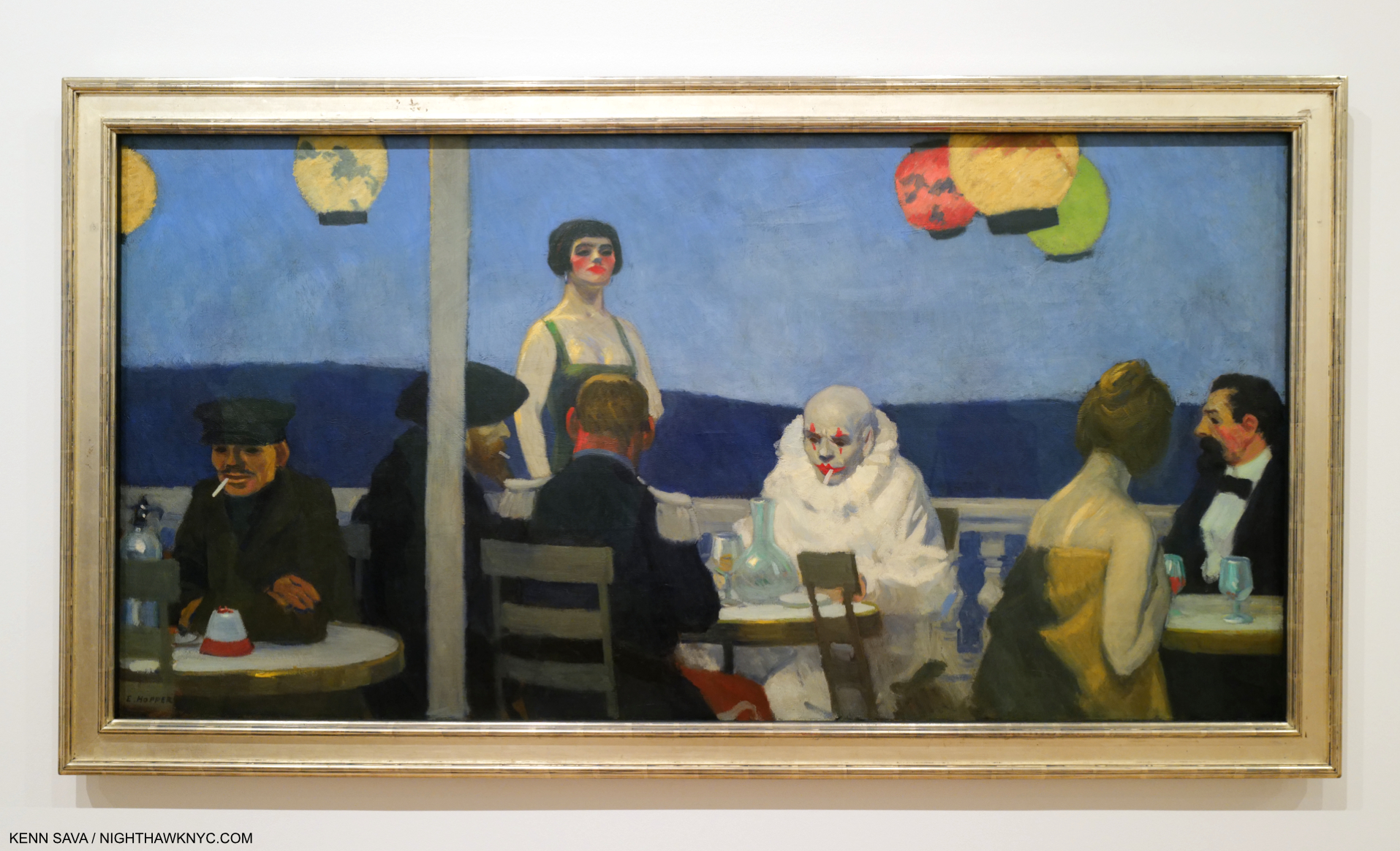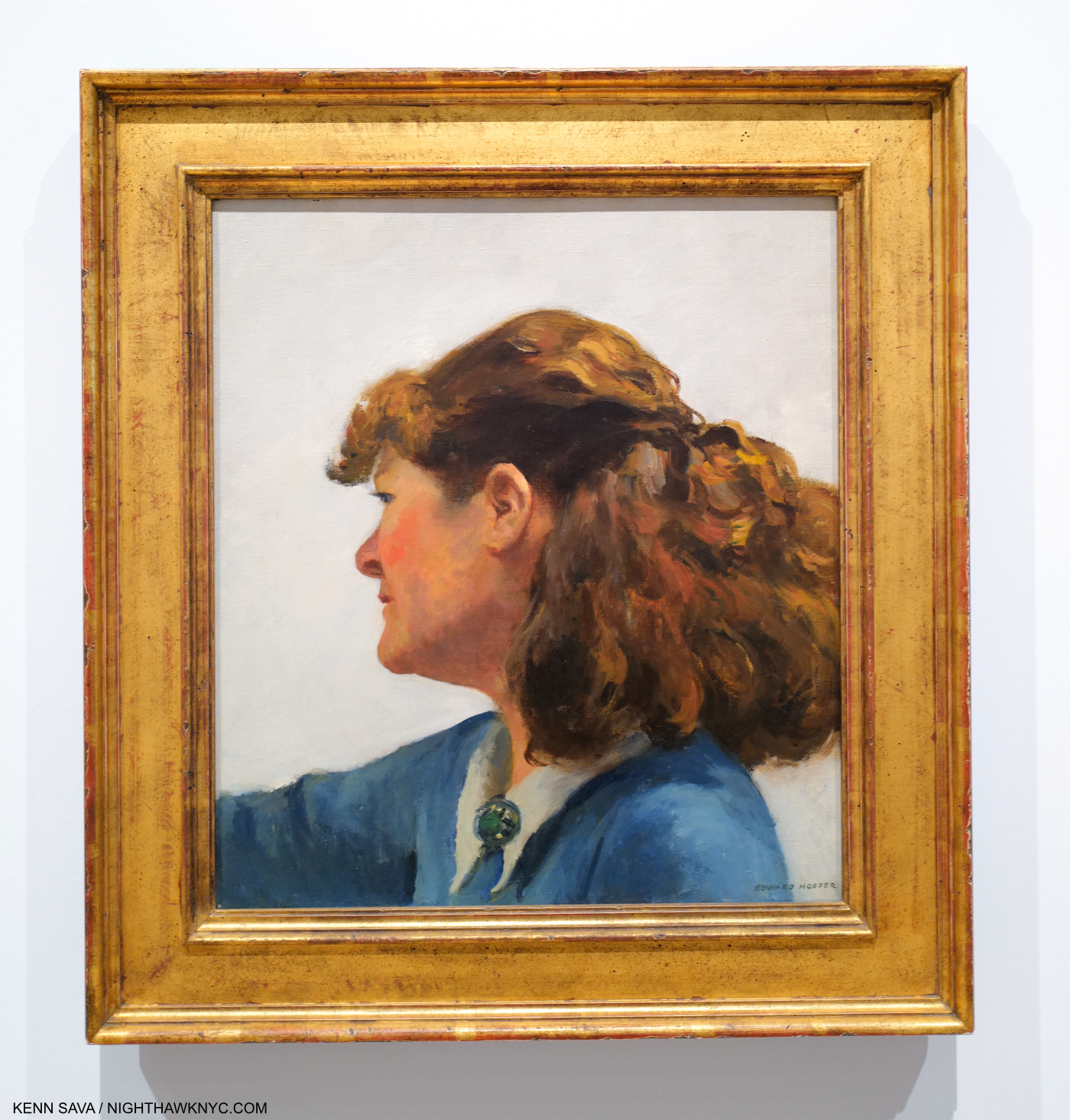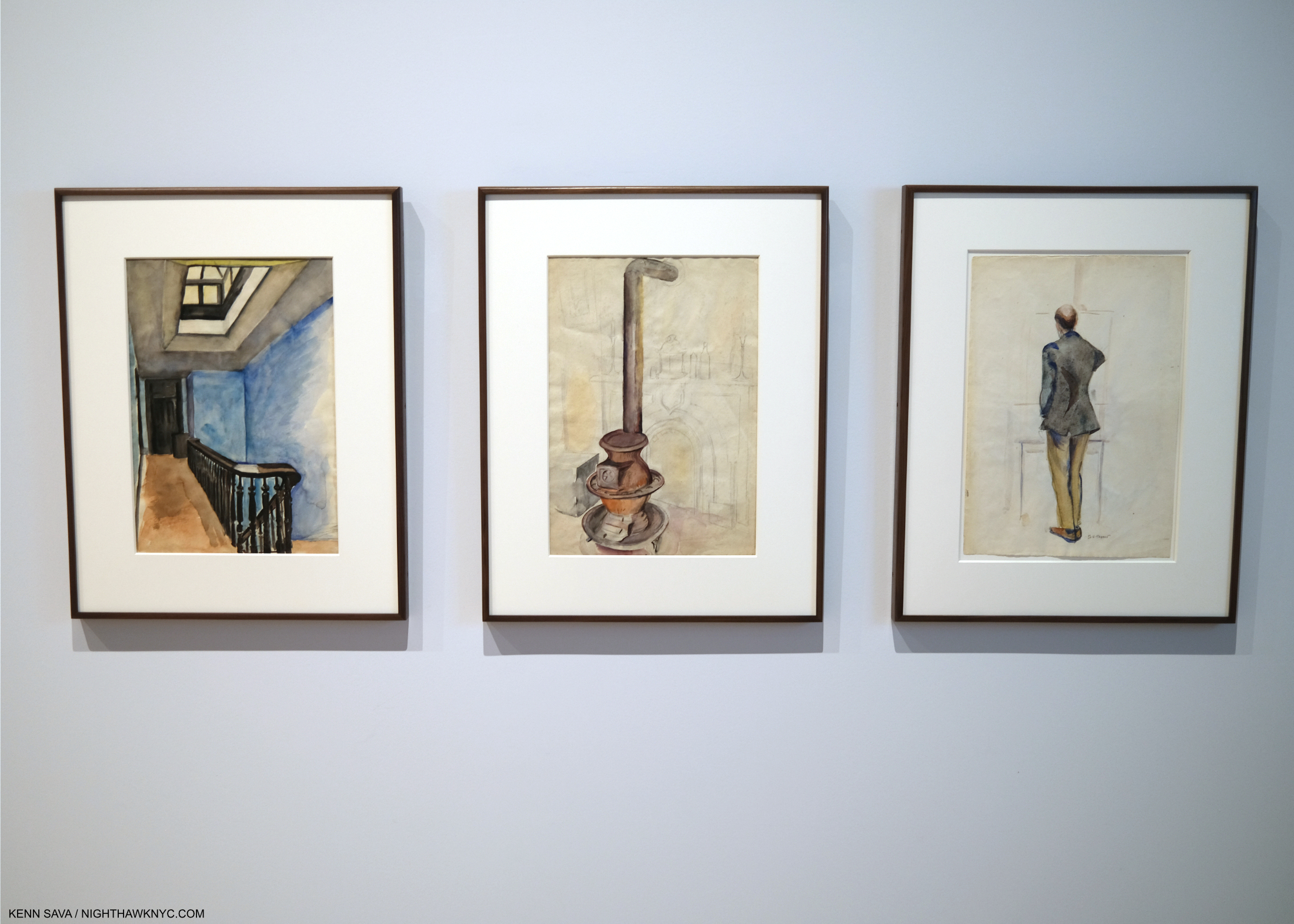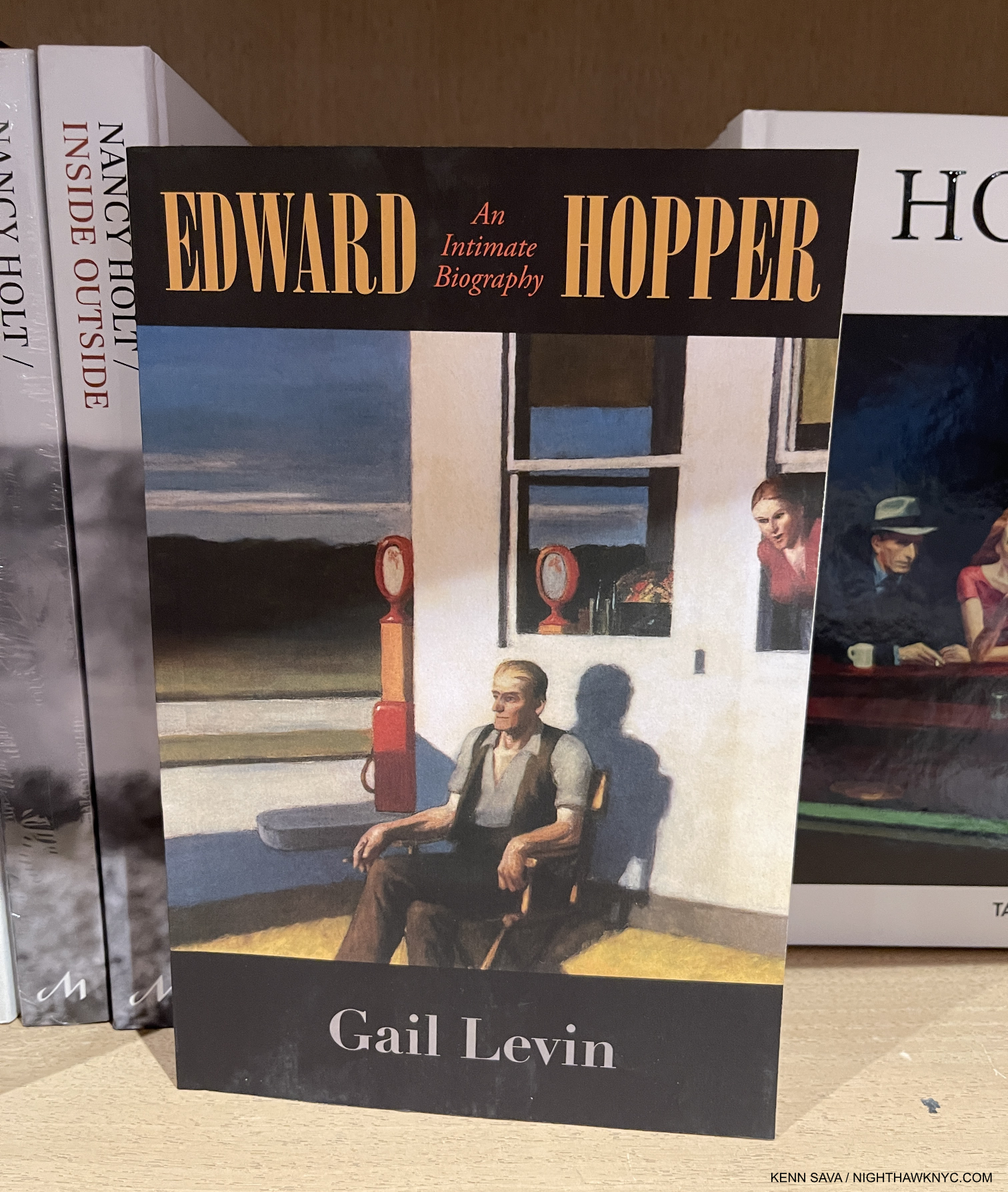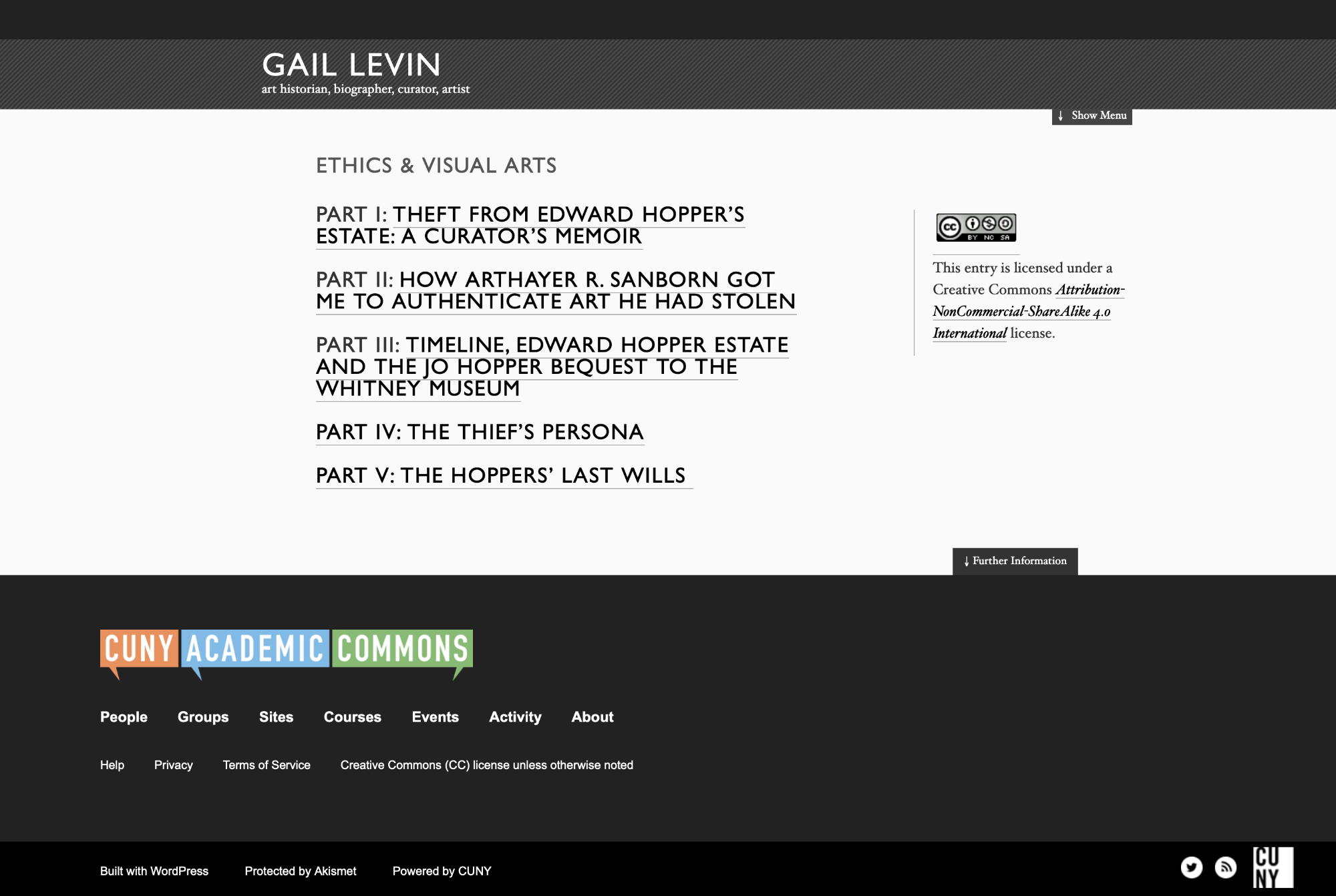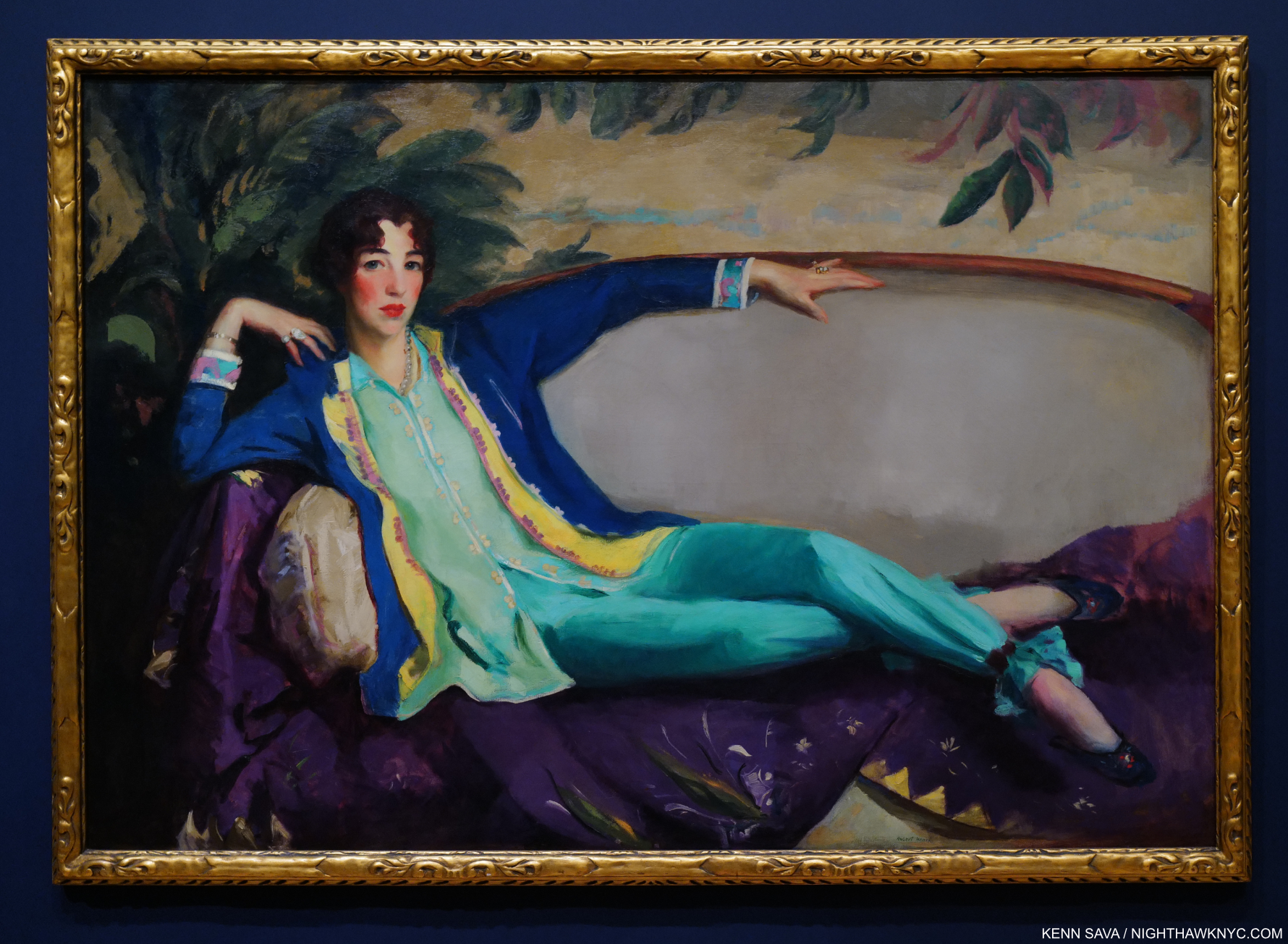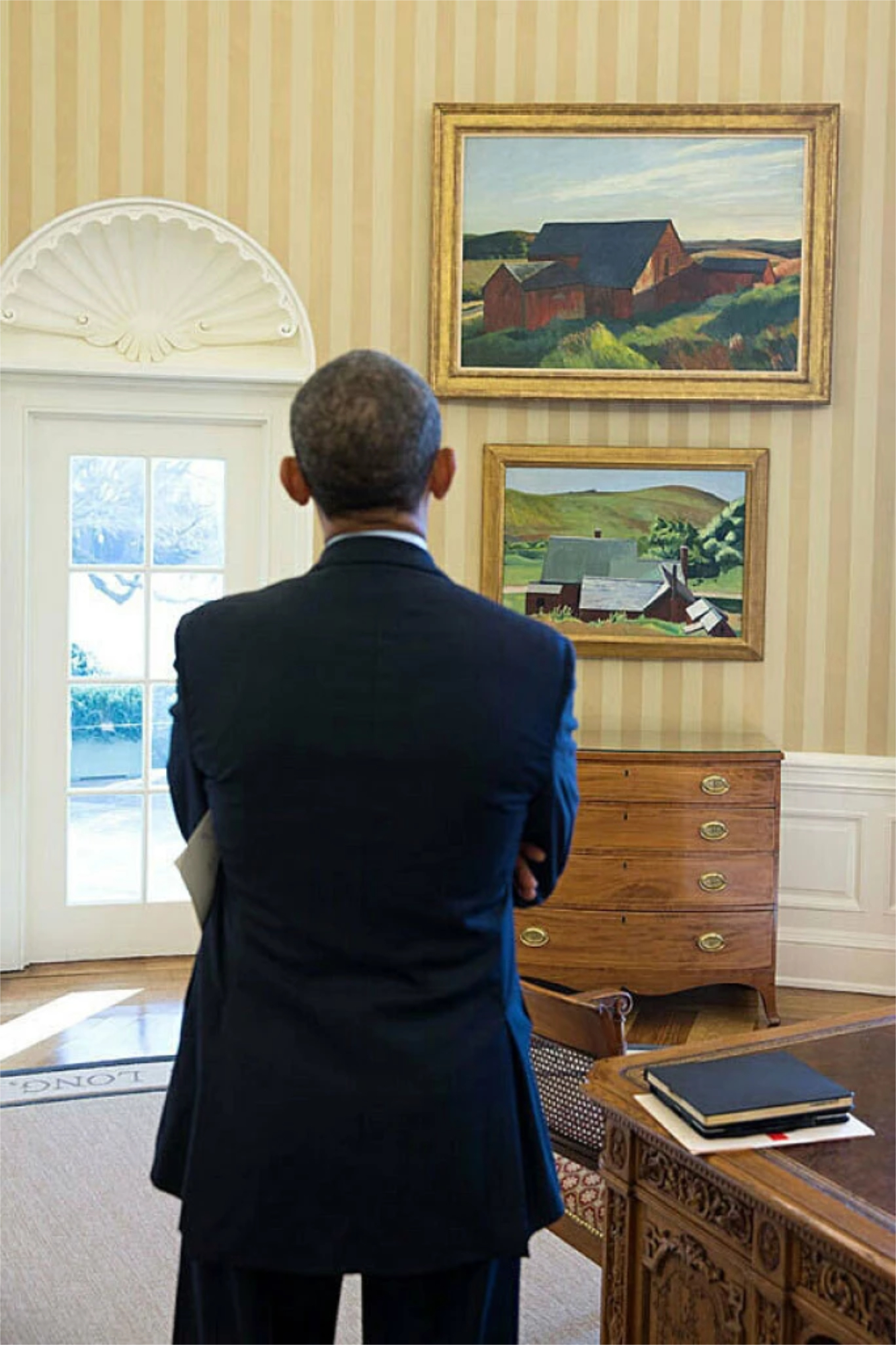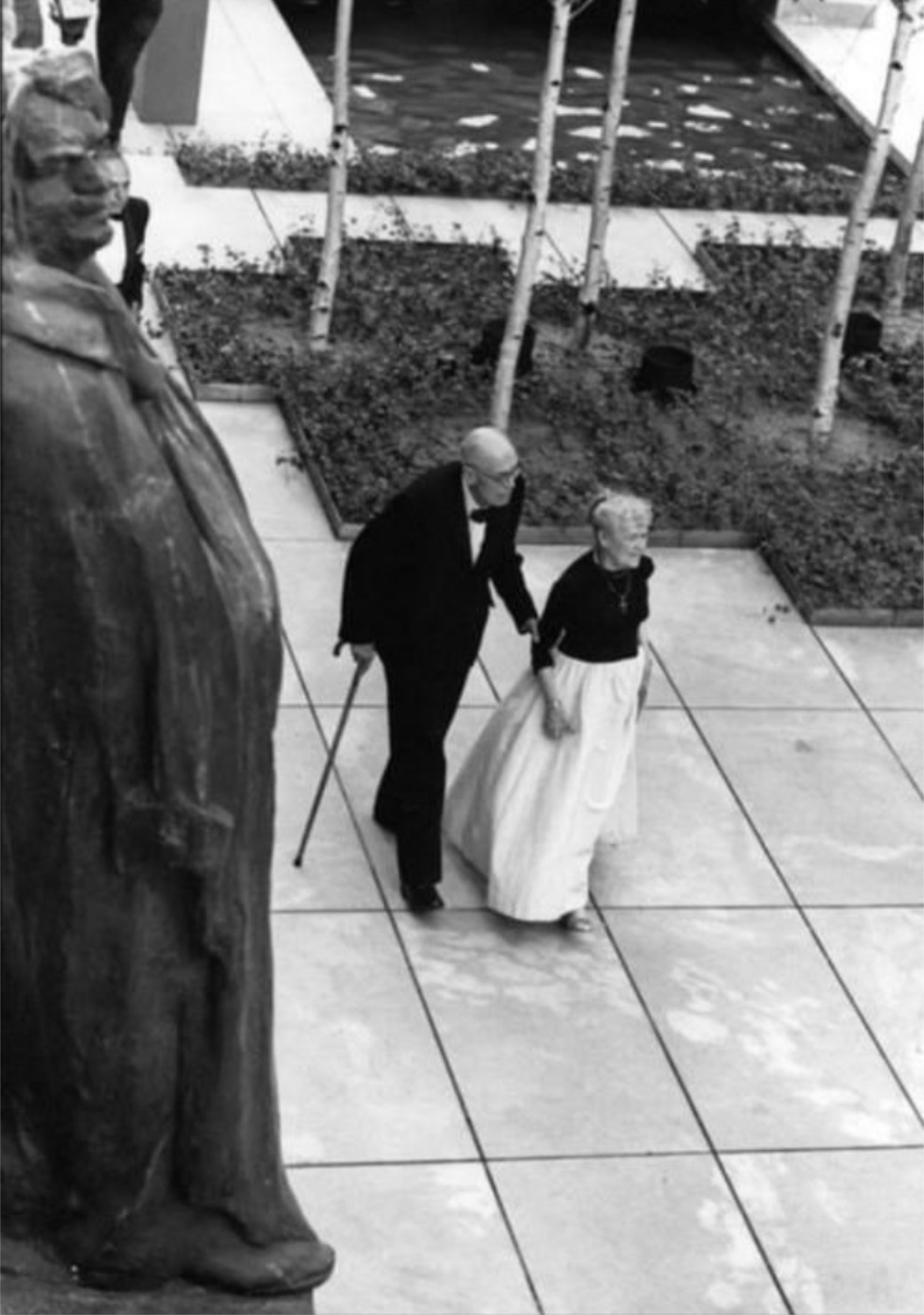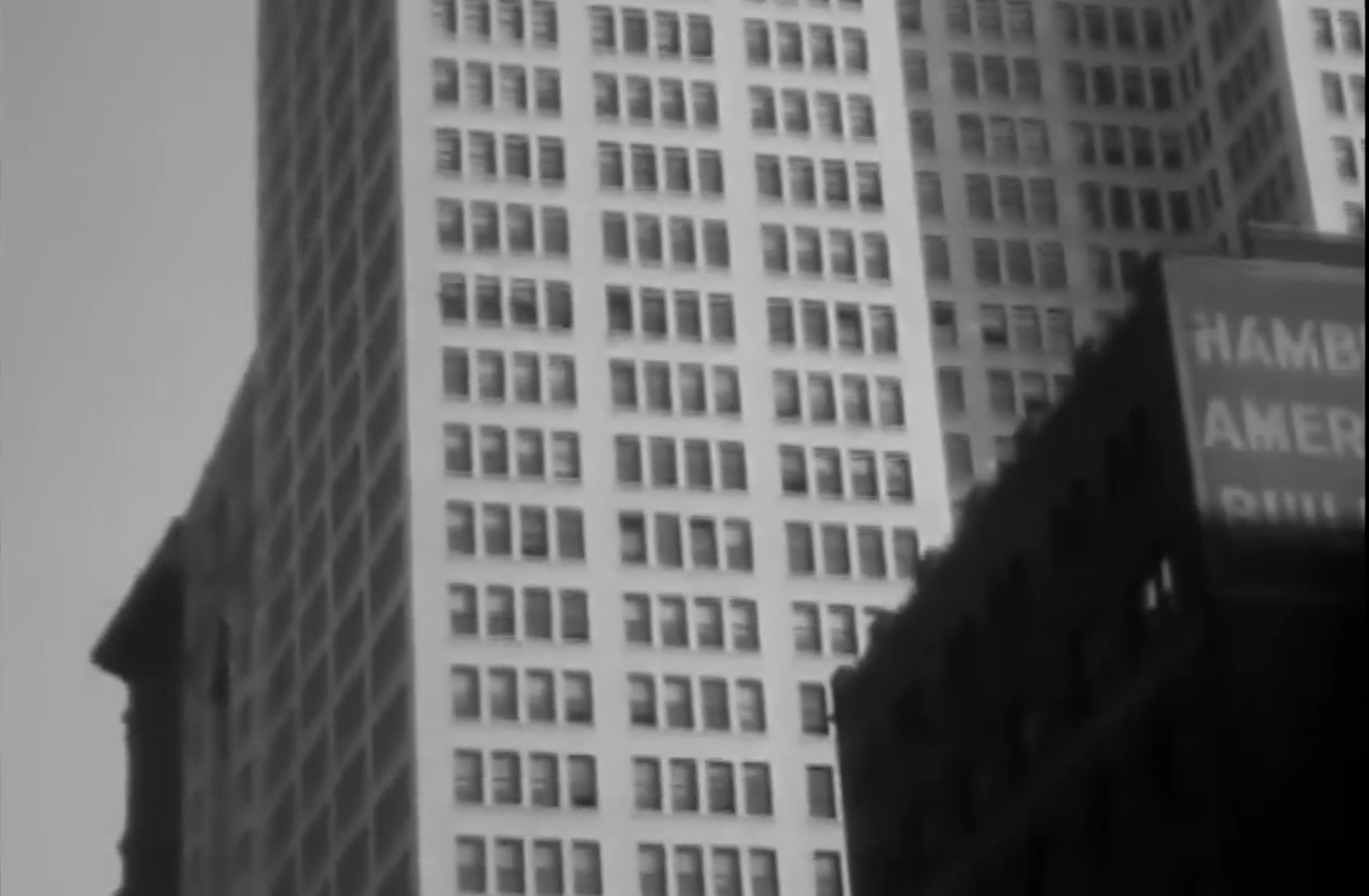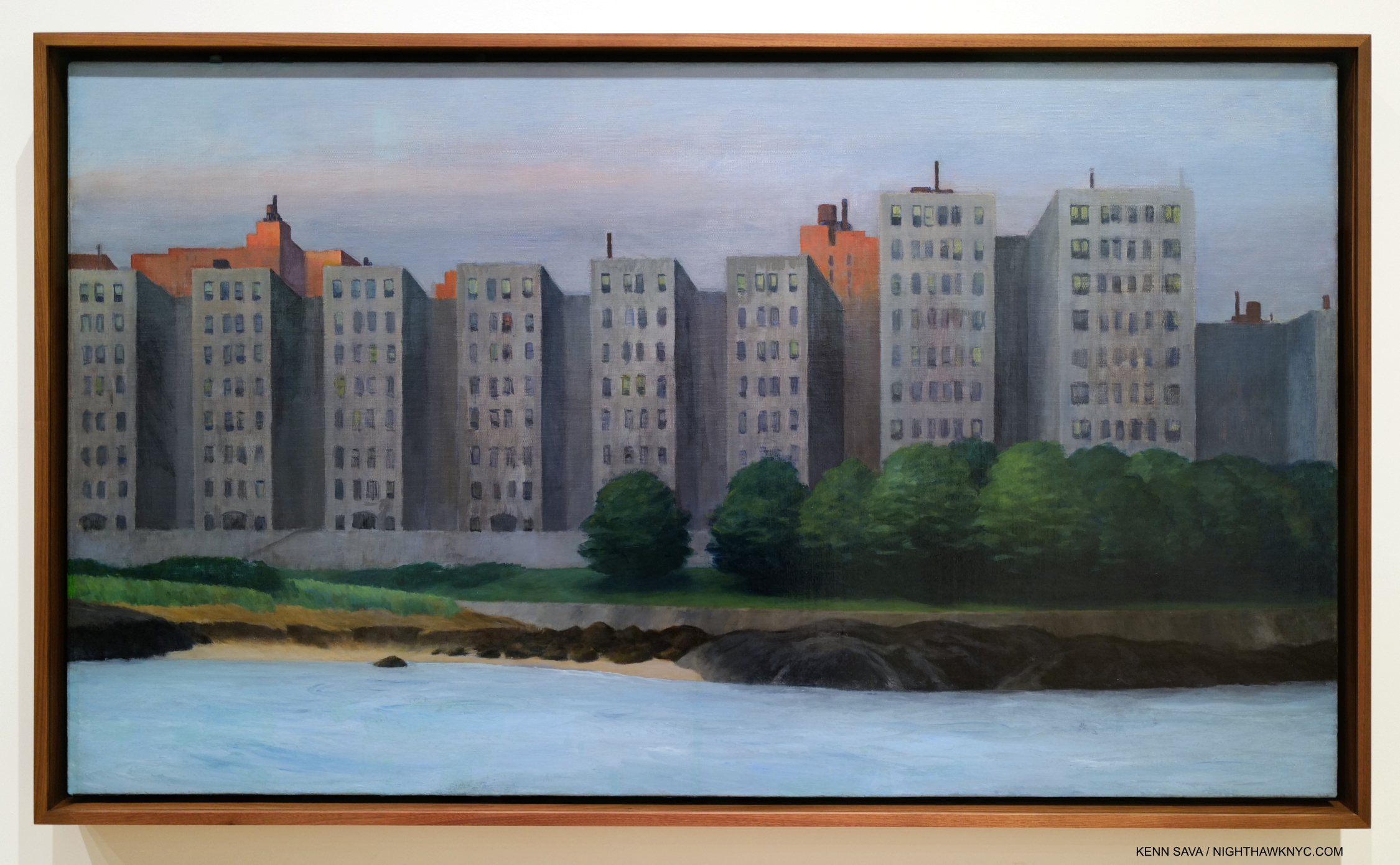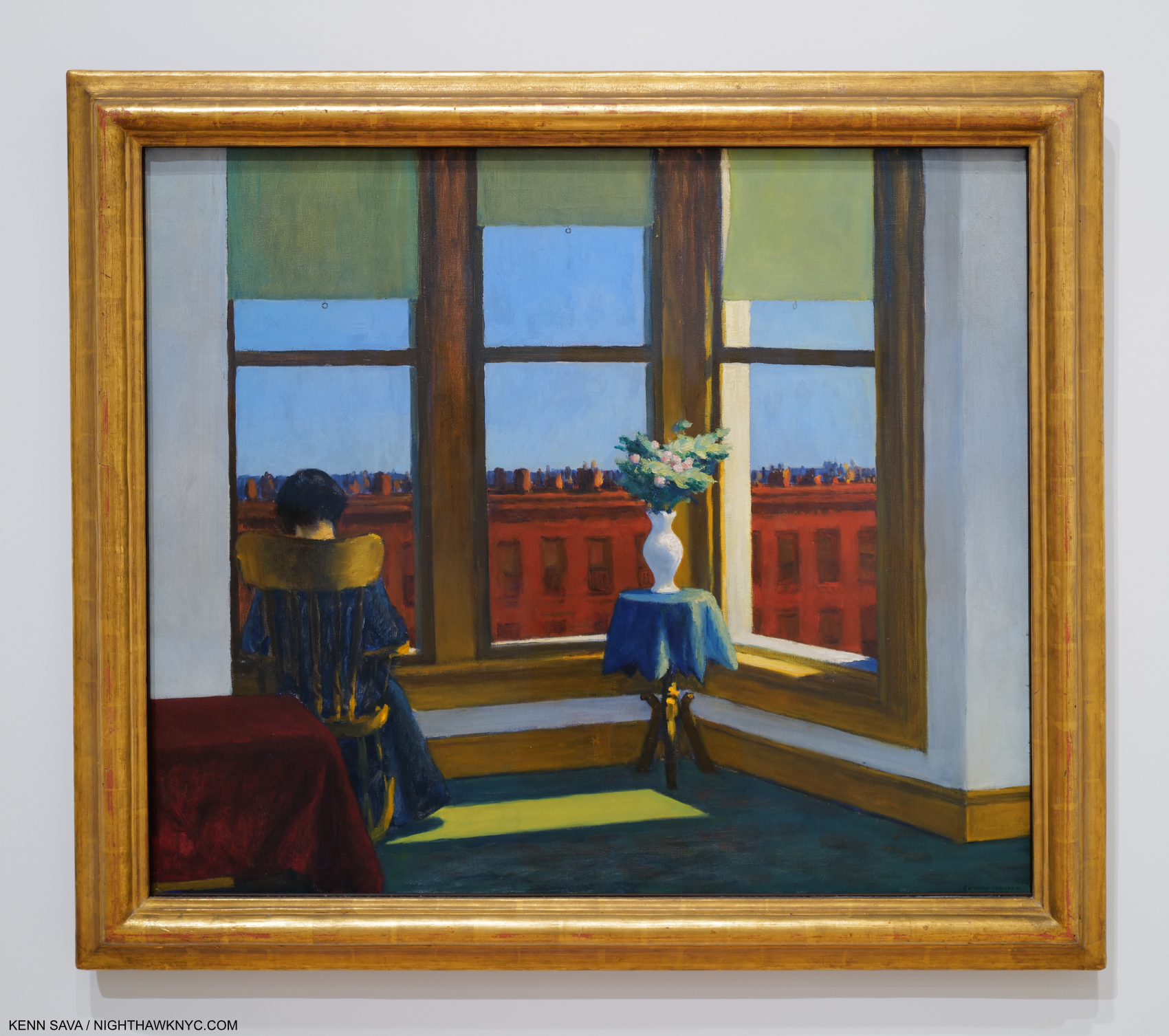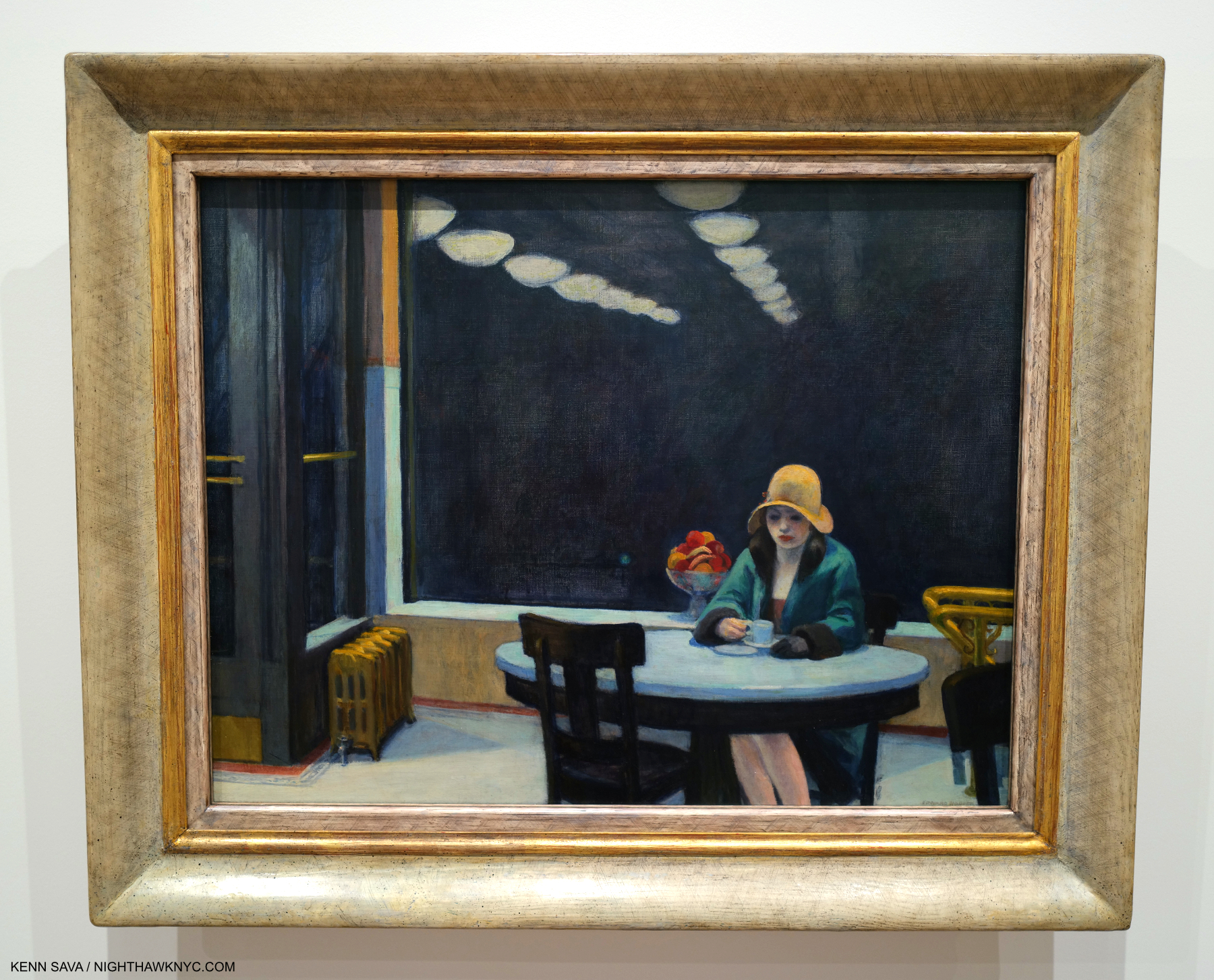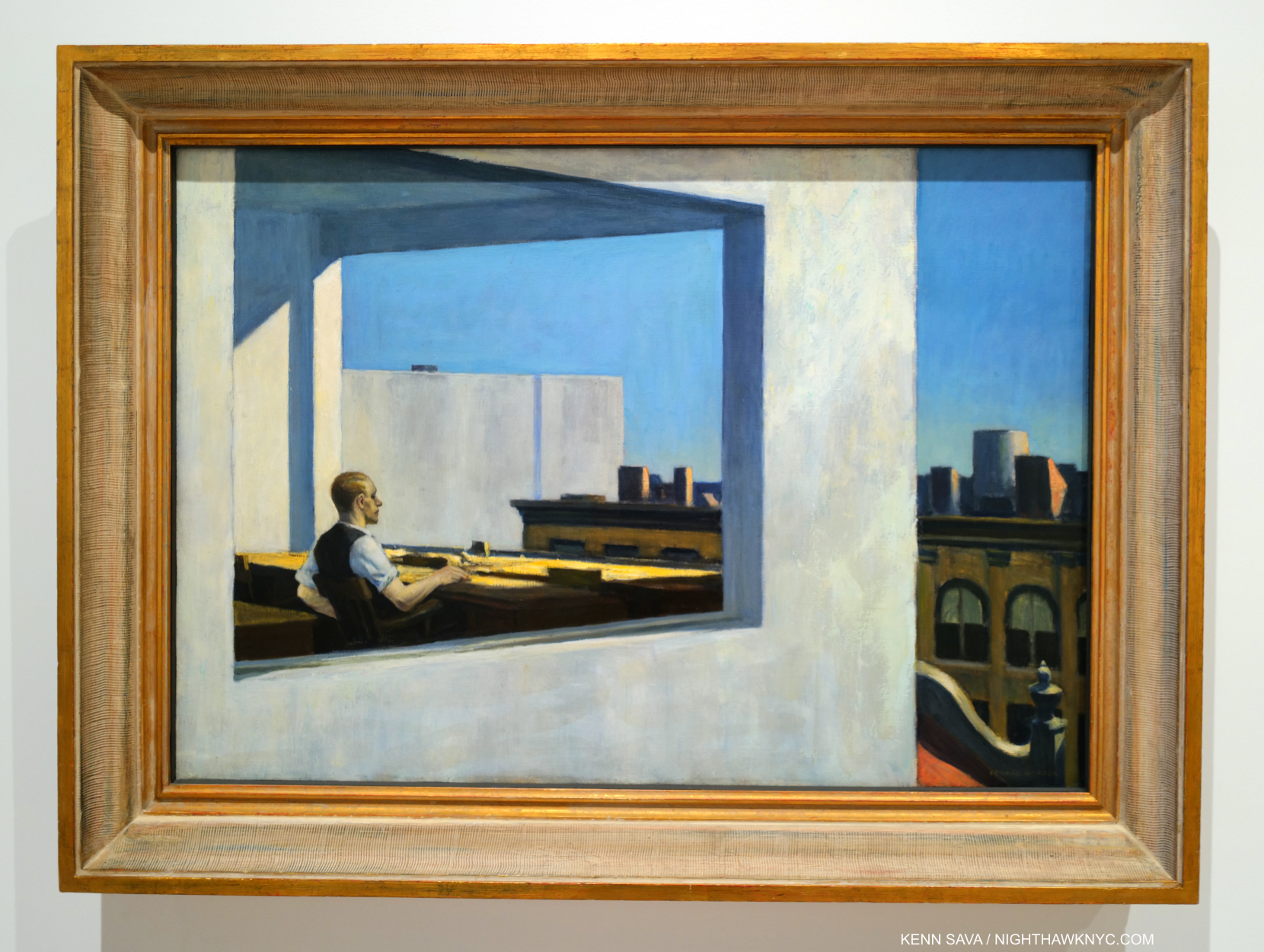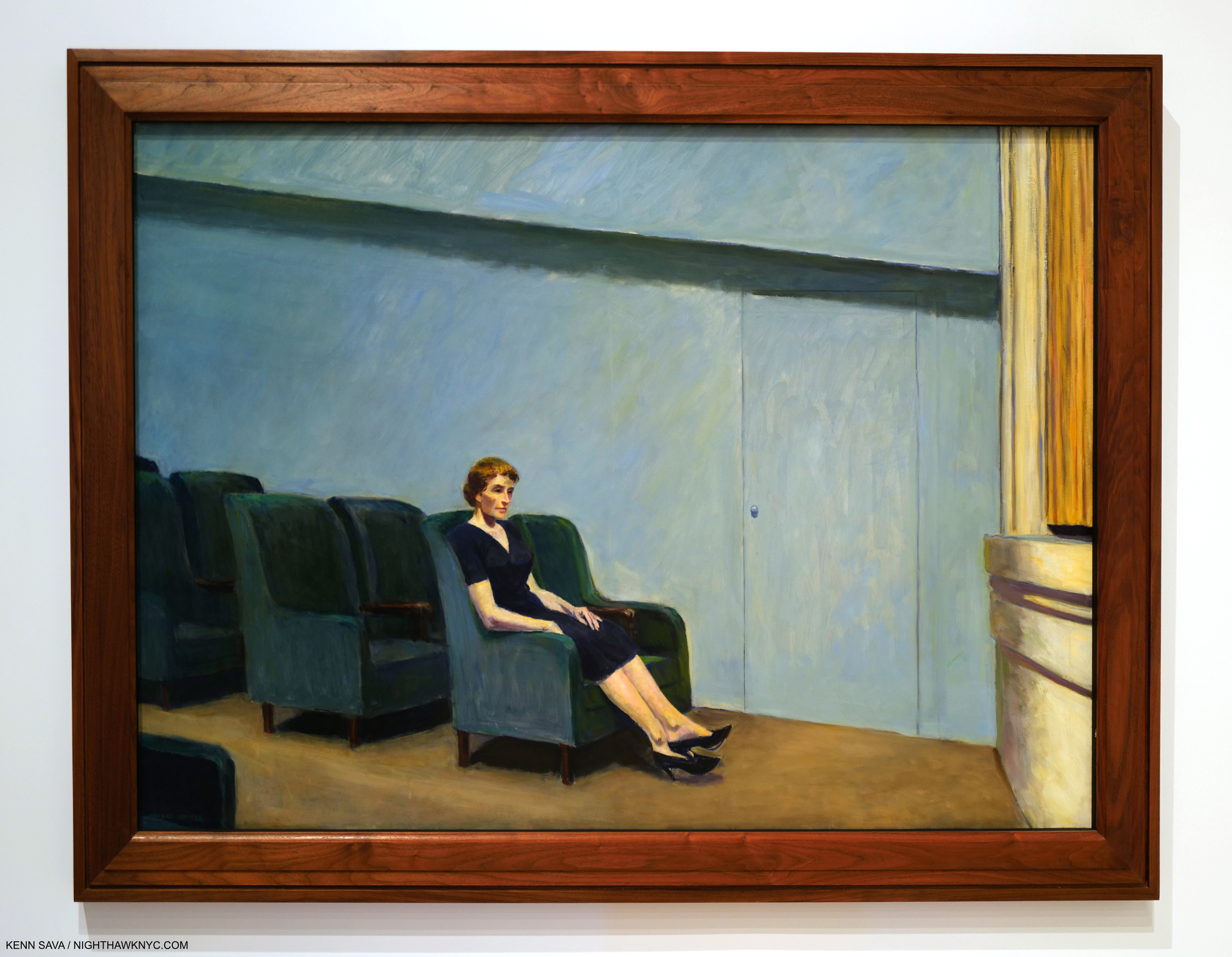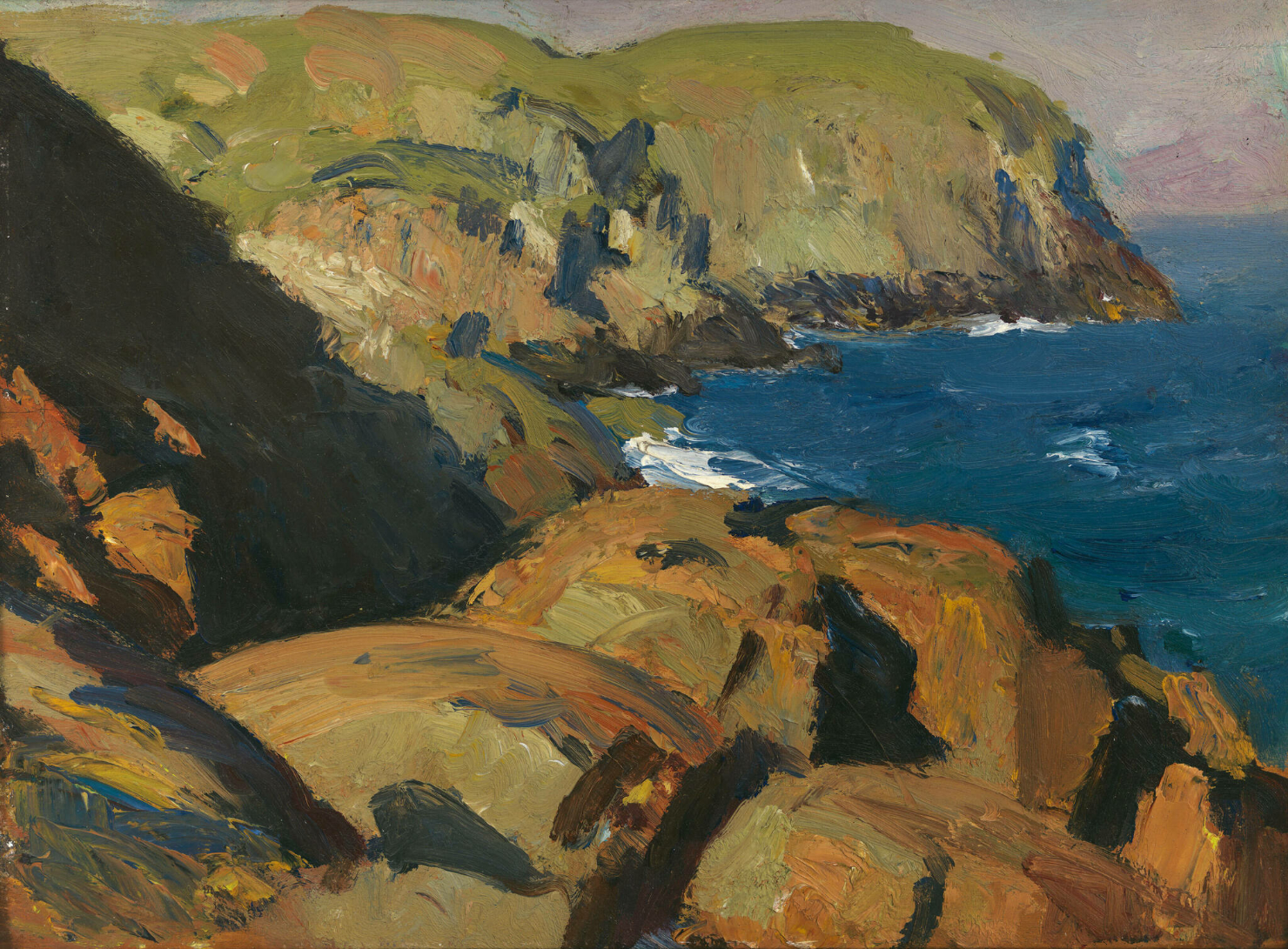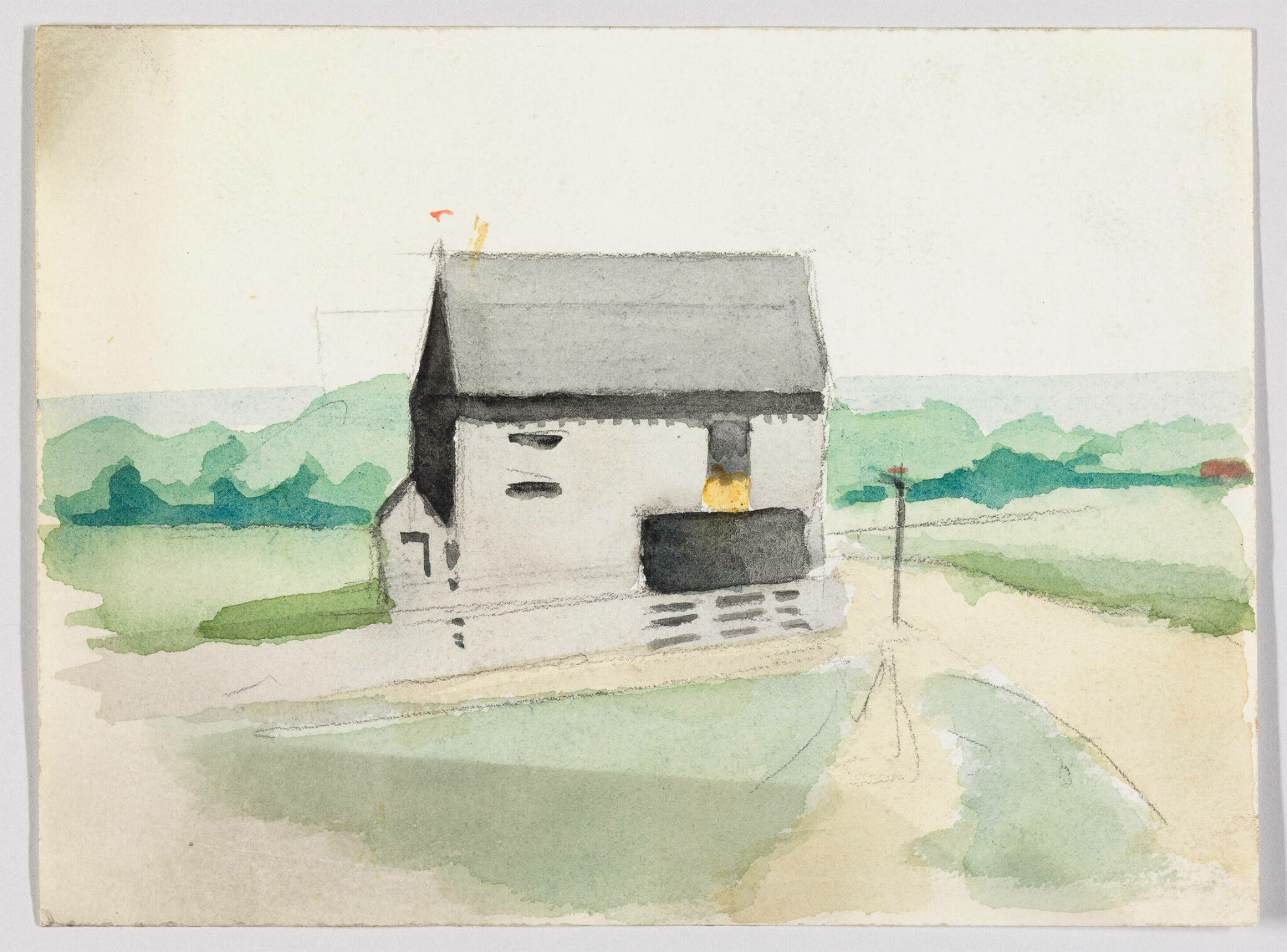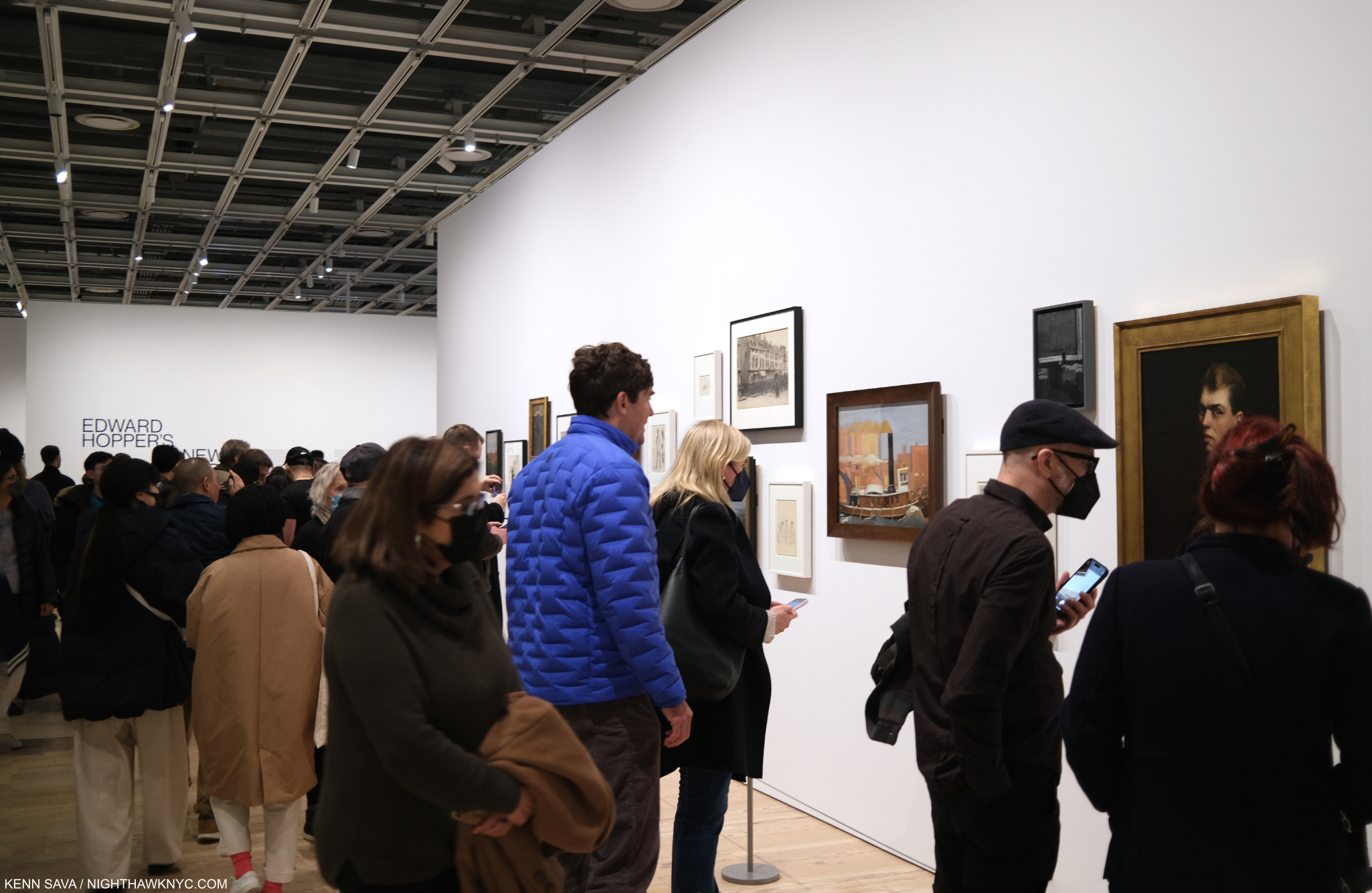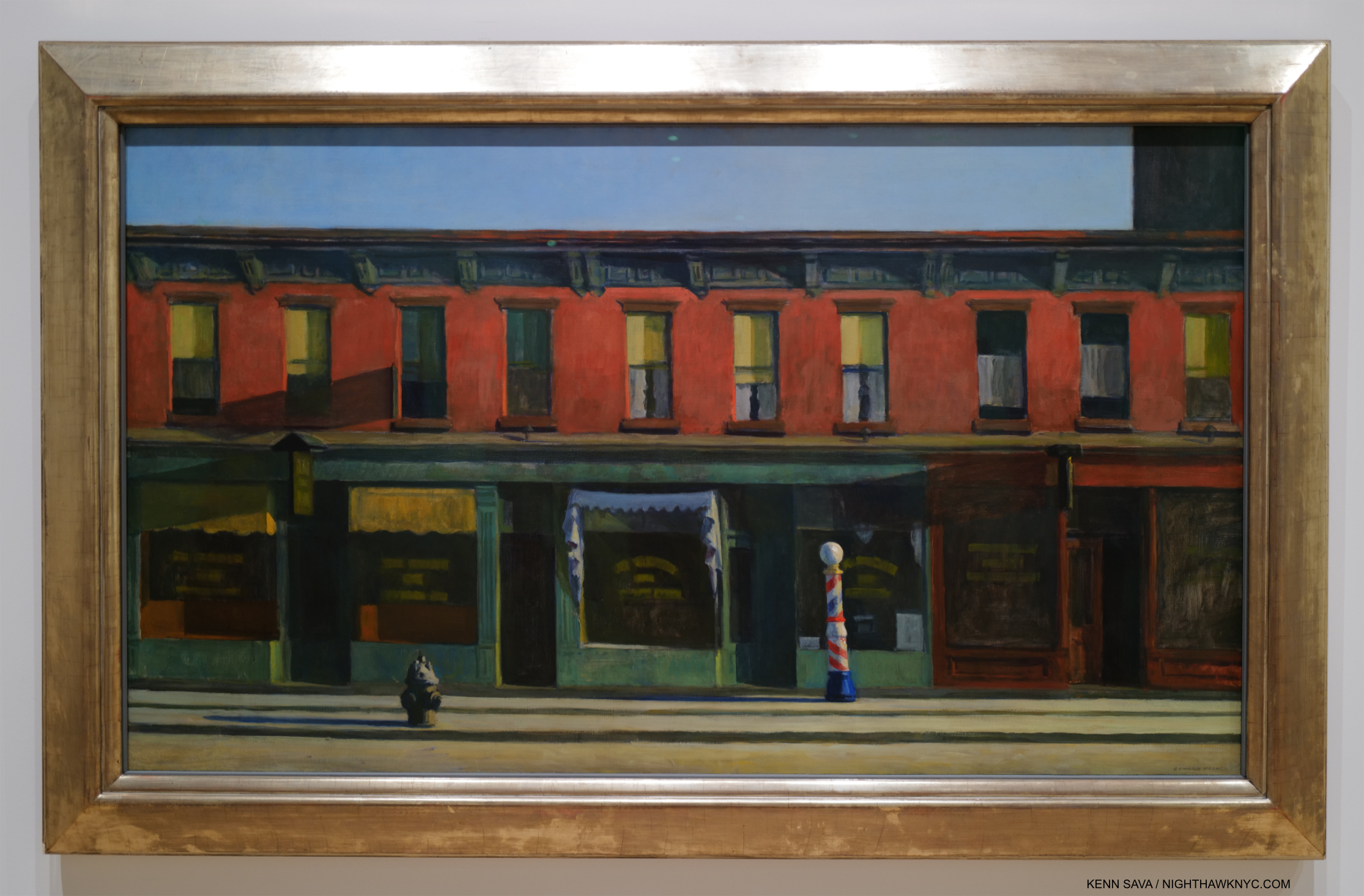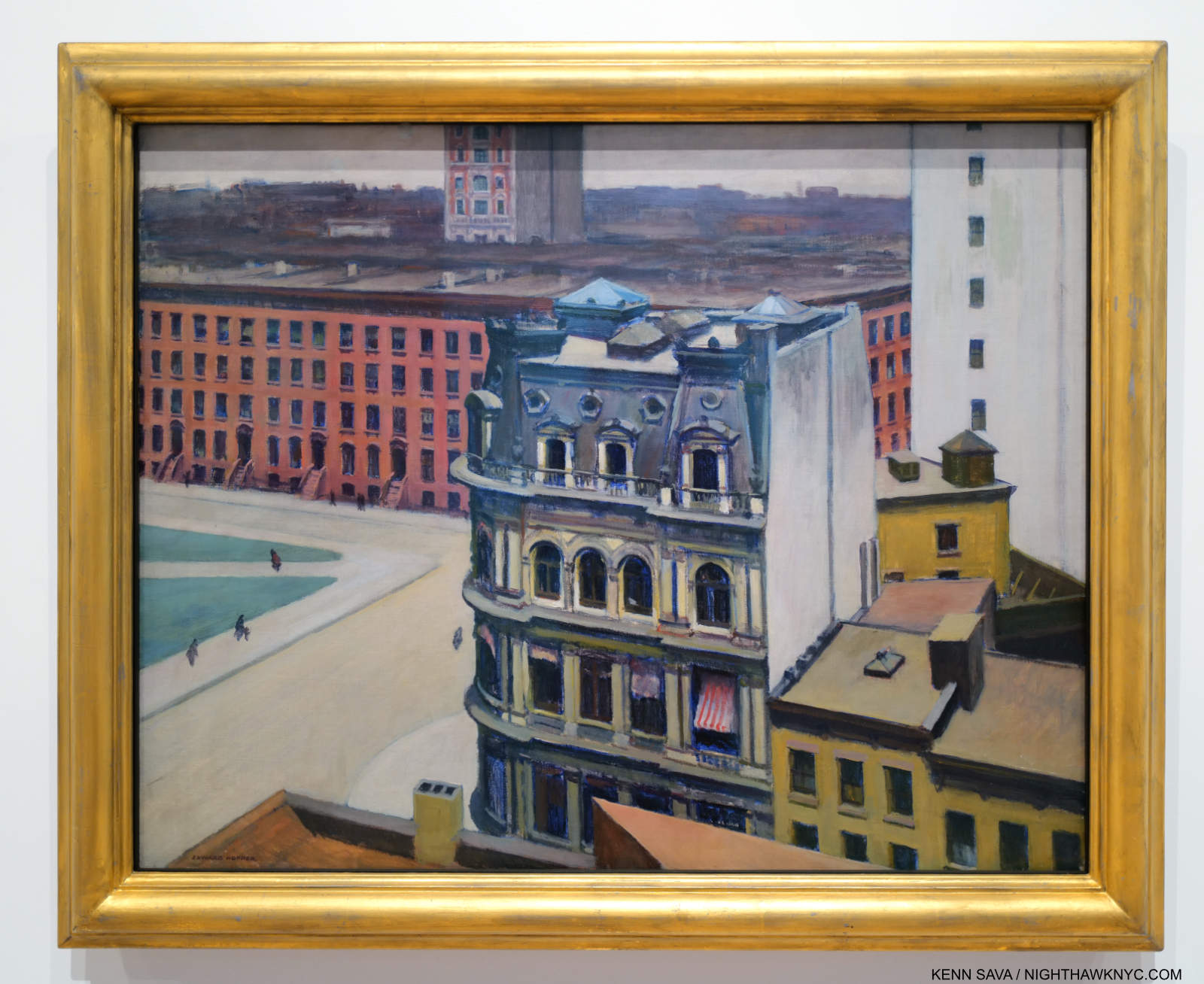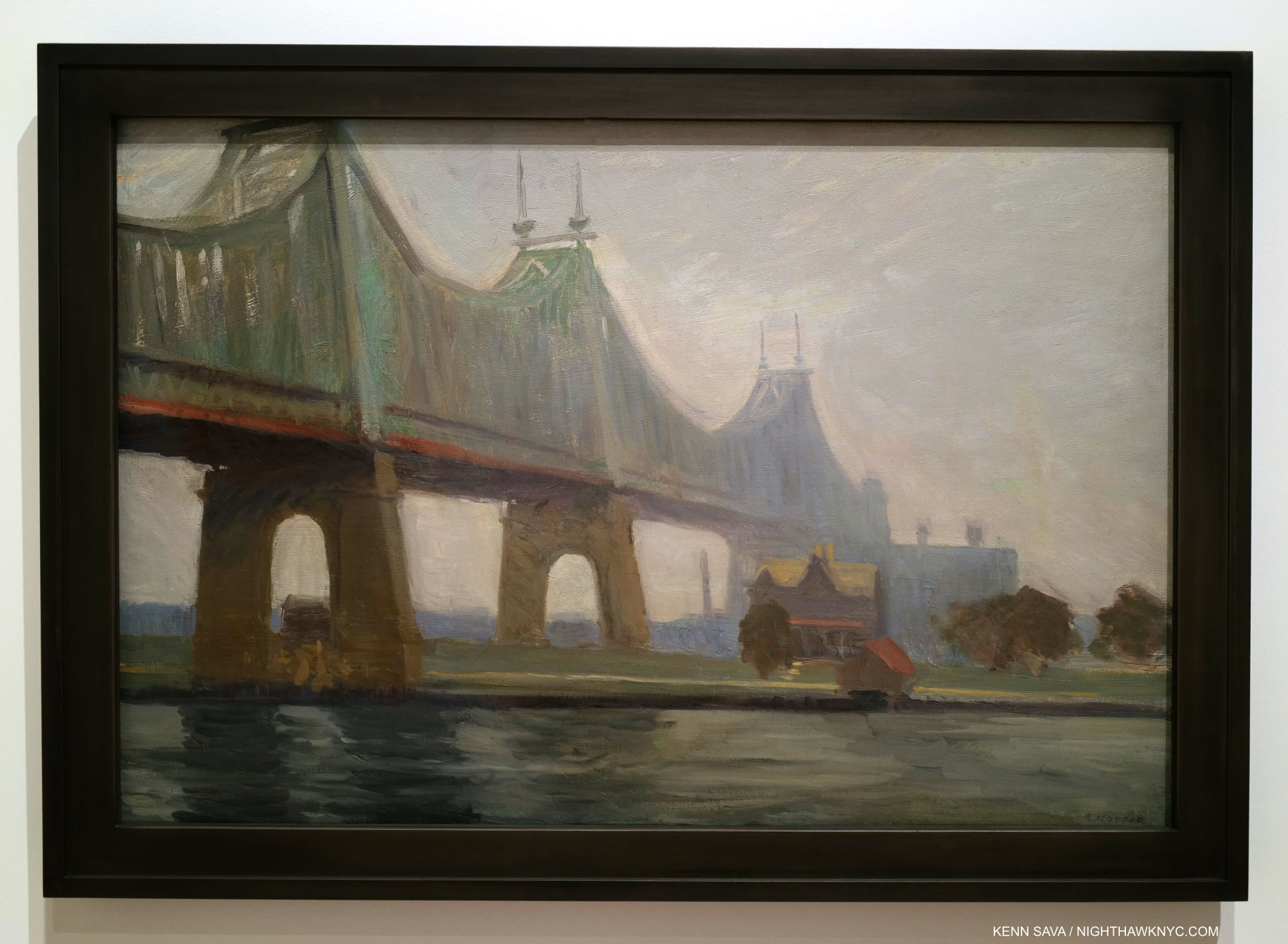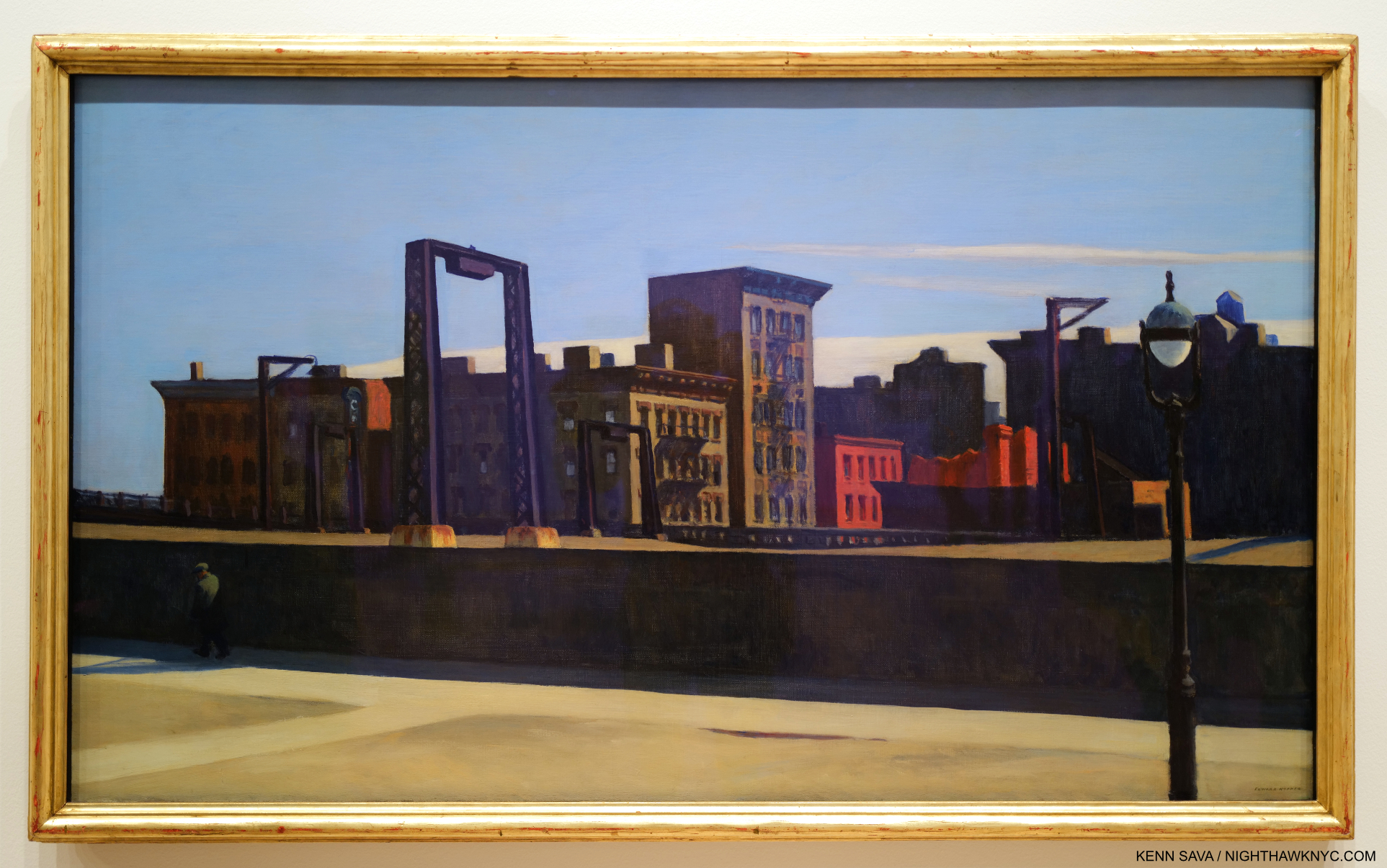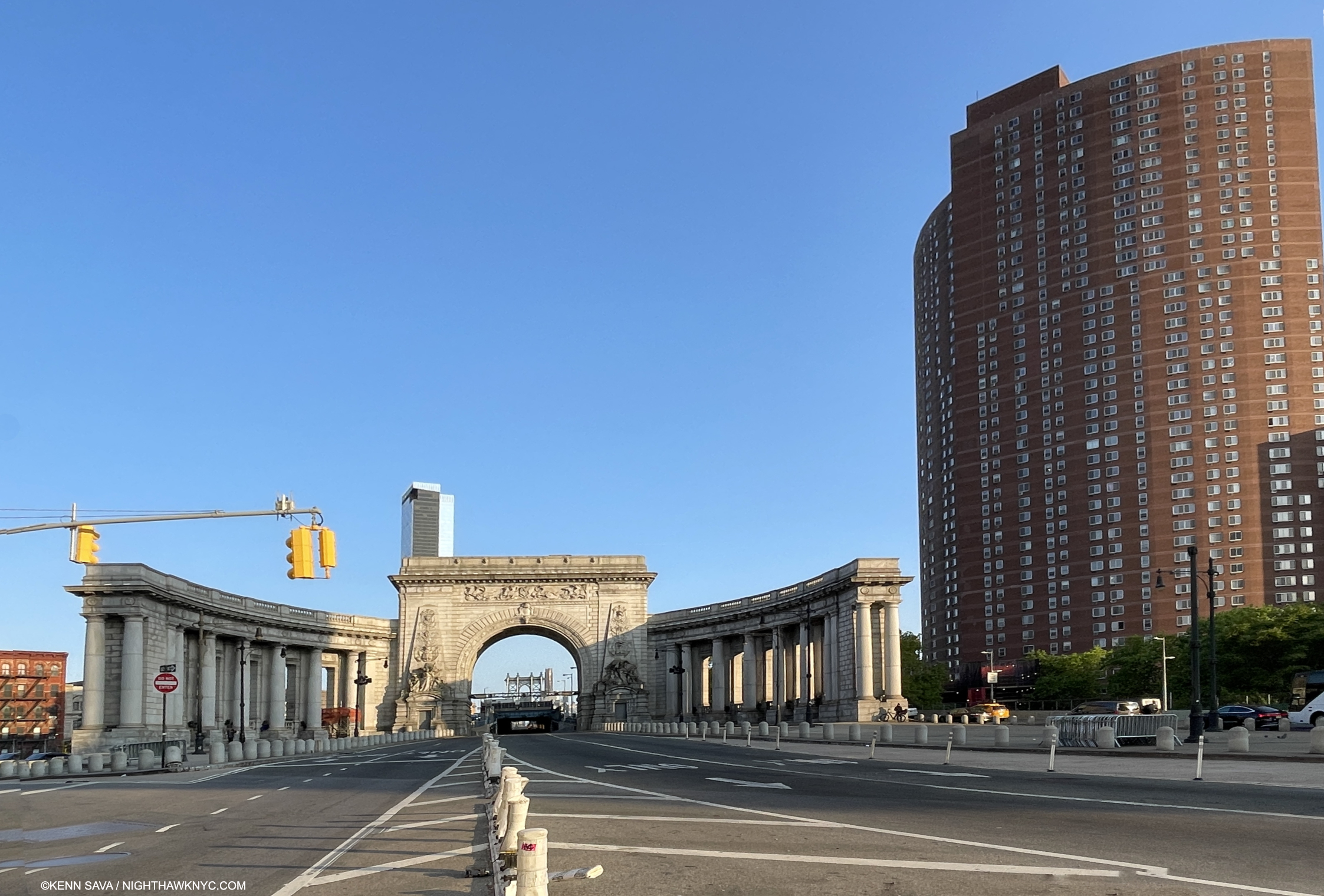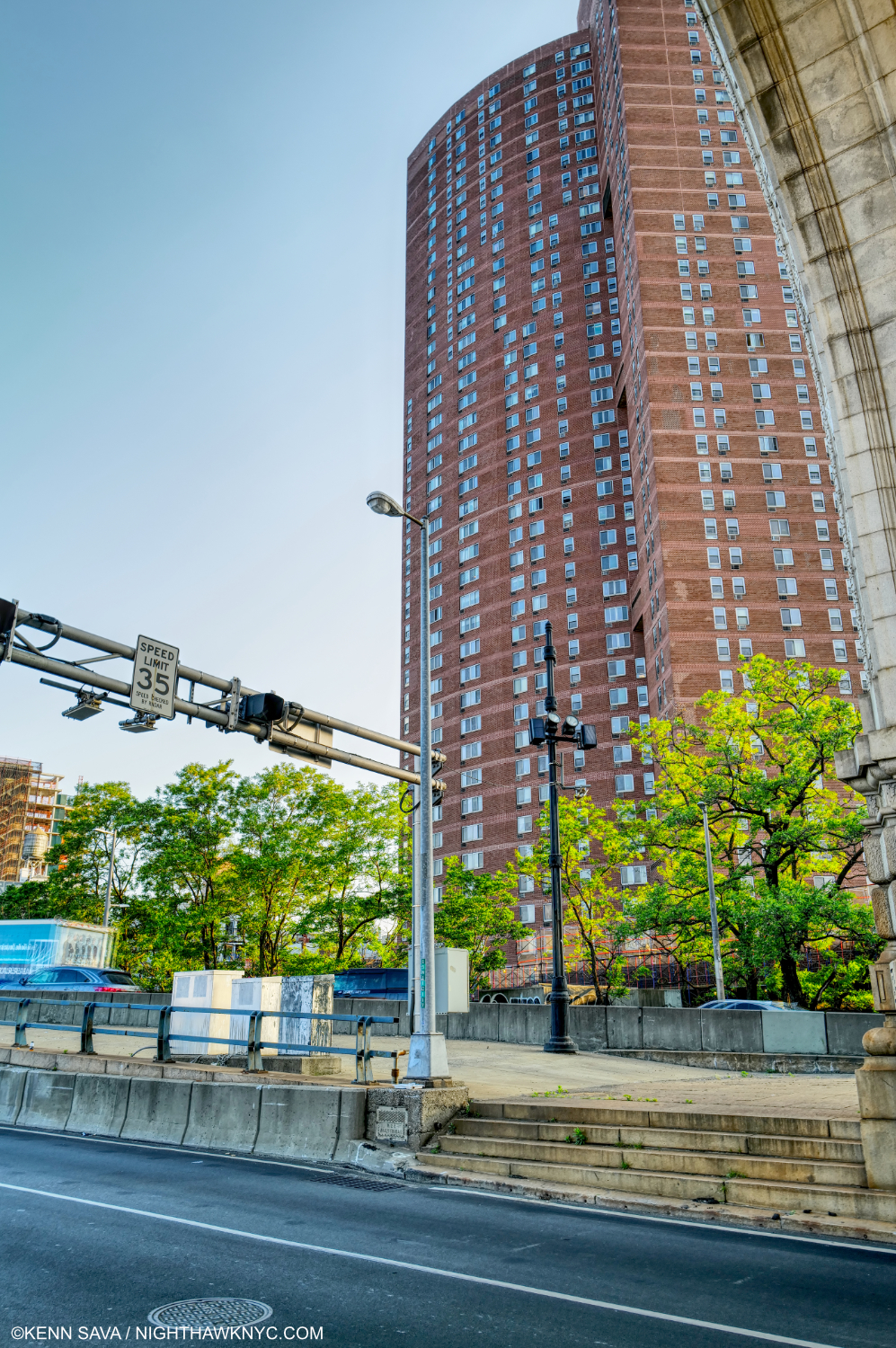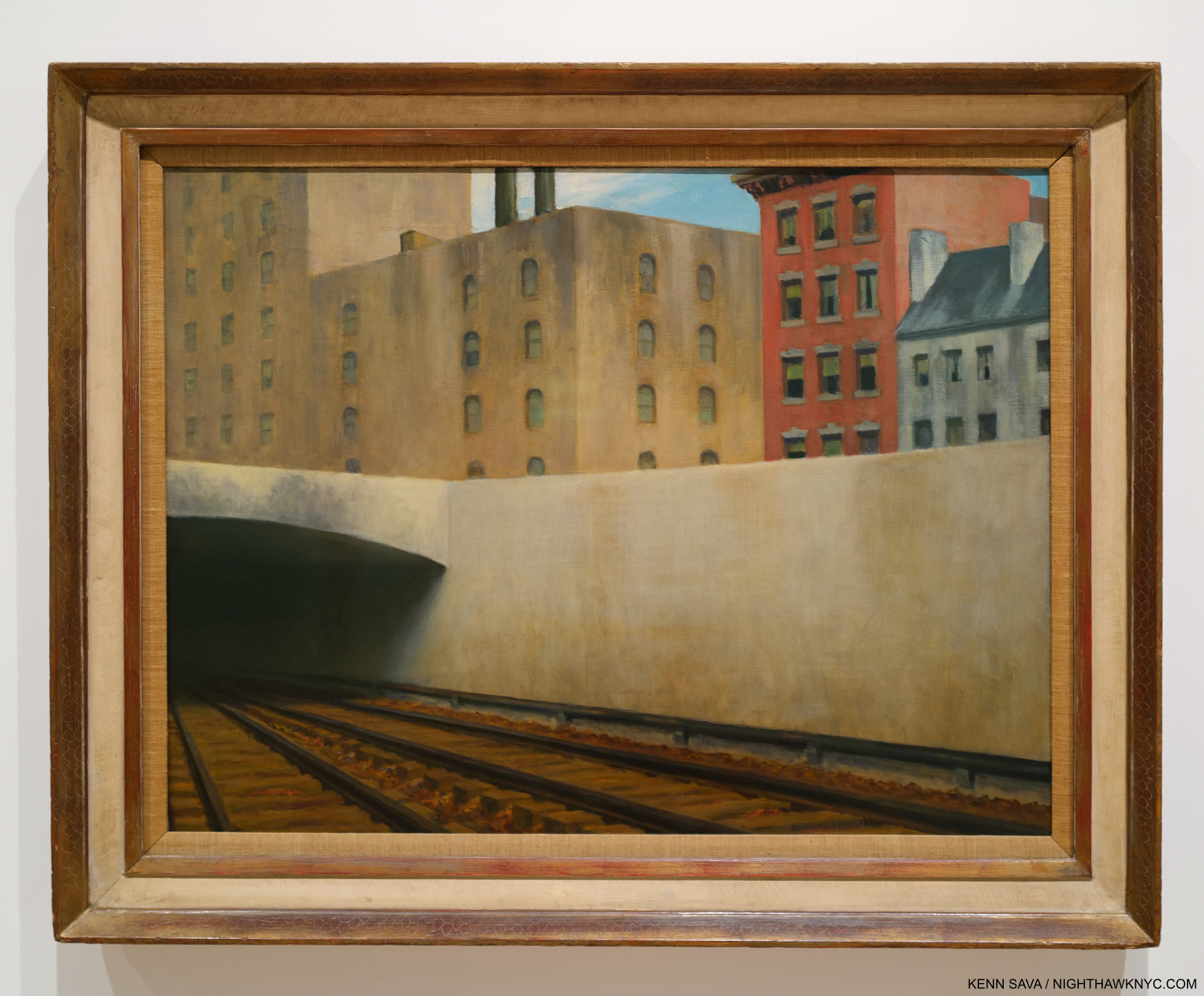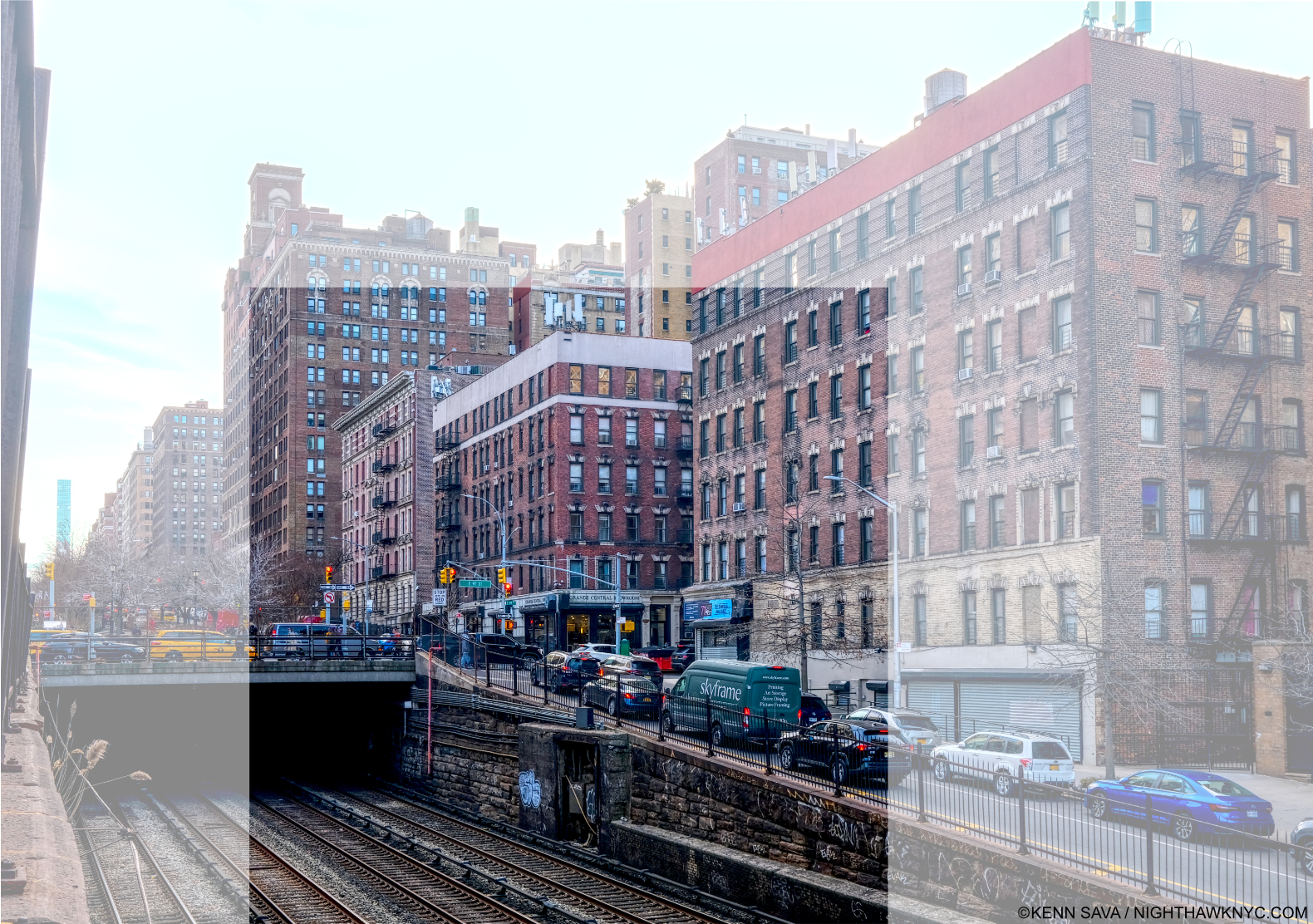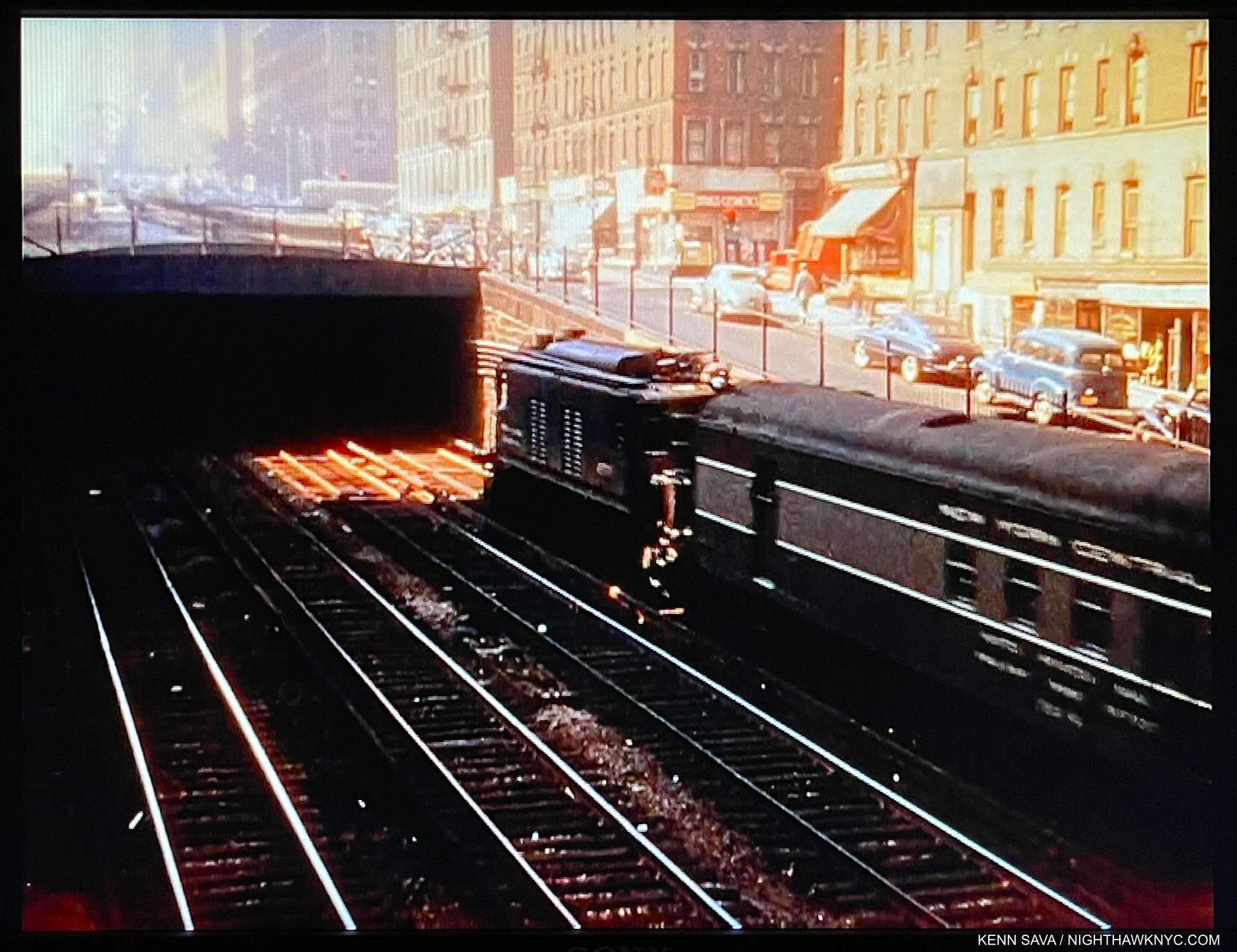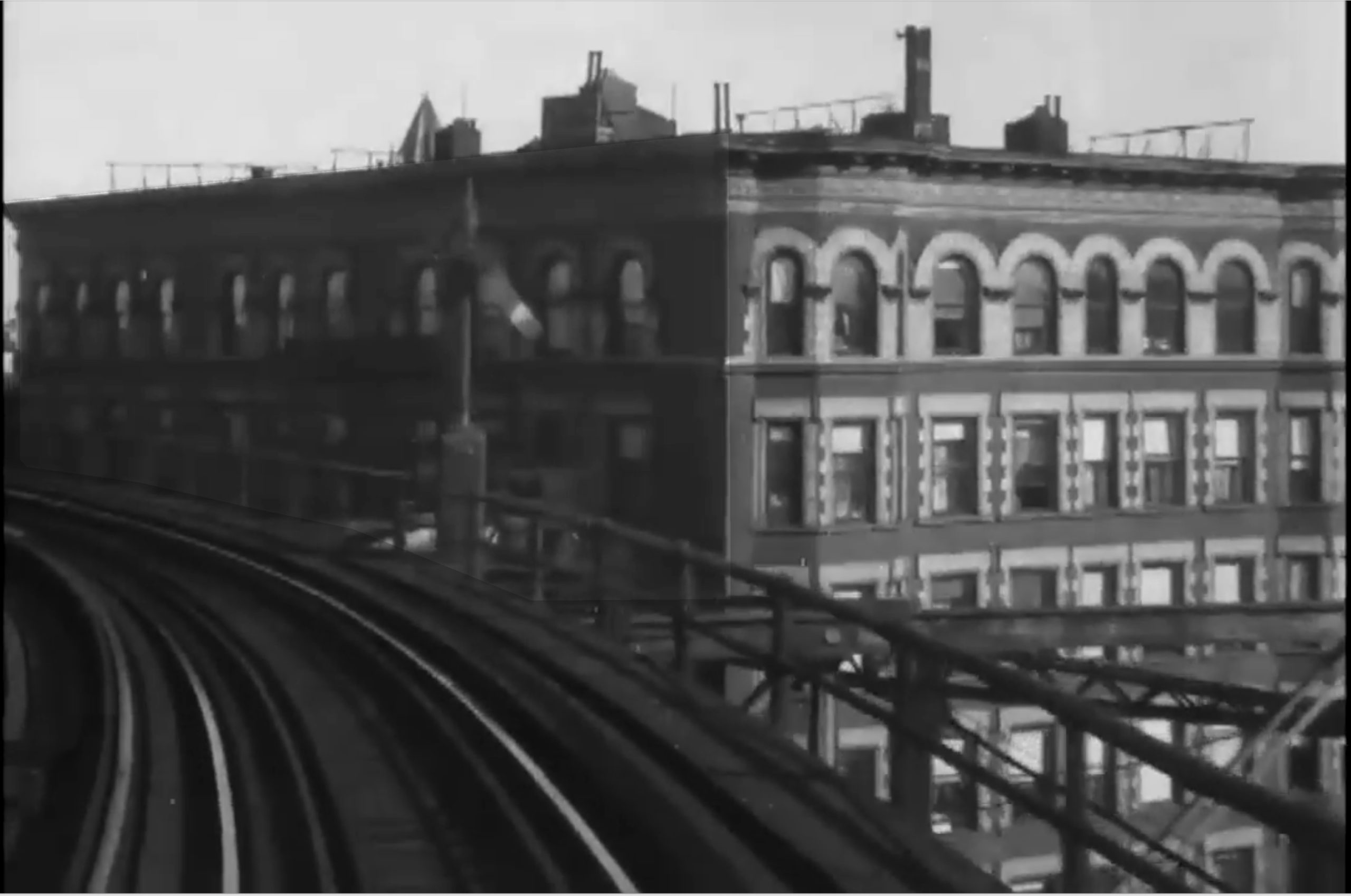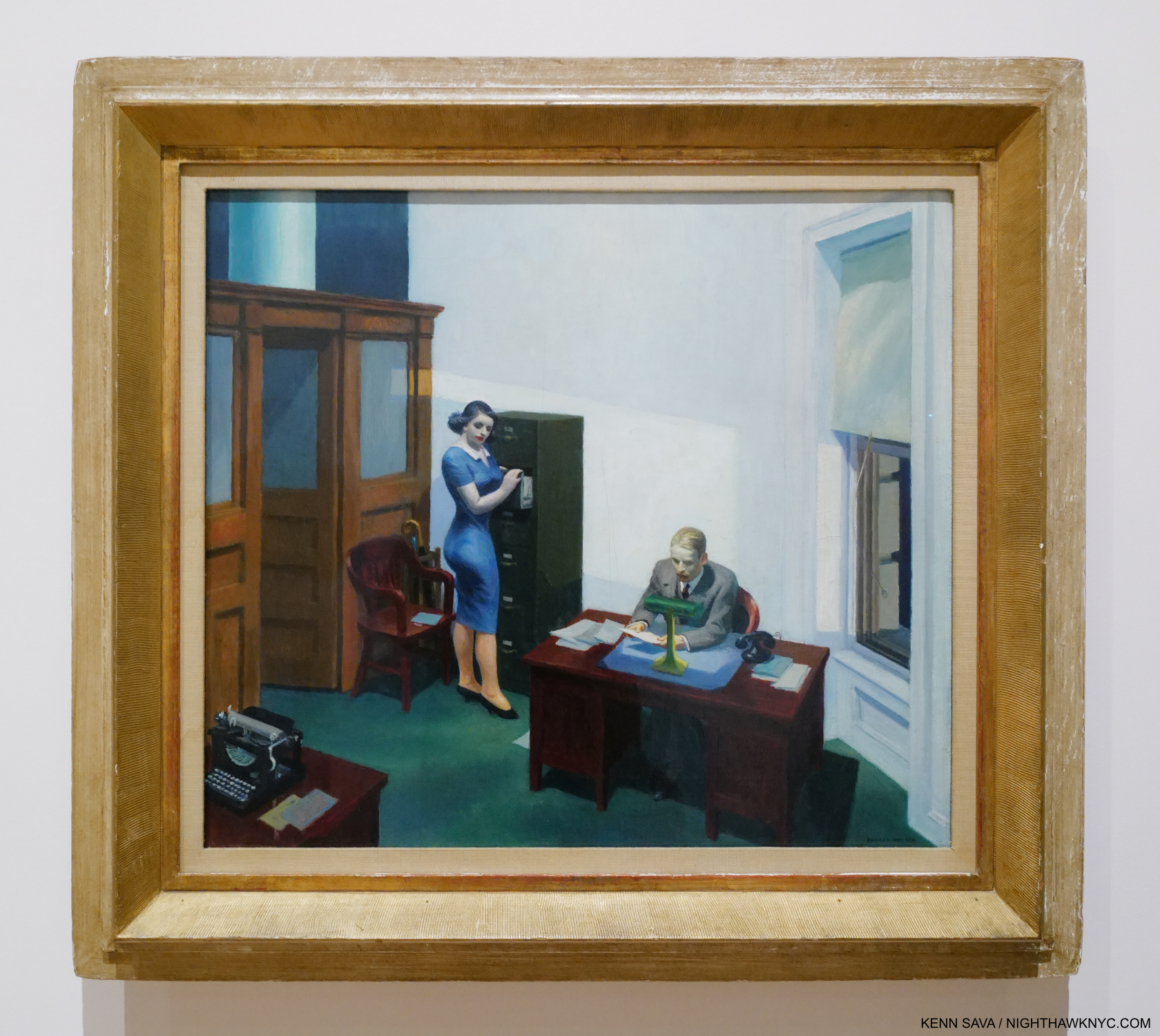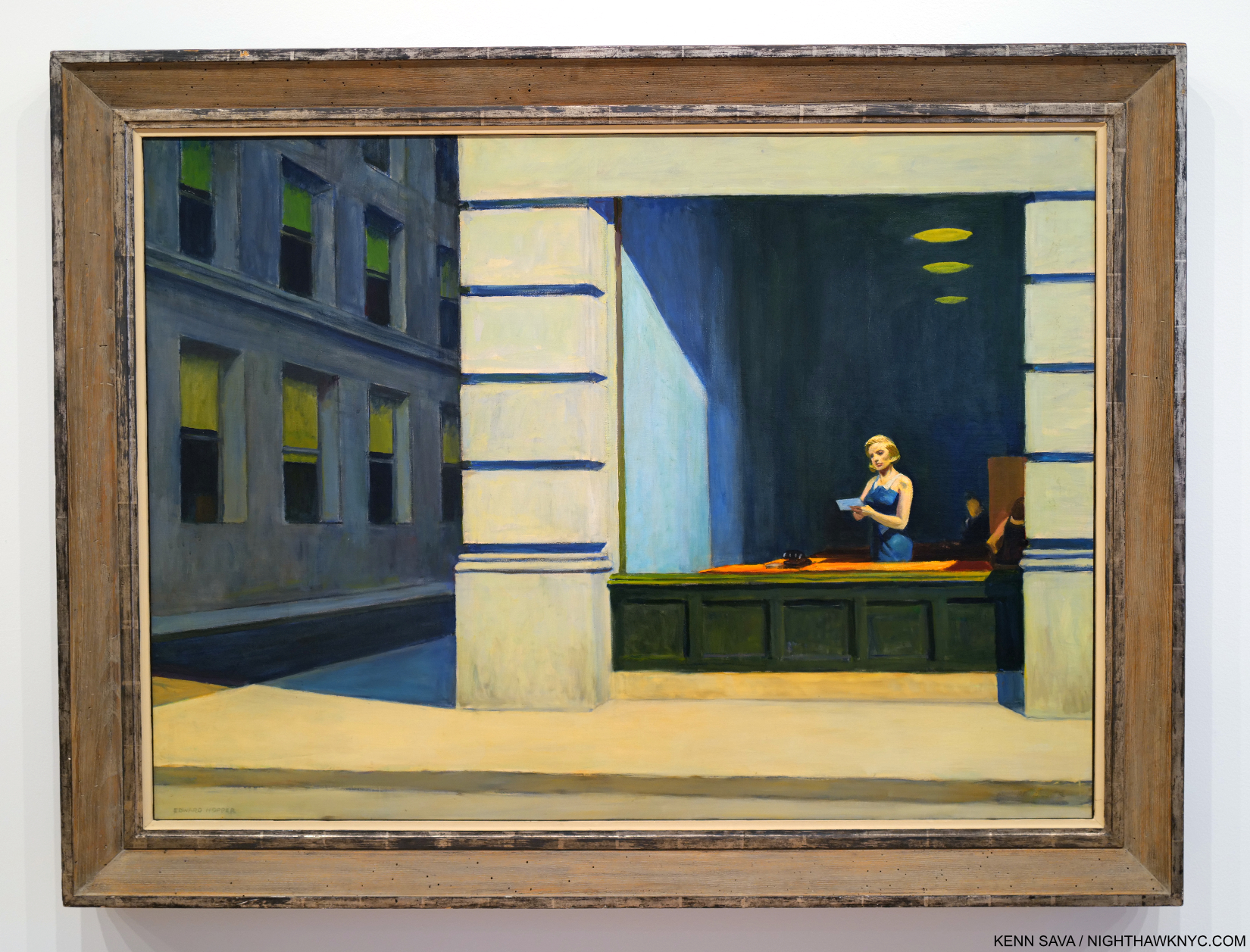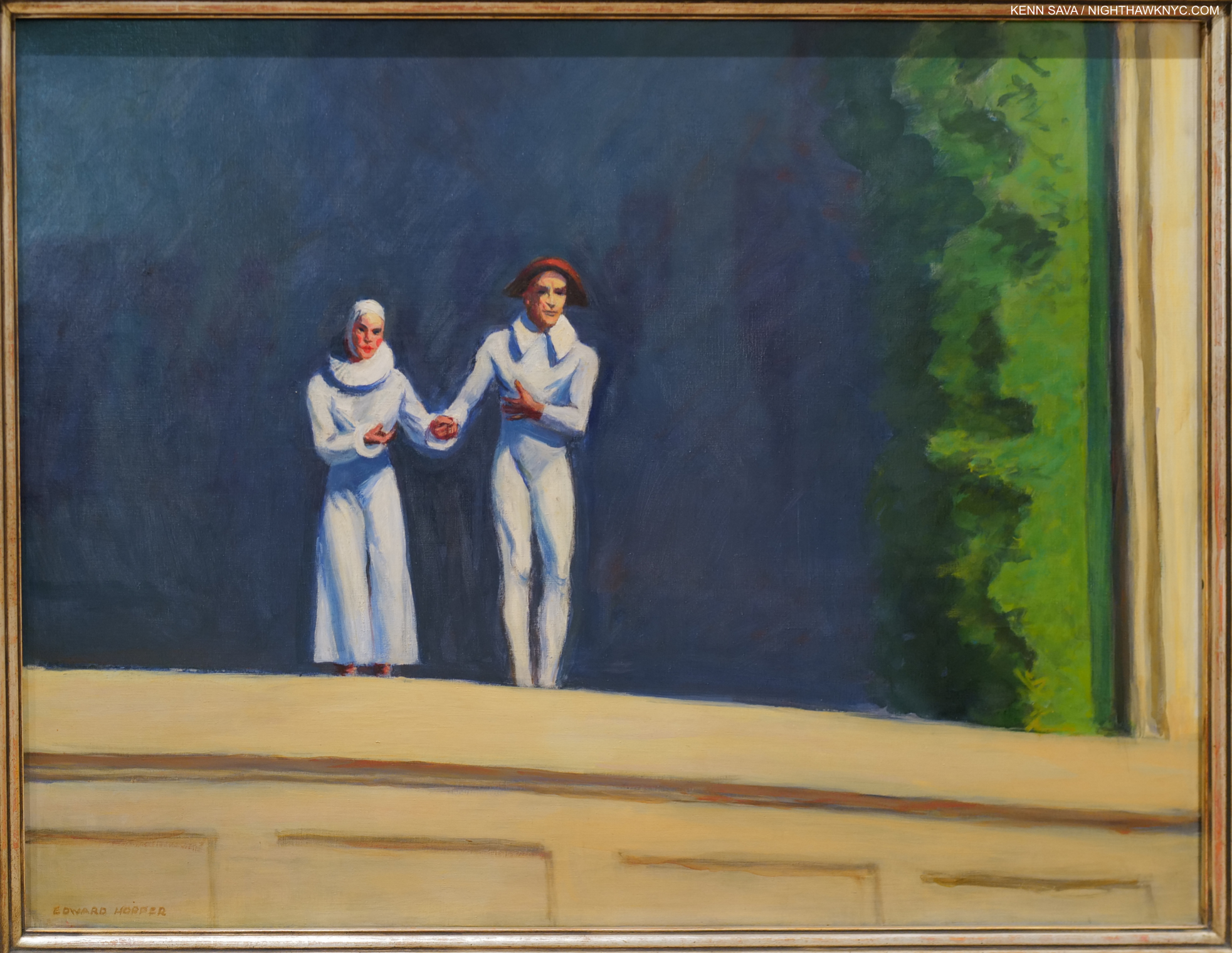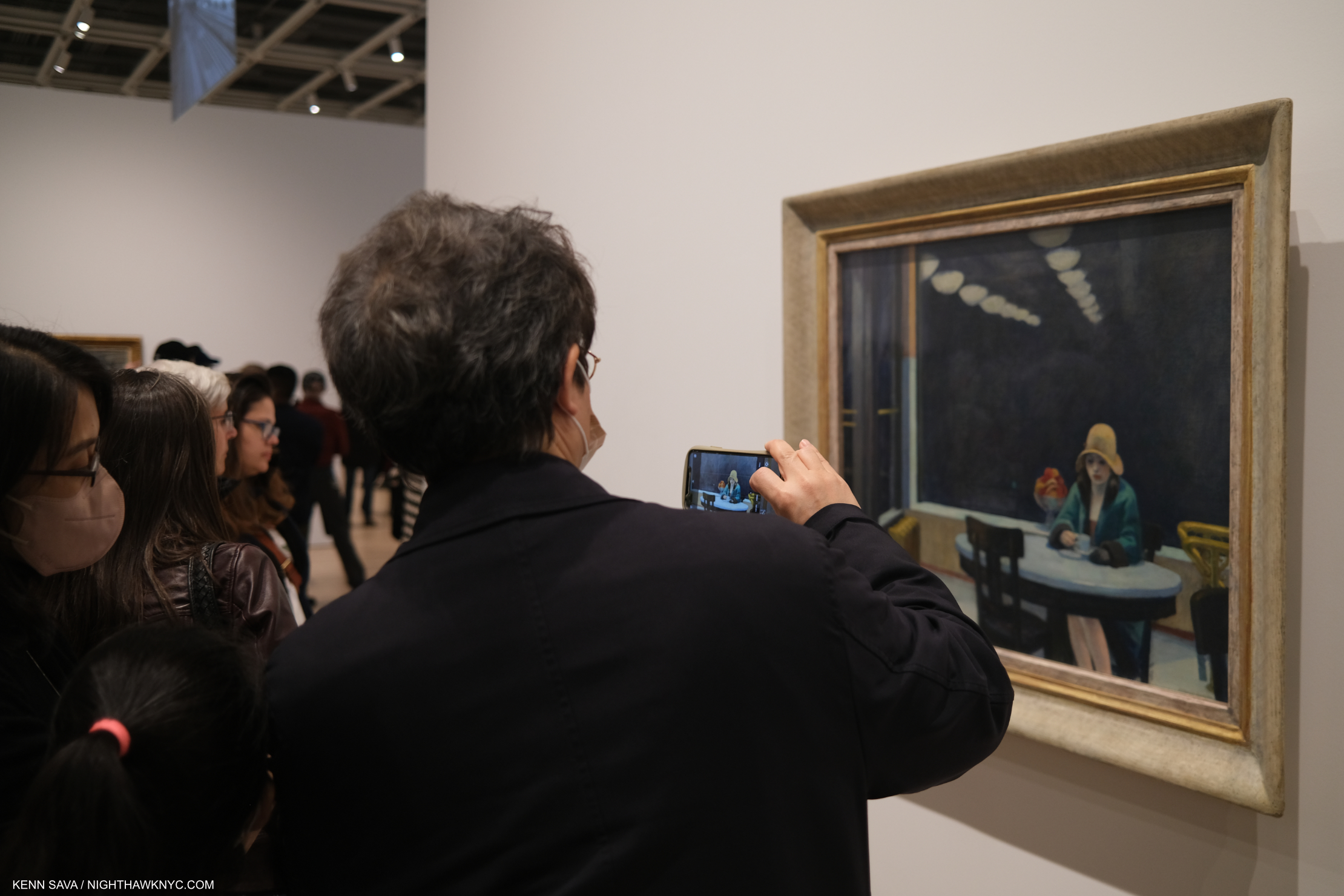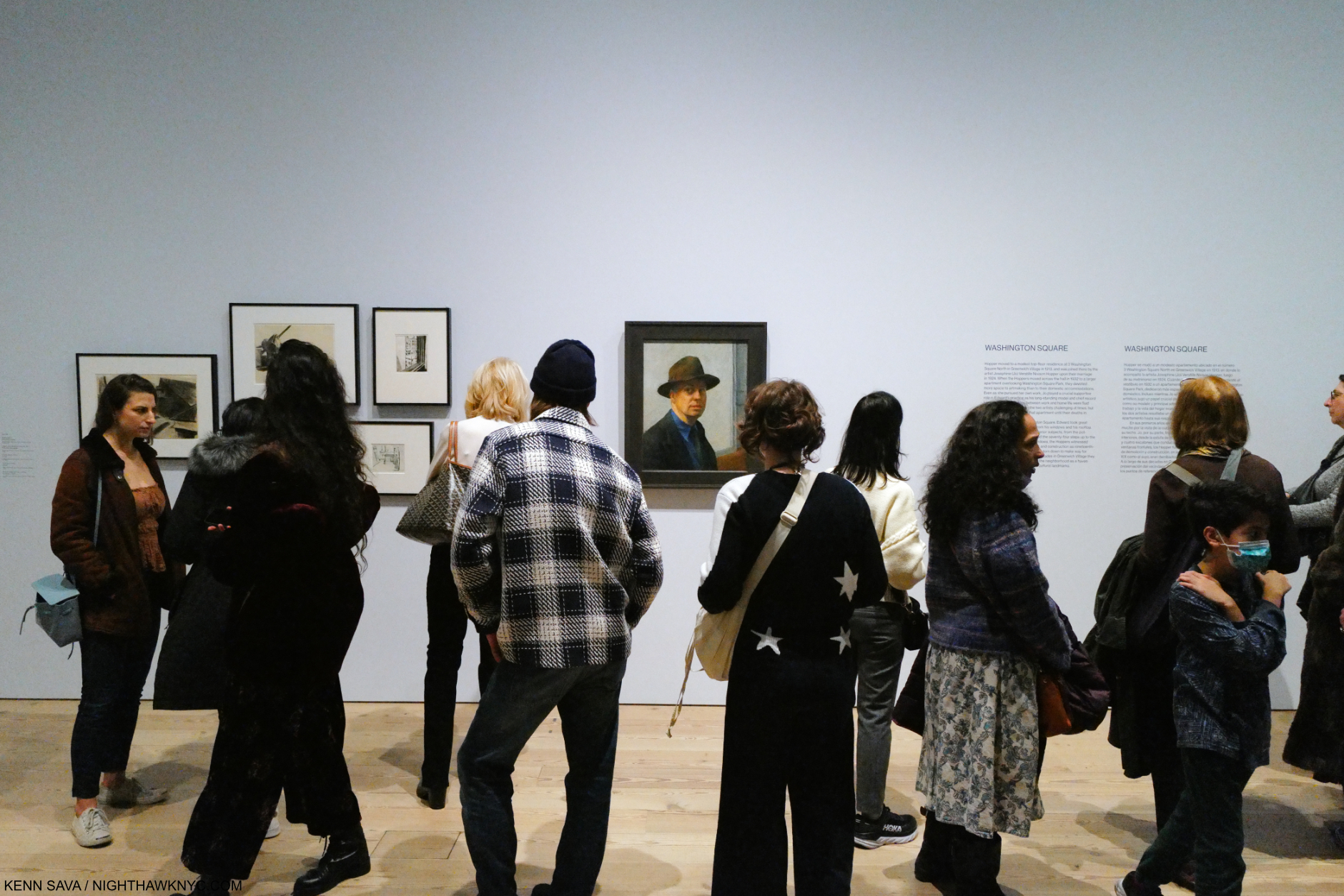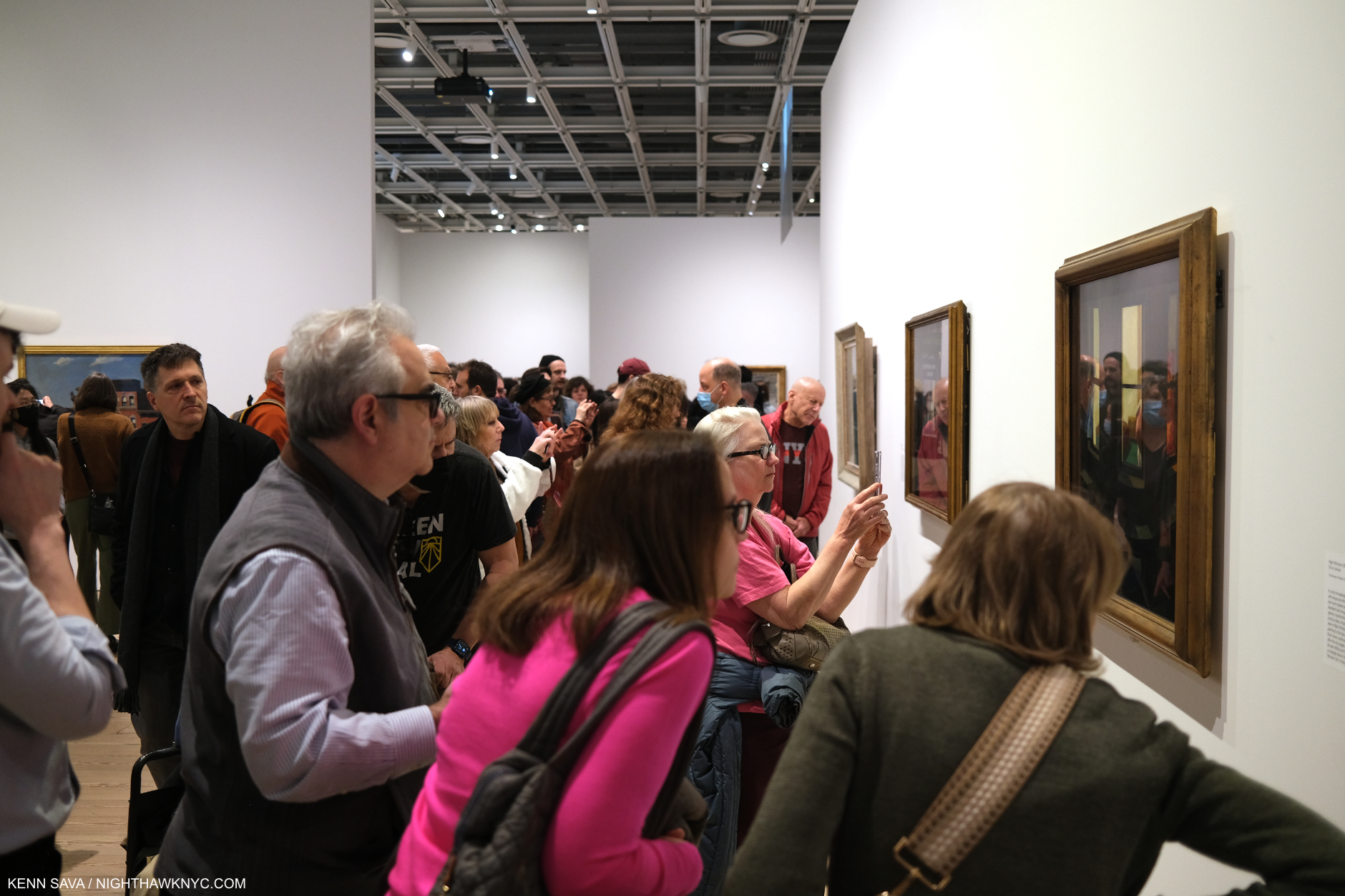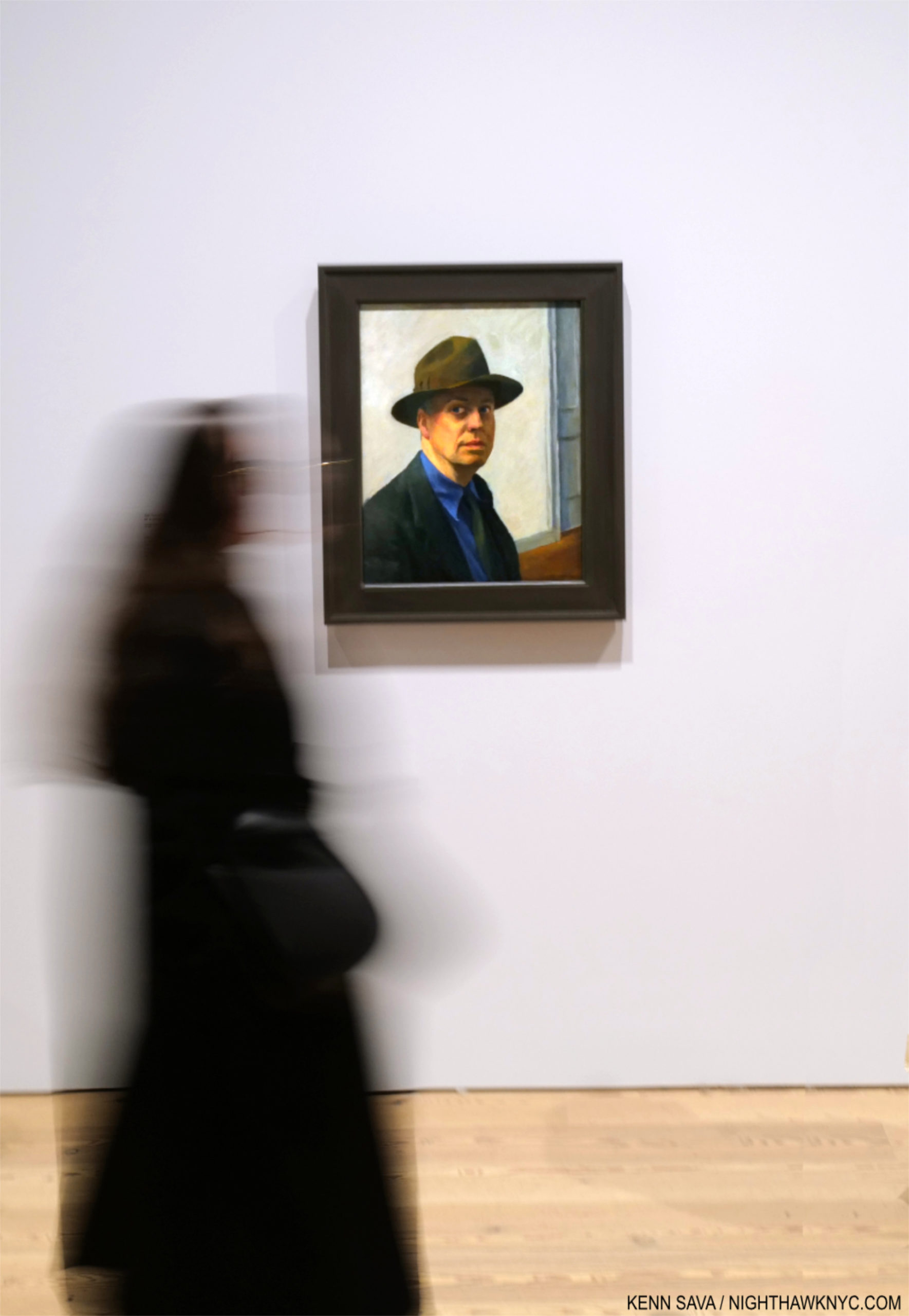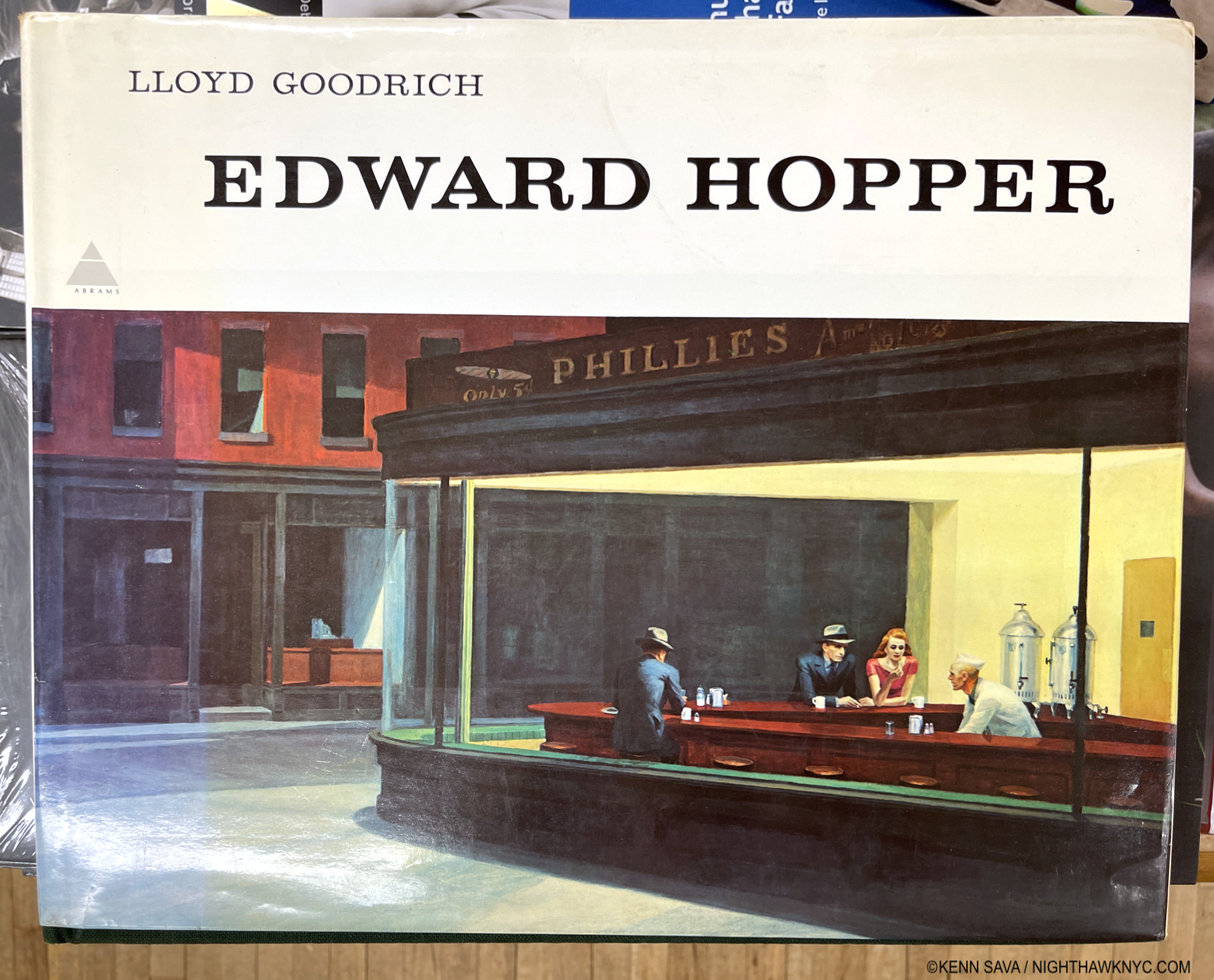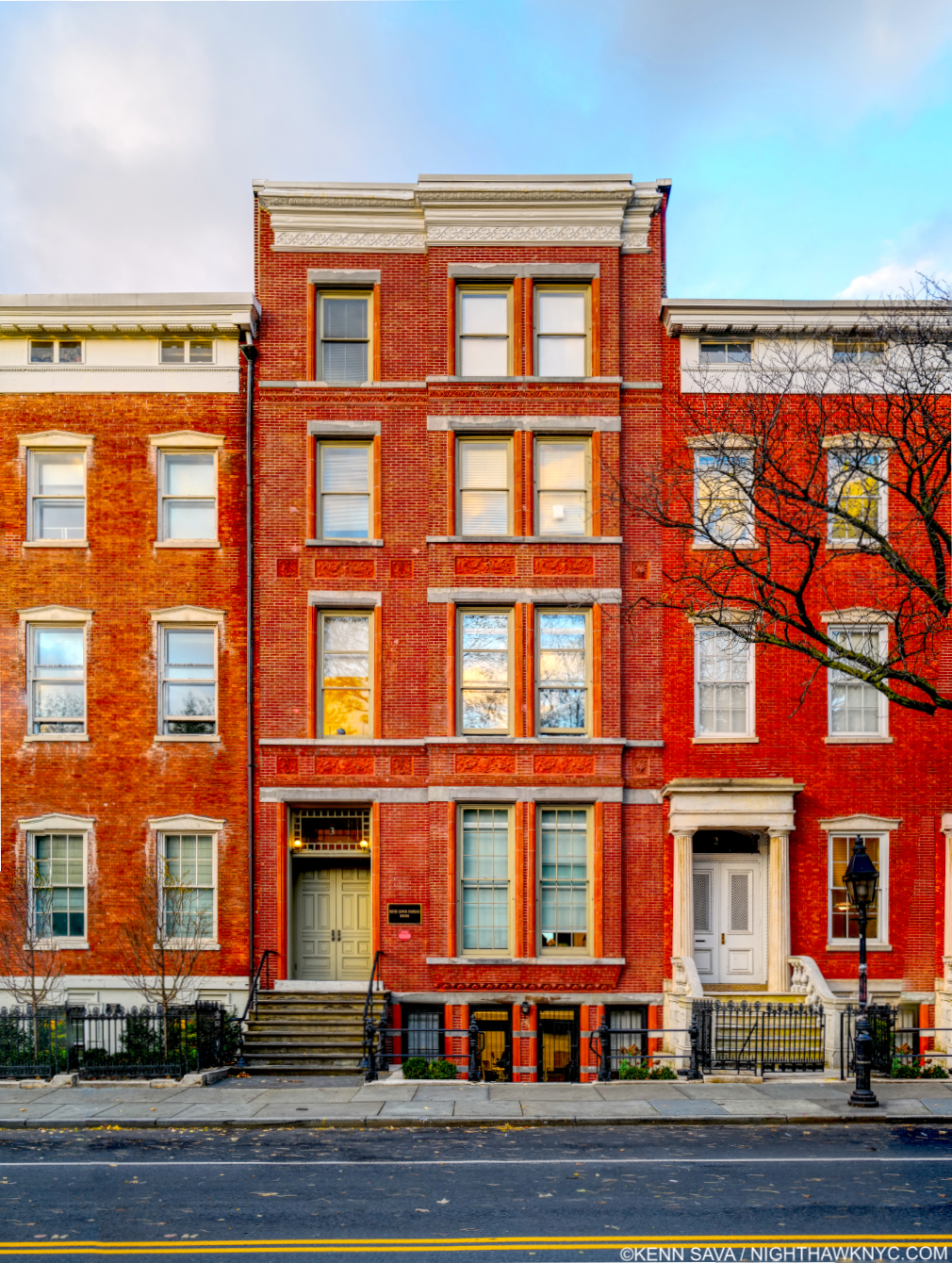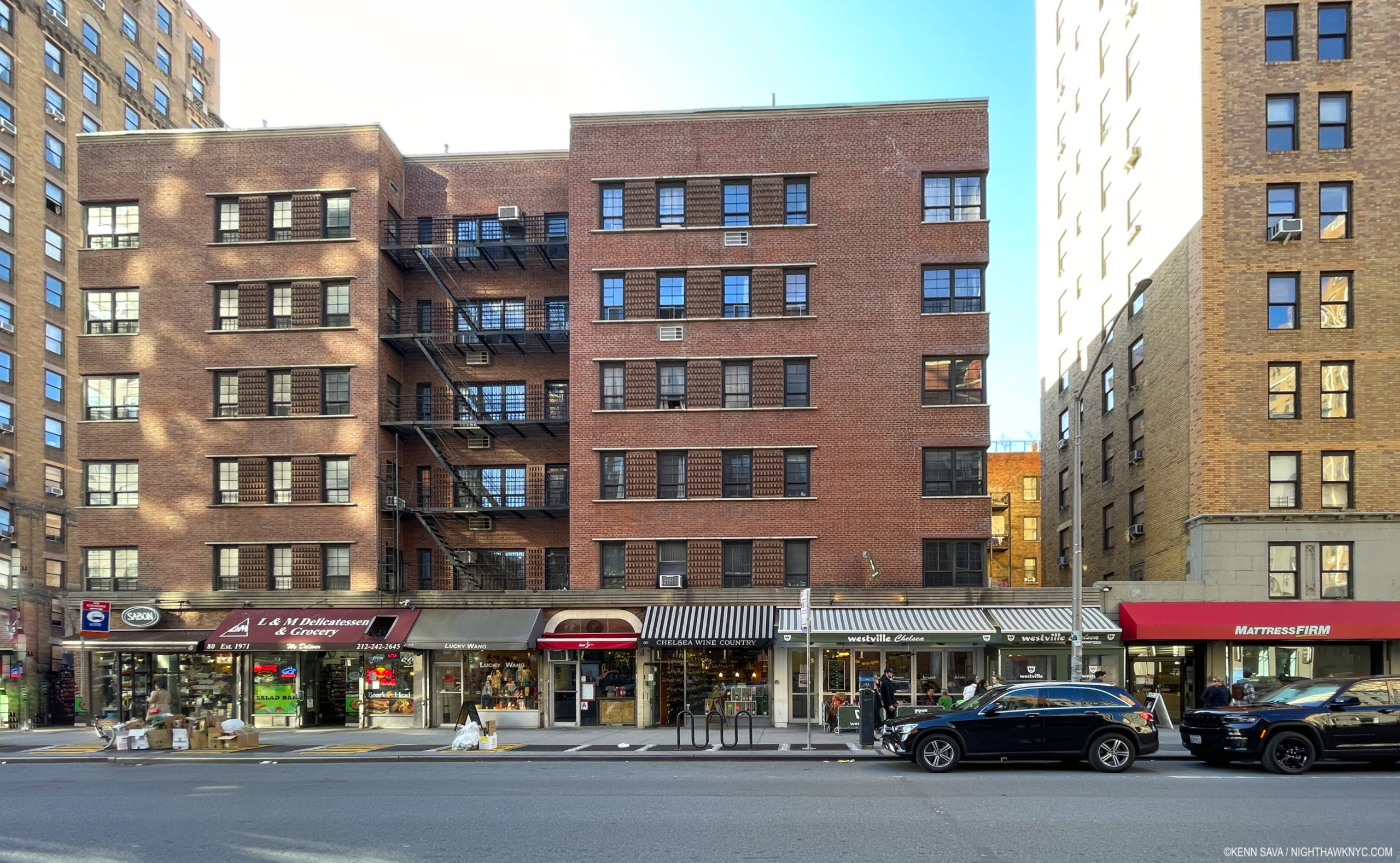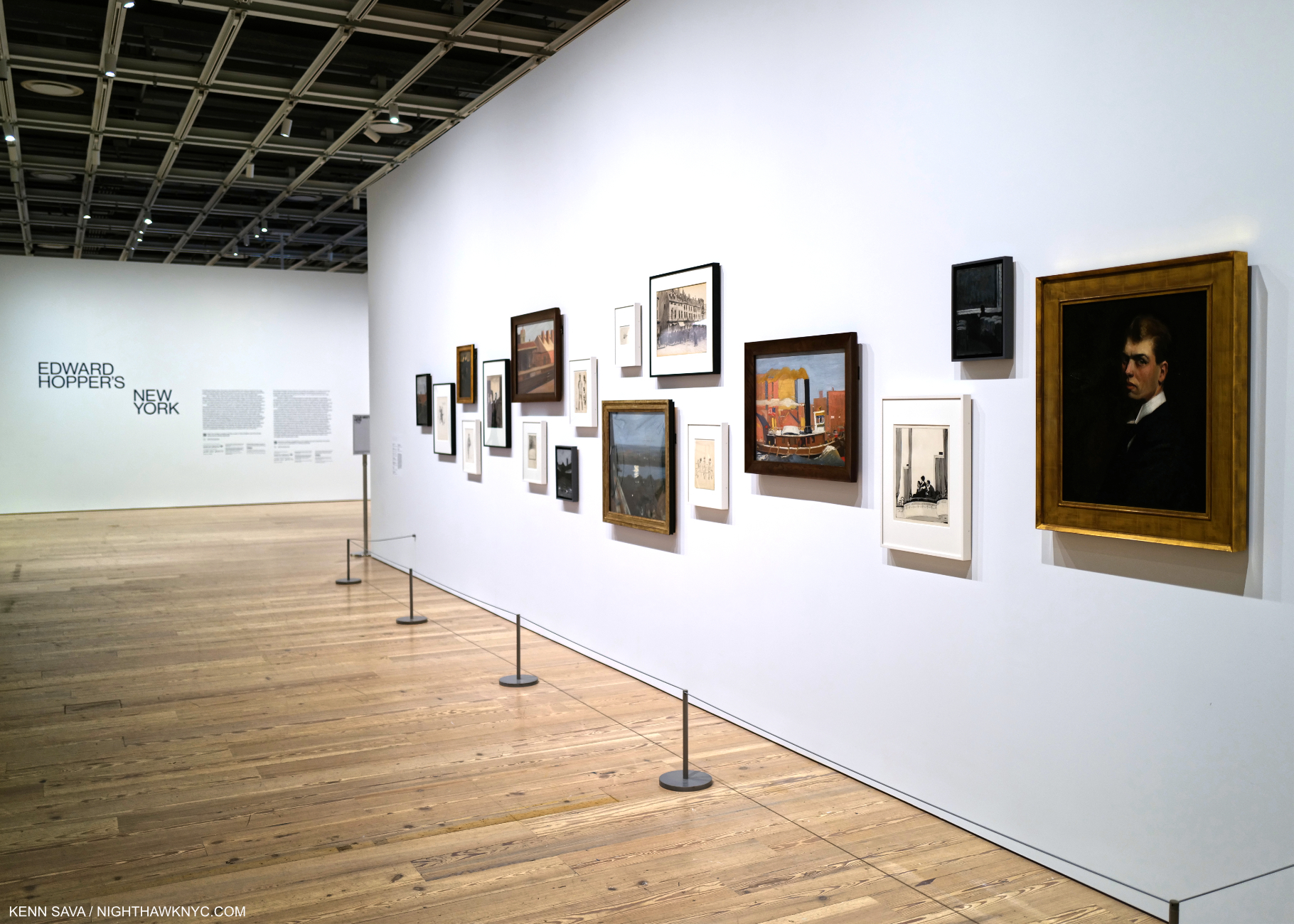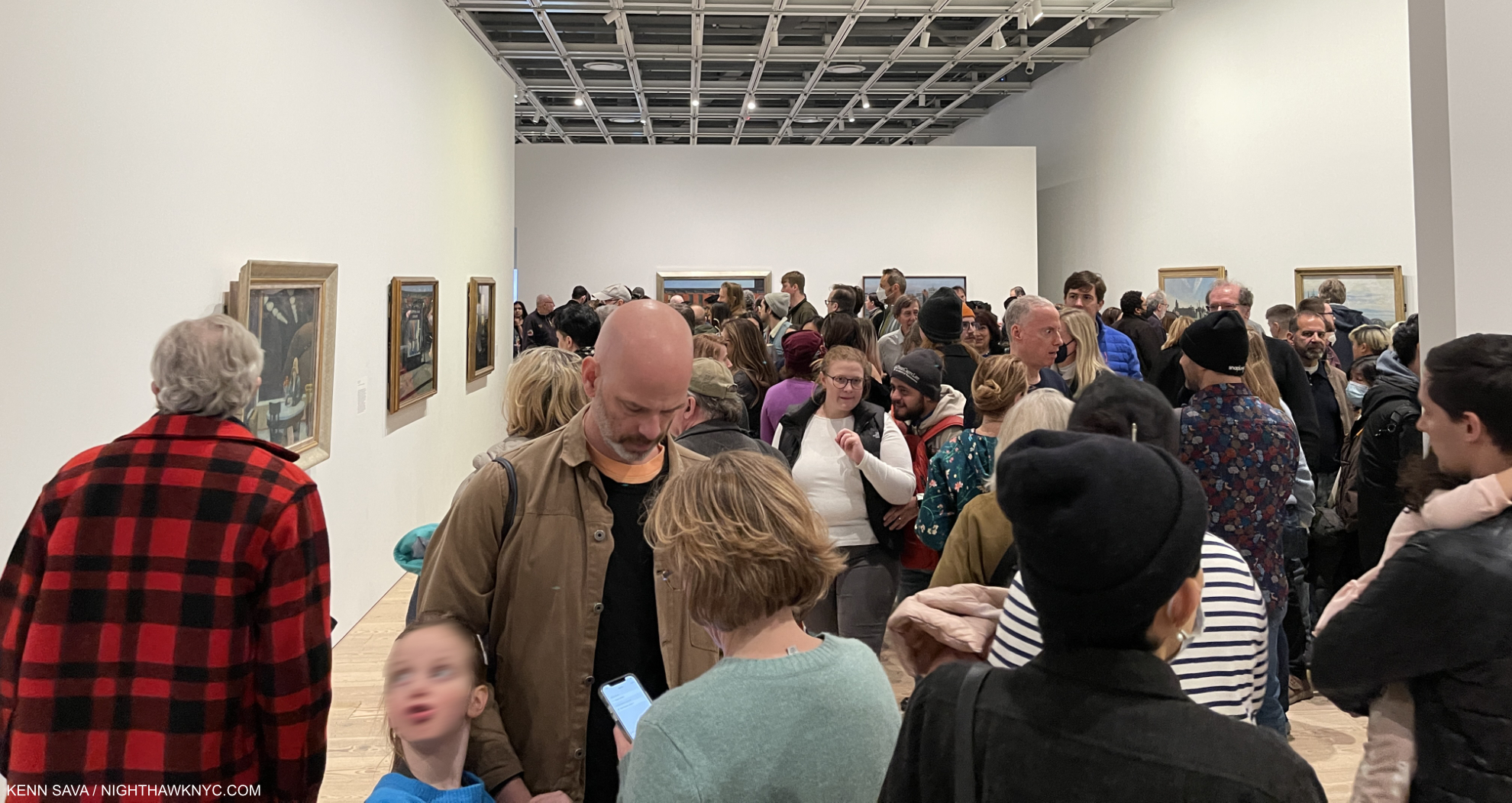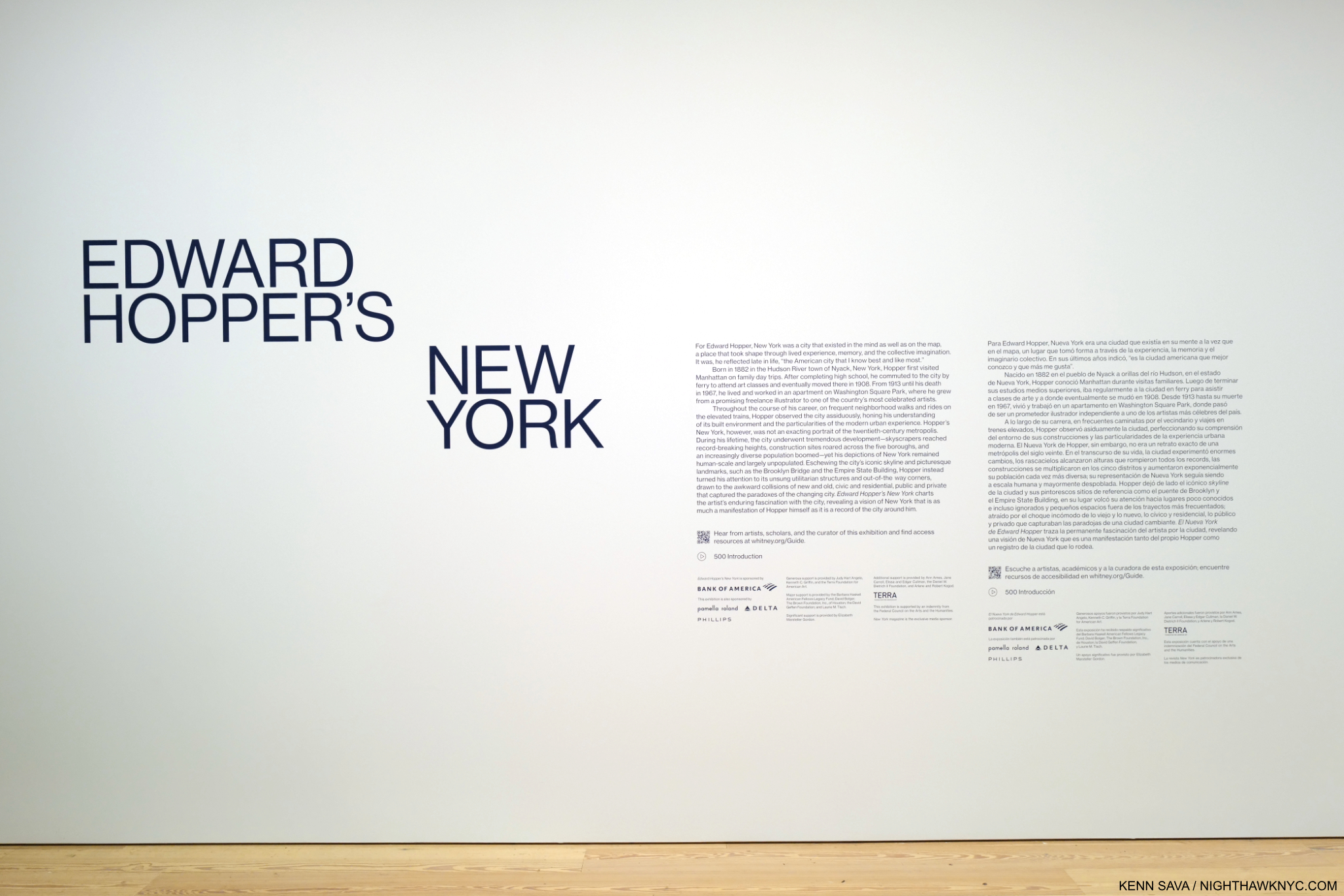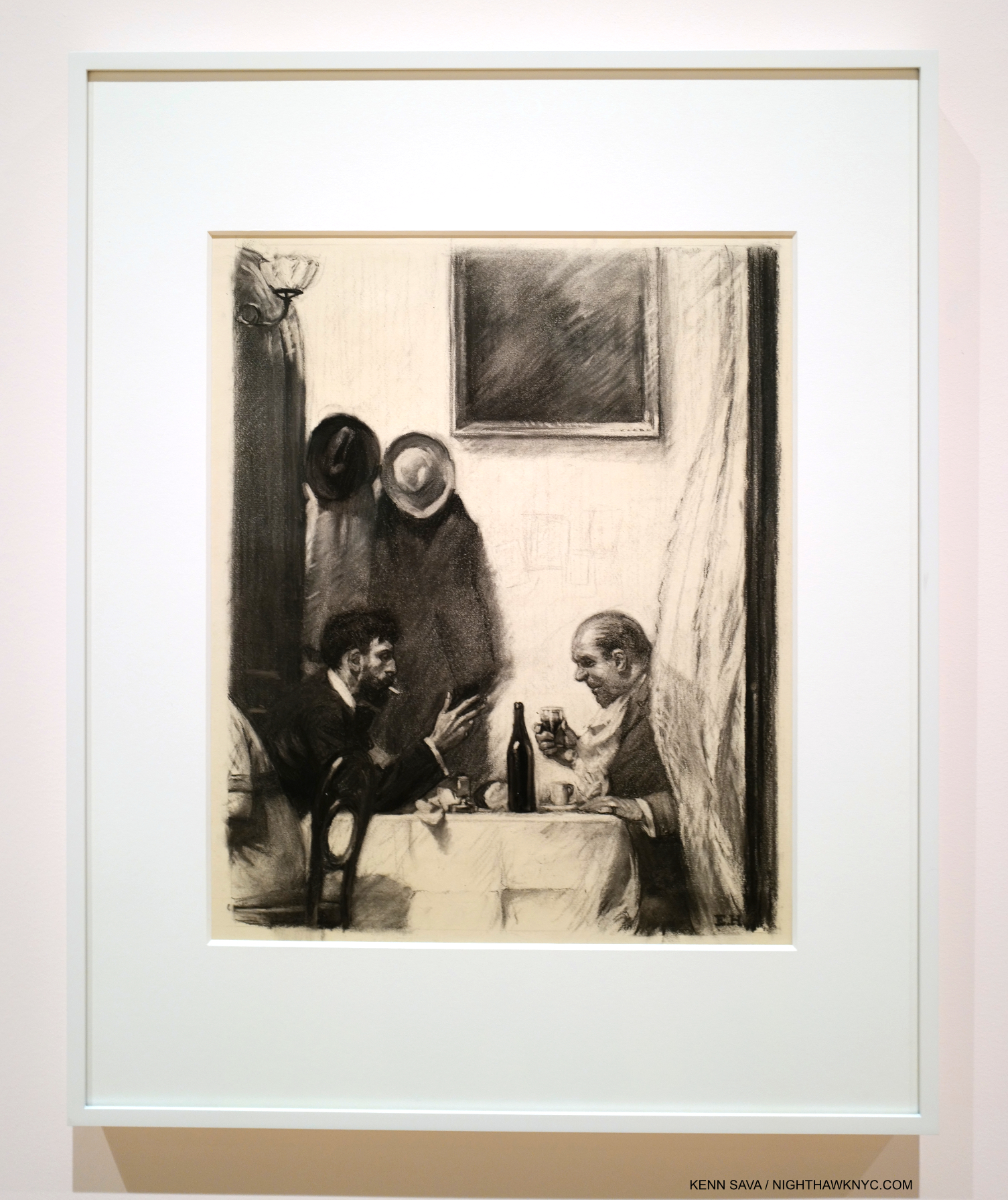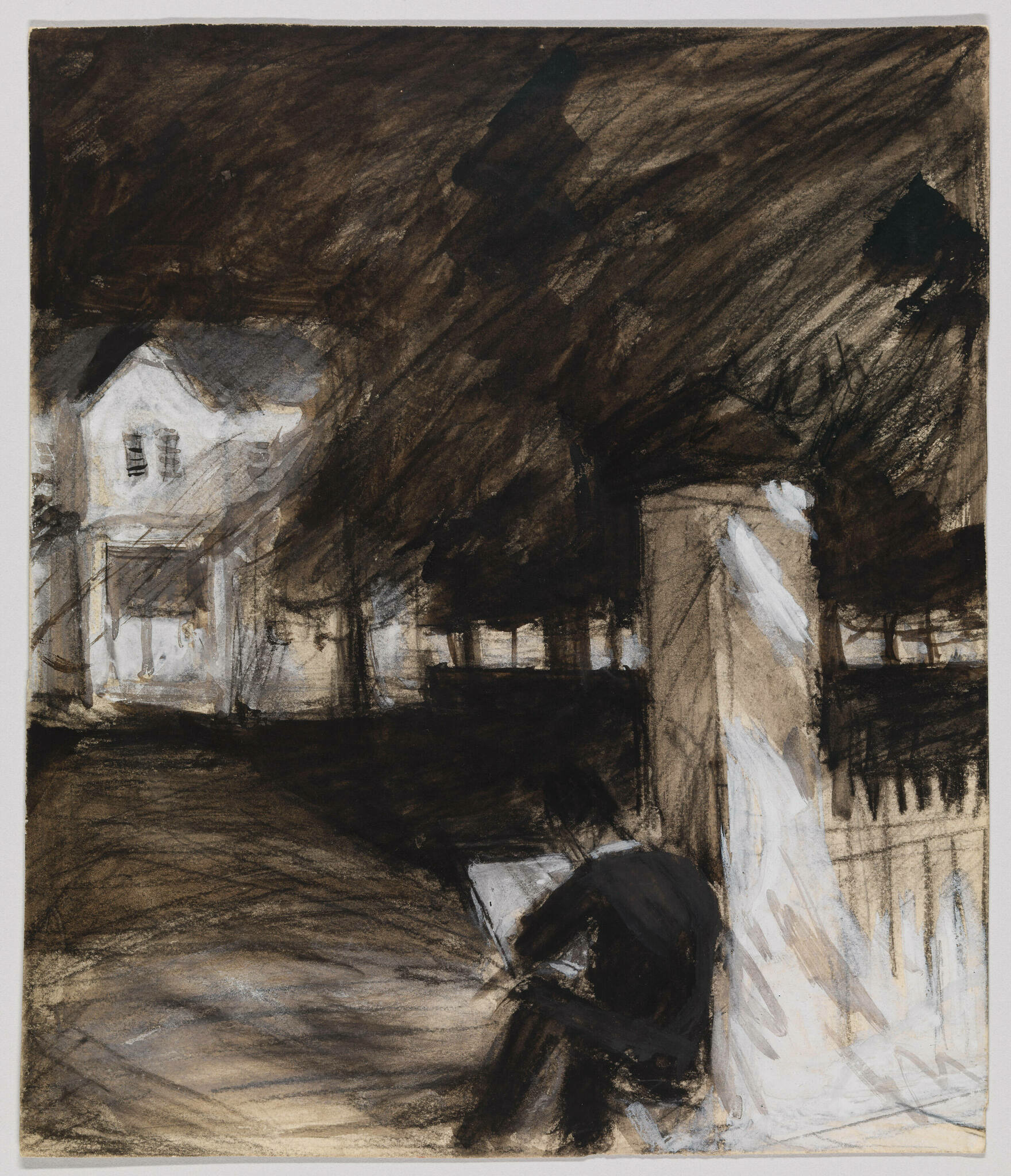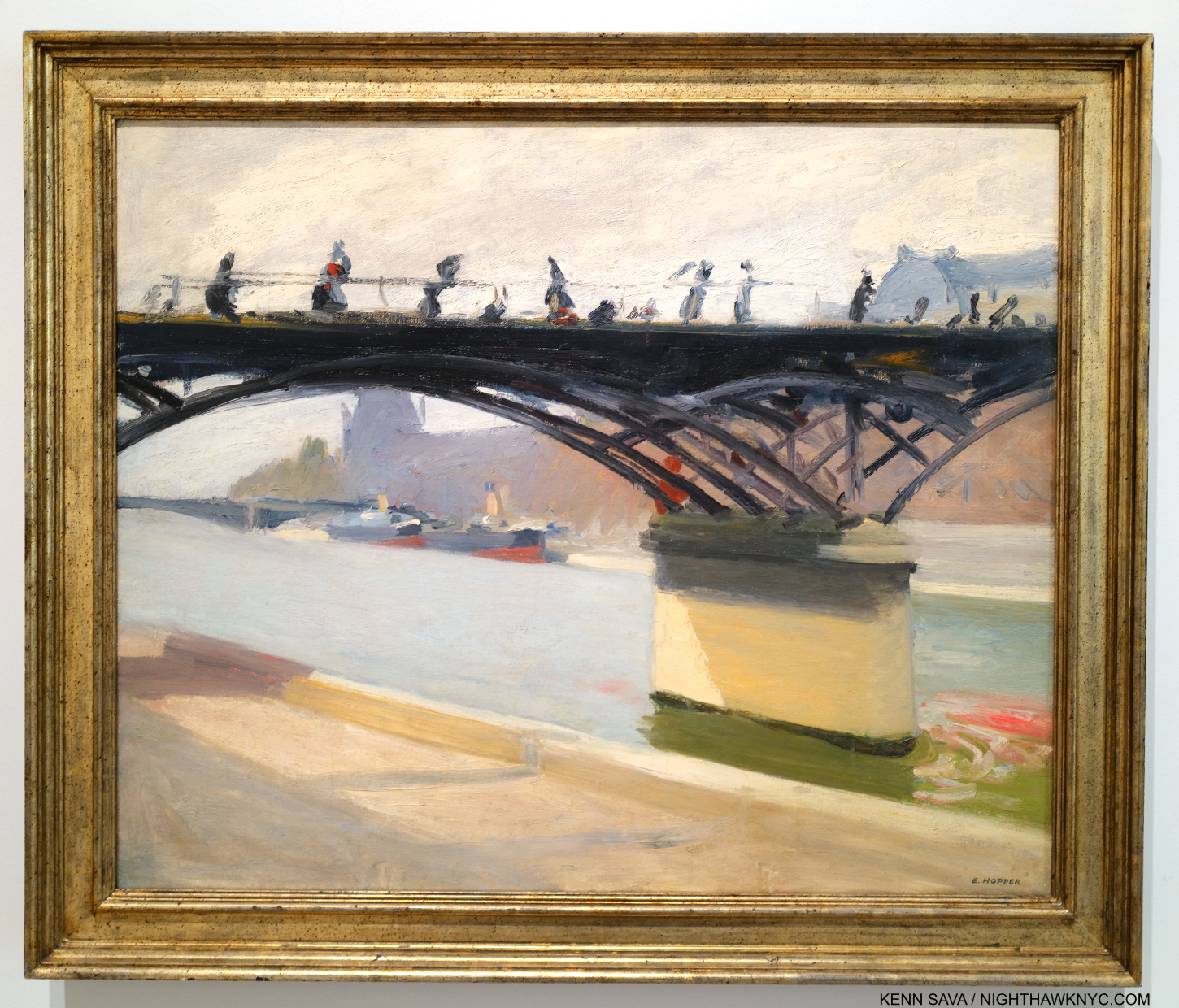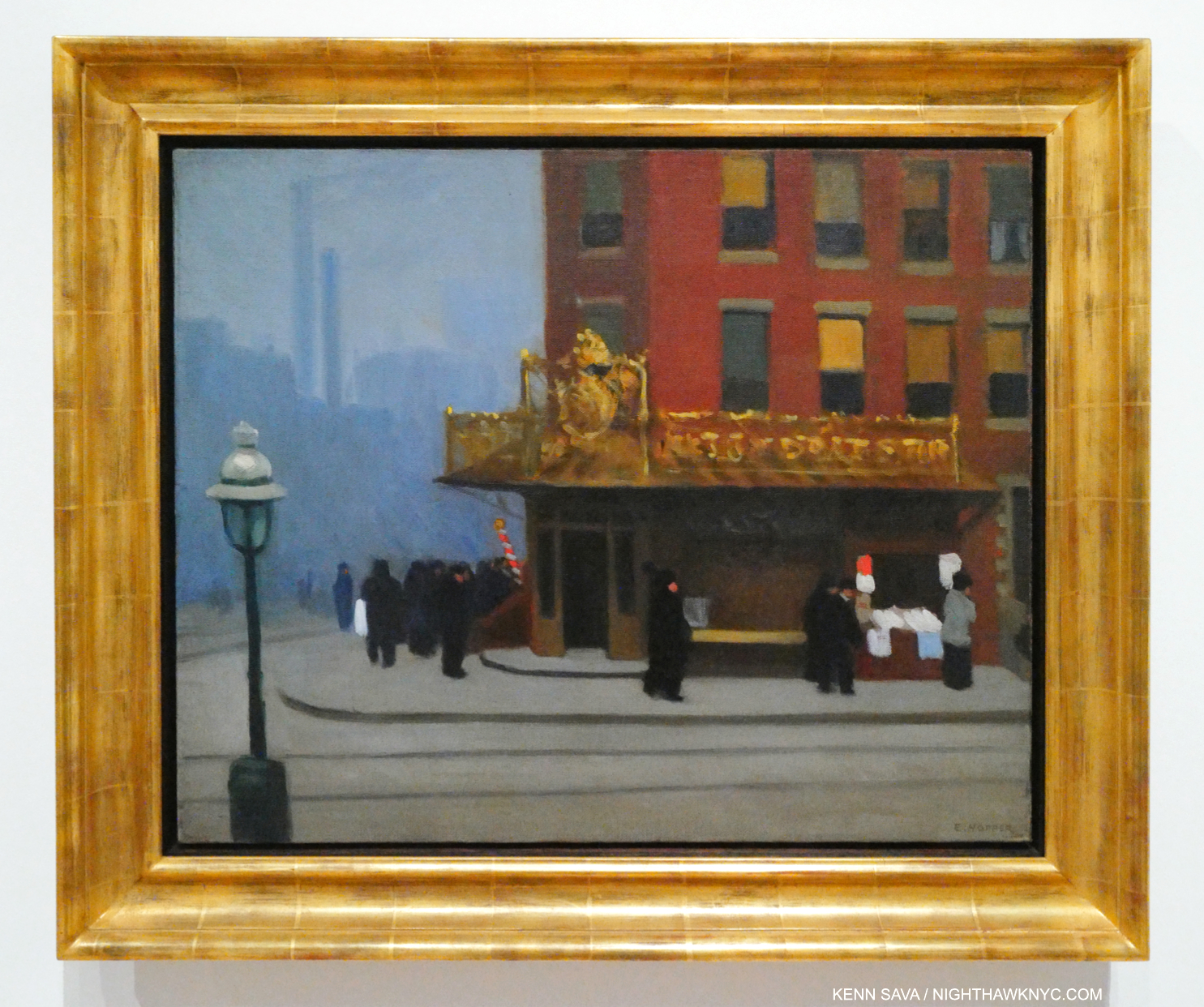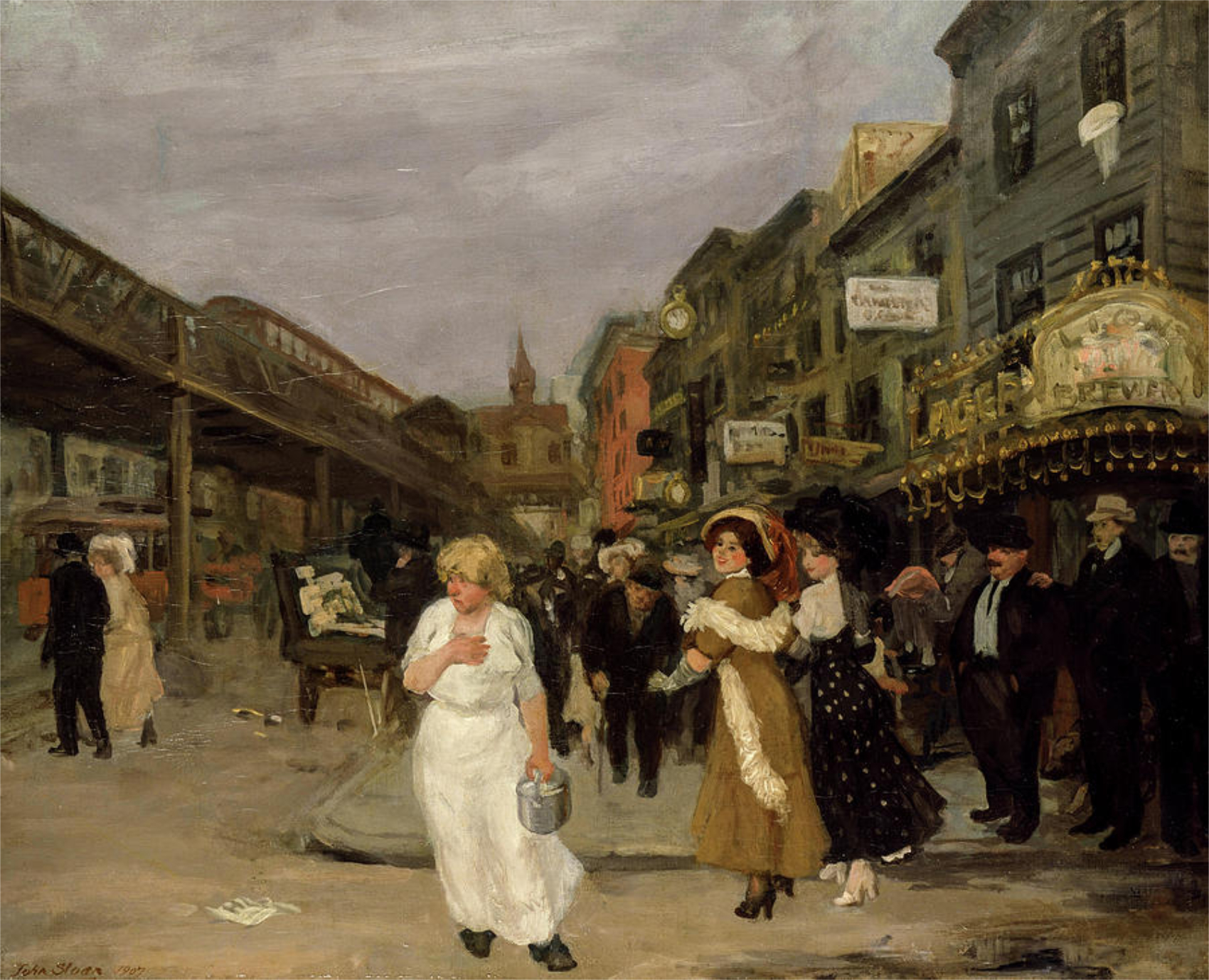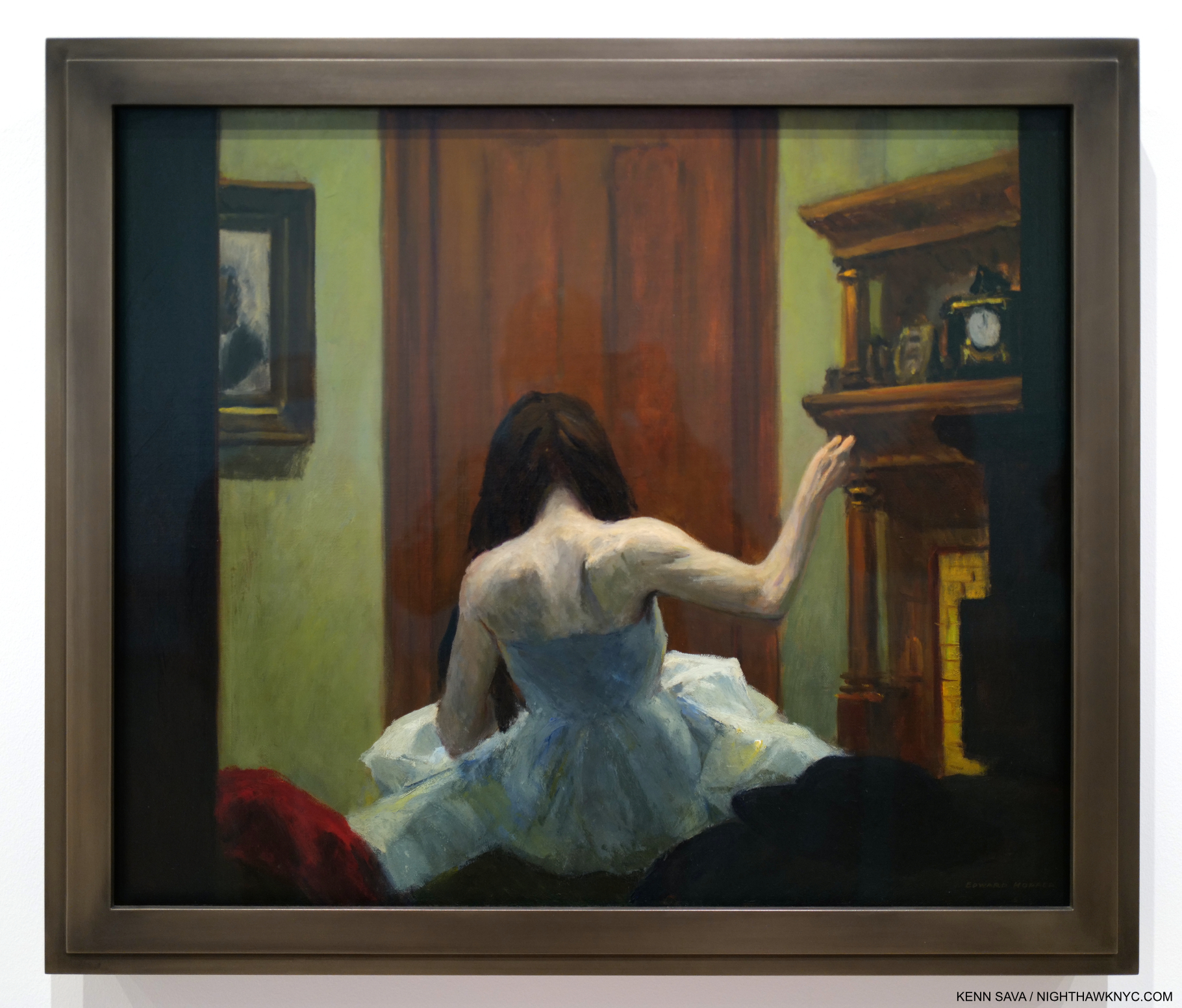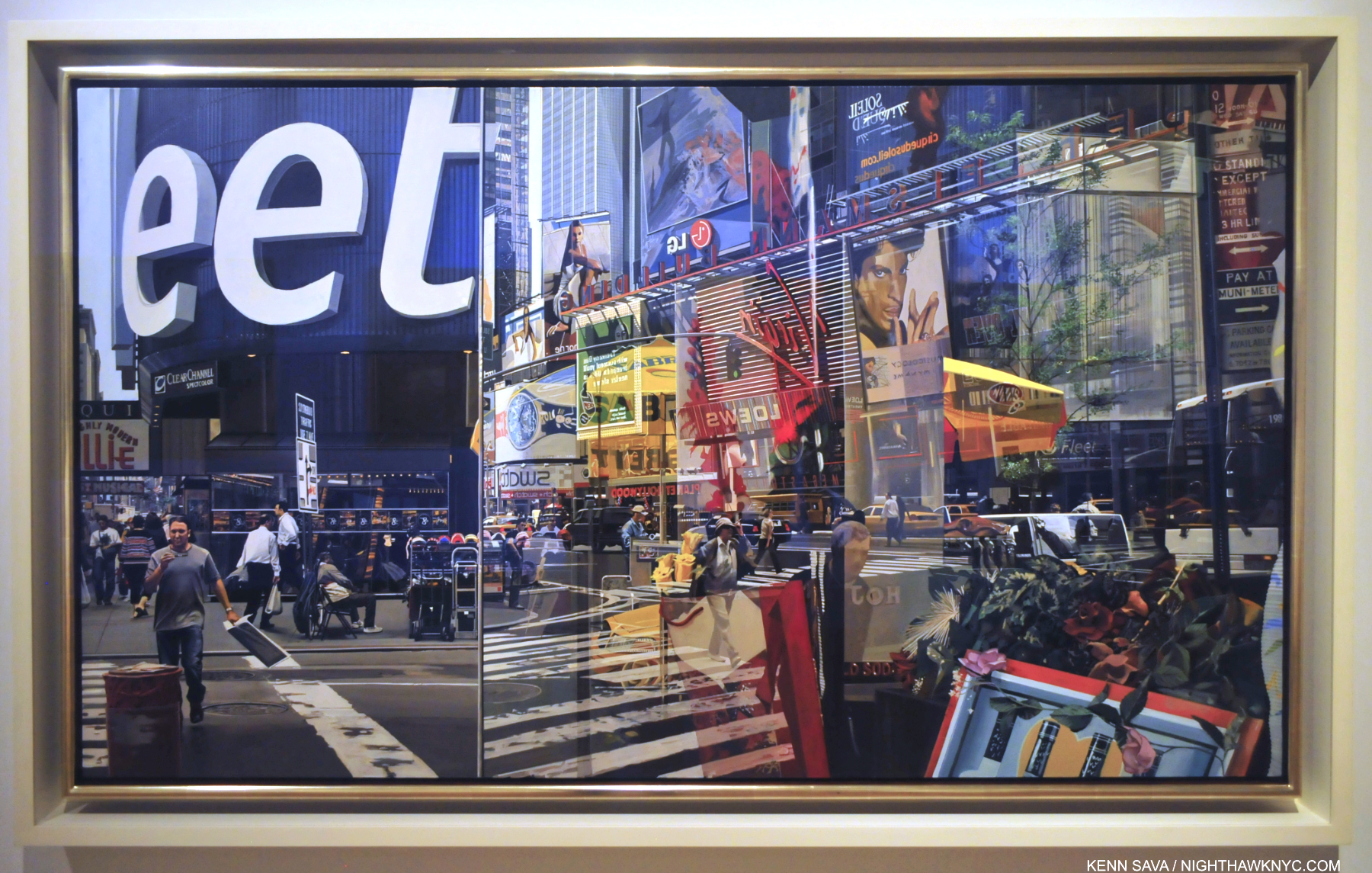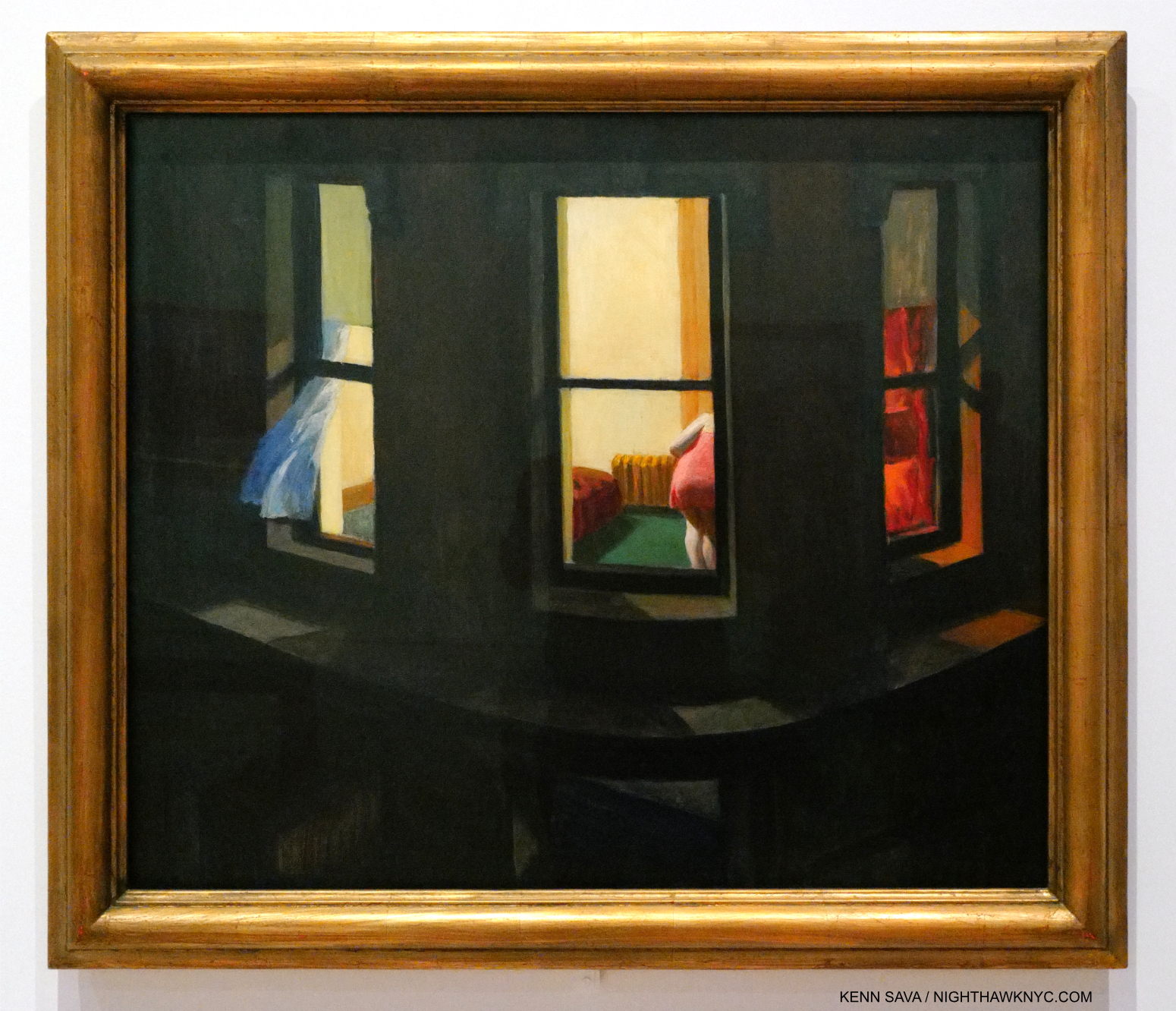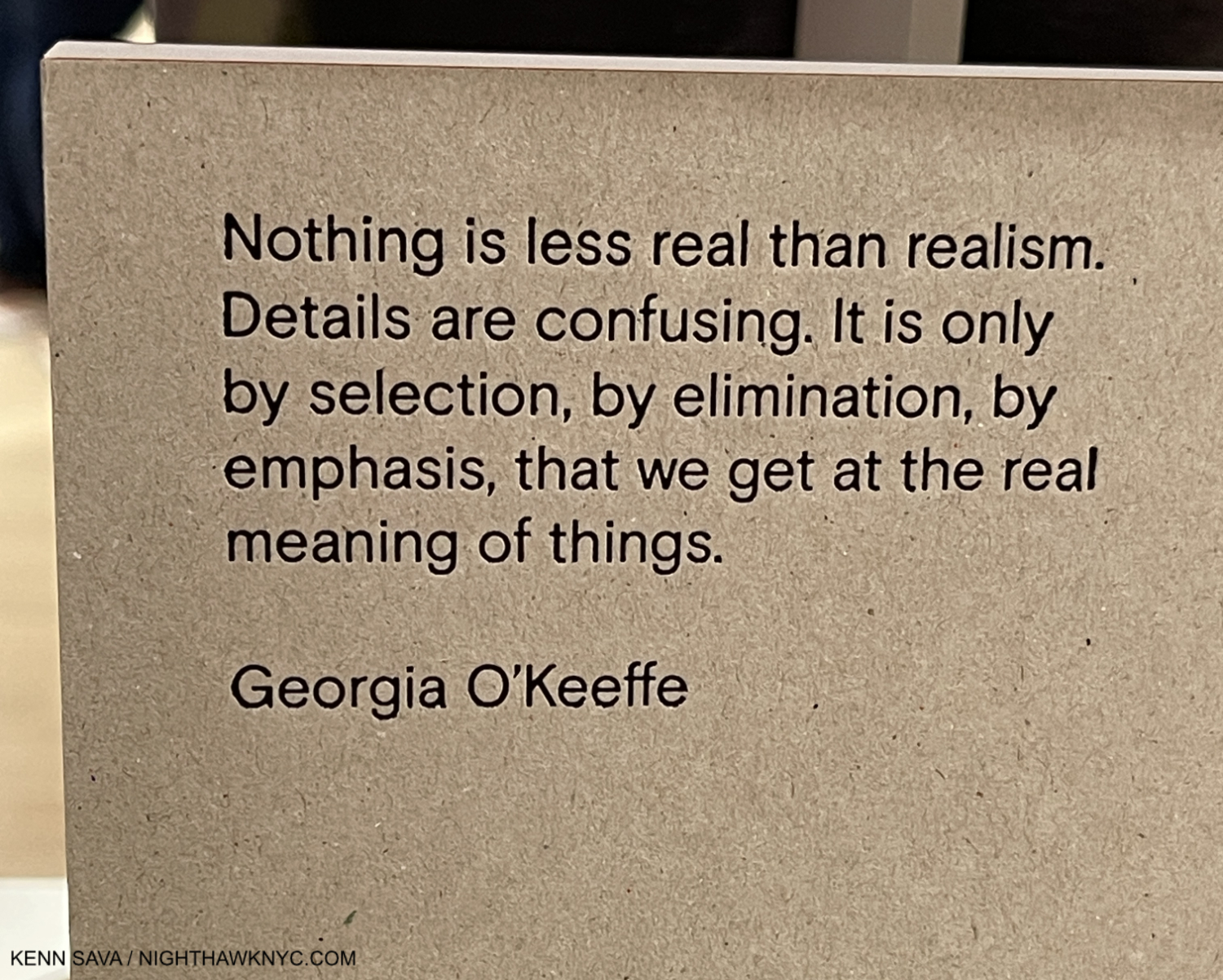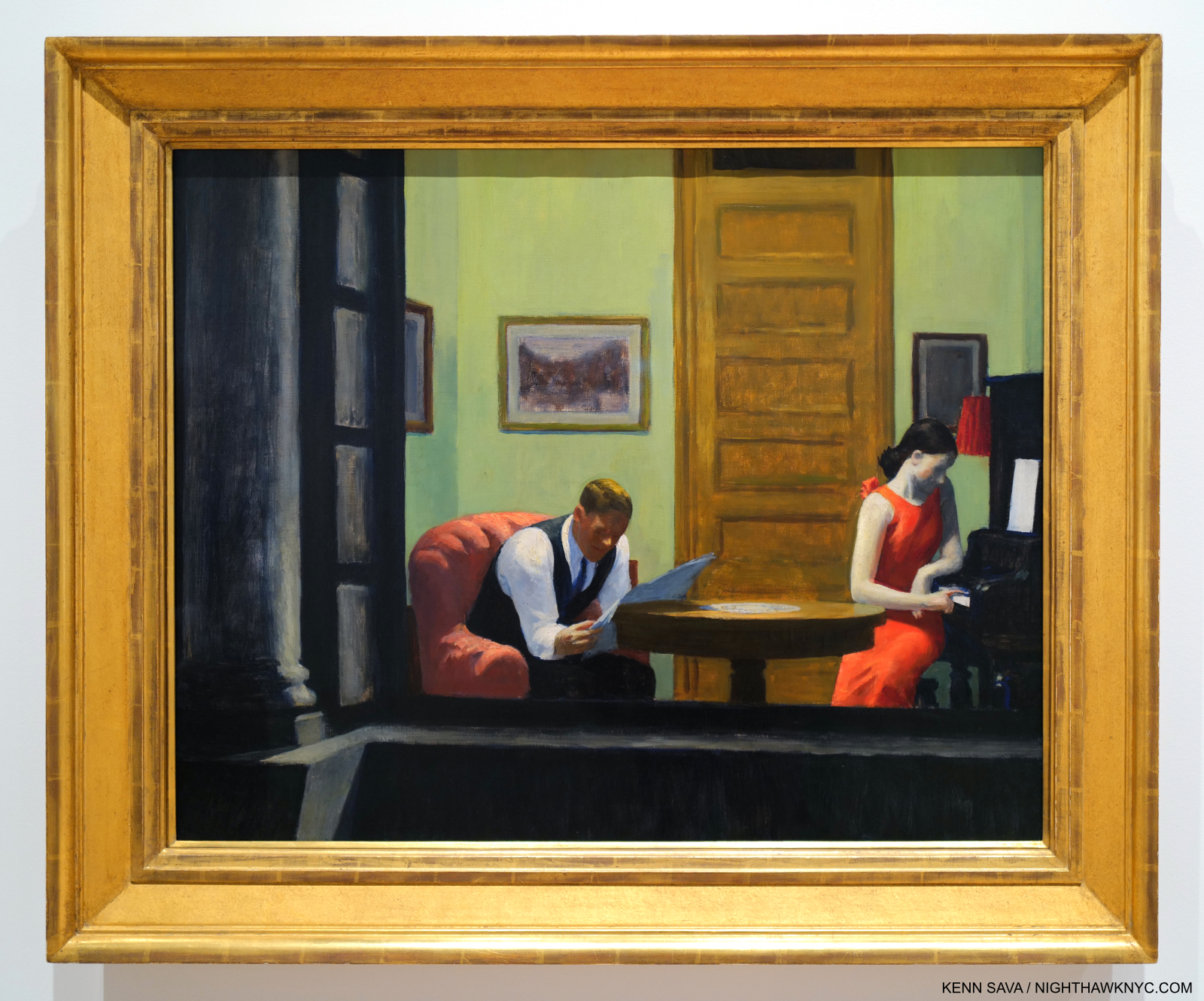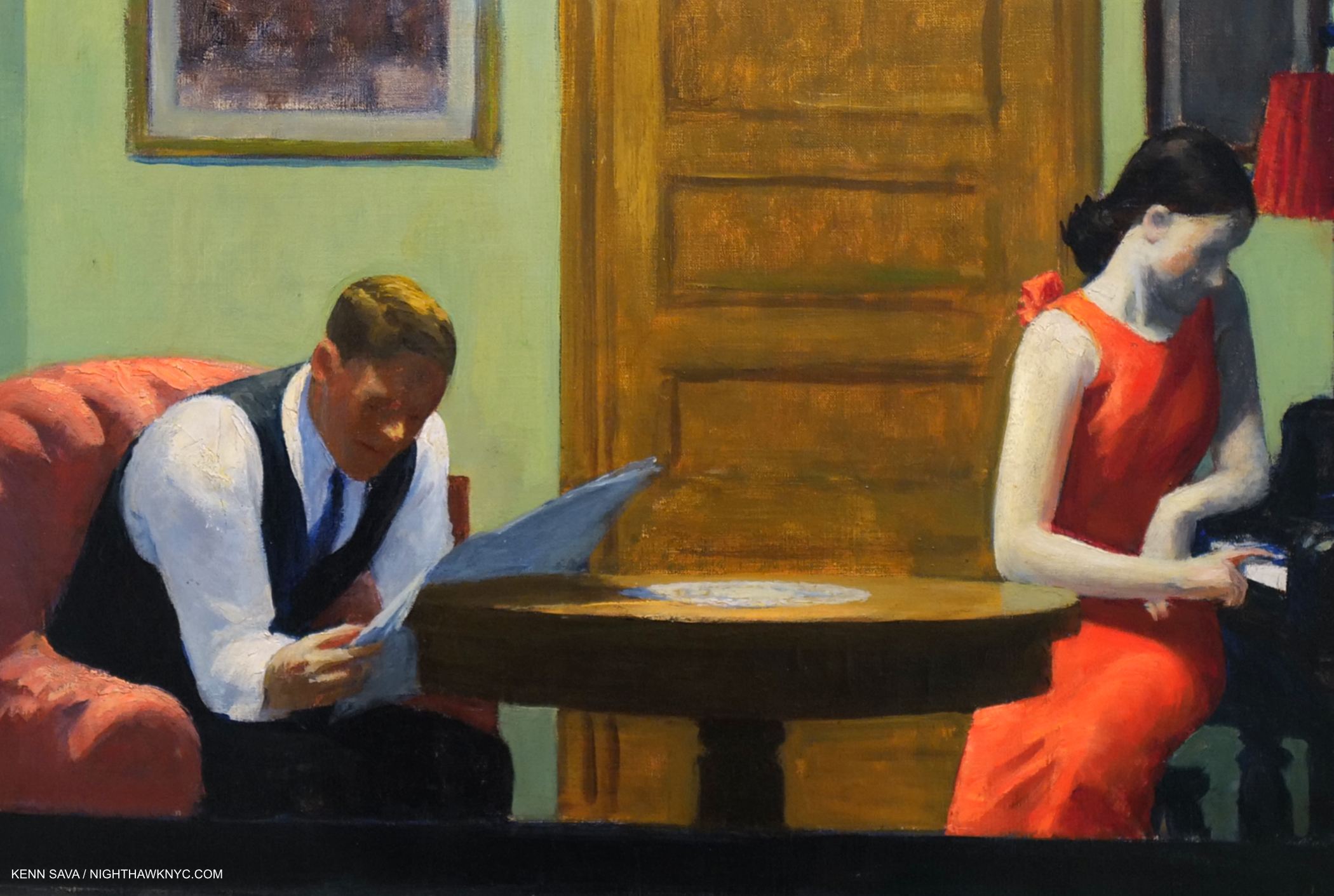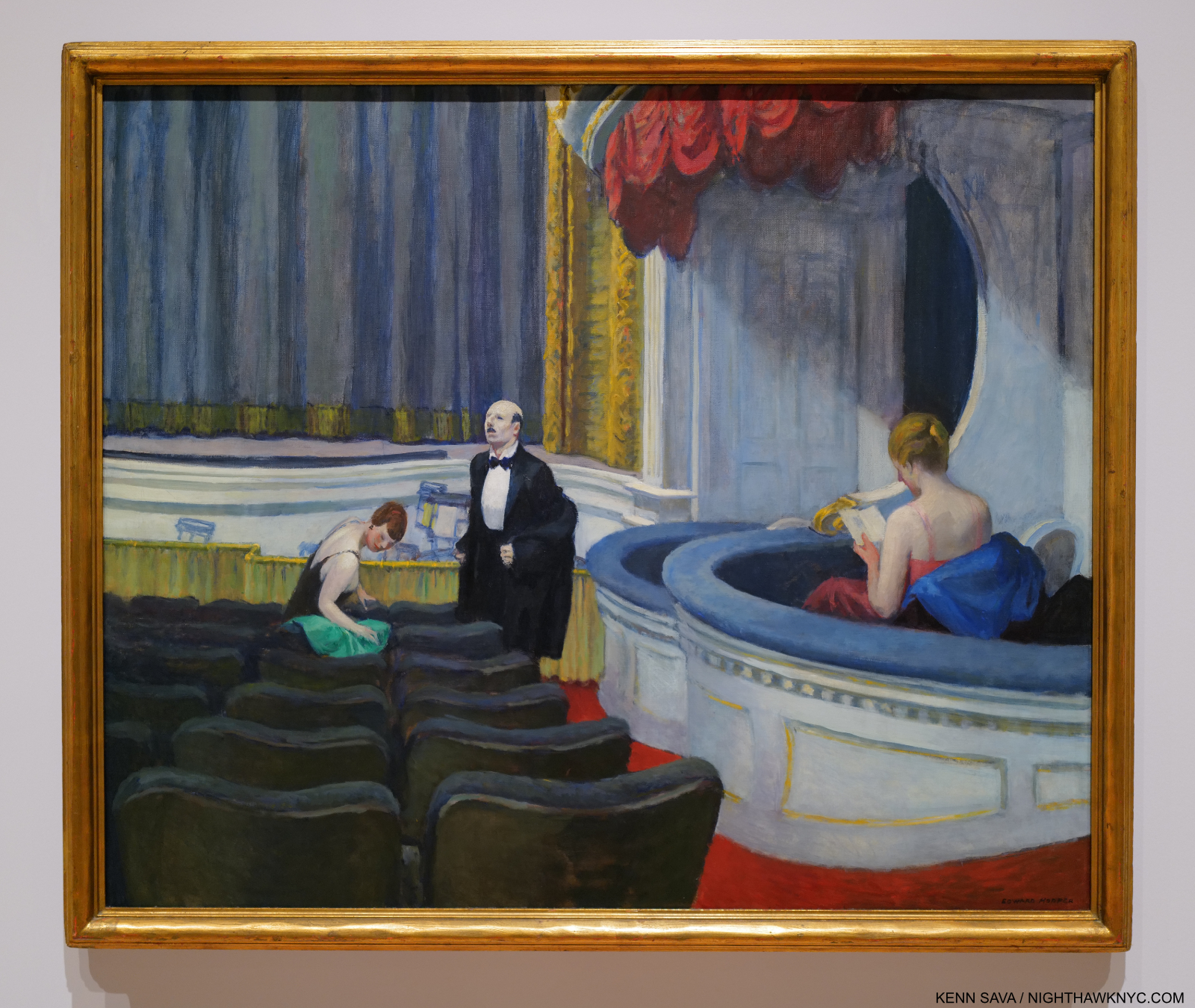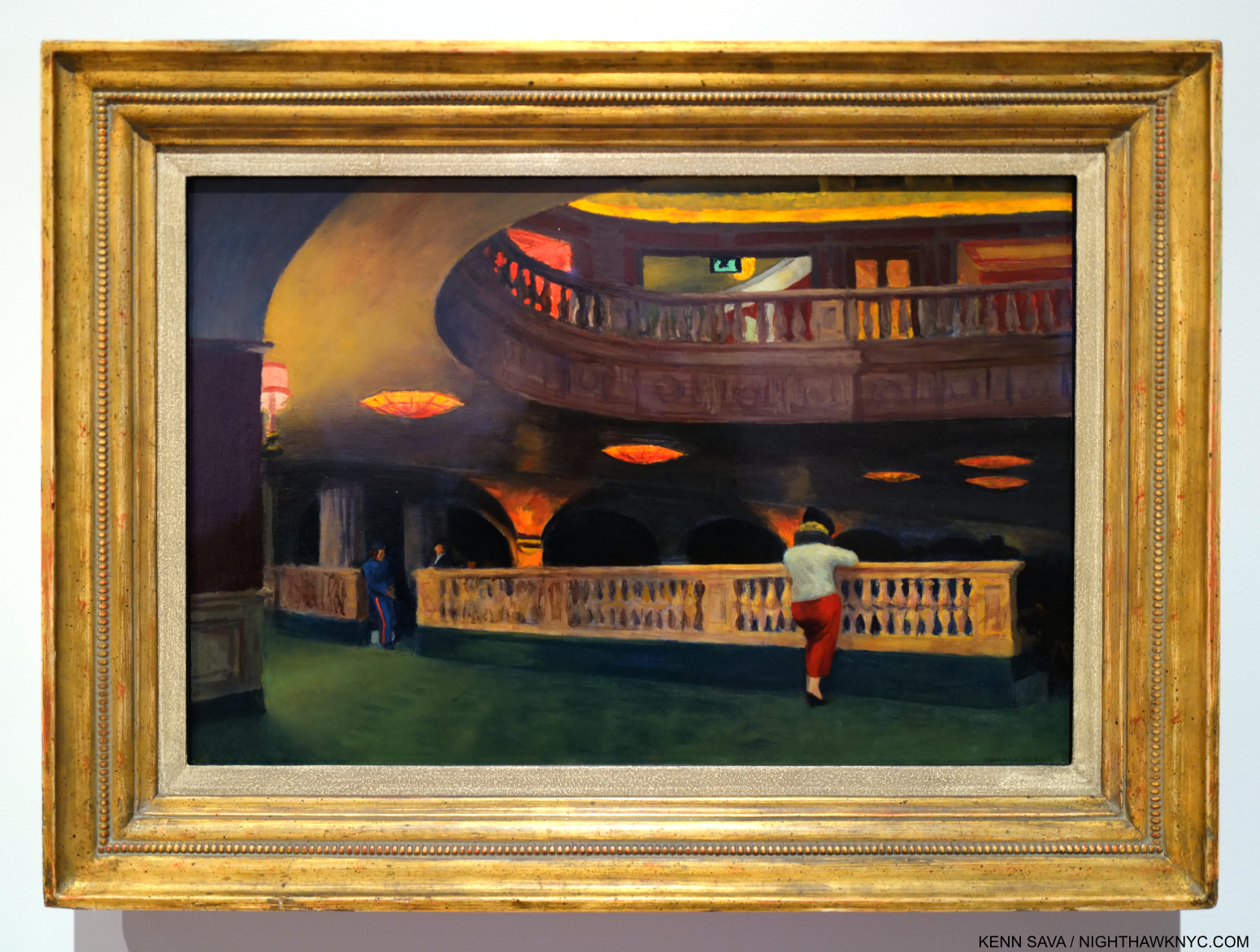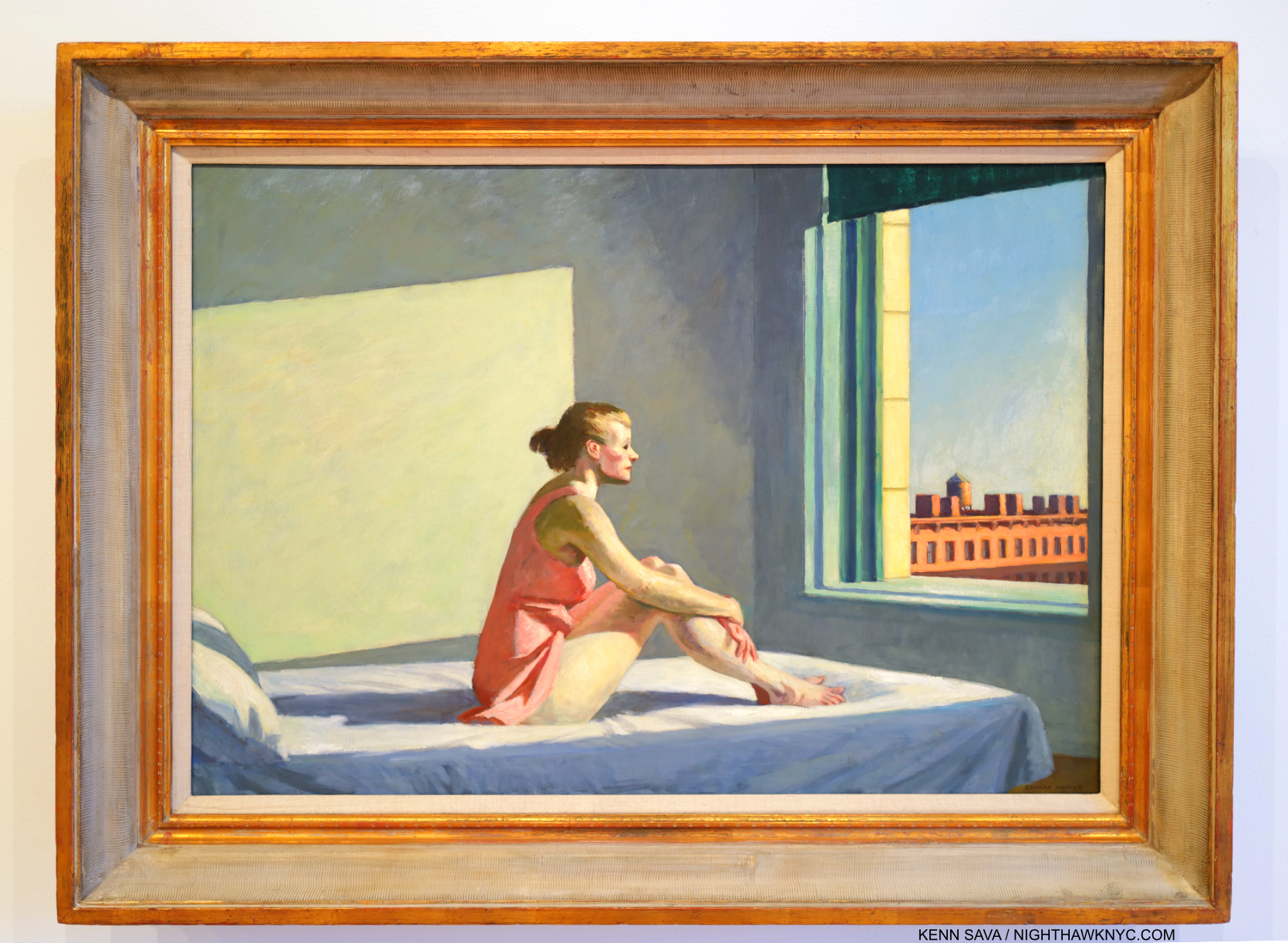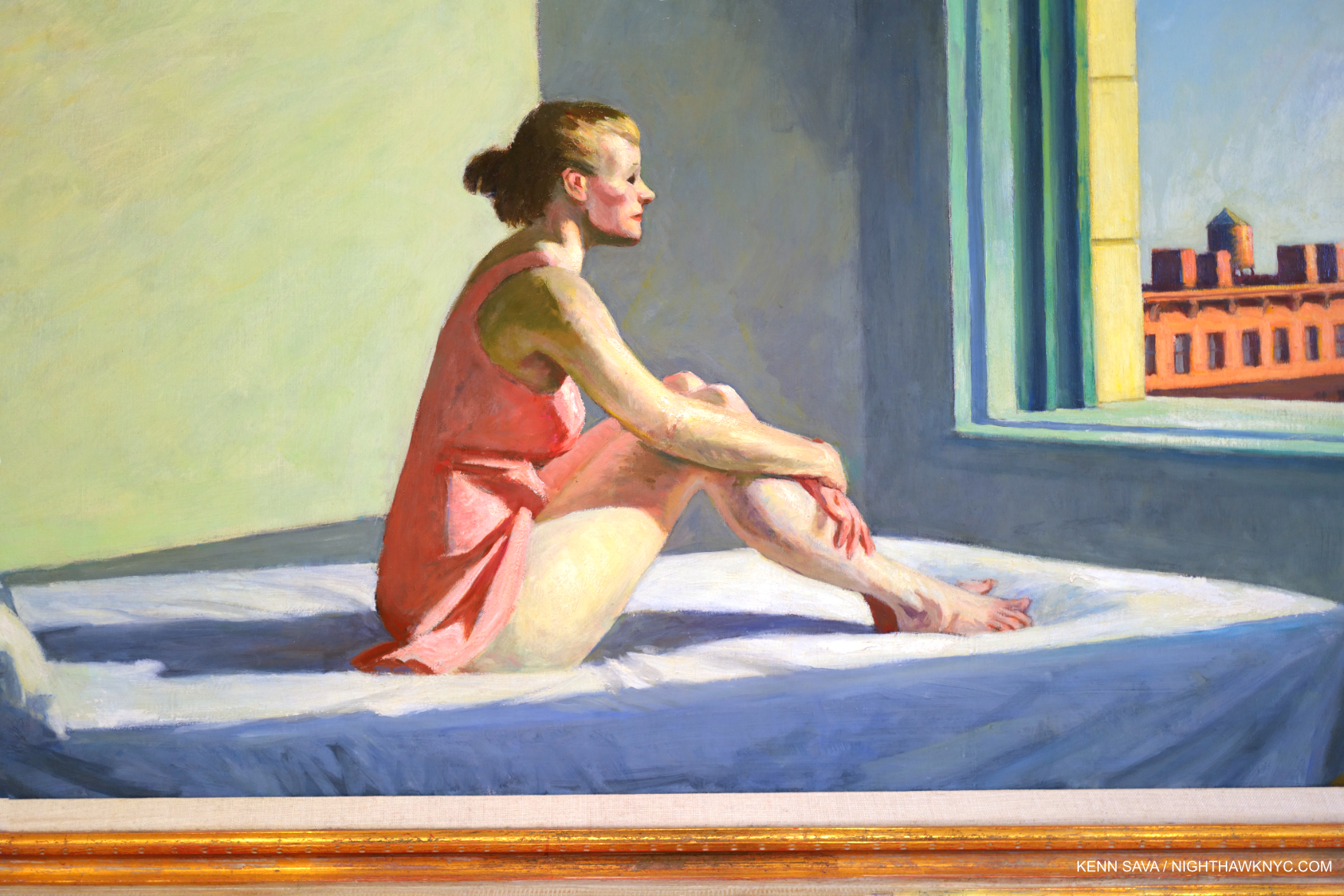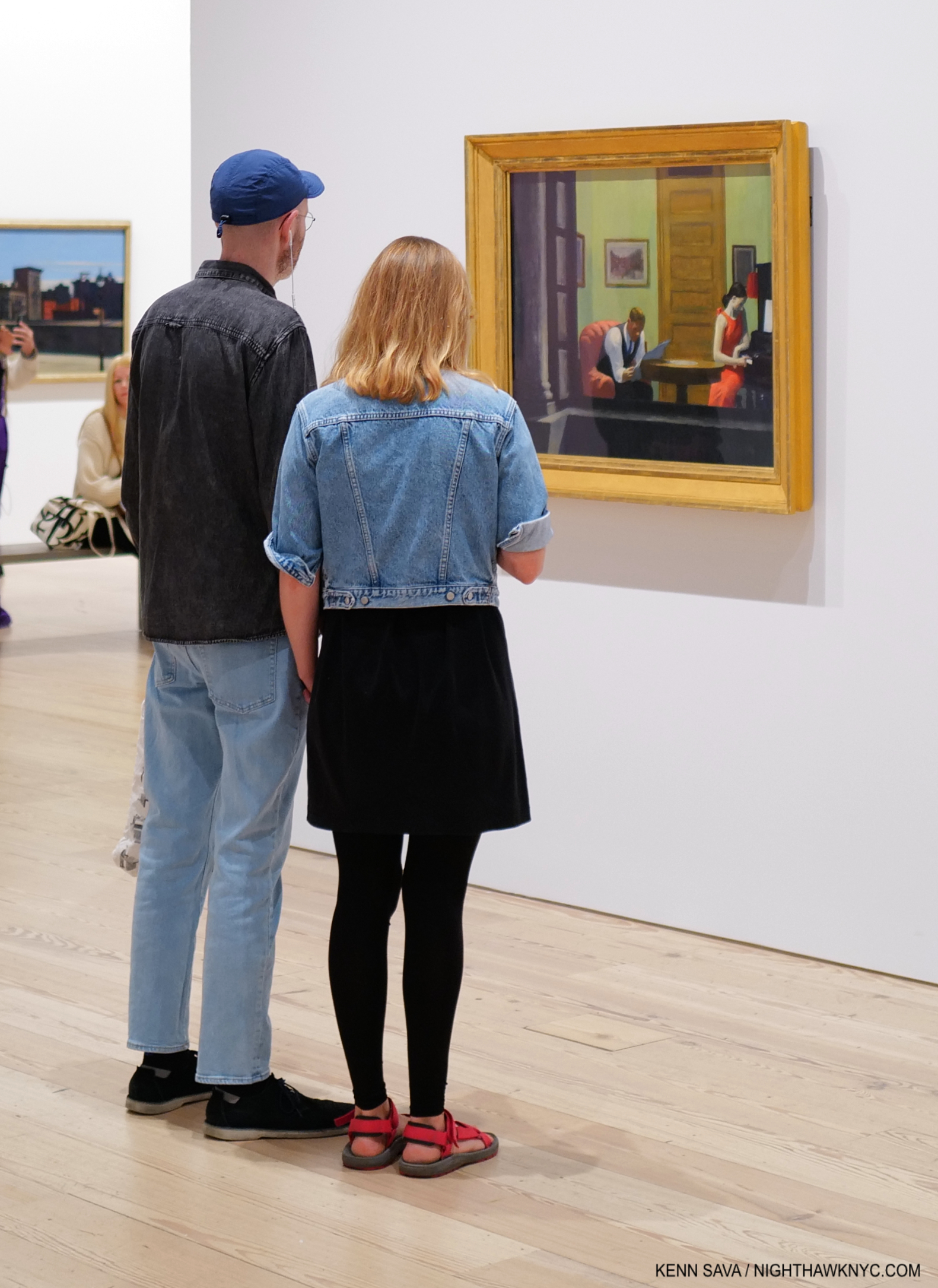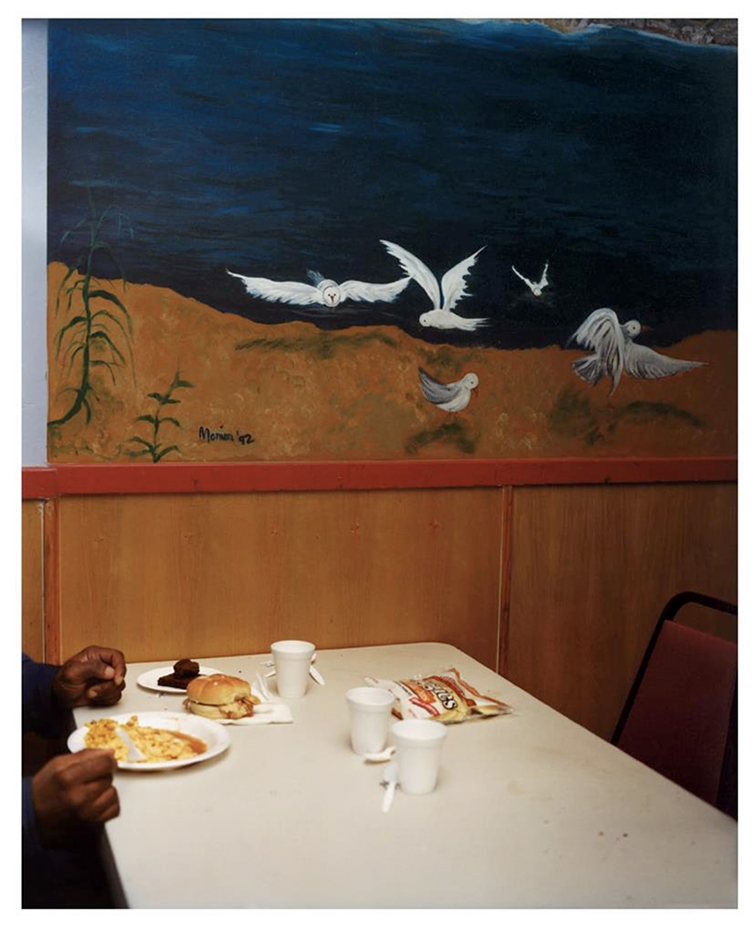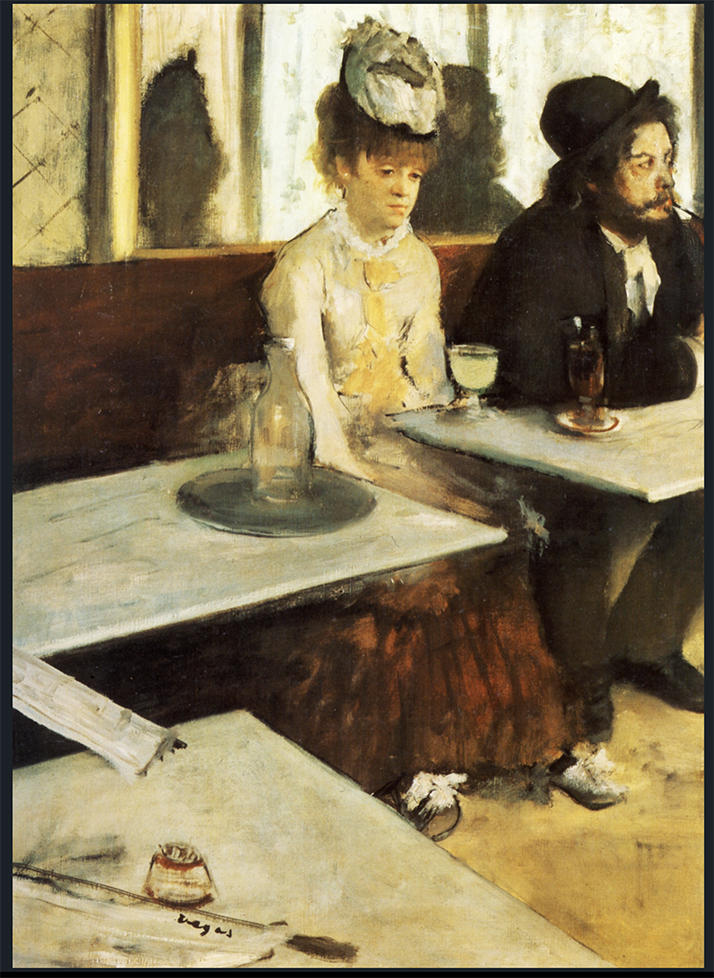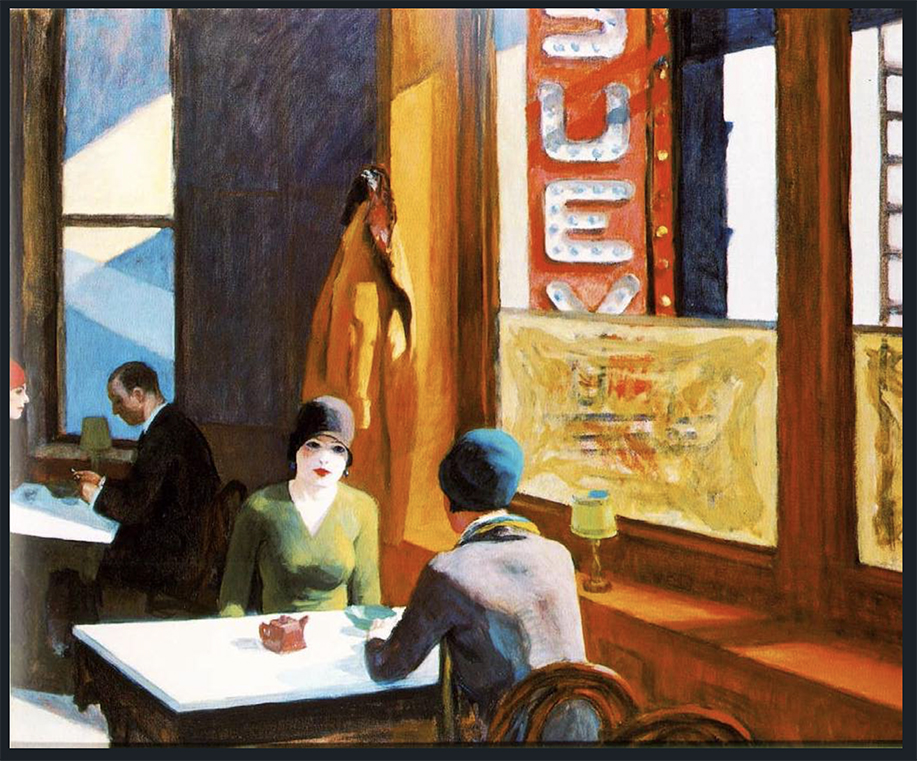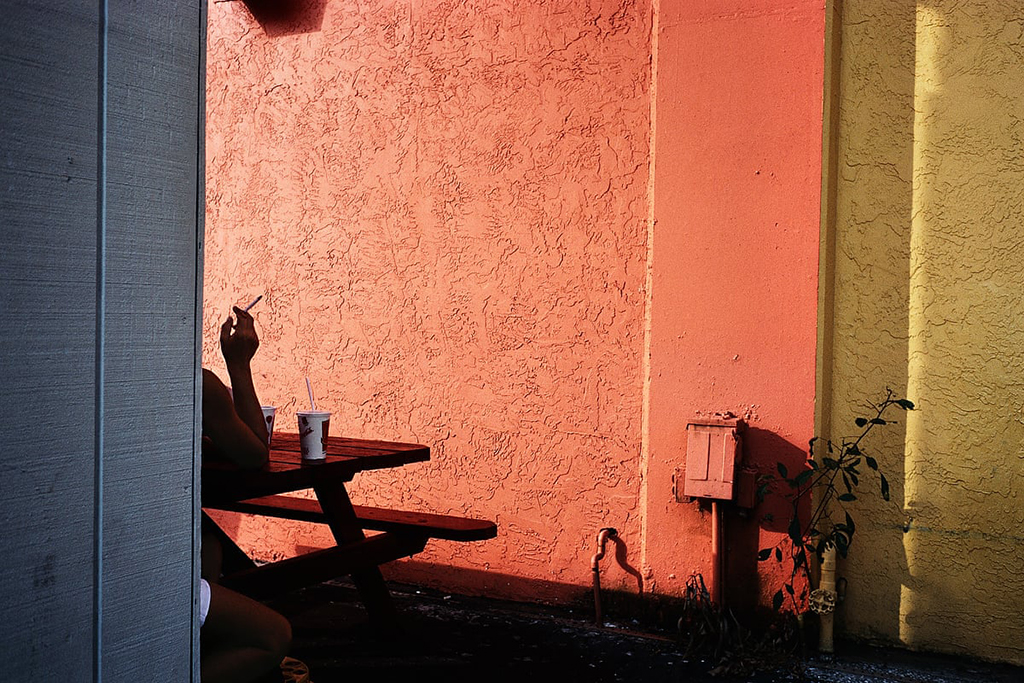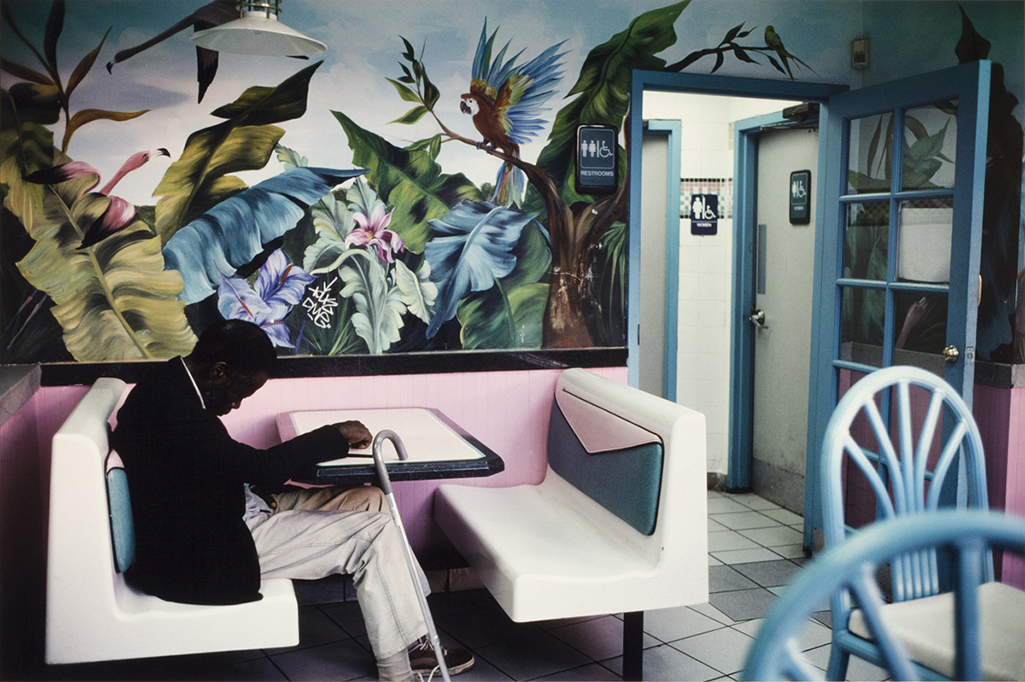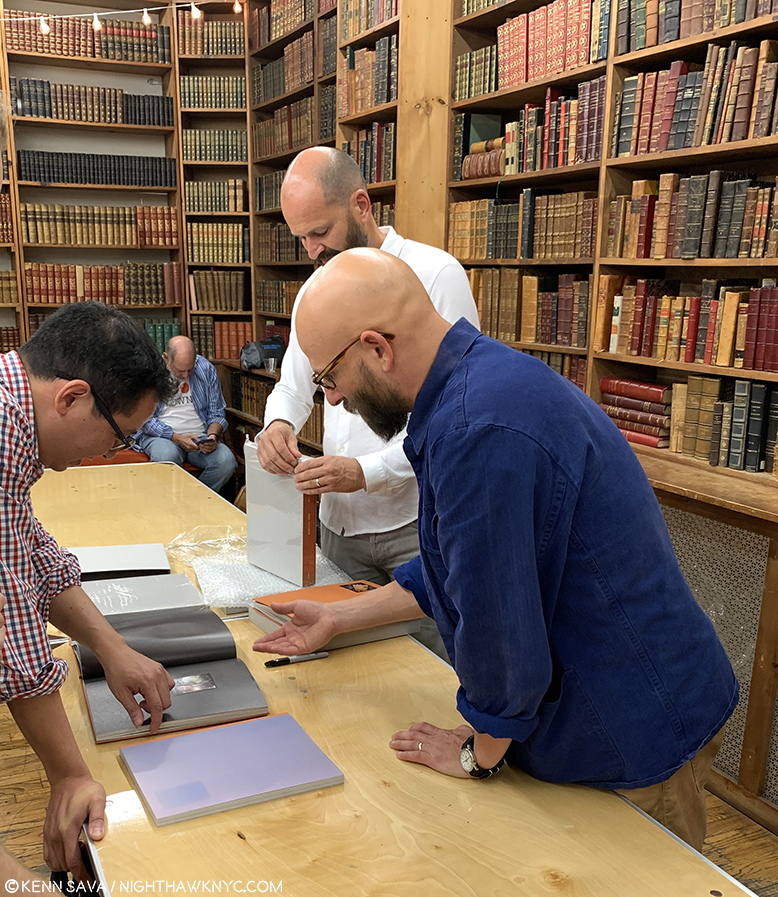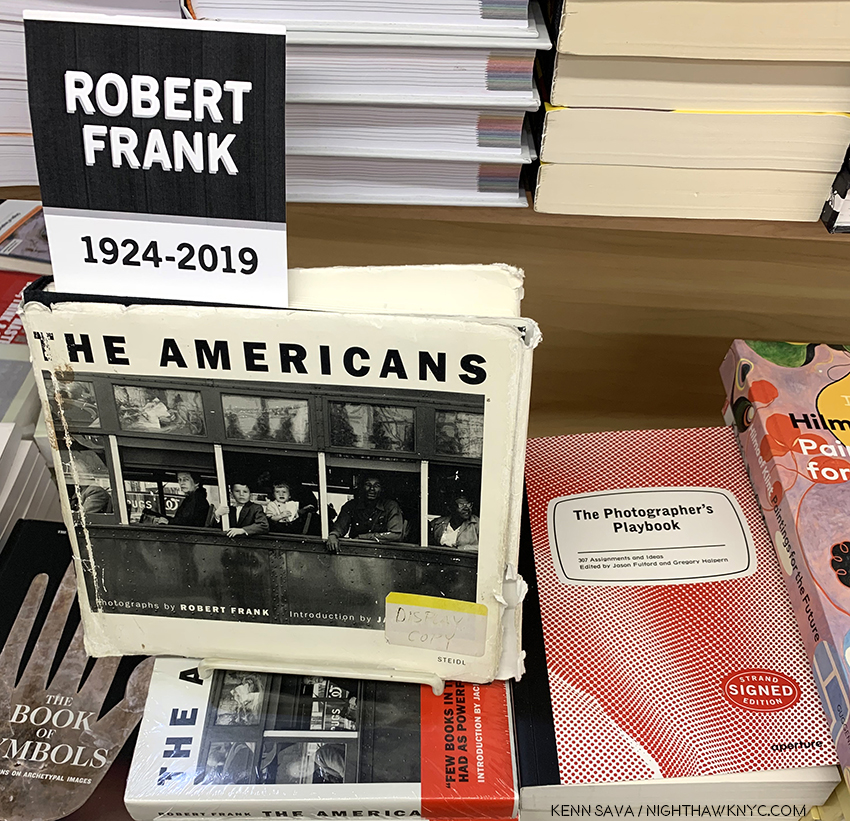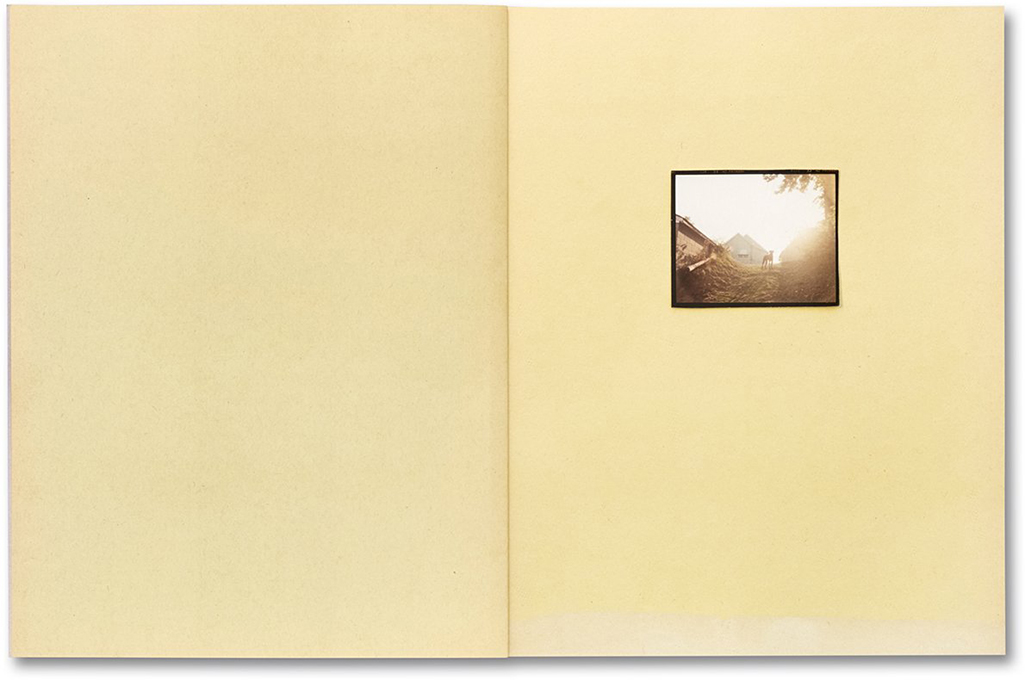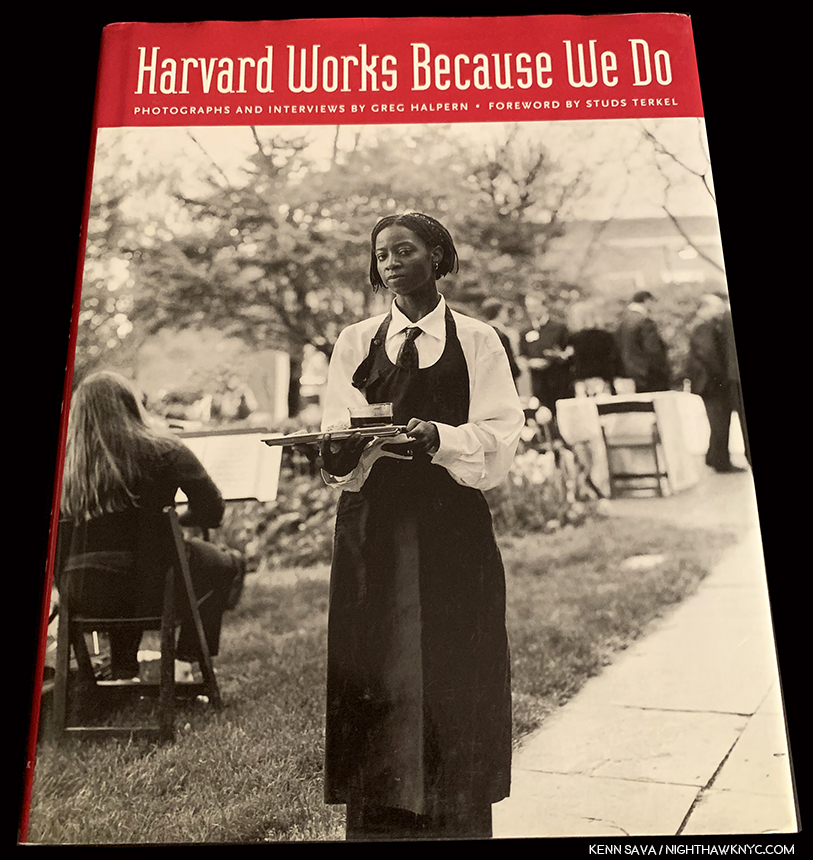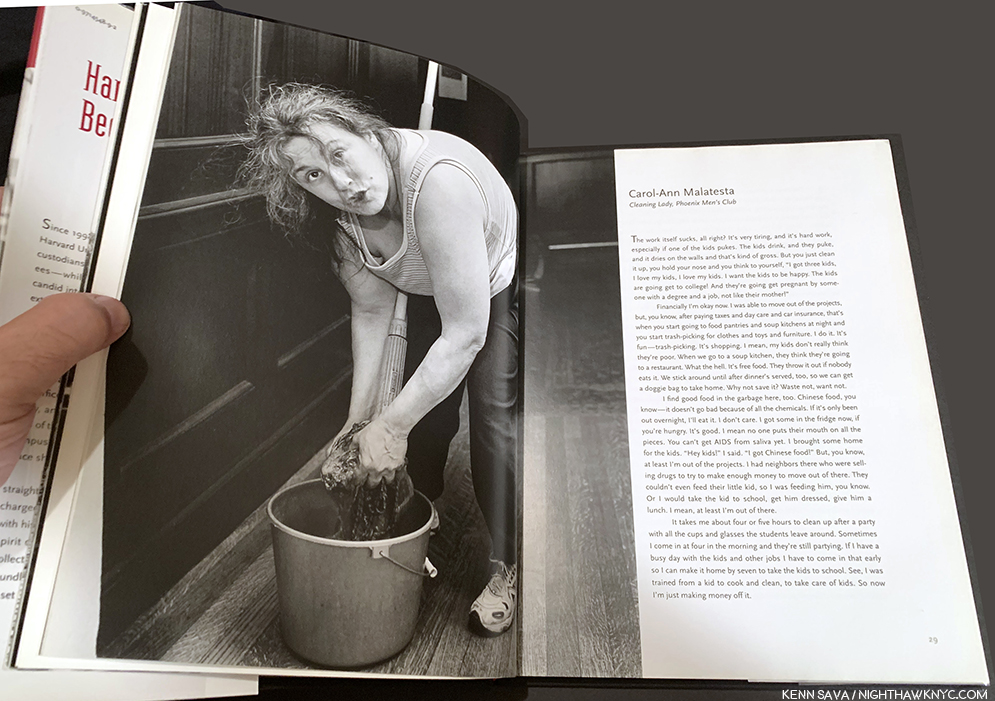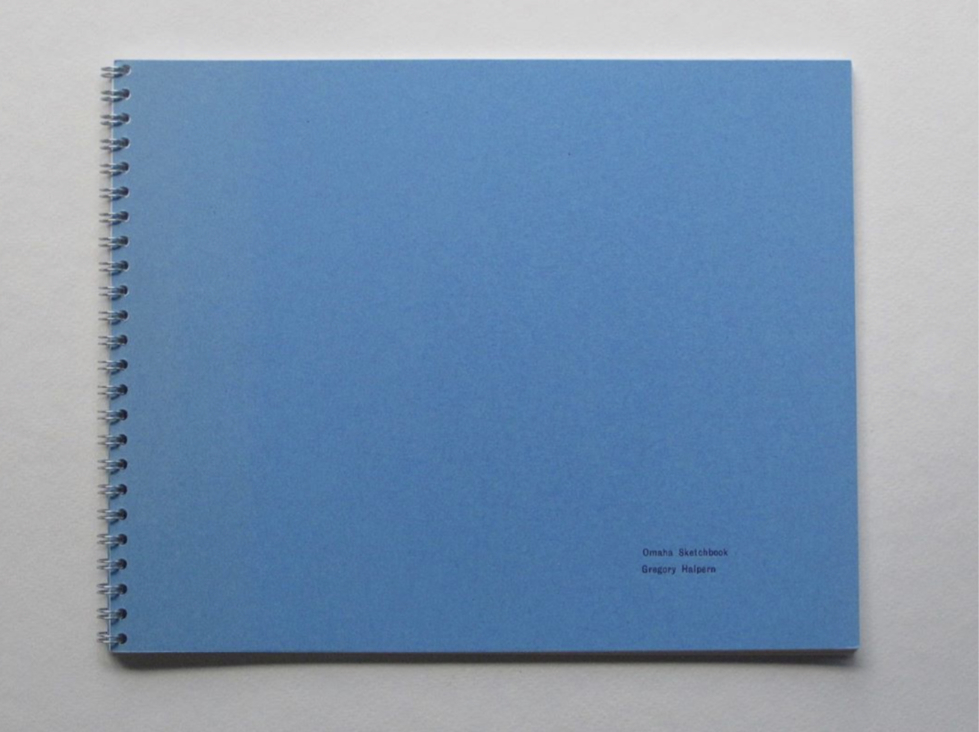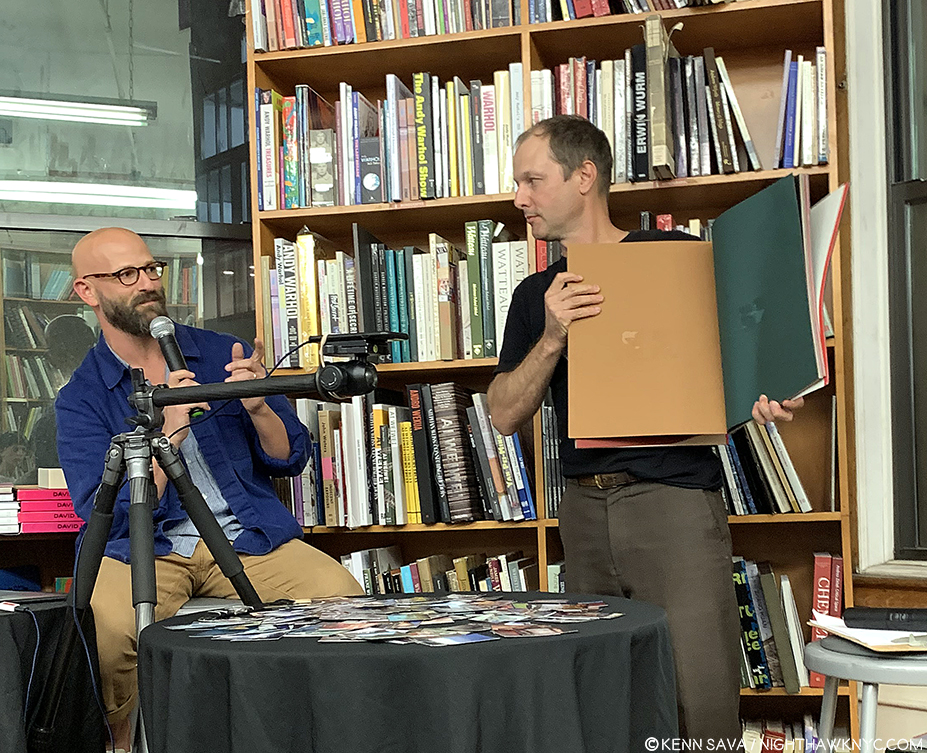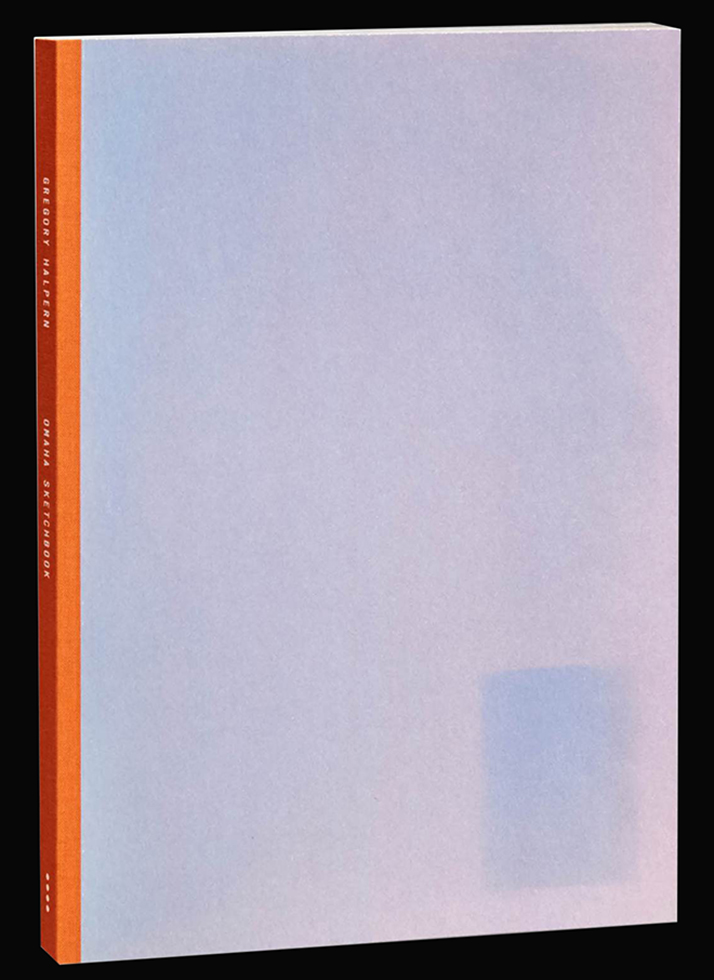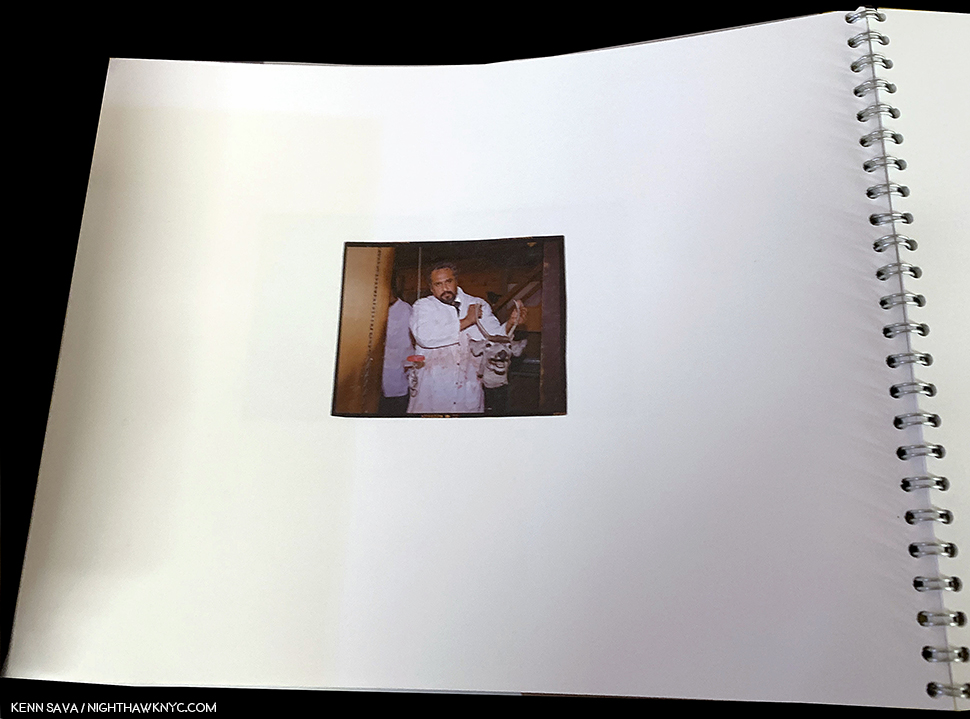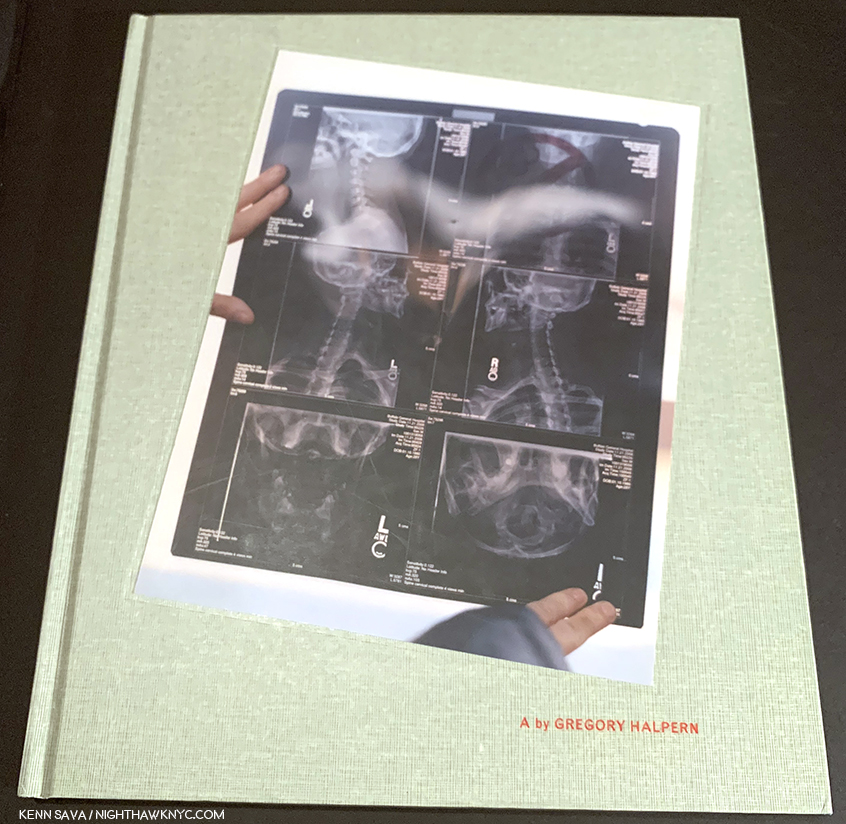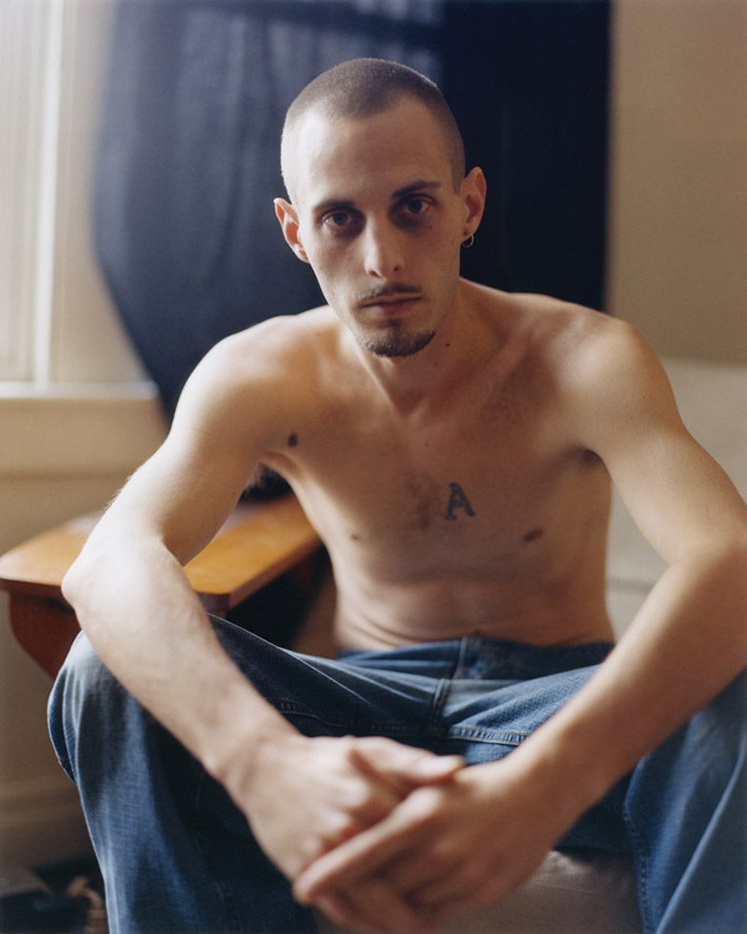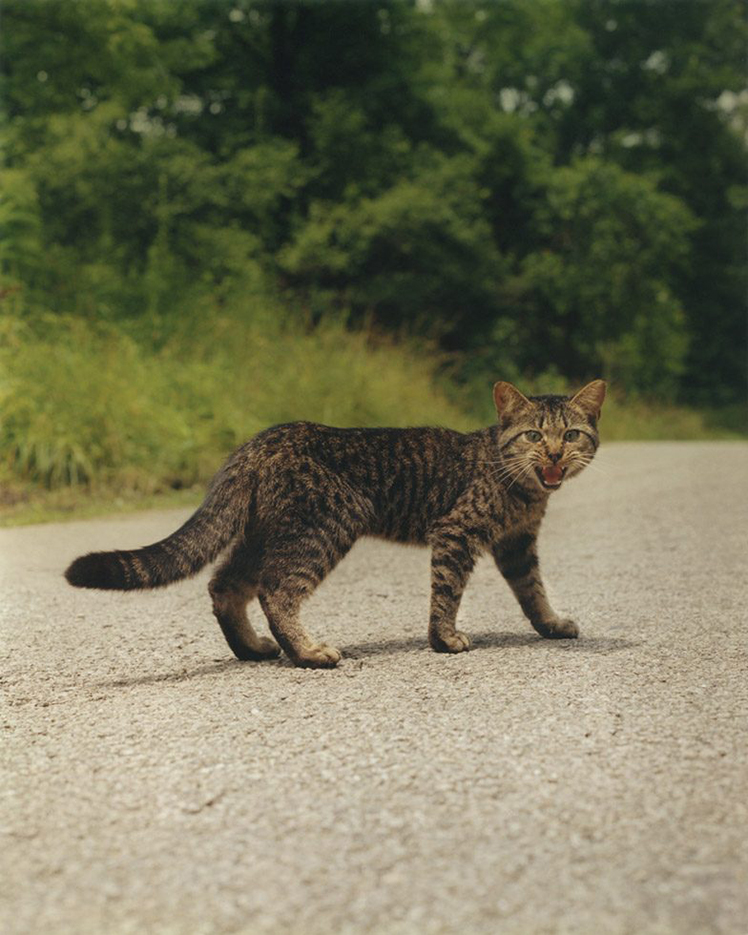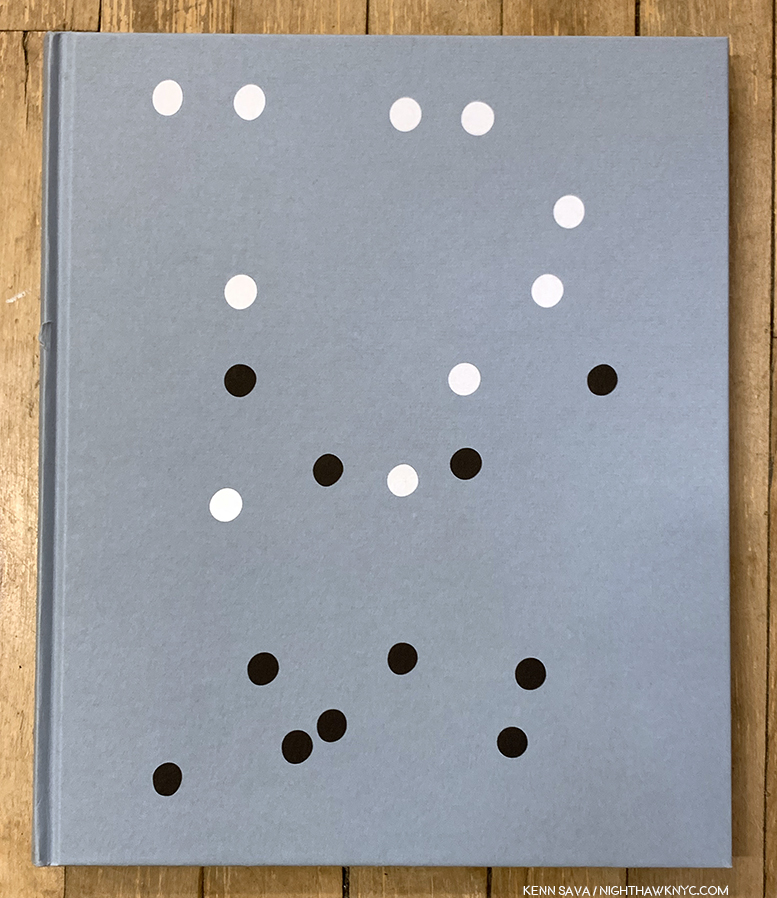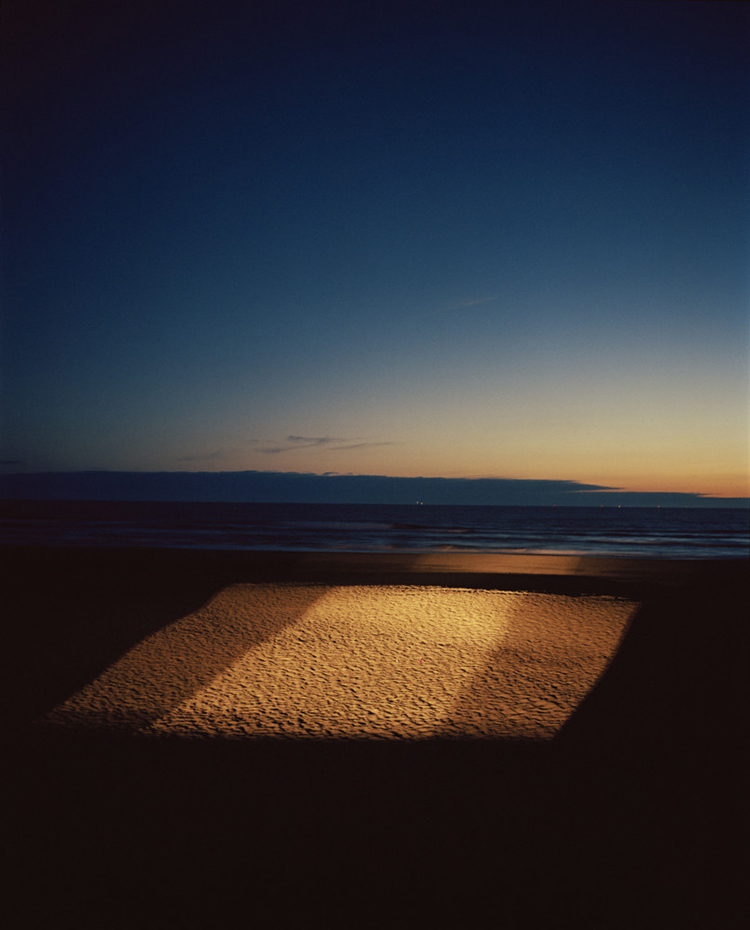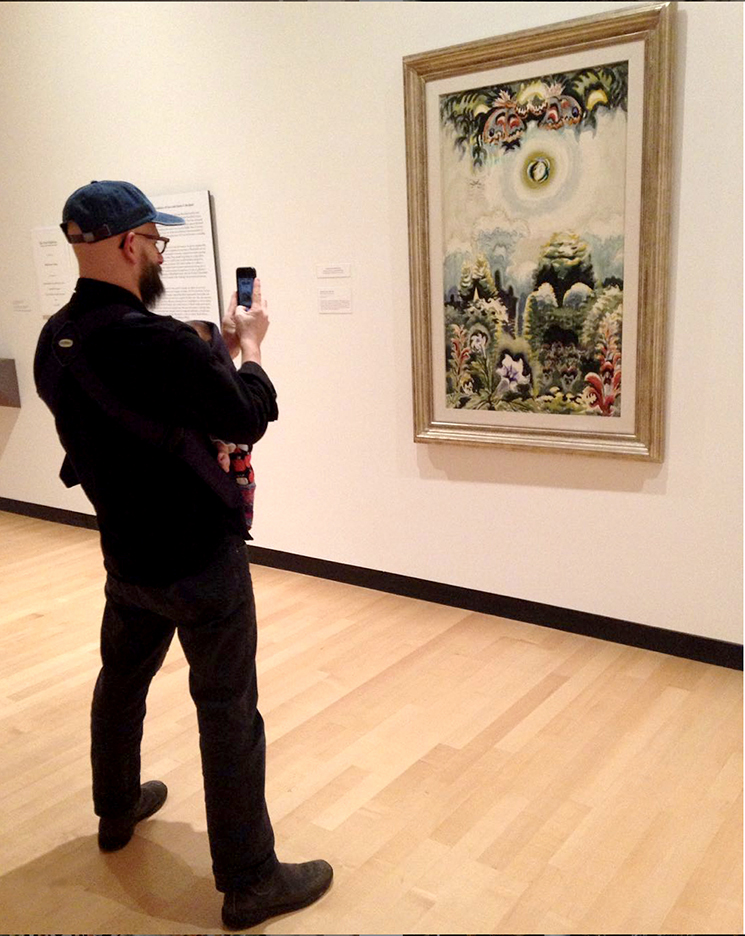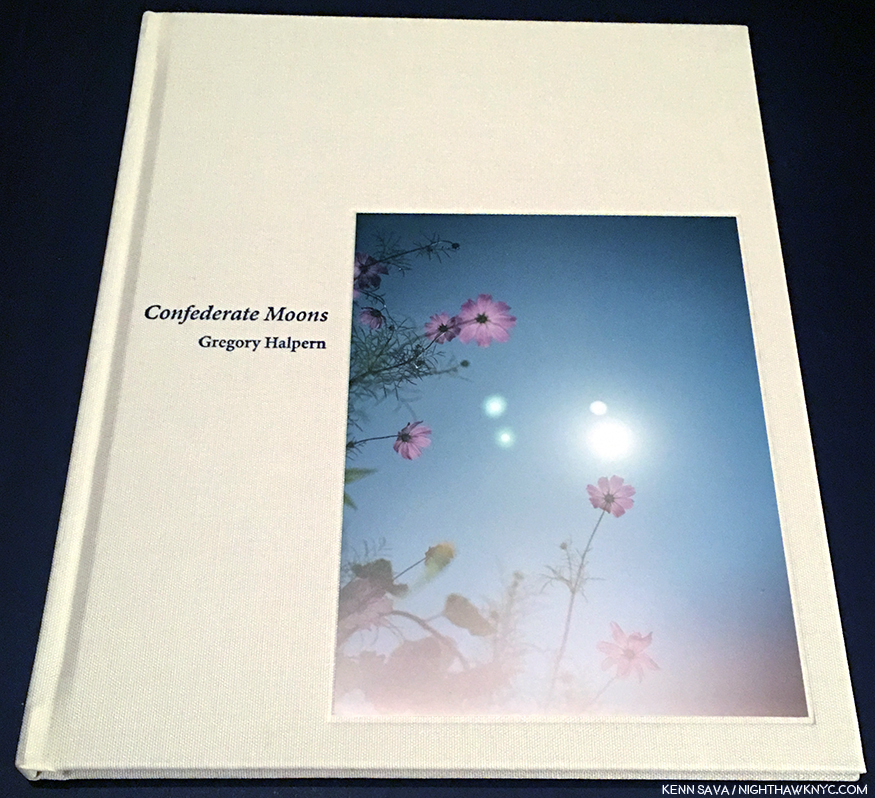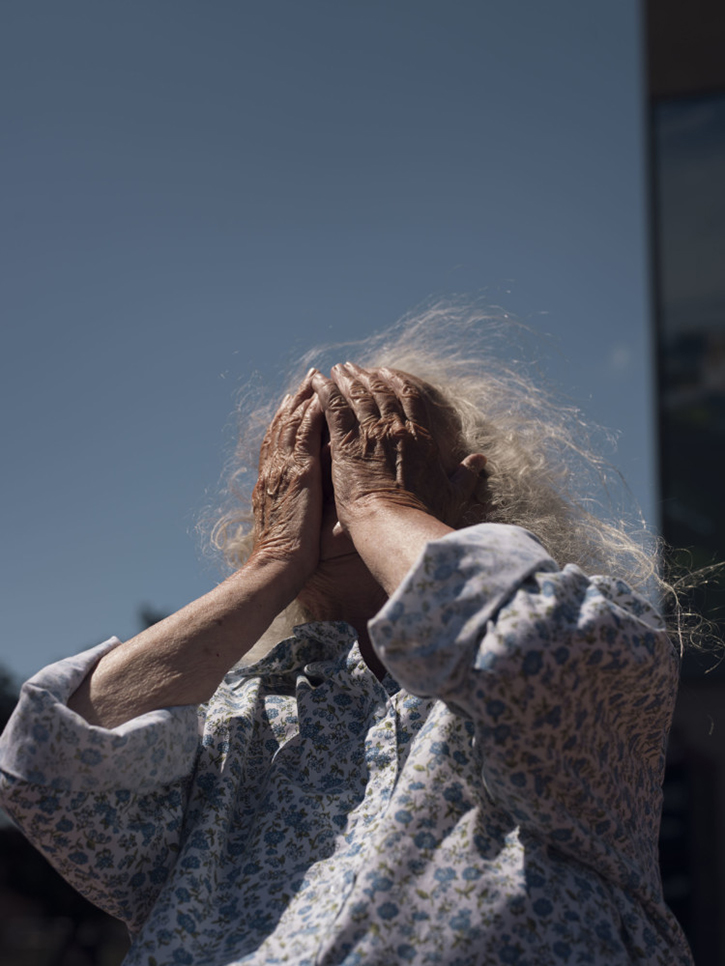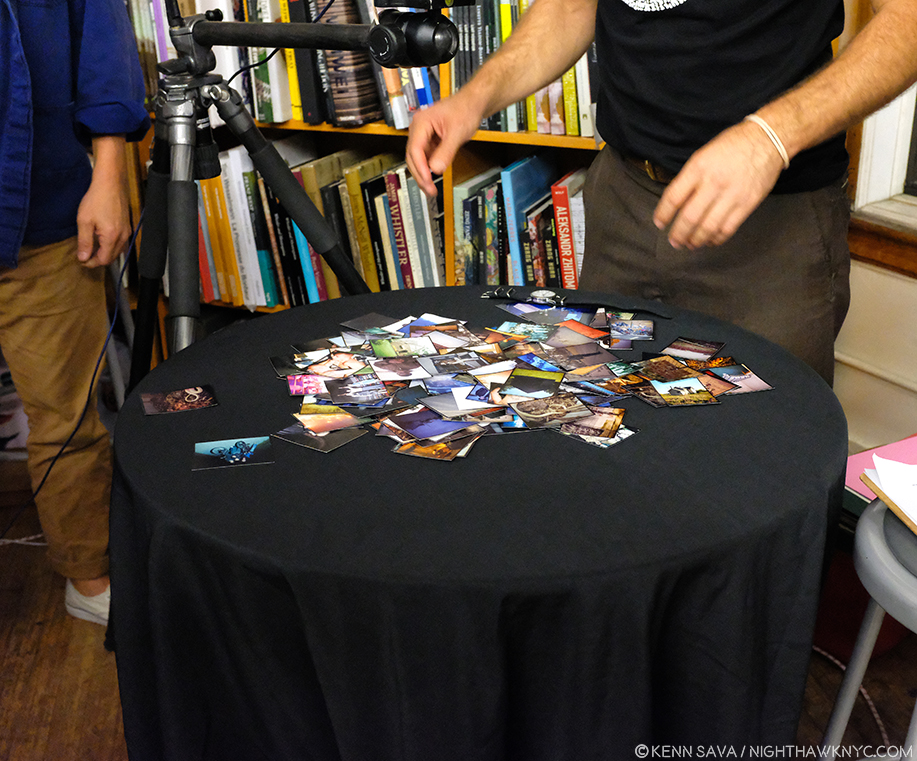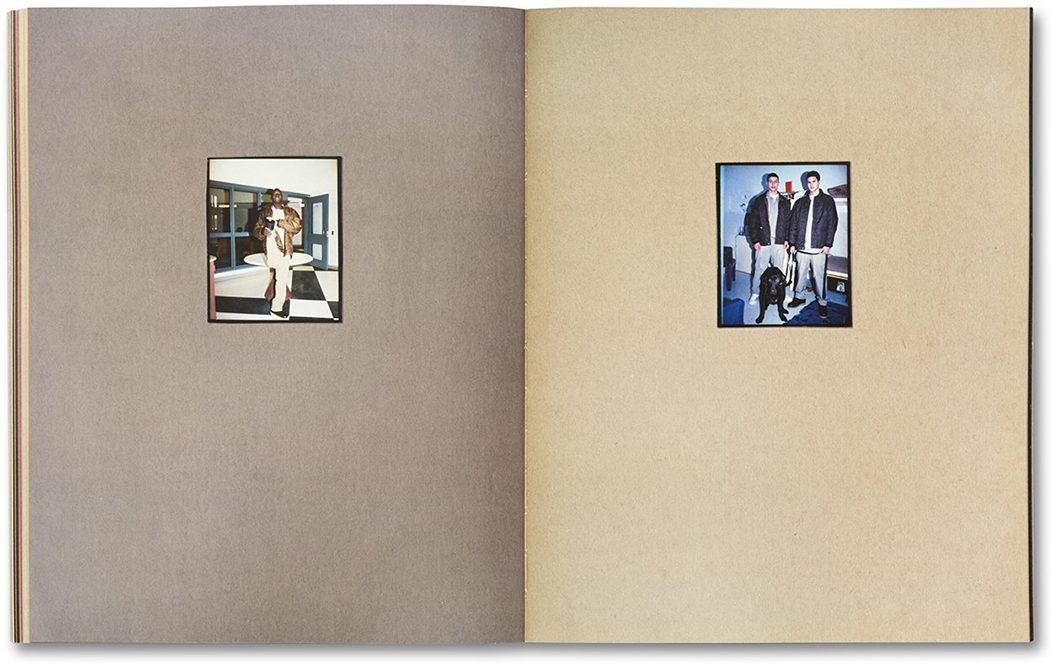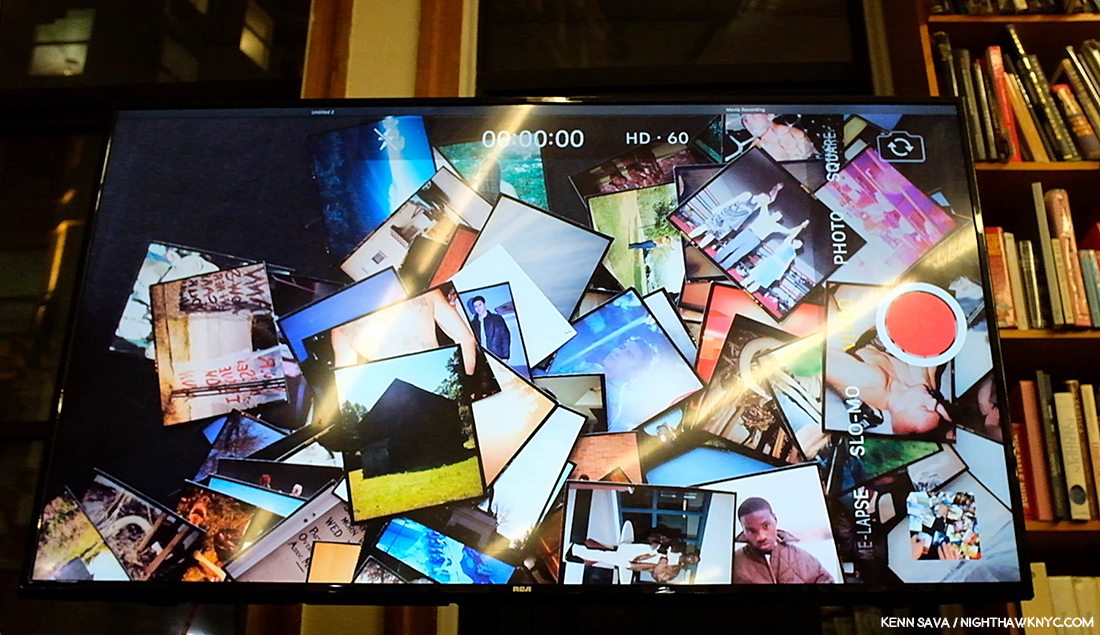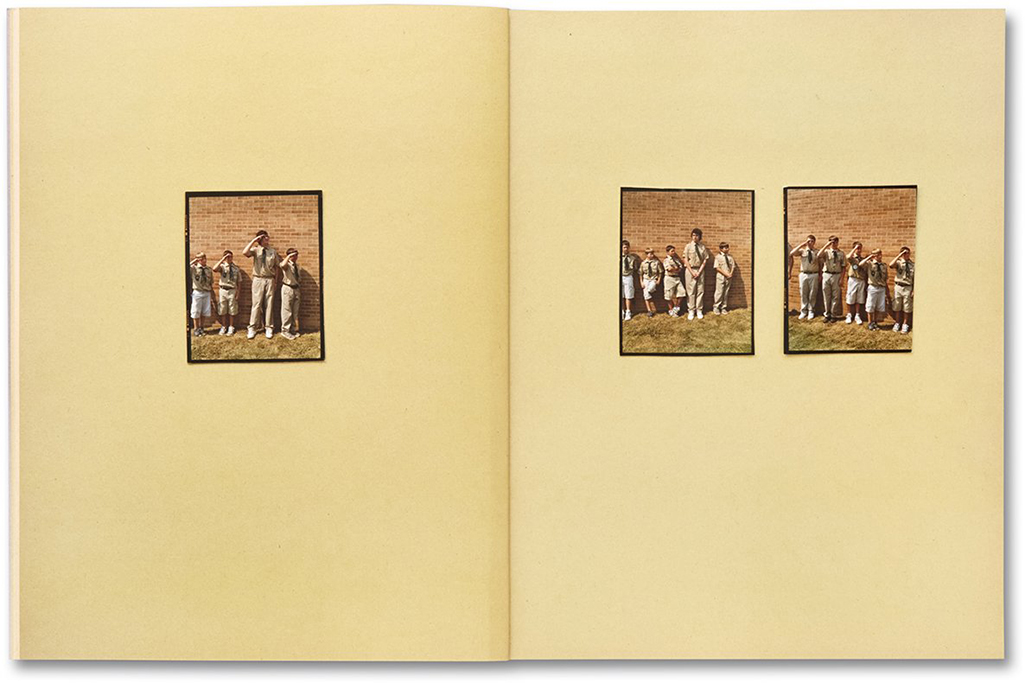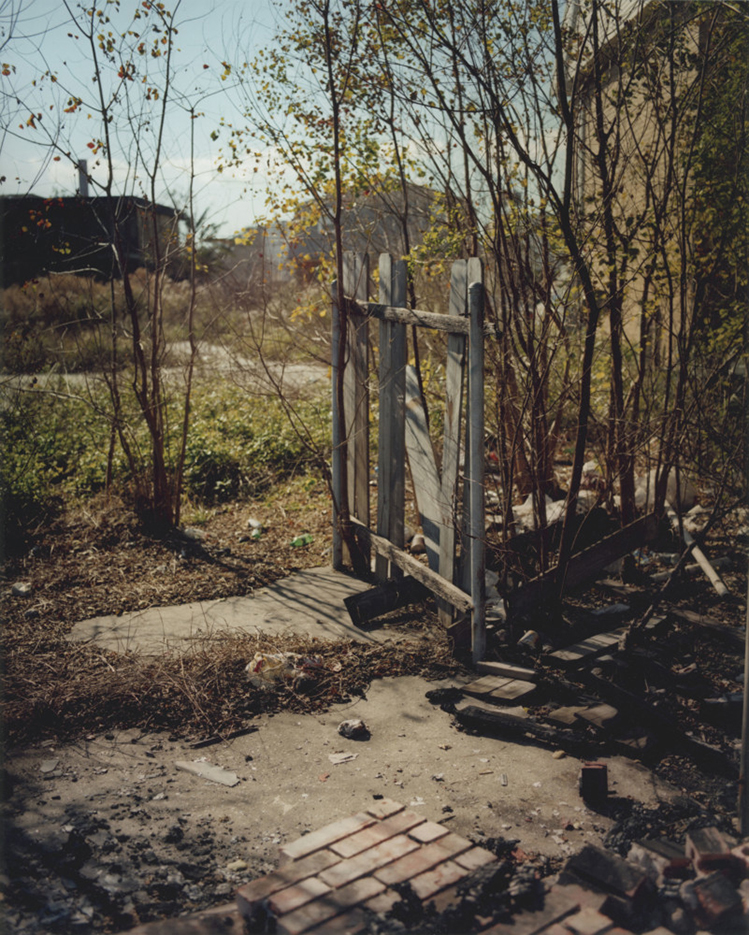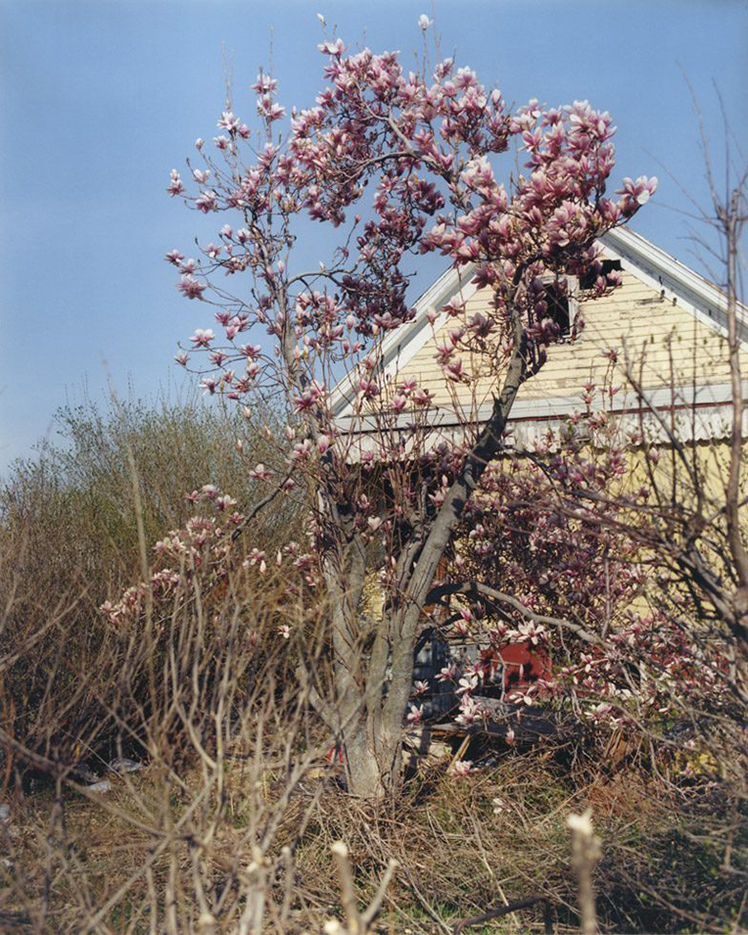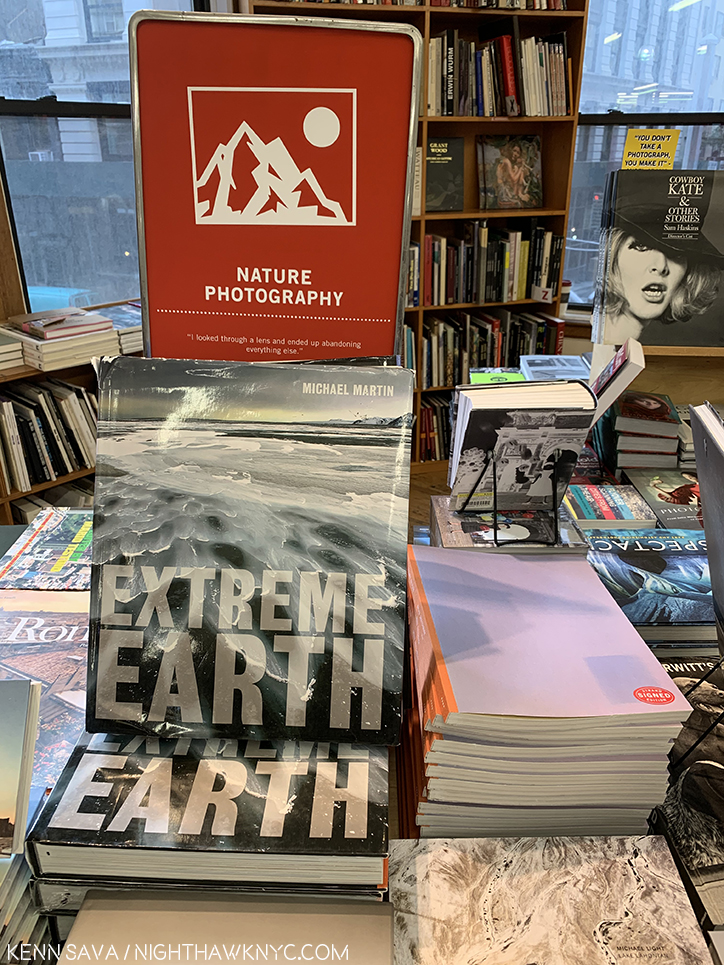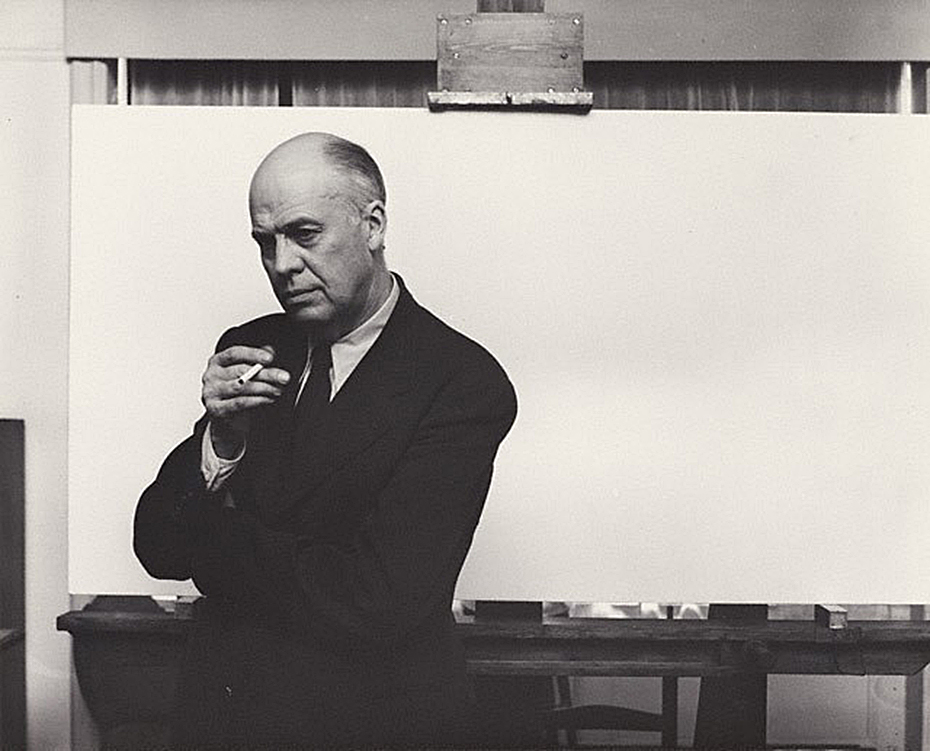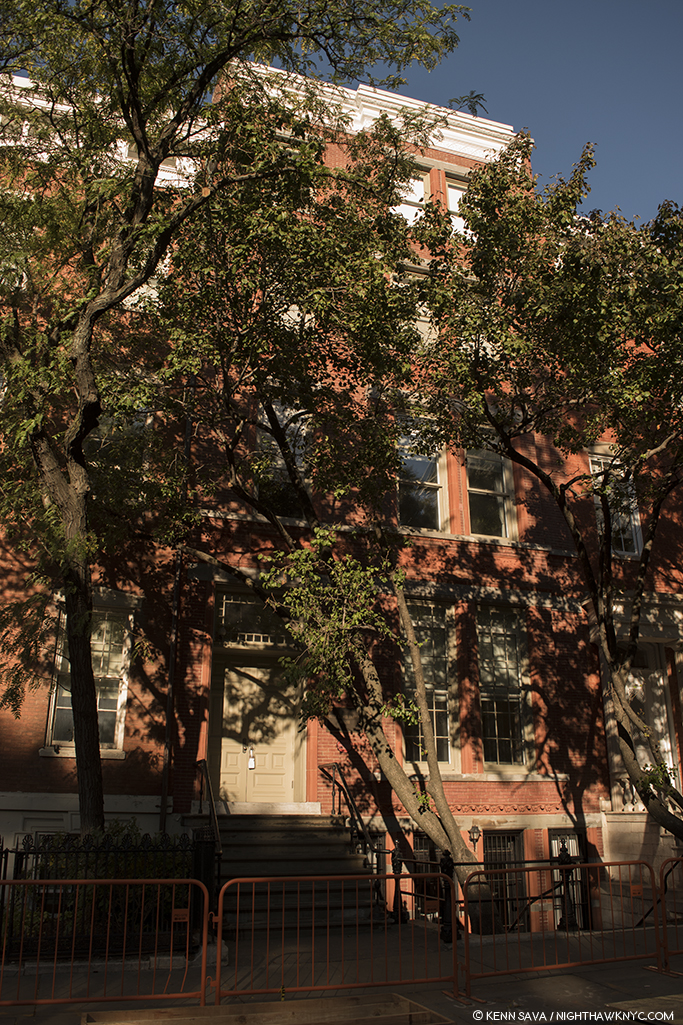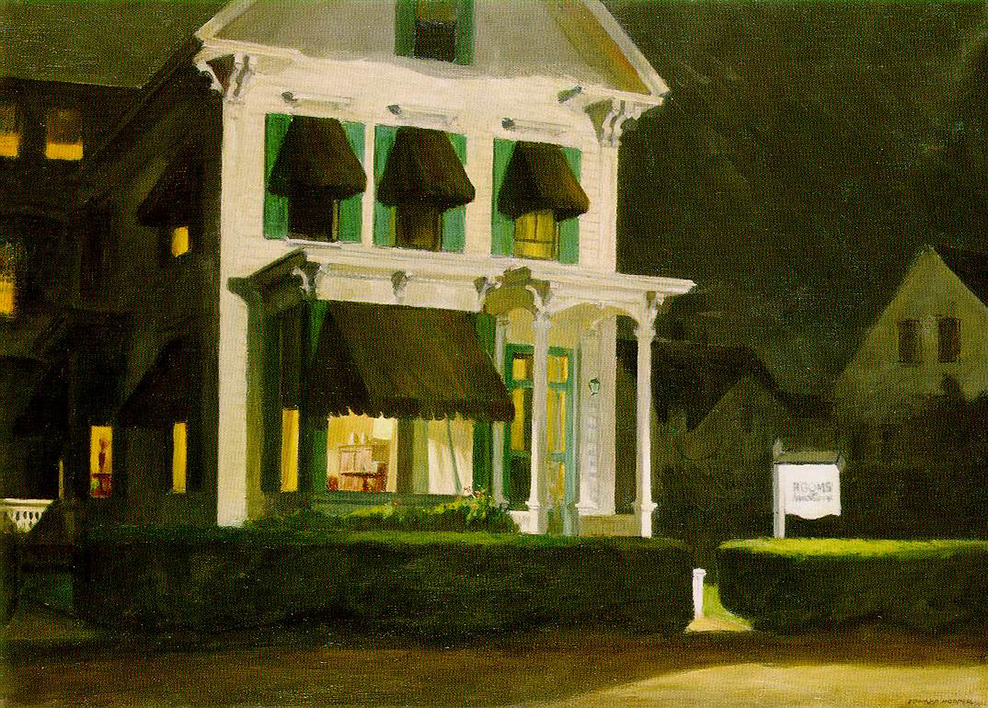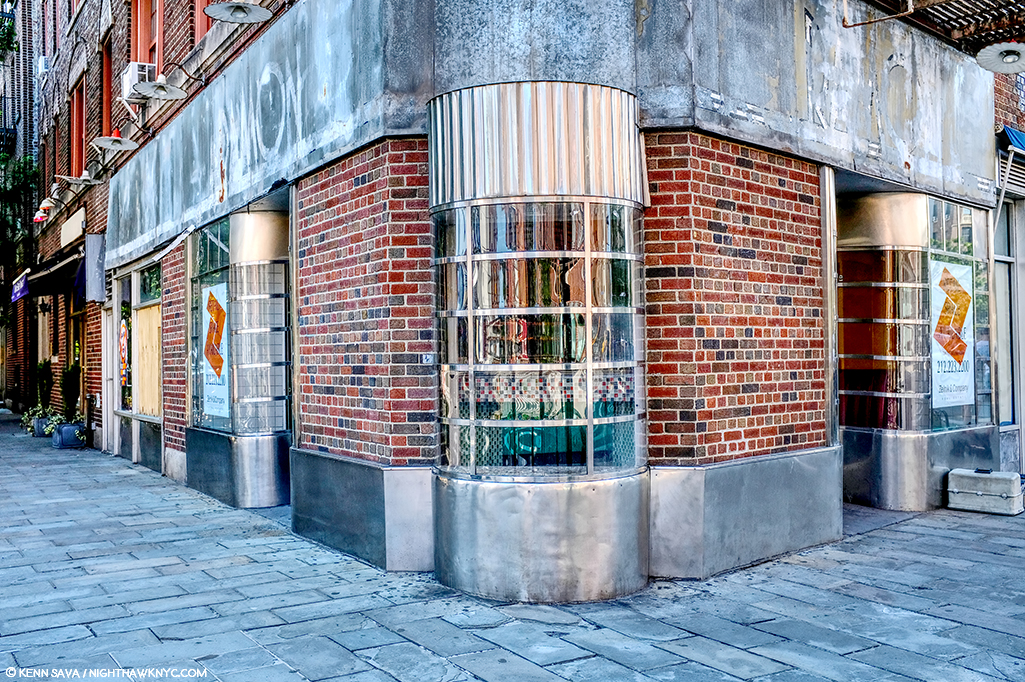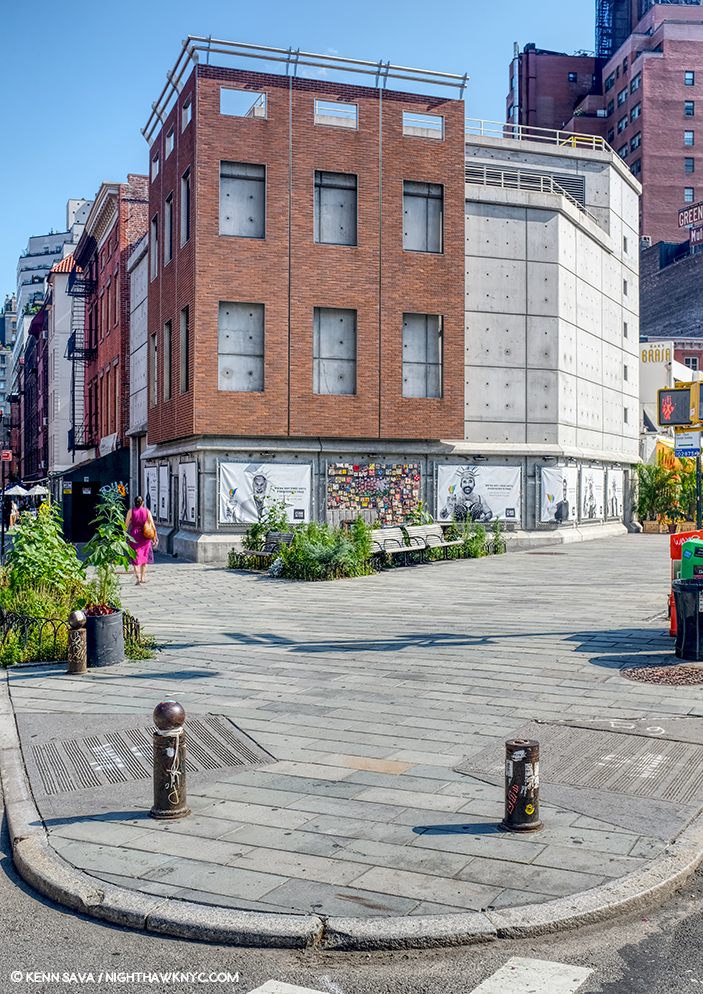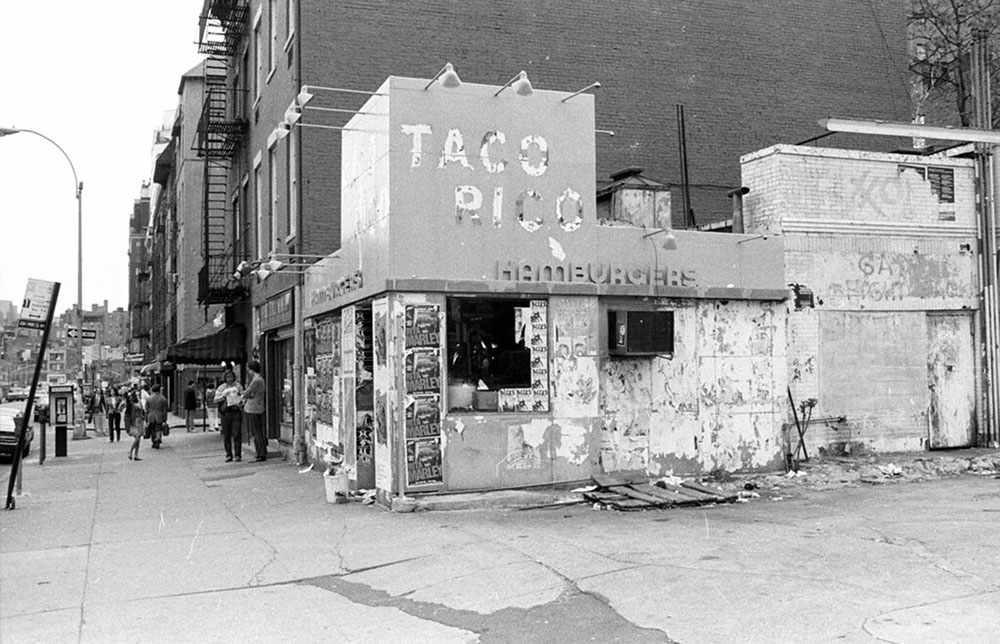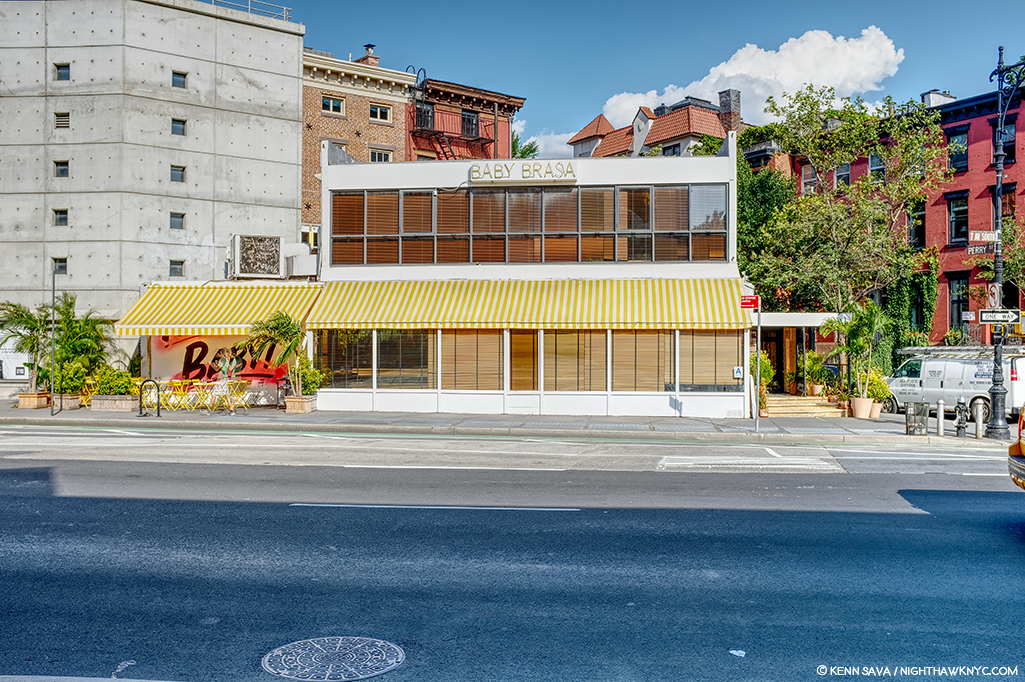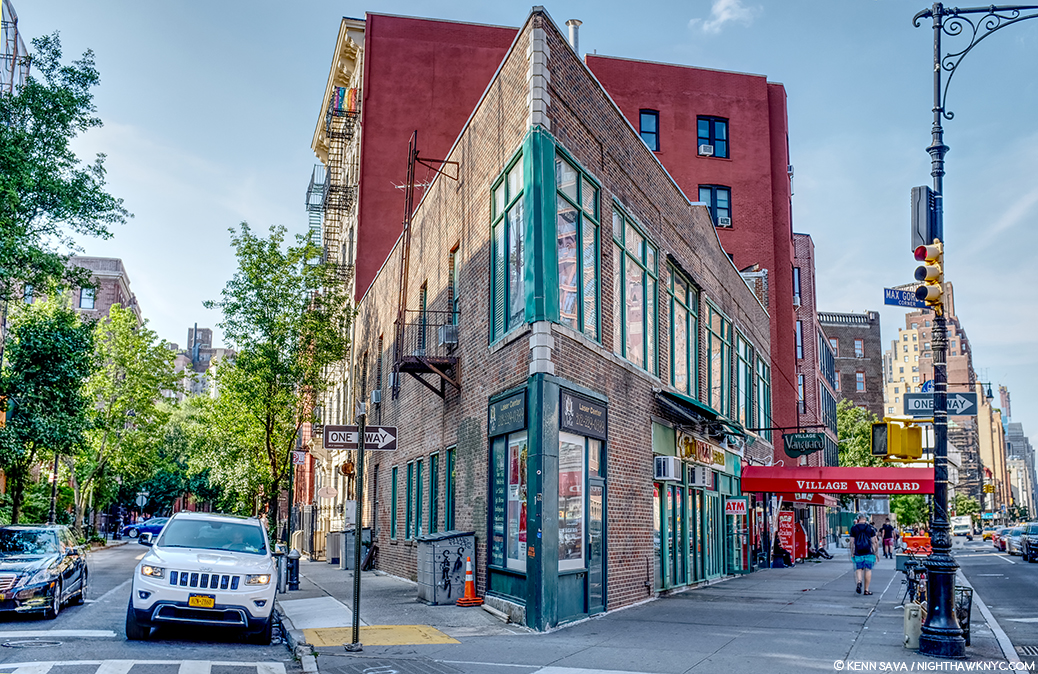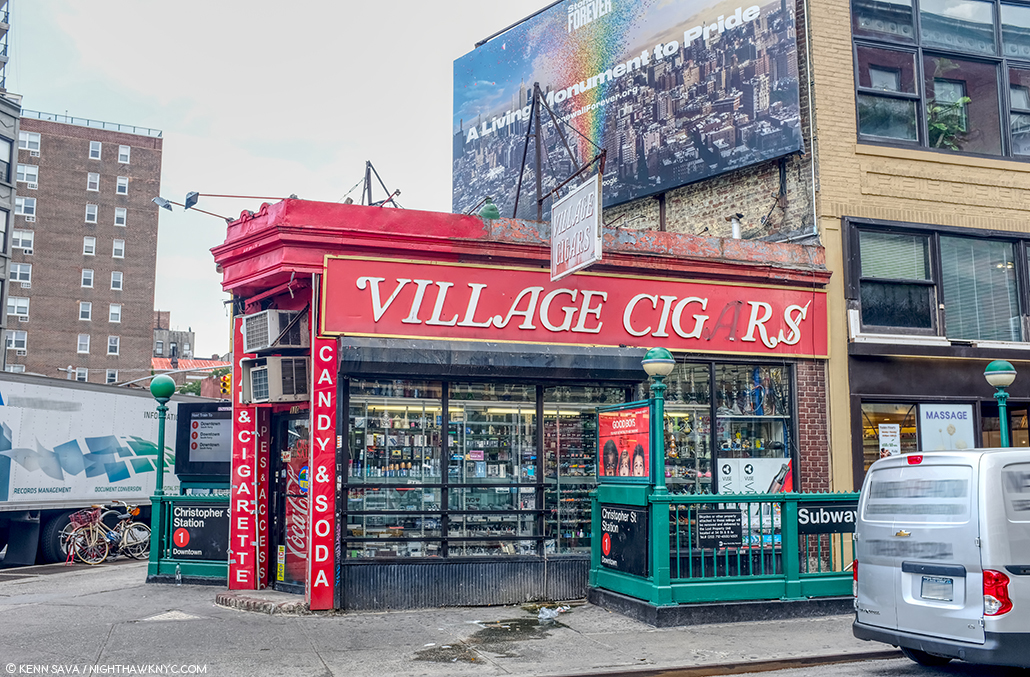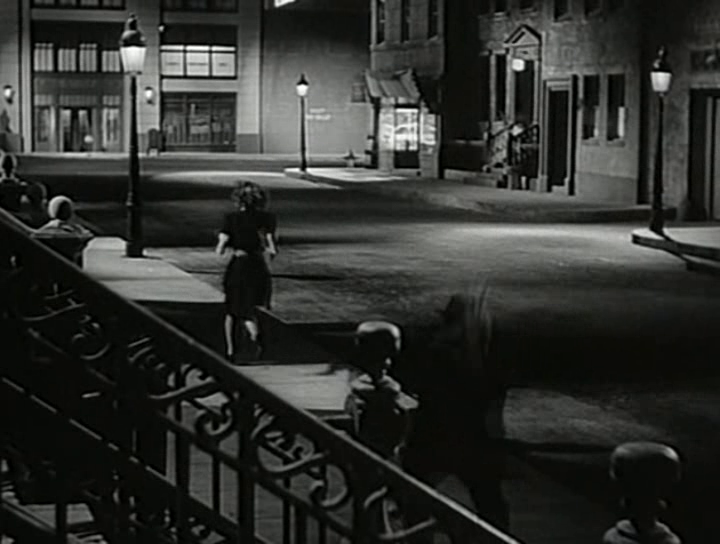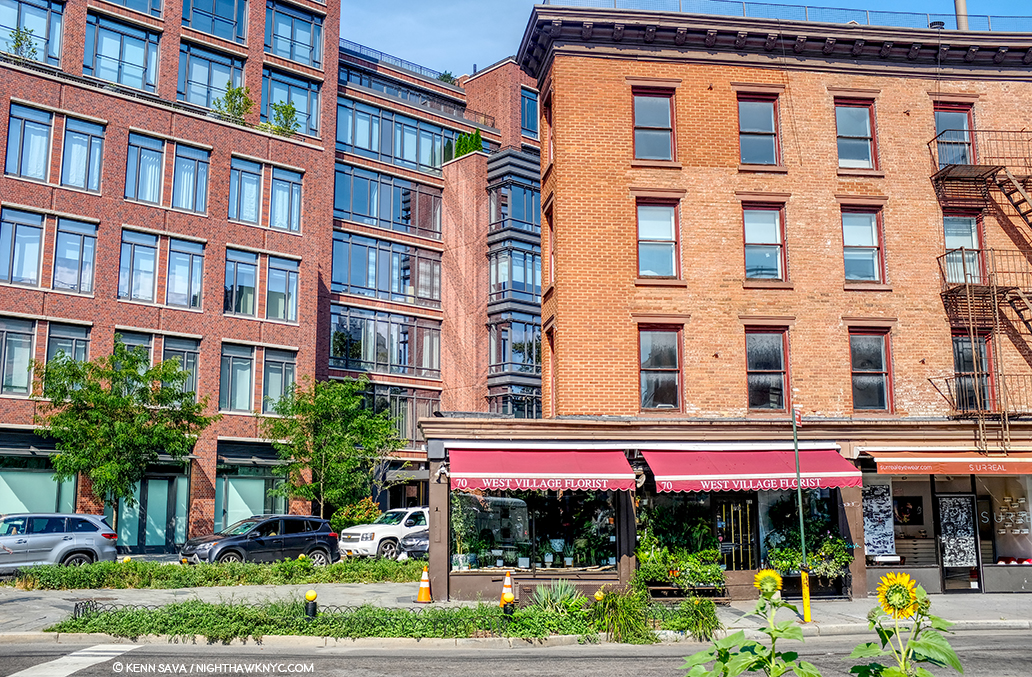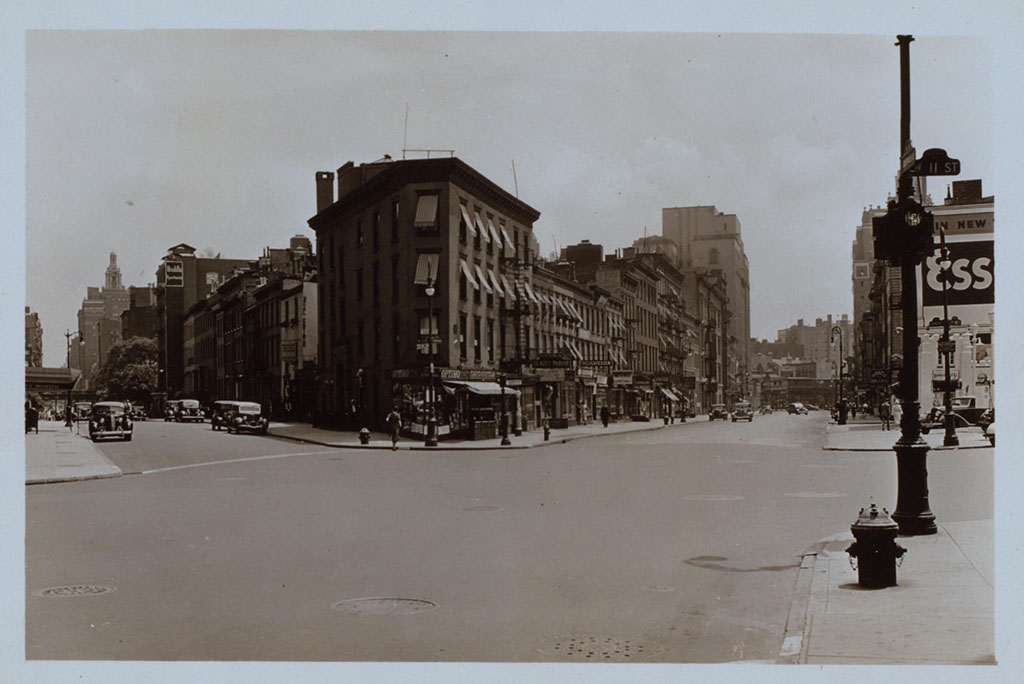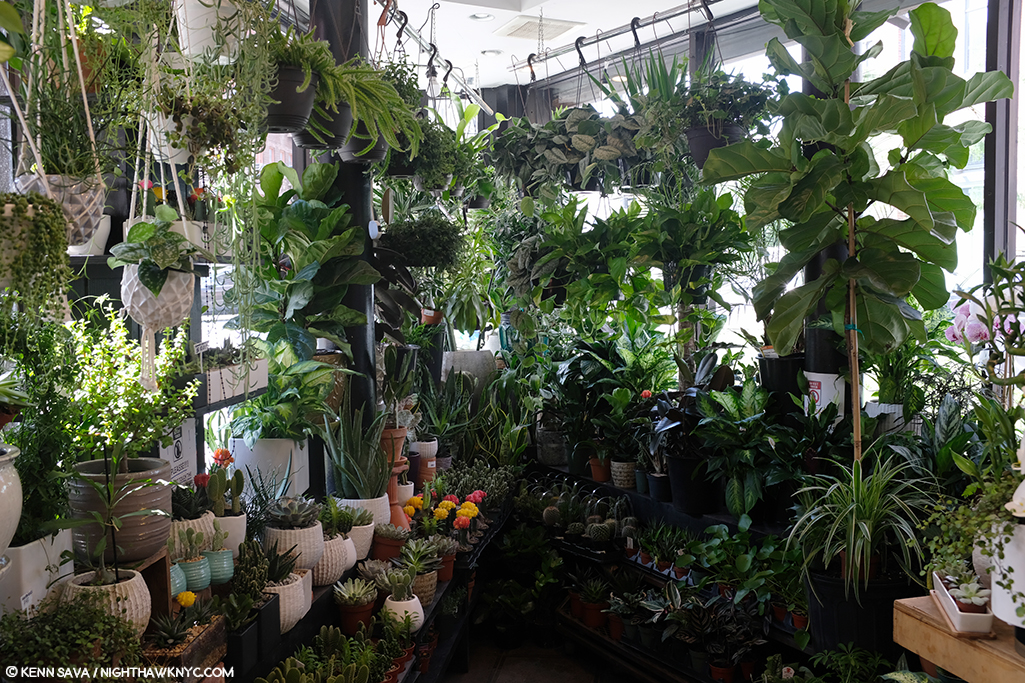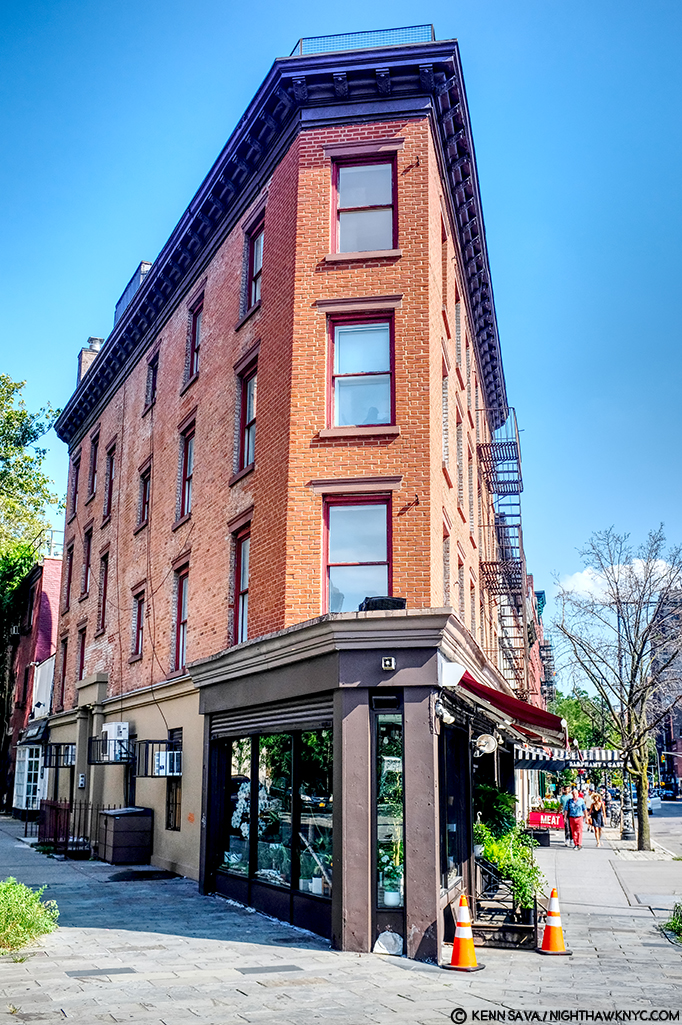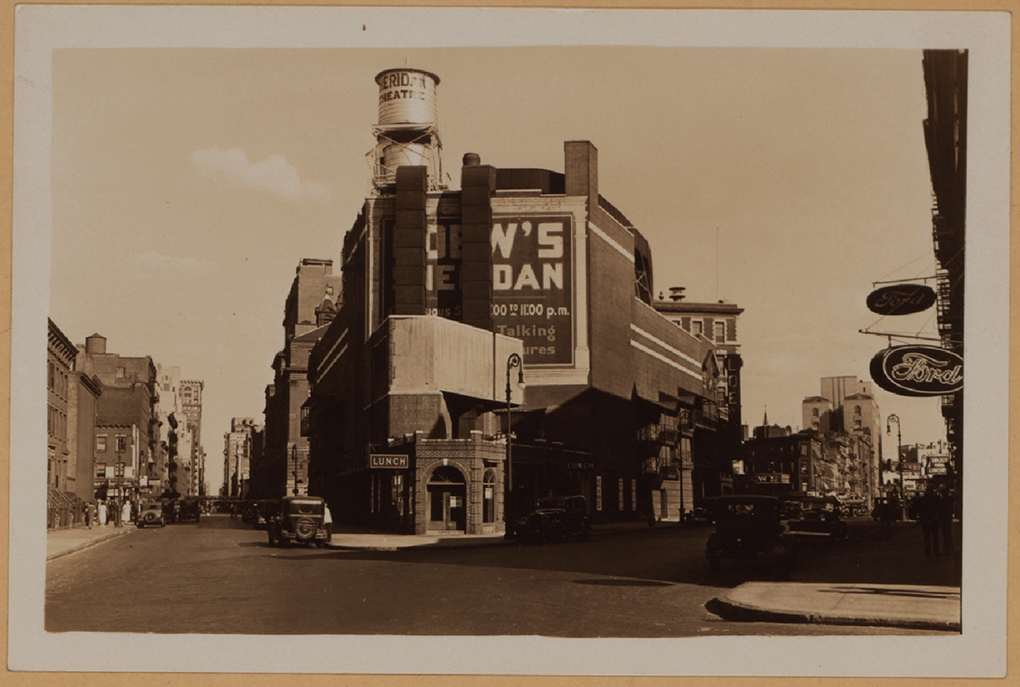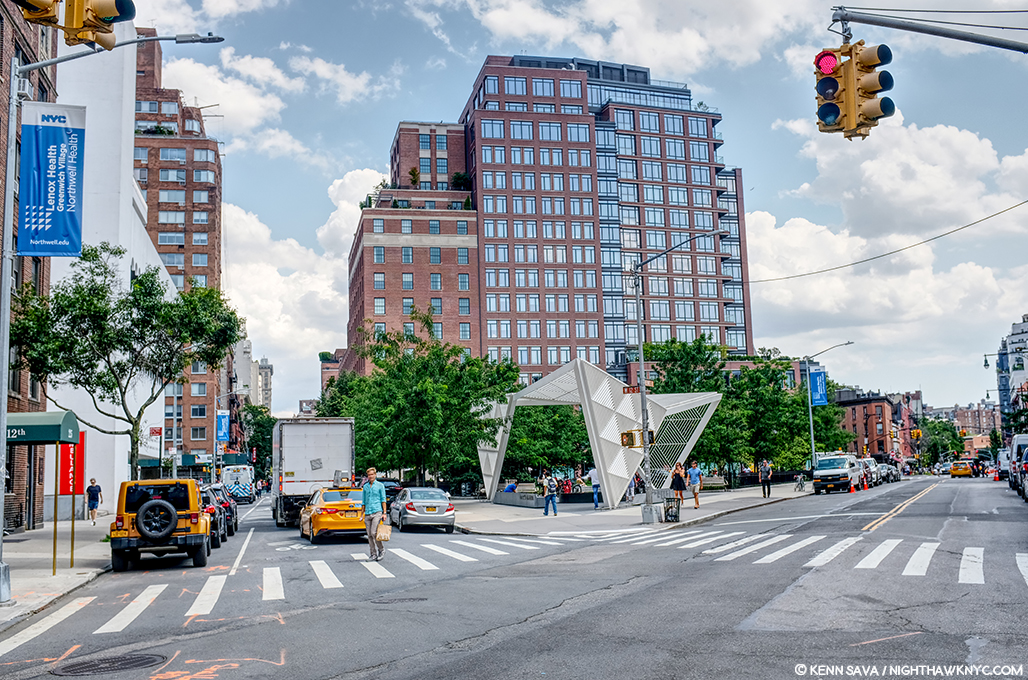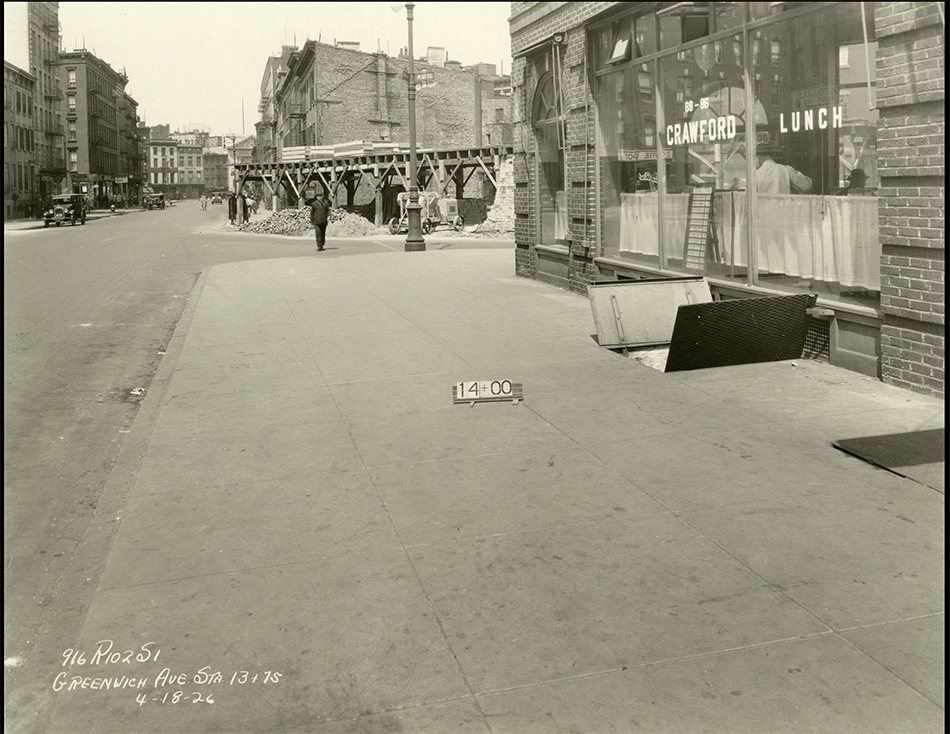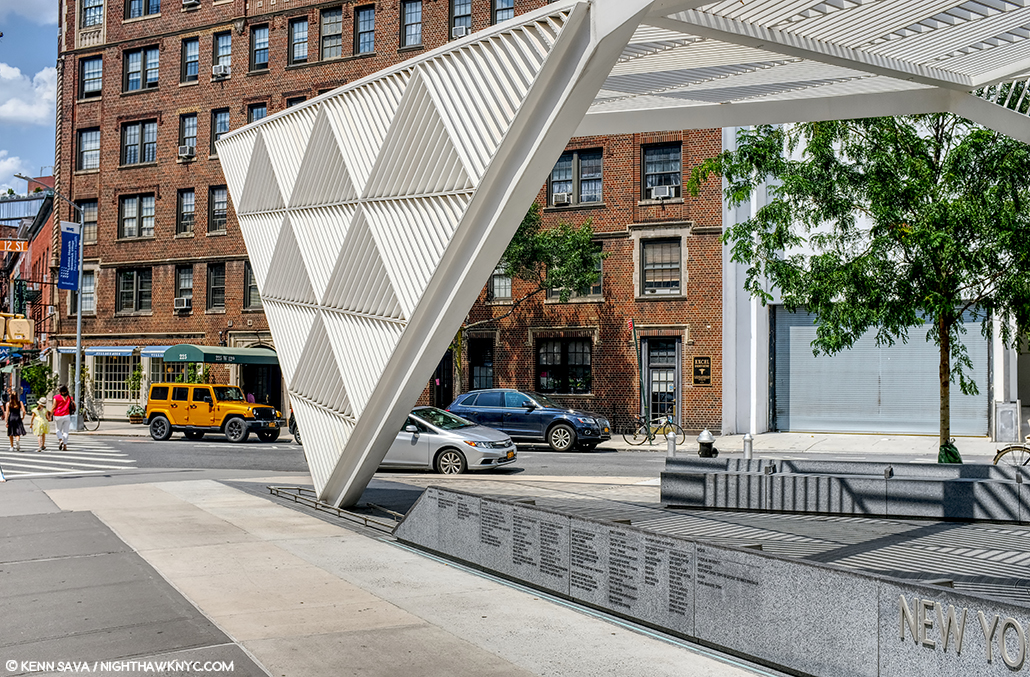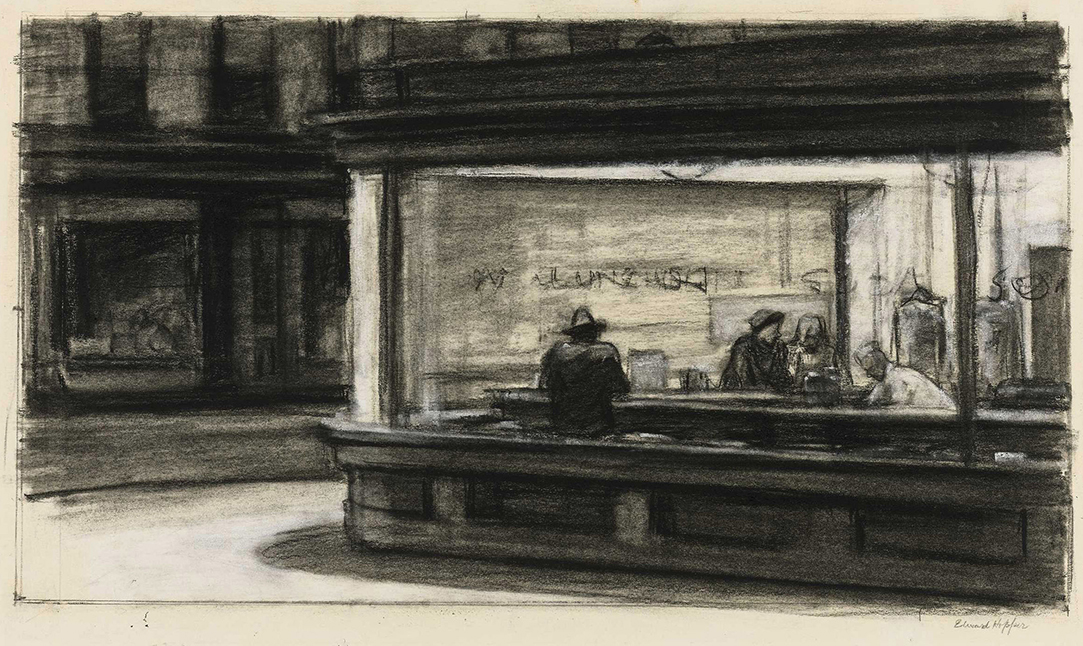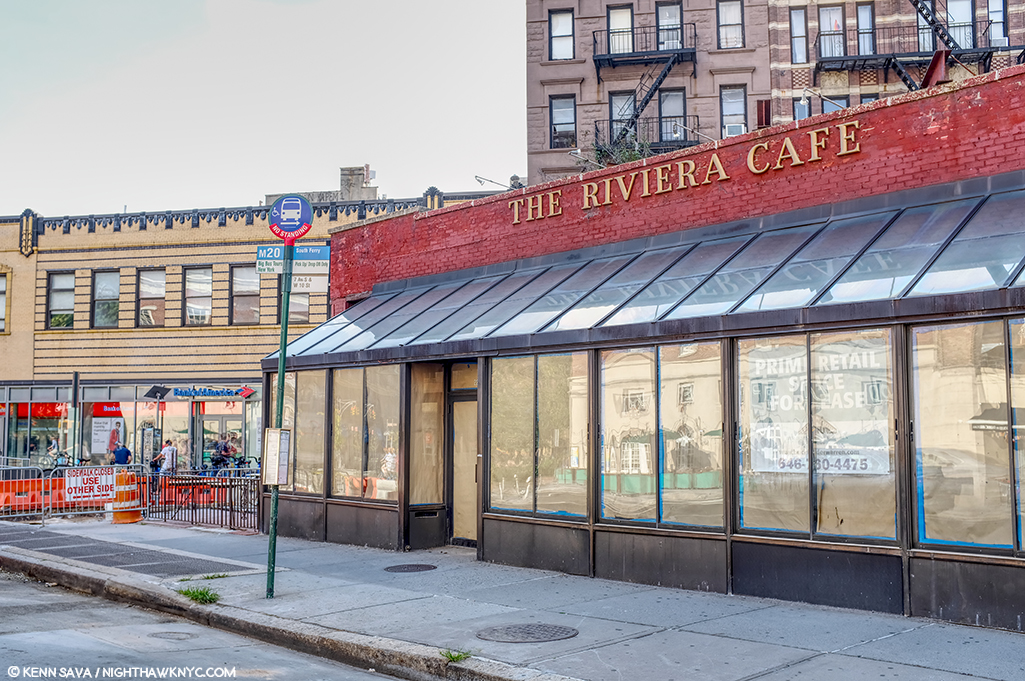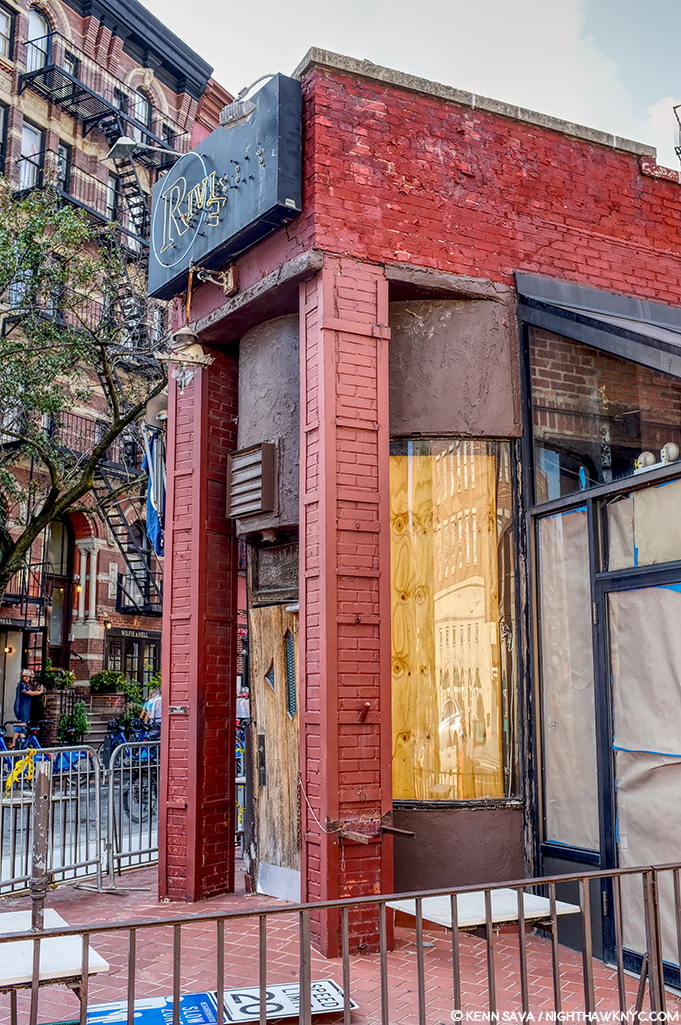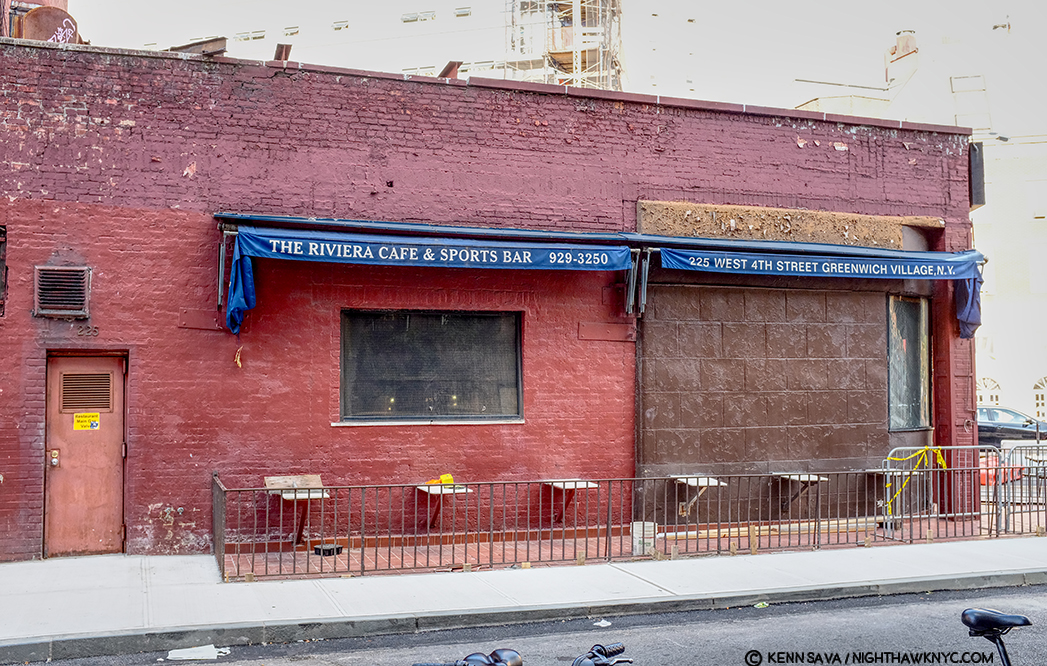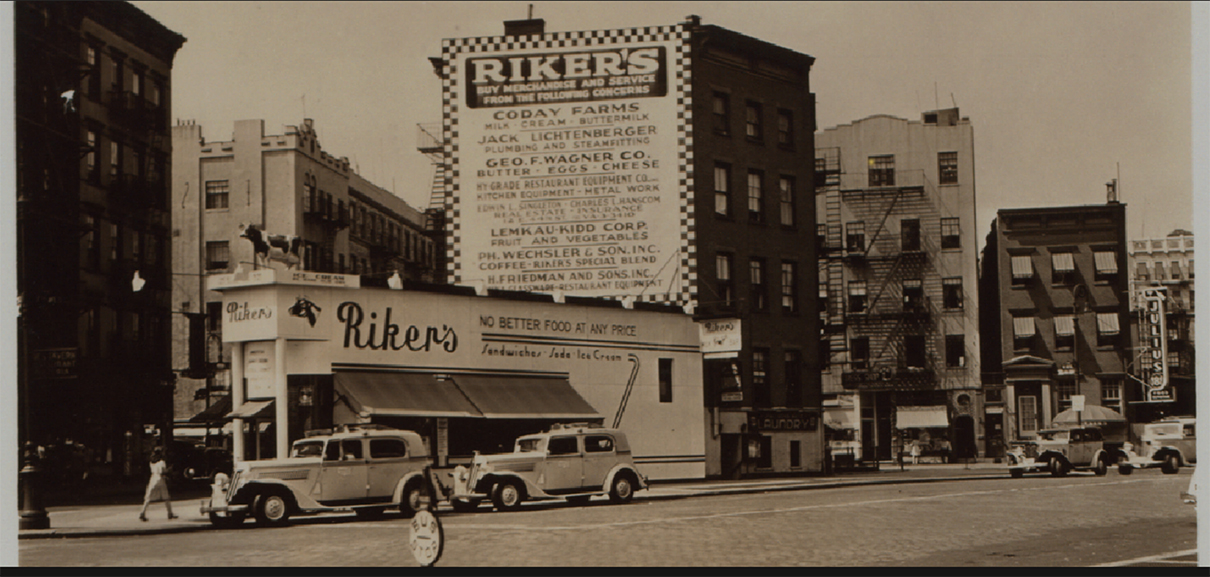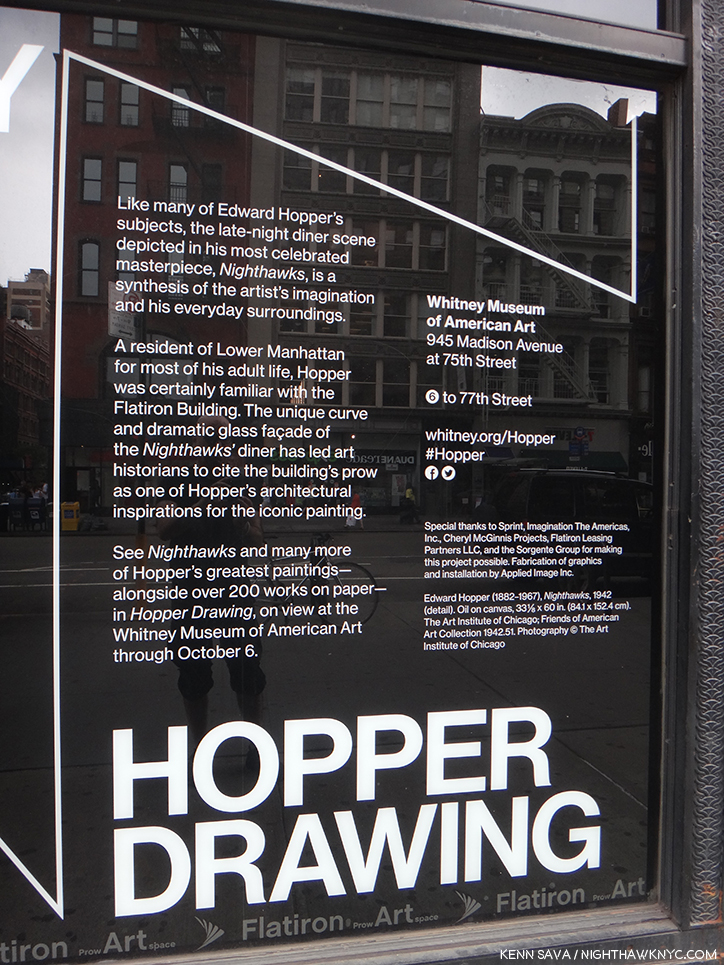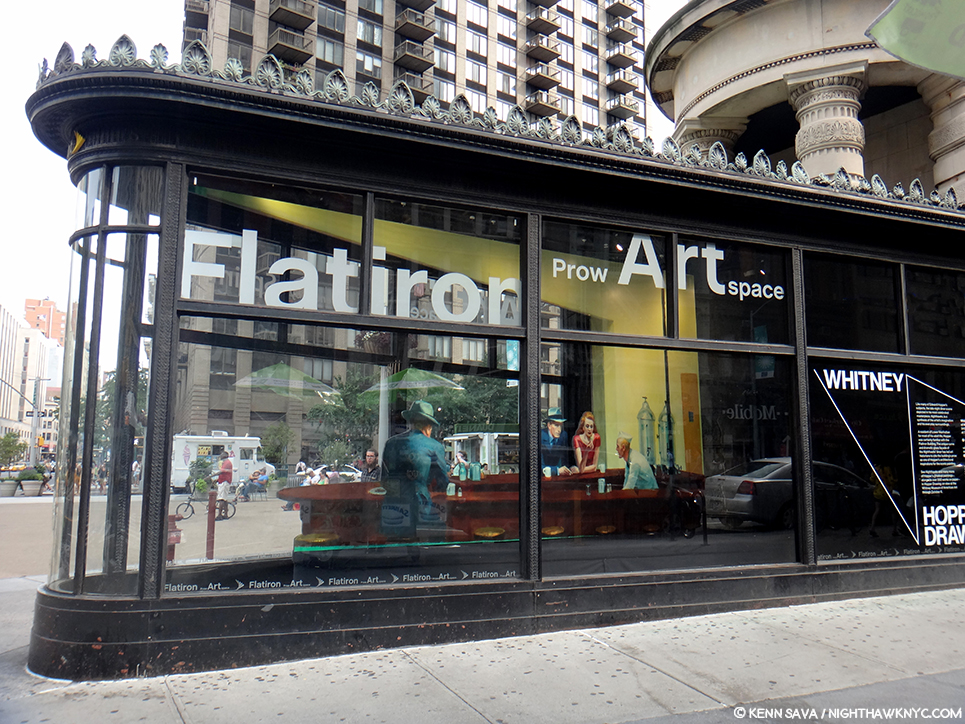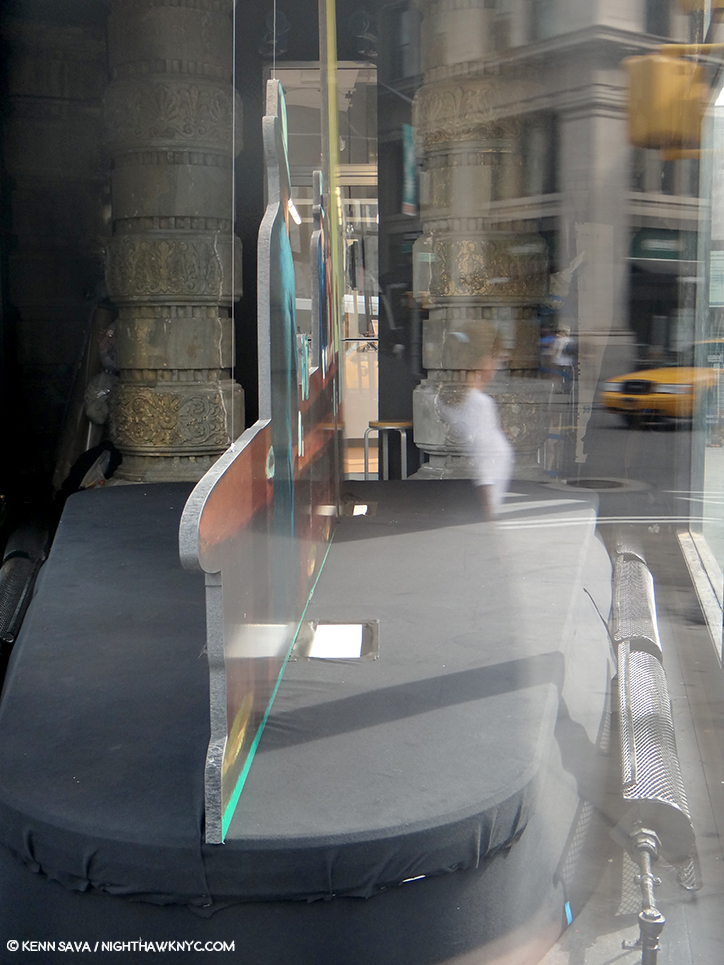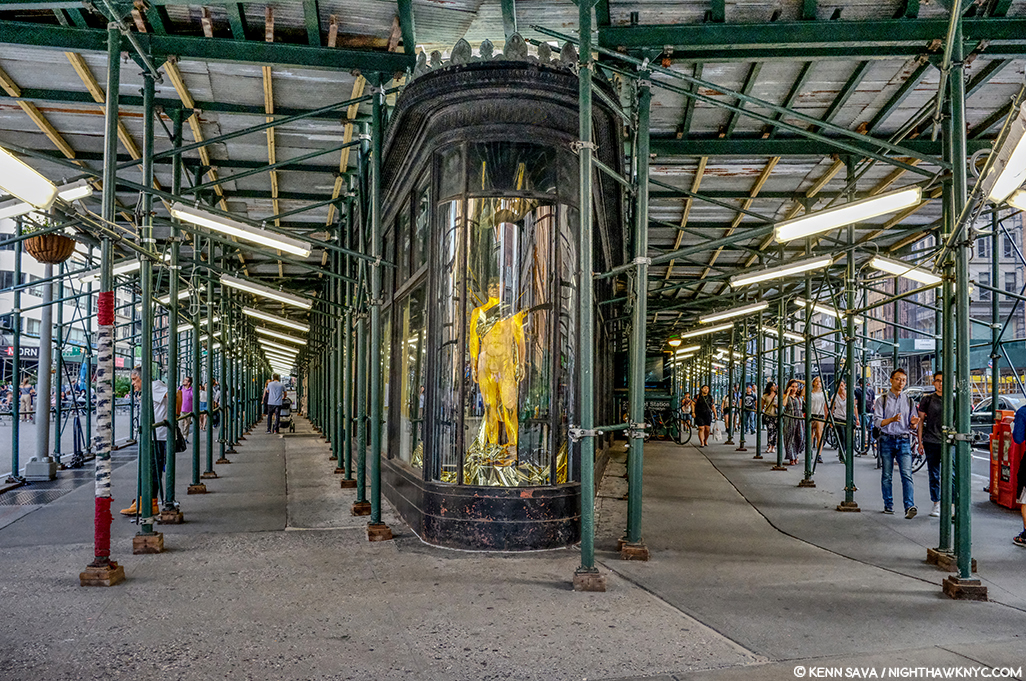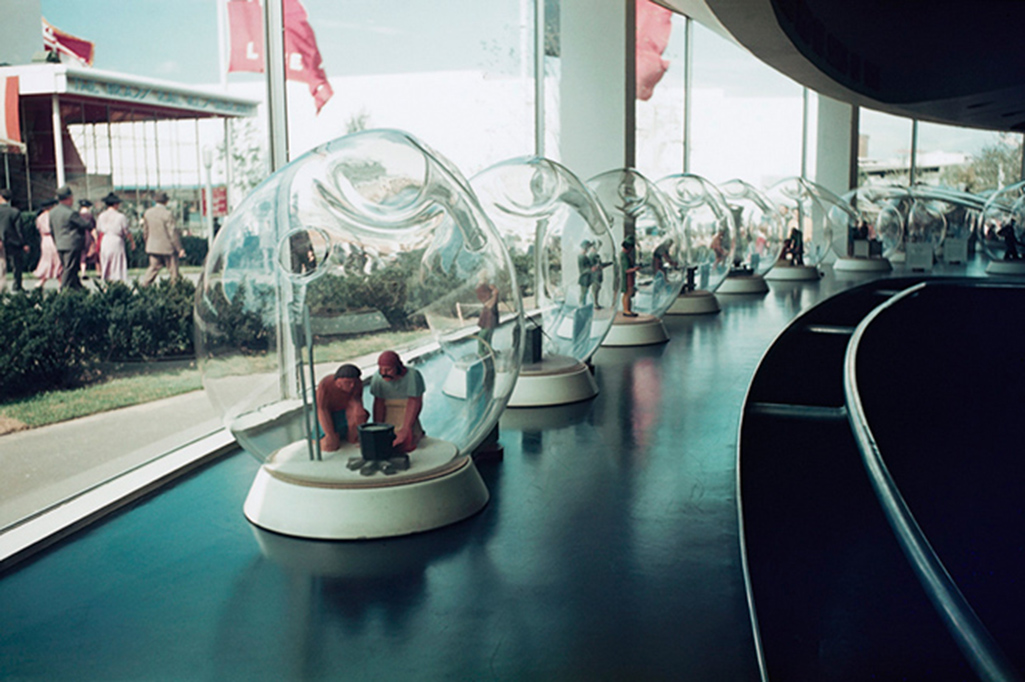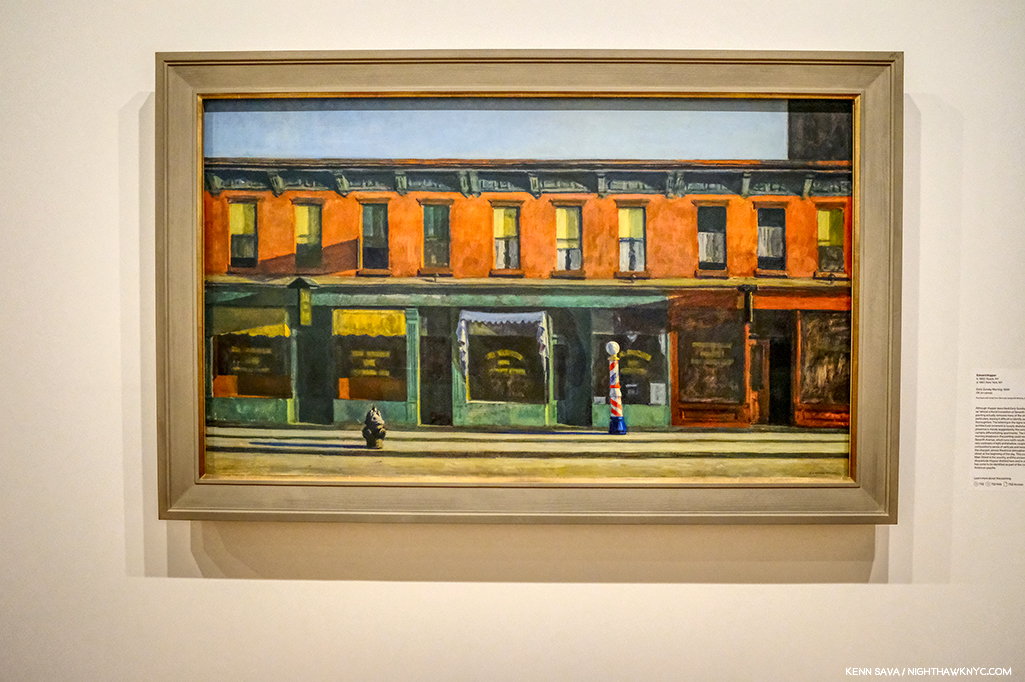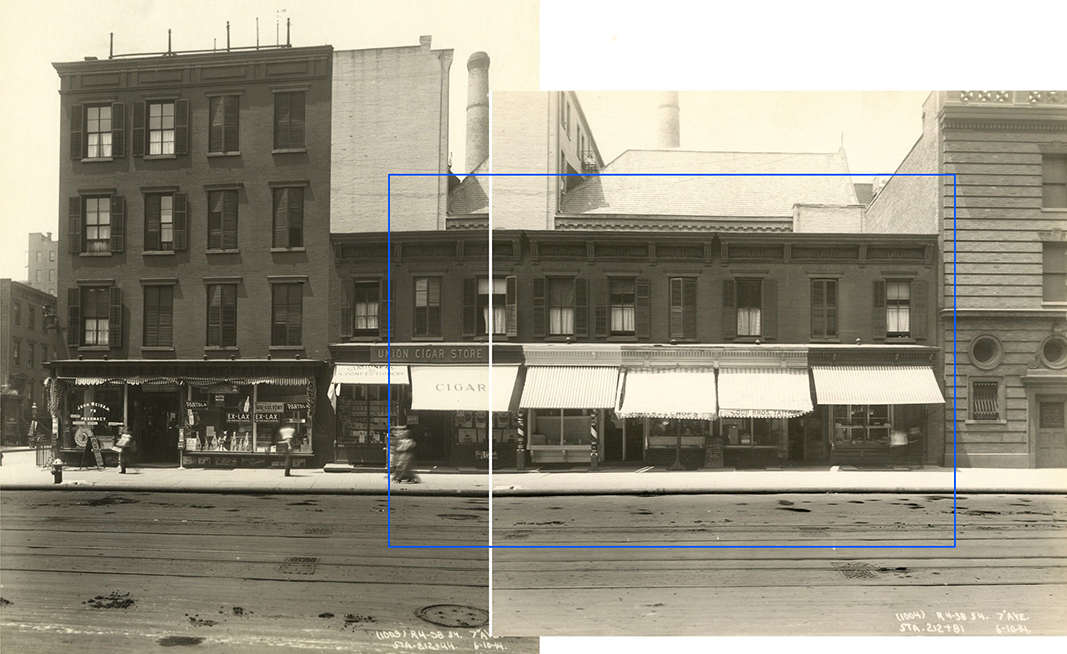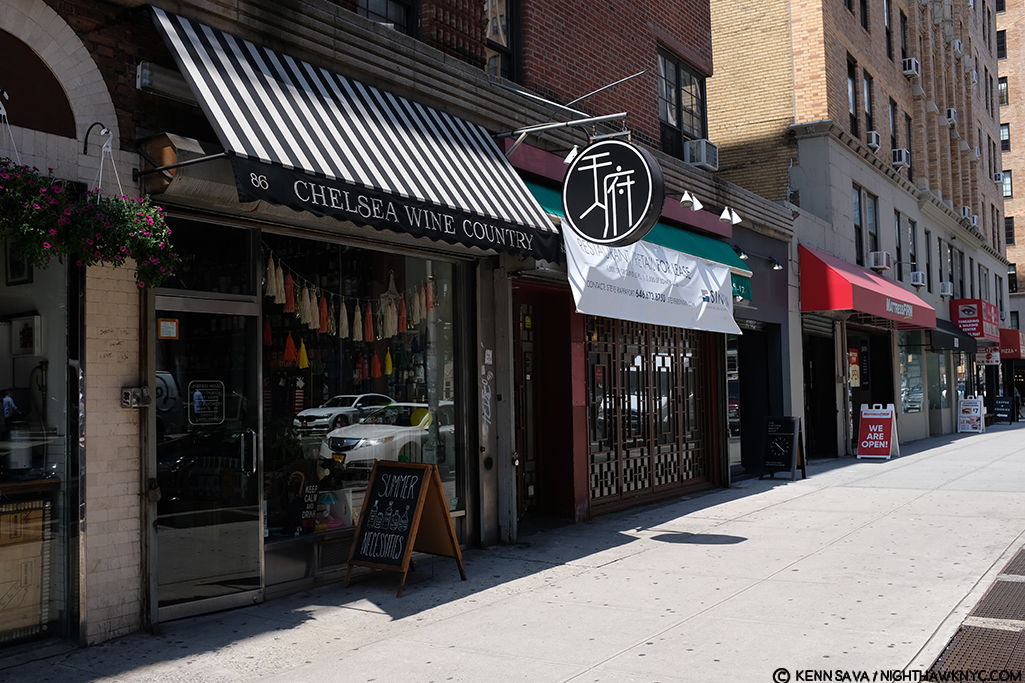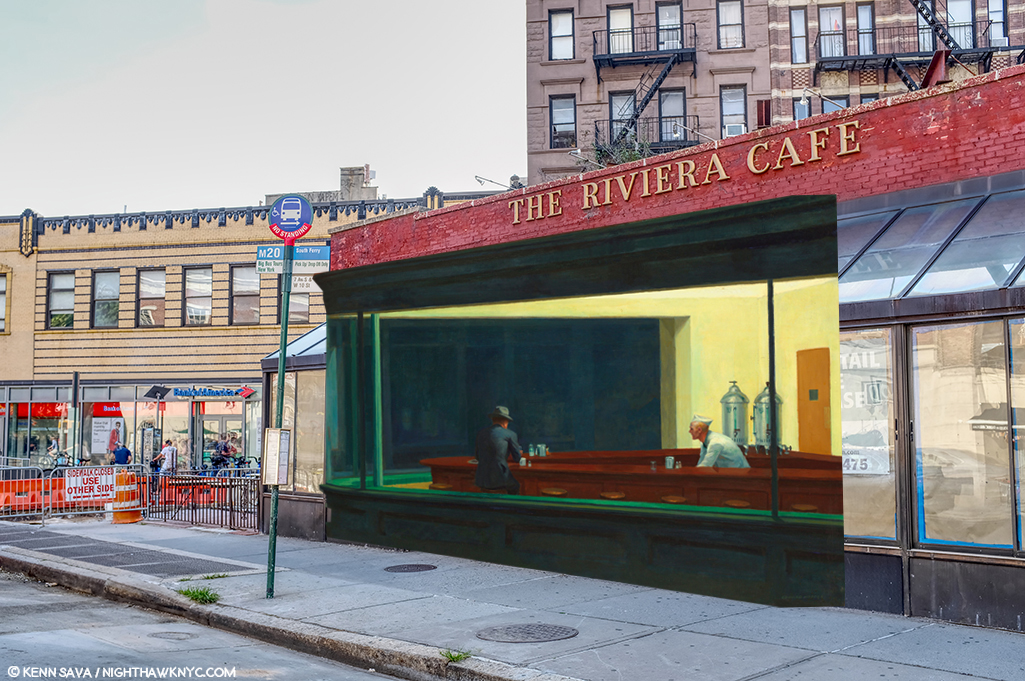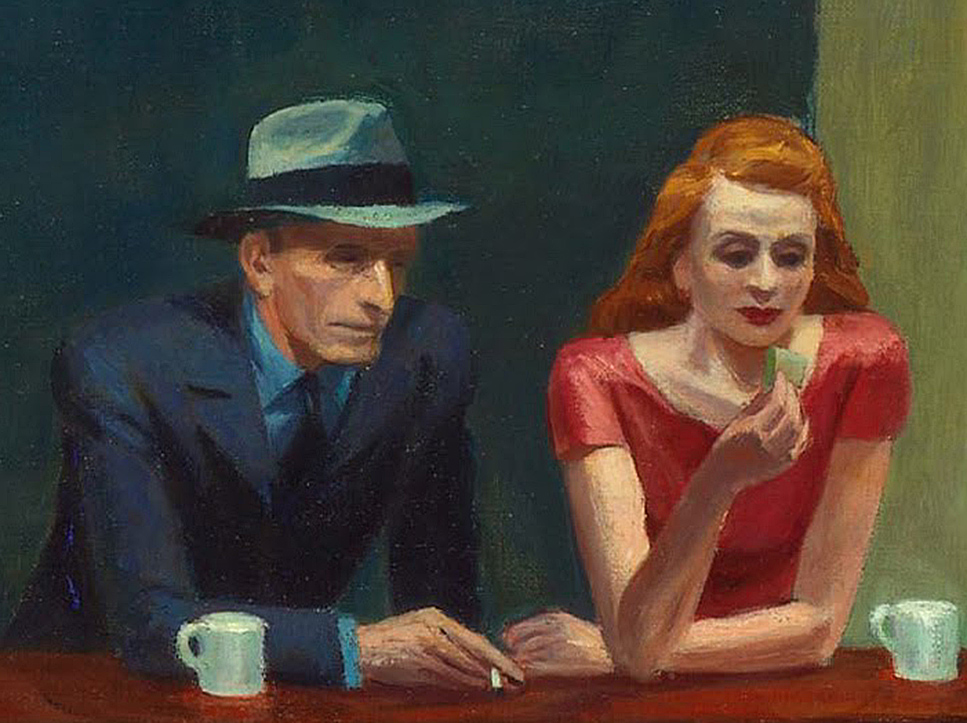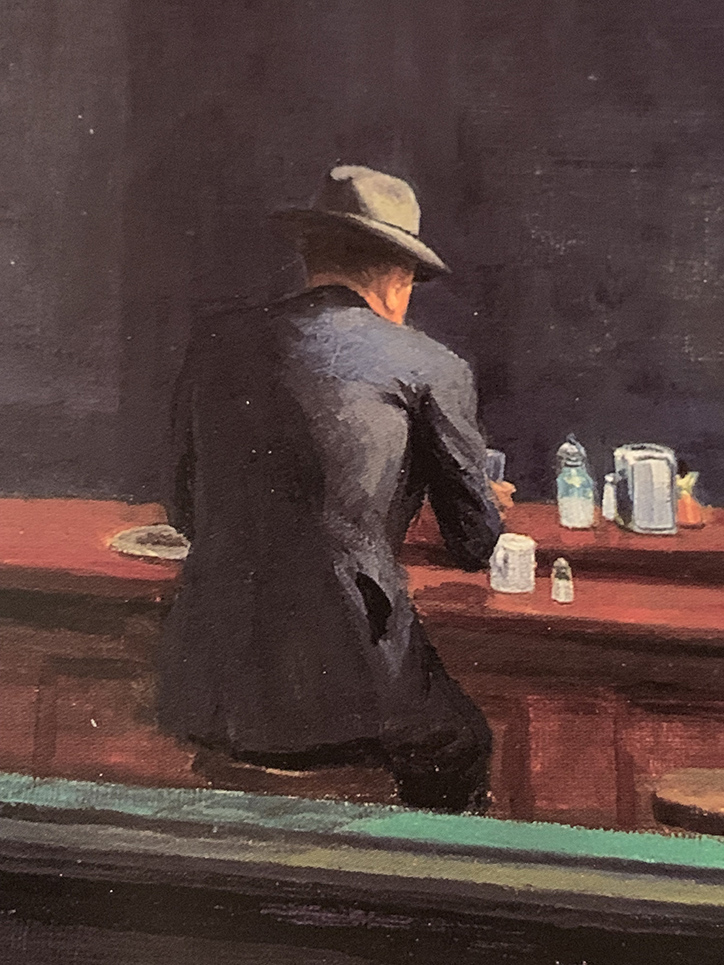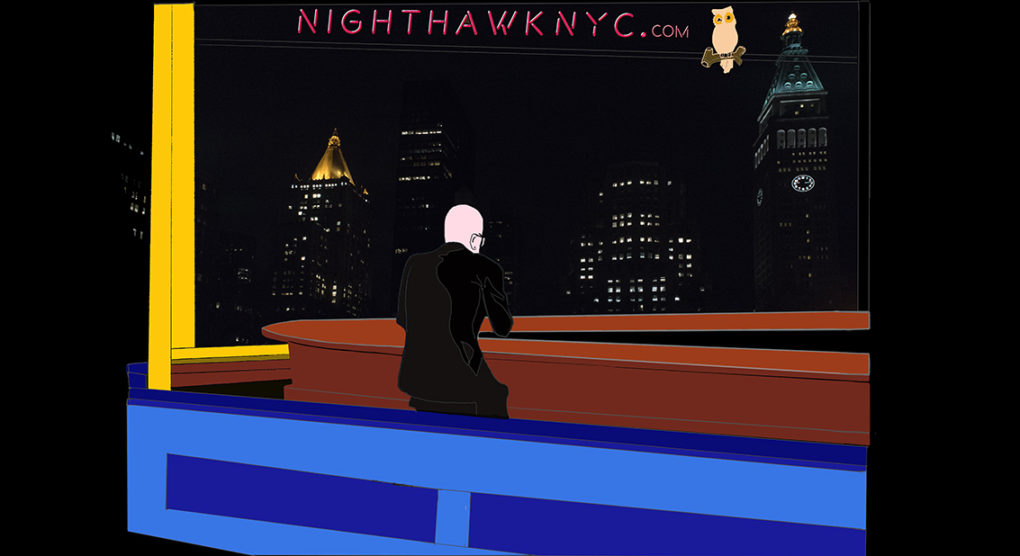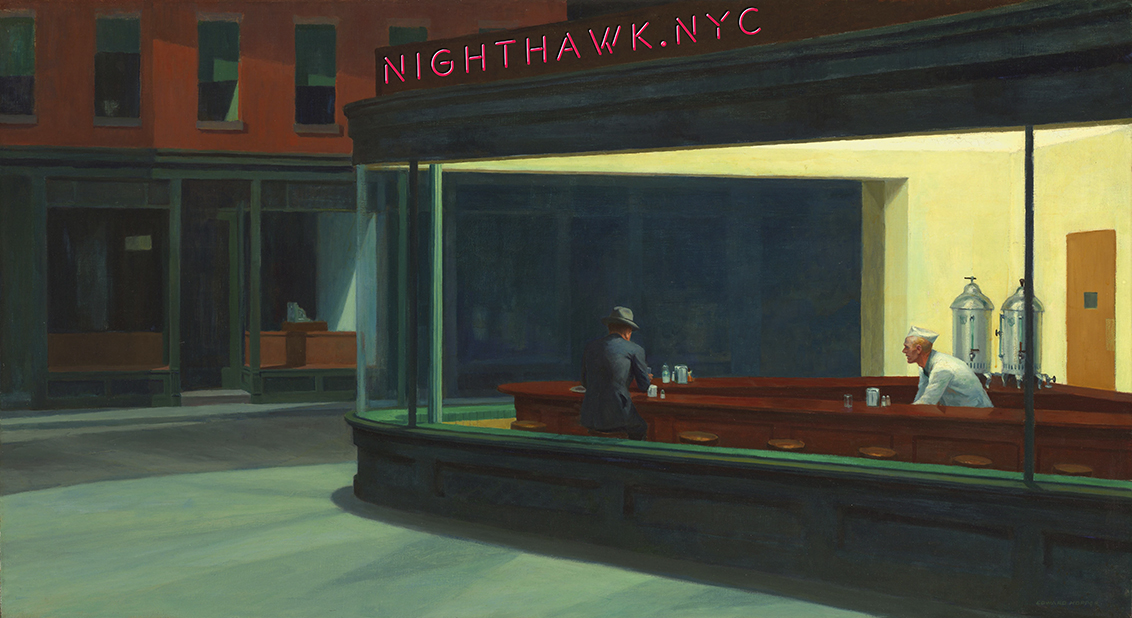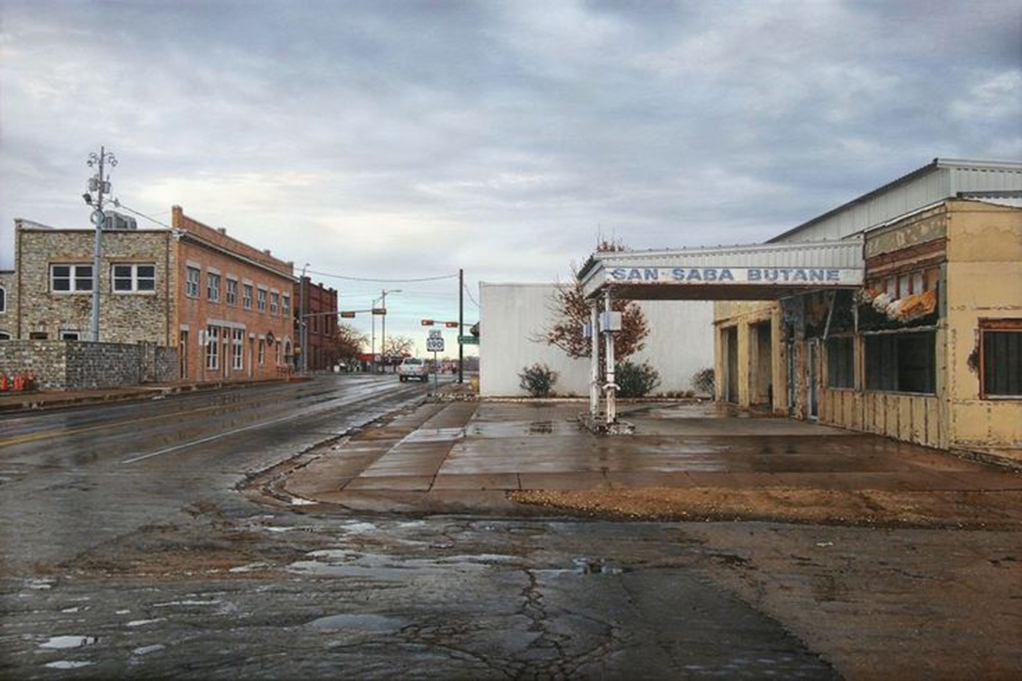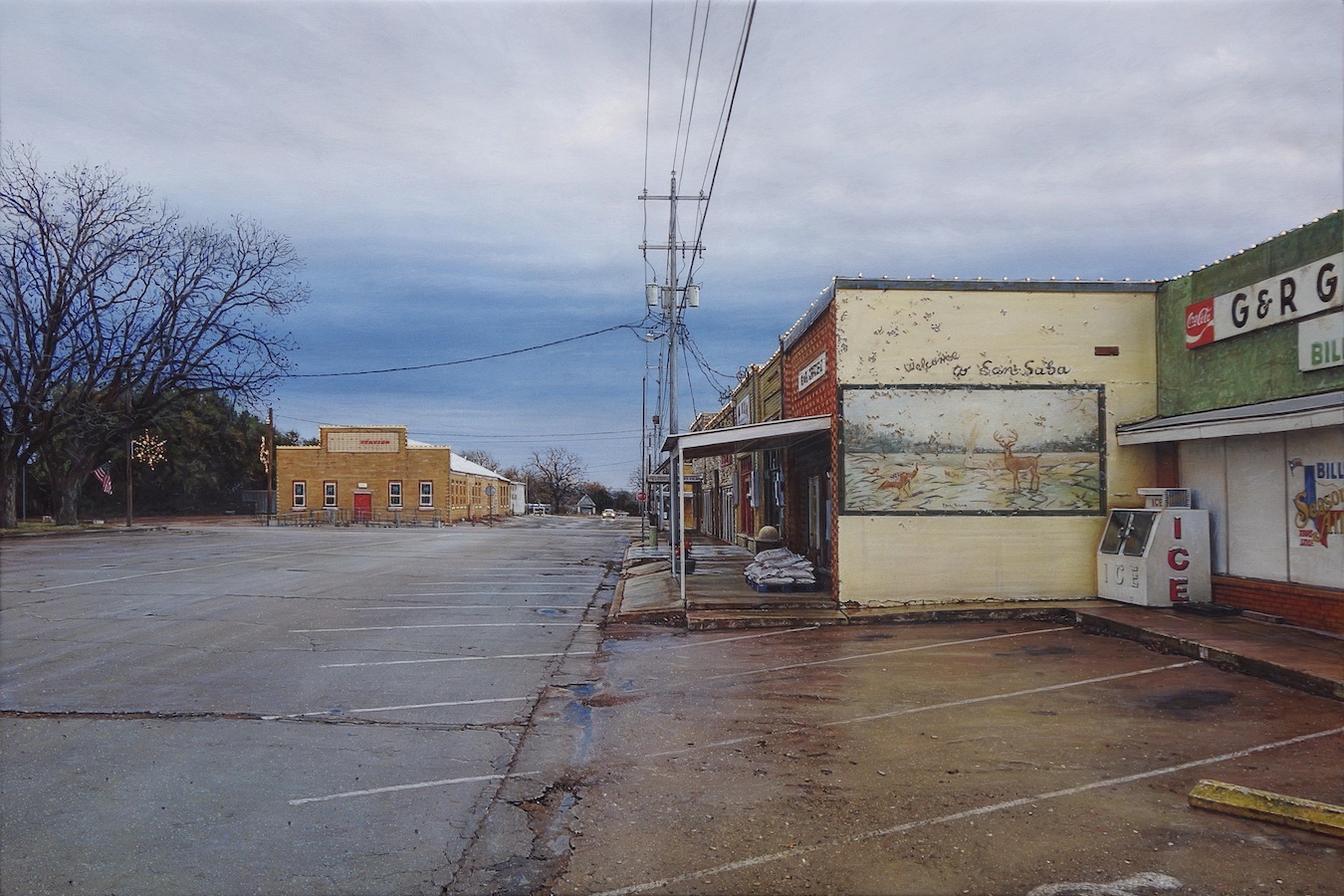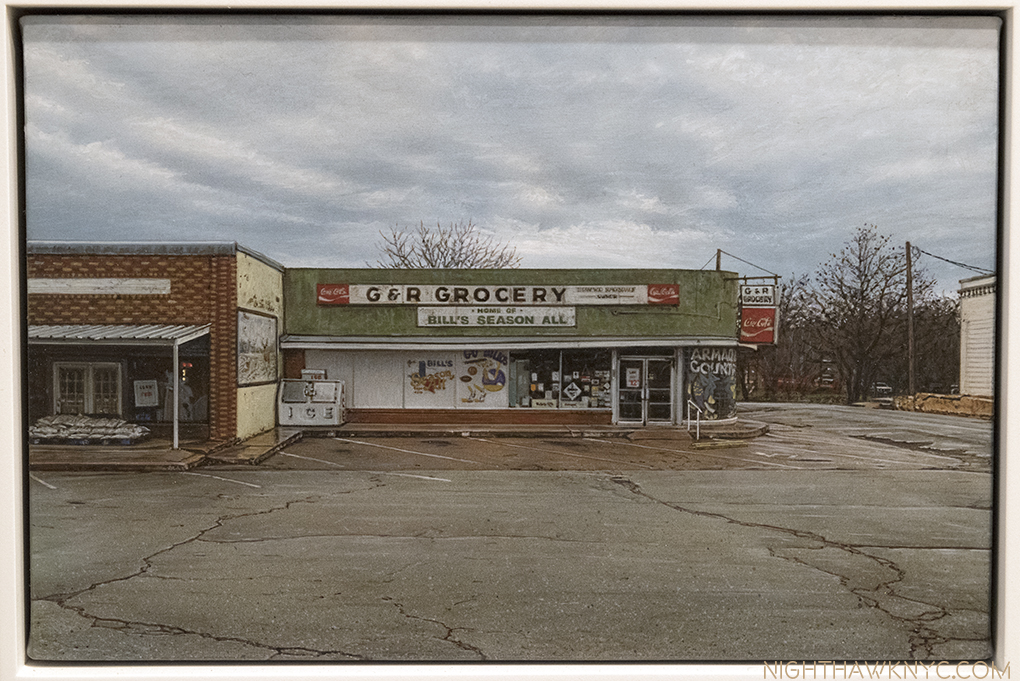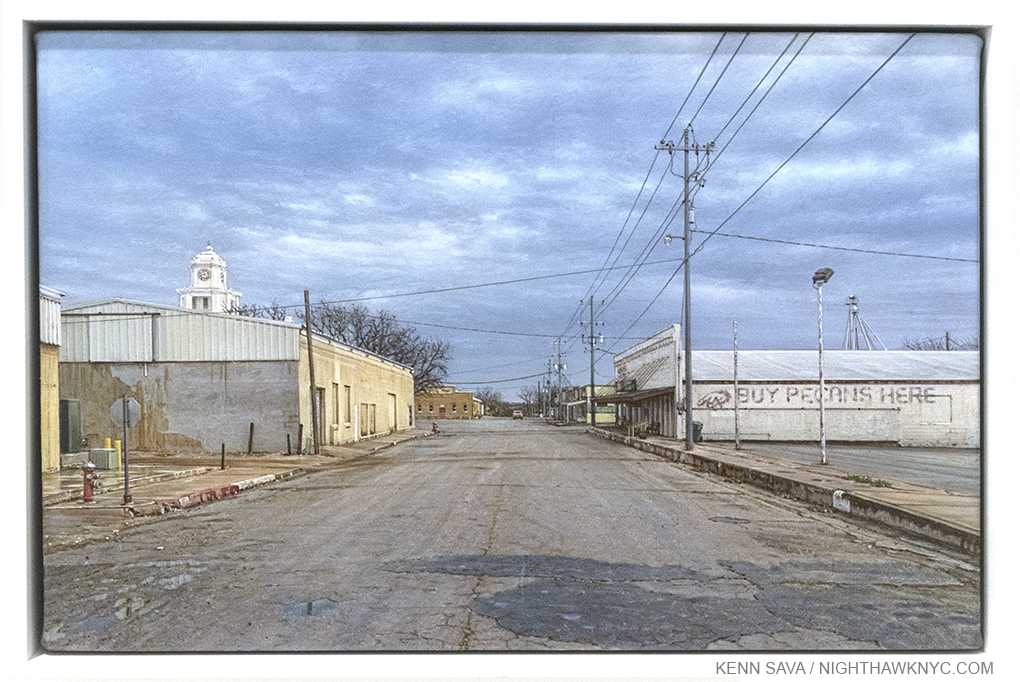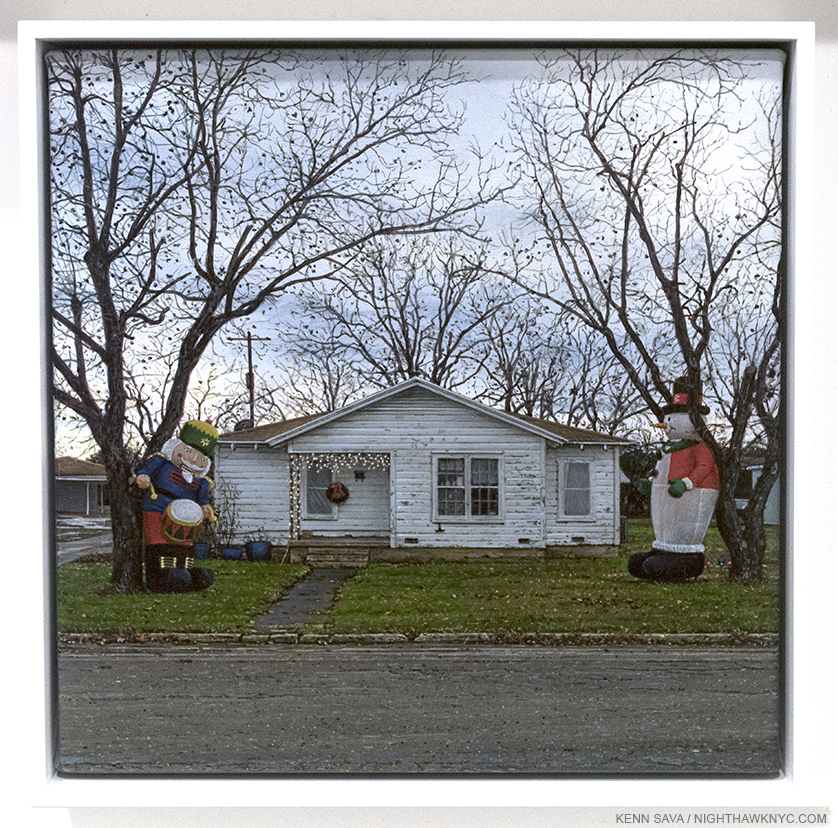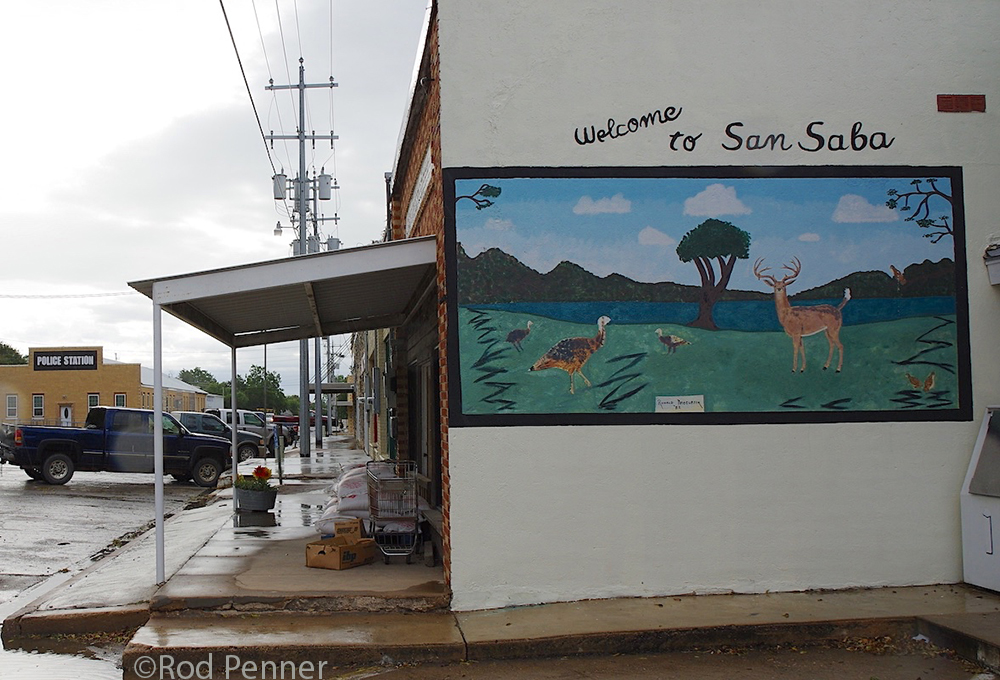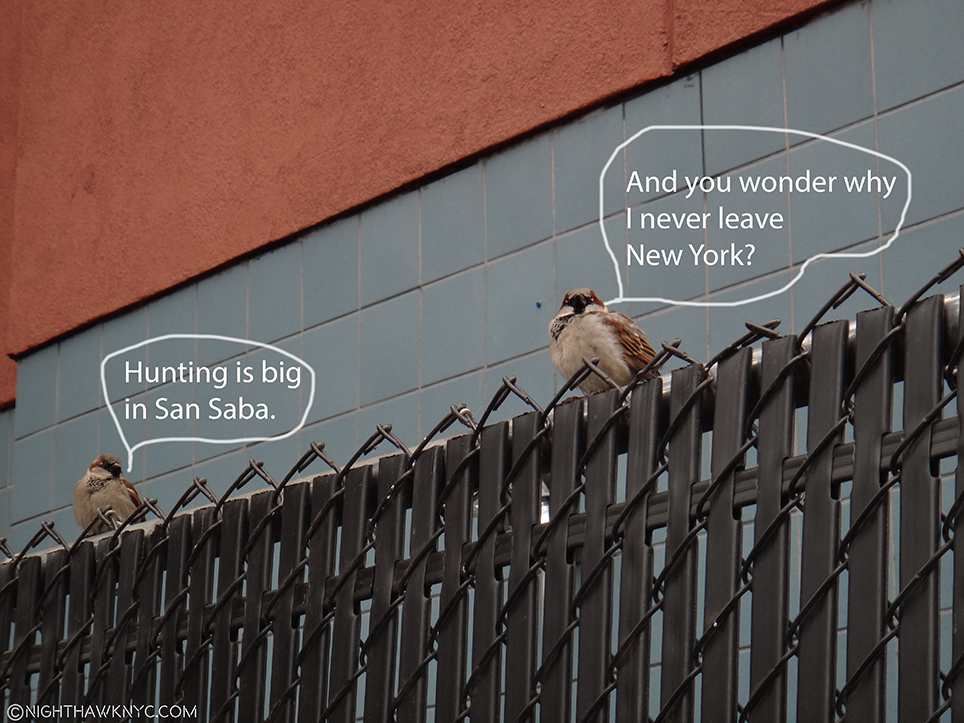THIS STIE IS FREE AND AD-FREE!
If you find this piece worthwhile, please Donate securely via PayPal so I can continue doing them. Thanks!
Written & photographed by Kenn Sava (*- unless otherwise credited).
Having announced that I’m taking a break from Art writing in September to recover from a year’s worth of illnesses and ailments, compounded by the absence of any means of support for Independent Art writing, I’ve finally had time for something else!
In what little free time I have not spent working on surviving I’ve turned to Literature. Not one of the “Visual Arts,” per se, but an Art, of course, nonetheless.
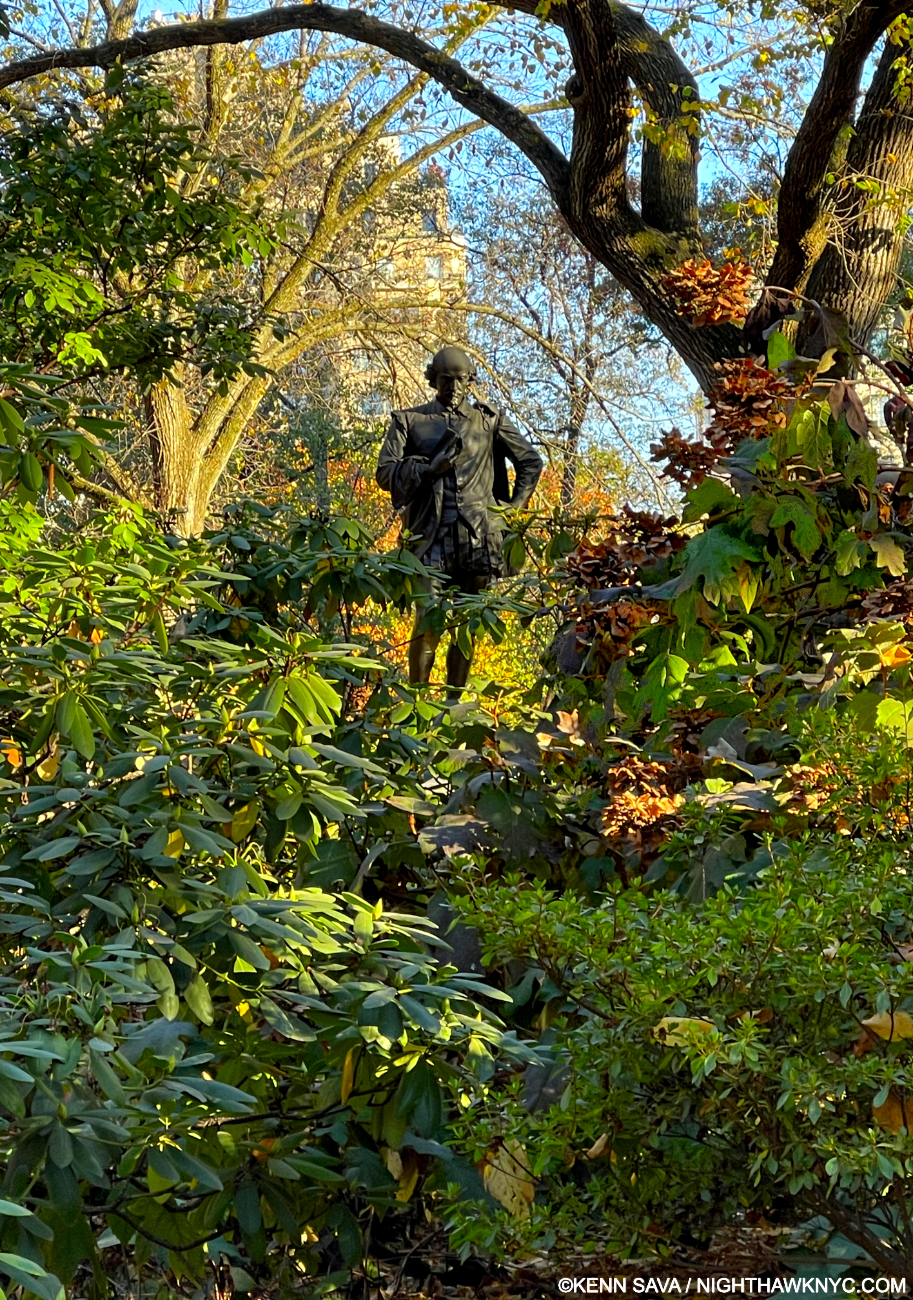
It’s like he’s been there waiting for me for my whole life…Shakespeare, by John Quincy Adams Ward. I’m not a fan of any of the Statues in Central Park besides Bethesda Fountain and this one. Seen on October 27, 2024. Click any picture for full size.
Having been assigned to read James Joyce’s Dubliners as a senior in high school, the highest grade I was allowed to attain by my parents, so taken by it was I that I went on to his A Portrait of the Artist as a Young Man and then Ulysses on my own after. And so ended my life’s experience with Literature (and formal education for that matter. Everything I “know” now I learned on my own, except how to read & write and basic math). My life then became an endless procession of Art book after Art book. Until September. With no Art pieces hanging over my head to finish, in late September I decided to try and begin to try fill that gnawing Lit gap that’s been there for a very long time indeed. Immediately, there was NO DOUBT in my mind who I would turn to first in this quest.
William Shakespeare (circa April 23, 1564- April 23. 1616)
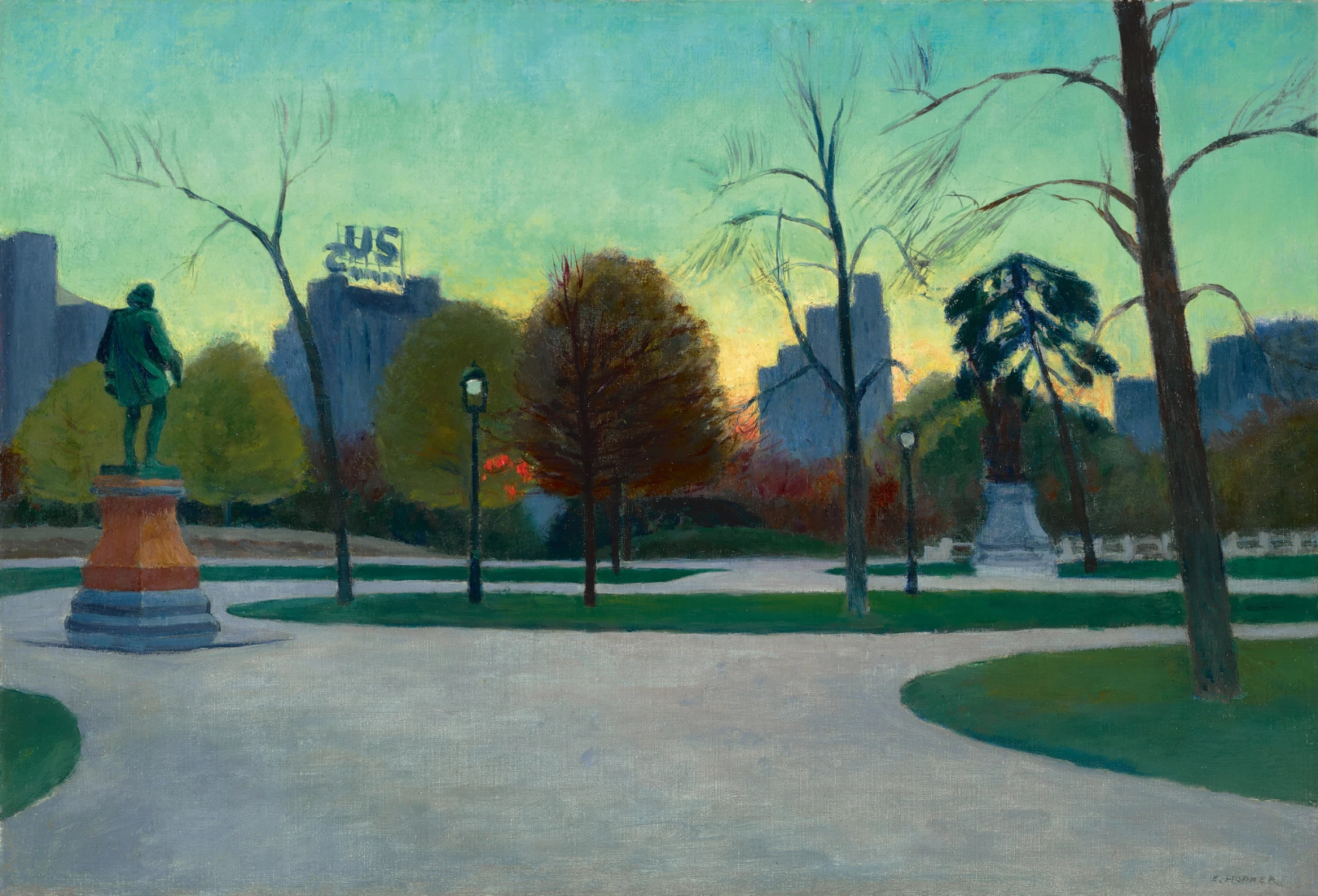
Edward Hopper, Shakespeare at Dusk, 1935, Oil on cavas. Literary Walk, Central Park, 90 years ago. The same Sculpture I shot above, 89 years after Hopper Painted it. The inscription on the base says it was installed here in Central Park in honor of The Bard’s 300th Birthday, which was in April, 1864. Yet, the Artist inscribed “1870” under his signature. Something is wrong in the State of New York.*- Photographer unknown.
Believe it or not, I’ve reached this stage in my life and never once cracked open one of his Plays or collection of Poems. HOW is that possible? I blame my teachers. I remember being assigned such things as Ivanhoe in school which my book report on received a failing grade for primarily because I just couldn’t even bring myself to even open it. At the same time, my parents confiscated my copies of Orwell’s Animal Farm and 1984 because the “legion of decency” (small caps, mine-they were neither) blacklisted them. Suffice it to say that if I read Lit for the next 50 years, Ivanhoe is STILL going to remain unopened!
I quickly realized, however, that it may be impossible to reach adulthood without your life having been touched by William Shakespeare- even if, like me, you’ve never read him! How? Lines from his Plays and Poems have become cliches in many of our daily lives, often/usually without realizing their origins. FIFTY of them, including “For goodness sake,” “Too much of a good thing,” “Vanish into thin air,” or “All’s well that ends well,” can be found here!
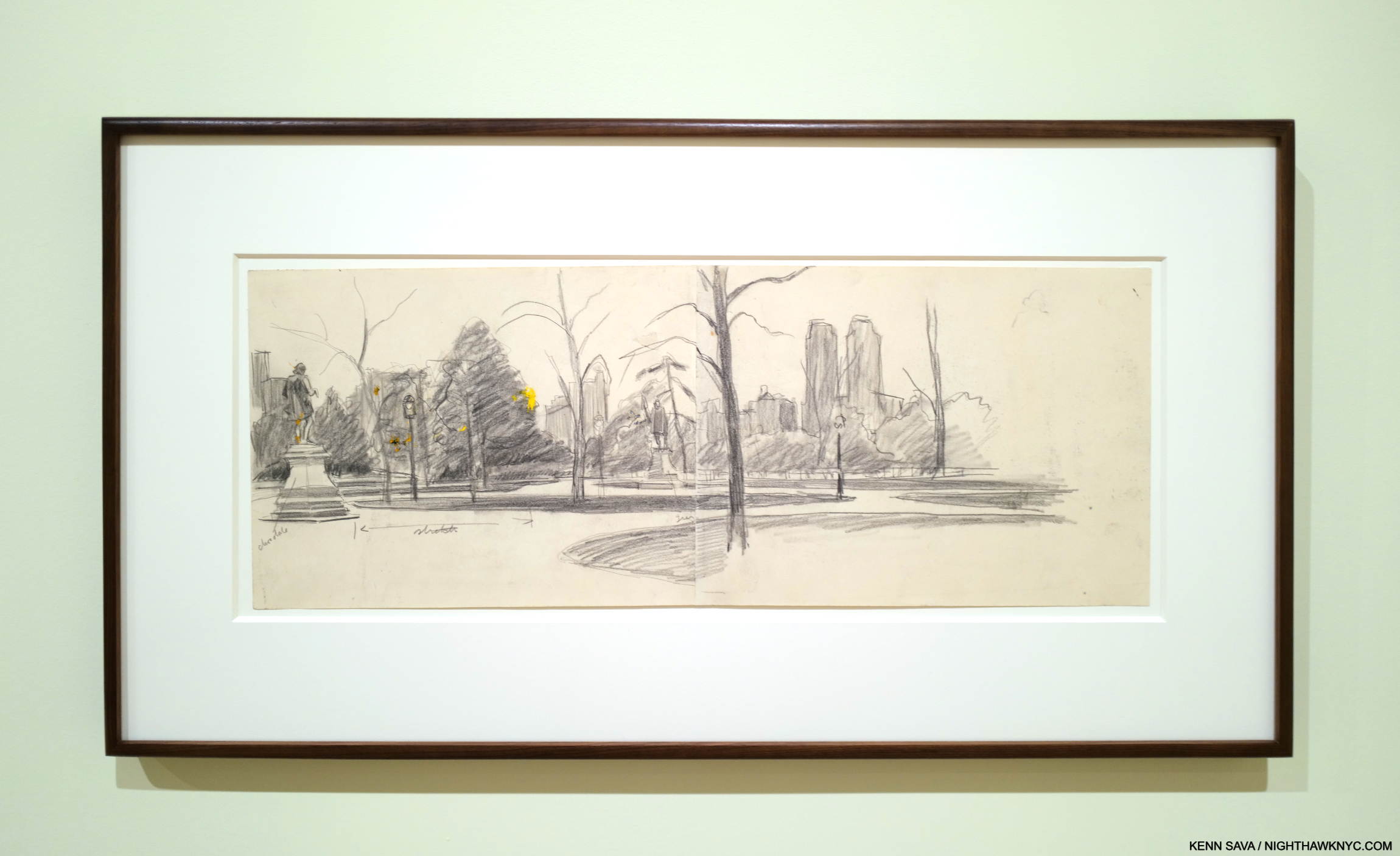
Edward Hopper, Study for Shakespeare at Dusk, 1935, Graphite pencil on paper. Comparing his Studies to the final Painting, shown earlier, t’s interesting how Hopper moved the trees around and changed the buildings. Seen at Edward Hopper’s New York, October, 17, 2022
In addition to that, the man contributed somewhere between 1,700 and 3,00 words to the English language (depending on whose numbers you choose to believe)! And these are not obscure words. They include-
Alligator
Bedroom
Critic (gulp)
Downstairs
Eyeball
Fashionable
Gossip
Huffy
Kissing
Lonely
Manager
Obscene
Puppy dog
Questioning
Rant
Skim milk
Traditional
Undress
Worthless
Zany
PHEW! (That’s not one- as far as I know!)
Between the quotes that have become catchphrases and the words he contributed to the language, I can’t think of any Visual Artist (i.e. Painter, Photographer, et al) who has had such a reach into our everyday lives as Shakespeare has. And that’s not even considering his Plays and Poems as Plays and Poems!
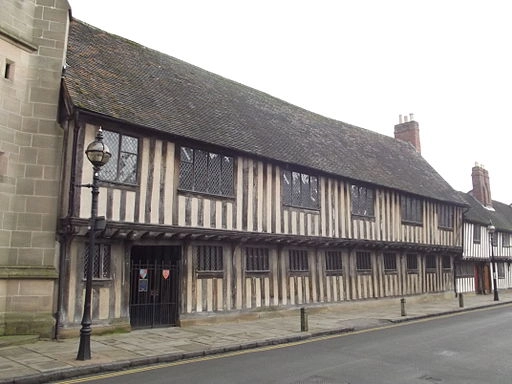
If these walls could talk! King Edward VI Grammar School – Church Street, Stratford-upon-Avon. It is “almost certain” that Shakespeare attended school here. *- Photo by Elliott Brown, Wikimedia Commons
As if that’s not astounding enough, remember Shakespeare only went to school until he was 14! He wasn’t permitted to go to college. What he didn’t learn in school, he taught himself!
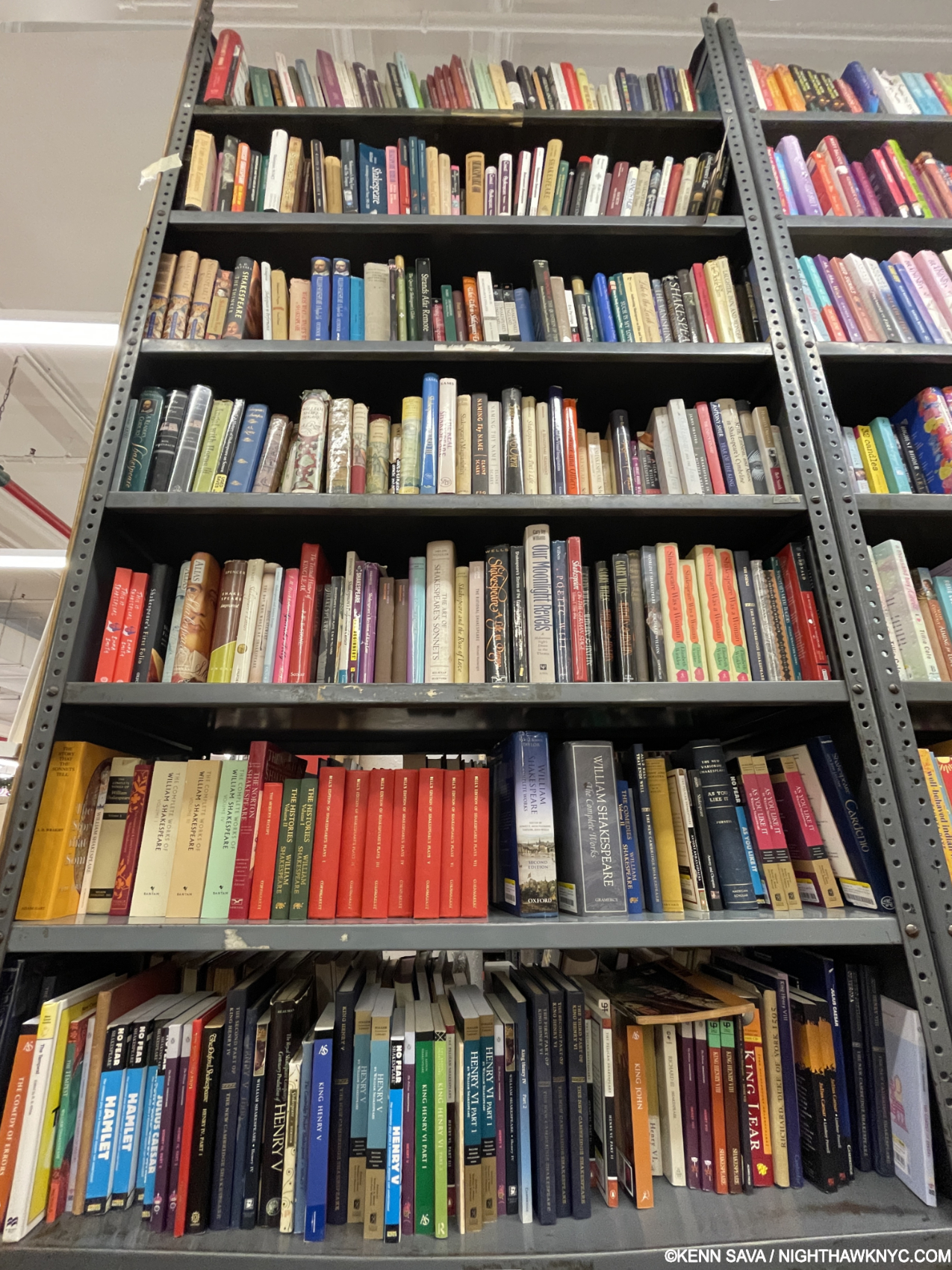
PARTIAL view of the Shakespeare books at The Strand Bookstore, September 28, 2024. This bookcase has 10 shelves of books on The Bard. On the bookcases directly behind it, I counted 7 more shelves of Shakespeare books!
So, there I was in late September in a book store, but, for the first time in the 40+ years I’ve been going to this store, I found myself in a section I’d never been in before. Their Shakespeare section. I was shocked by what I saw. The books filled the entire bookcase! And, it filled most of the bookcase behind it! Though I’ve focused on these pages on Modern & Contemporary Art, I have written about Artists going back to the 15th century- Jan van Eyck, and the Renaissance- Michelangelo. In the 600 years that represents (1400-2025) NO Artist known to me has had anything close to the amount written about them as William Shakespeare has! Not Michelangelo, or Leonardo- even combined. Not Picasso. Not Vincent van Gogh (who I’ve written about twice). No one.
This is a bit ironic. Professor and Shakespeare biographer, Stephen Greenblatt, has this to say about Shakespeare and books-
“Even though as a poet Shakespeare dreamed of eternal fame, he does not seem to have associated that fame with the phenomenon of the printed book. And even when he was well established as a playwright, with his plays for sale in the bookstalls in St. Paul’s Churchyard, he showed little or no personal interest in seeing his plays on the printed page, let alone assuring the accuracy of the editions. He never, it seems, anticipated what turned out to be the case: that he would live as much on the page as on the stage… but the real excitement for him would have been access to books. Books were expensive, far too expensive for a young actor and untried playwright to buy out of his own pocket, and yet the ambitious Shakespeare needed them if he was to rise to the challenge posed by (Christoper) Marlowe’s stupendous work (i.e. specifically Tamburlaine).1“
That explains a question a number of writers have wondered about- according to his last will, Shakespeare left no books. As I stood in front of more books on a subject I’m interested in than I’ve ever faced, one question loomed large- Where do I start?
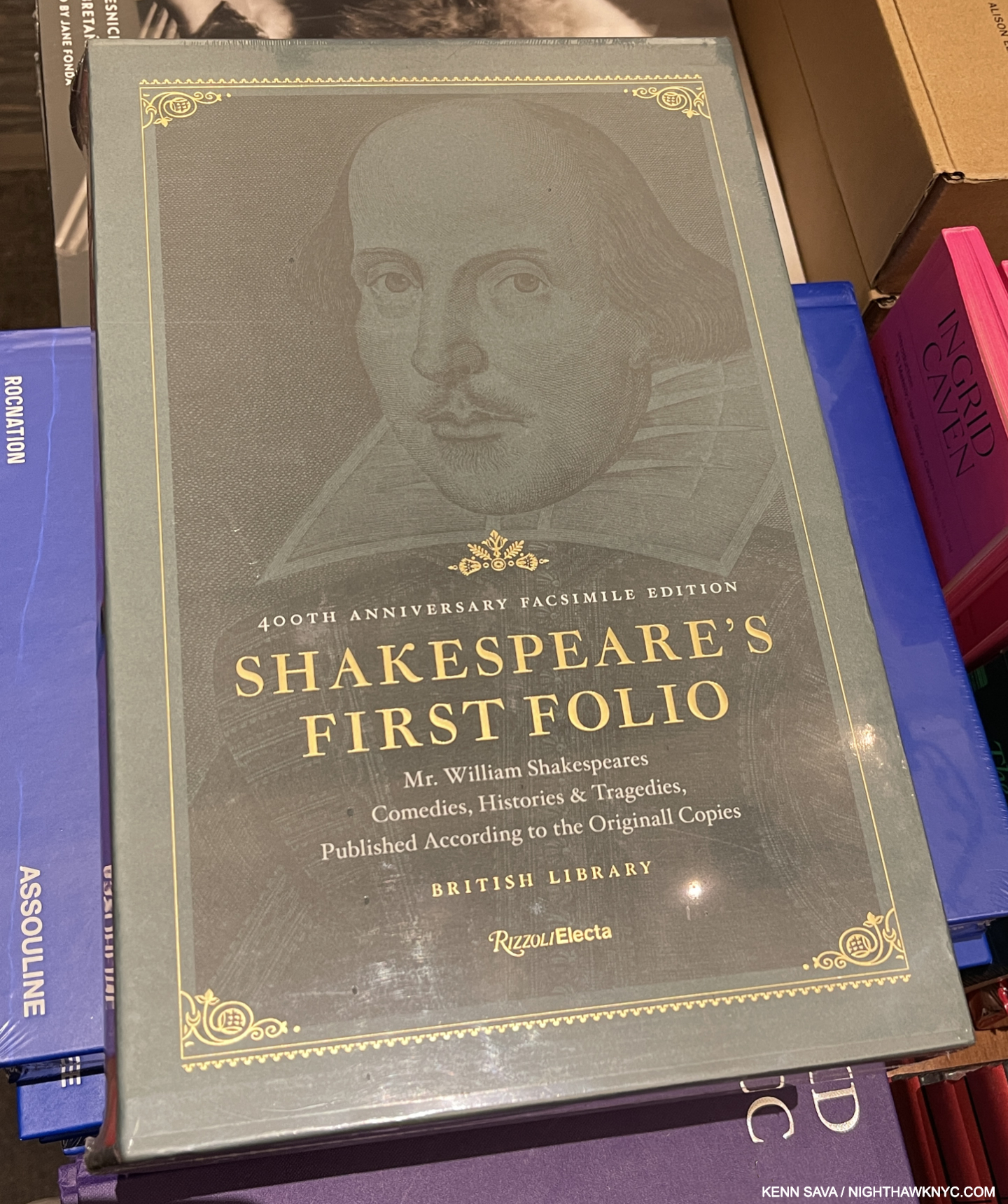
The Rizzoli 400th Anniversary Edition of The First Folio of Shakespeare. It’s nice, but if I were in the market for a copy of The First Folio (TFF hence), I’d get the Norton Facsimile Edition. Why? The Rizzoli is a repro of the copy of TFF in the British Library. The Norton selects the page in each of 82 of the existing copies that’s in the best condition.
Eschewing all the biographies and commentaries, I started looking at the books containing his work- what he Wrote. I quickly discovered that there are COUNTLESS editions of EVERYTHING Shakespeare Wrote going back to what is called The First Folio (TFF hence), the very first published collection of his Plays published in 1623, seven years after his death, by two of his fellow actors & friends. The world owes an incalculable debt to those friends, John Hemminge (aka John Heminges) and Henry Condell. Shakespeare remembered them in his will. Now considered the most important book of fiction ever published. In it, about half of Shakespeare’s plays make their first appearance. They most likely would have been lost to history if not for its publication, the story of which has been the subject of a good many books on its own. I’ve come across 3 reproductions of TFF– The luxurious 400th Anniversary Edition published in 2023 by Rizzoli, the equally luxurious compilation edition published by Norton (which I prefer, IF I were in the market for one, as I explain above), and a used paperback copy of a knockoff edition of it that Norton sued over and was subsequently withdrawn.
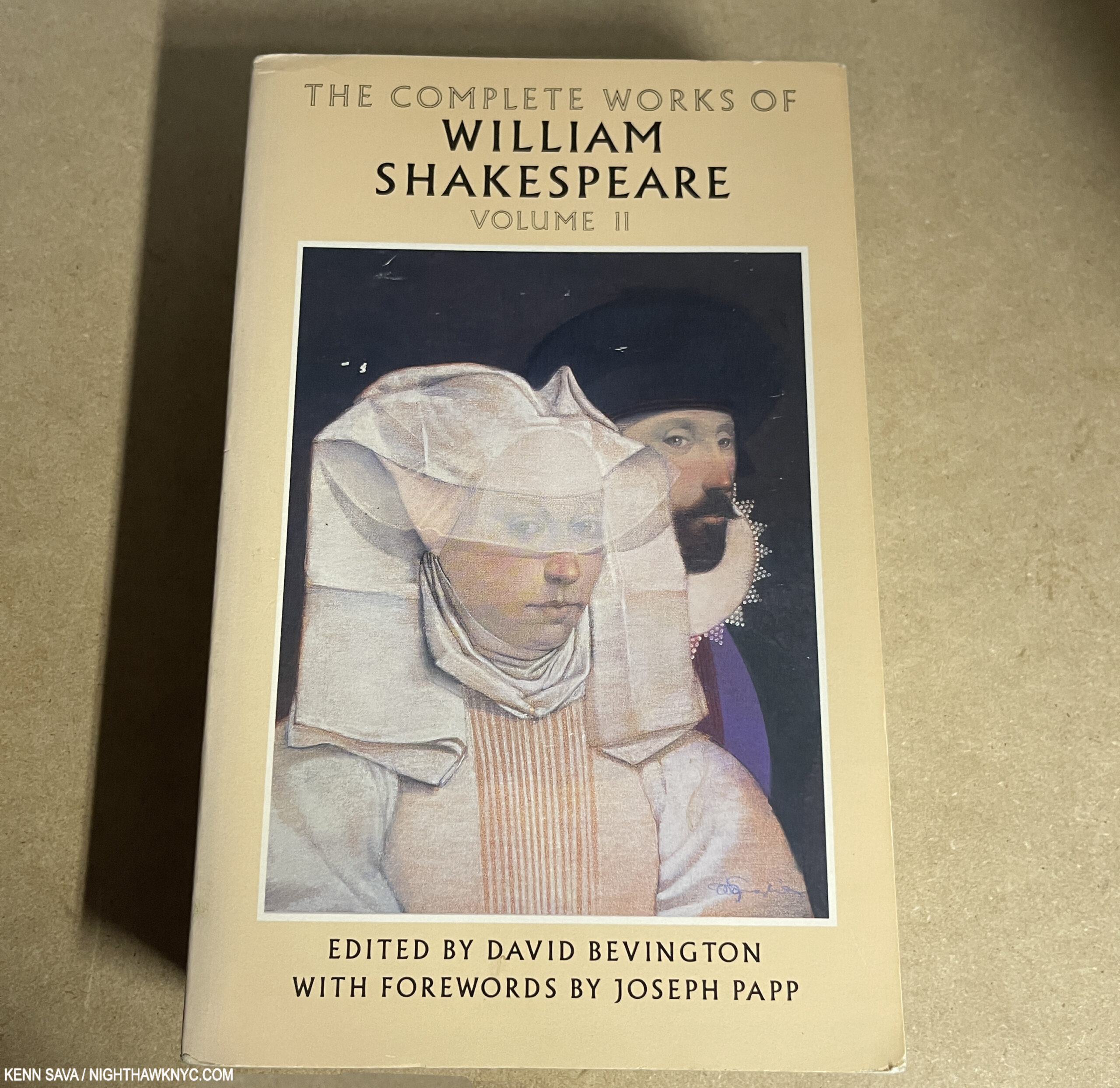
The cover of Volume II of the Bantam paperback edition of The Complete Works of William Shakespeare. David Bevington edited the plays and contributes superb introductions to each Play.
But, Early Modern English, which is what Shakespeare wrote and spoke is a tough nut for me to crack. So are the fonts they used in 1623. So, I put TFF back on the shelf and kept looking. My eyes then alighted on a set of the Complete Works published by Bantam. Five words on the covers caught my attentions- “WITH FOREWORDS BY JOSEPH PAPP.” Even I know that Joseph Papp (1921-1991) was, and remains, “Mr. New York Shakespeare.”
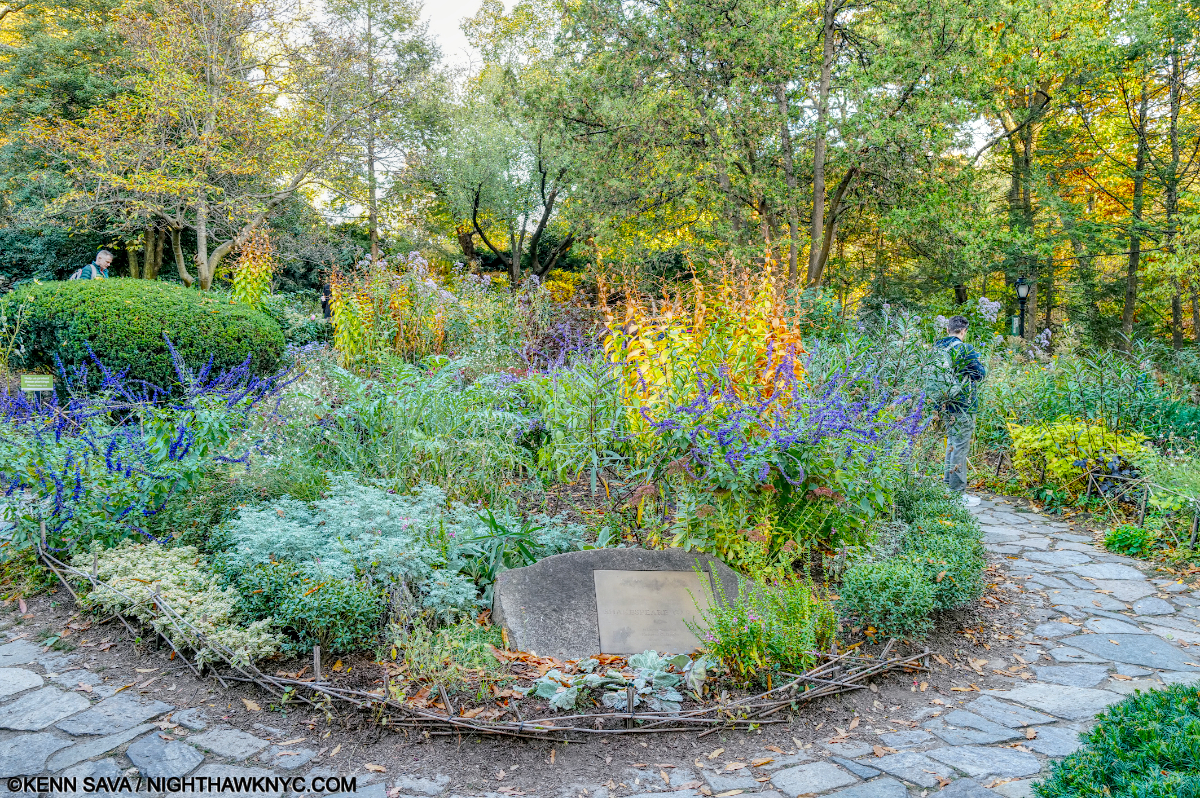
Shakespeare Garden, Central Park, mere steps from The Delacourt Theater, home of Shakespeare in the Park.
Legendary for founding both The Public Theater and the annual, beloved, Shakespeare in The Park performances (i.e. in Central Park, under his New York Shakespeare Festival), who better to turn to for guidance? And so, the very first Shakespeare book I opened was Volume 1 of the Bantam Complete Works of William Shakespeare. I immediately turned to Mr. Papp’s “Foreword” for the whole set (reproduced below. (He also contributed “Forewords” to each Play!), I read these words—
“It’s hard to imagine, but Shakespeare wrote all his plays with a quill pen, a goose feather whose hard end had to be sharpened frequently. How many times did he scrape the dull end to a point with his knife, dip it into the inkwell, and bring up, dripping wet, those wonderful words and ideas that are known all over the world?,” as you can see below-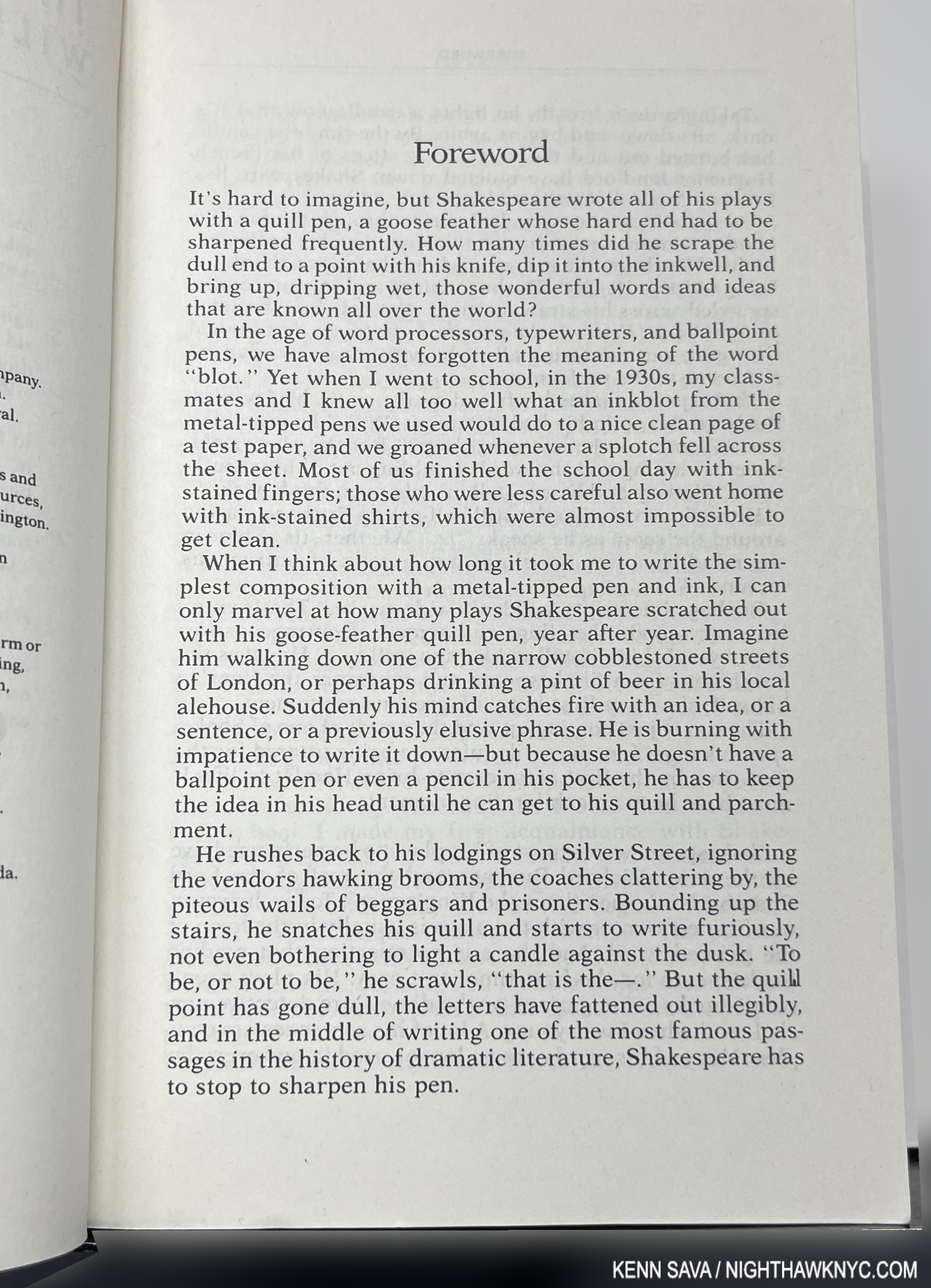
Bingo. I was immediately hooked, and 4 months later, remain so. Shakespeare has taken over my life. I found out the set in the store was incomplete, so I went home and bought a complete used 6-volume set online for $25. However, before I left the store that night, so I could get started right away, I opted for Helen Vendler’s The Art of Shakespeare’s Sonnets, which includes all of them, in a reproduction of the original publication accompanied by a version in a modern font, her commentary on each, and a CD of her reading most of them. I was especially taken with how she depicts their form visually. Faced with upwards of 20 shelves of books, I must have been guided by providence in choosing both of these as my starting points.
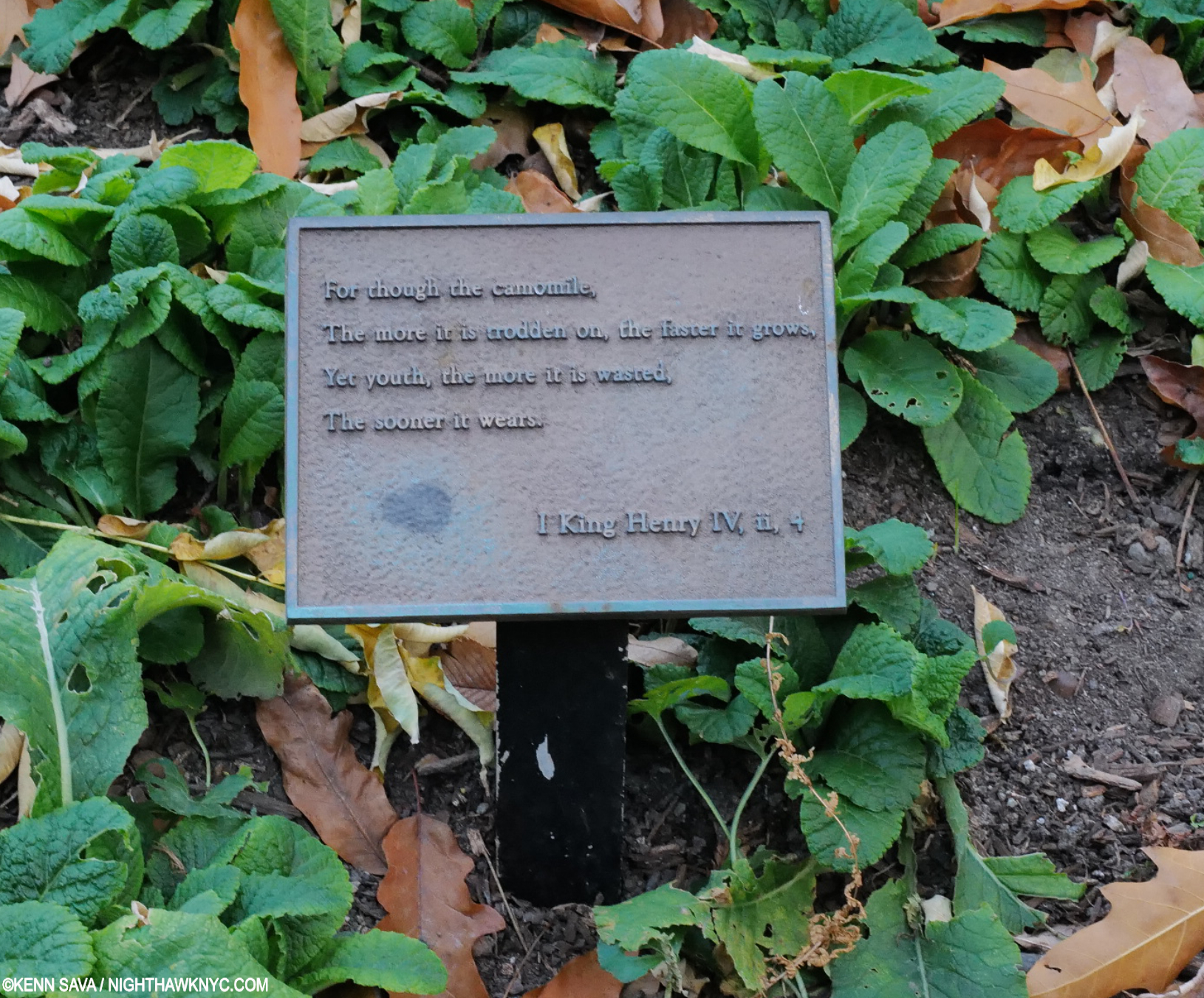
“For though the camomile, The more it is trodden on, the faster it grows, Yet youth, the more it is wasted, The sooner it wears.” A scene in Shakespeare Garden with a quote from 1 Henry IV (II, 4).
After reading the first half of the Sonnets, the Bantams arrived and I chose to begin the Plays with King Lear for no particular reason. It proved to be a most interesting choice- especially after the opening body of Sonnets. As you know, the first section of Sonnets harp over and over on the duty of a young and beautiful man to father children, a subject particularly hard for my older, childless, self to read, over and over, in the words of the man I already consider the greatest writer the language has ever produced.
Pregnant pause.
Then, King Lear is the story of an older man who is turned out by two of his three adult children! Damned if you do, and damned if you don’t, eh Shakespeare? Needless to say, my head was spinning after my first two Shakespeare experiences. What’s “the answer?” What is Shakespeare “telling us?”
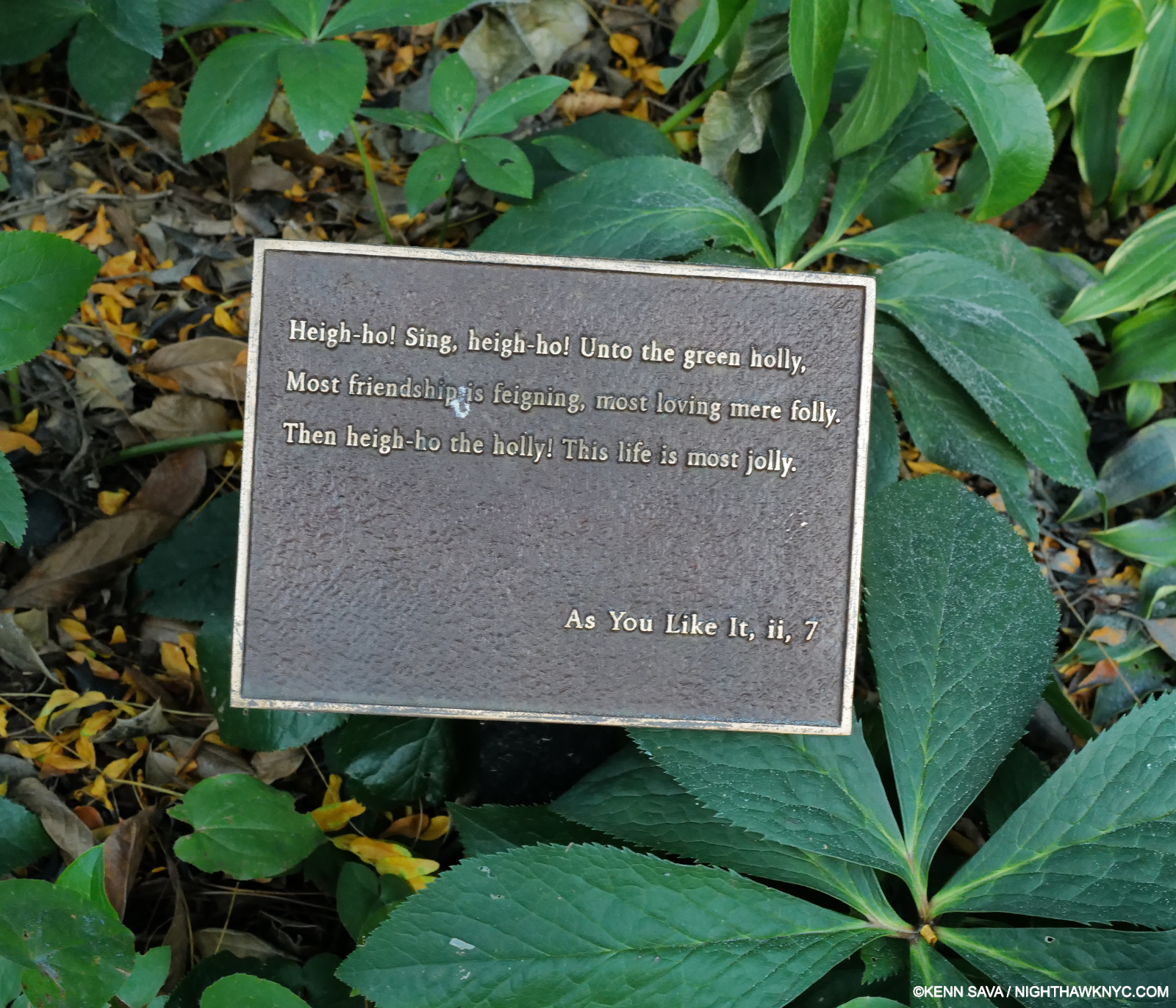
“Heigh-ho! Sing, heigh-ho! Unto the green holly, Most friendship is feigning, most loving mere folly. Then heigh-ho the holly! This life is most jolly.” A quote from As You Like It (II, 7) in Shakespeare Garden.
One thing that’s already apparent to me from that bookcase, above, is that any number of the greatest minds of the past 400 years have written about and commented on Shakespeare. Tolstoy, Freud, George Bernard Shaw, Mark Van Doren, Isaac Asimov, Harold Bloom, Bertolt Brecht, and the aforementioned James Joyce among them, the list is endless and formidable. I’m not daring to throw my hat in that ring speaking on what Shakespeare is saying- especially only 4 months into exploring The Bard! As a result, after finishing each Play (Romeo & Juliet and Hamlet have followed), I’m taking 2 to 3 weeks to read commentary by some of these illustrious figures on the play just finished (I go into each Play cold. So far I’m choosing which one to read randomly. That may change to roughly chronologically as I get more info on dates when they may have been Written- there doesn’t seem to be a consensus.). I’m also waiting to watch any of the Films made of these Plays (most of which are incomplete, edited versions of the Play) until my own ideas on them have solidified.
DISCLAIMER- The subjects I touch on below remain contested. Therefore, I want to make it clear that I’m stating my opinions.
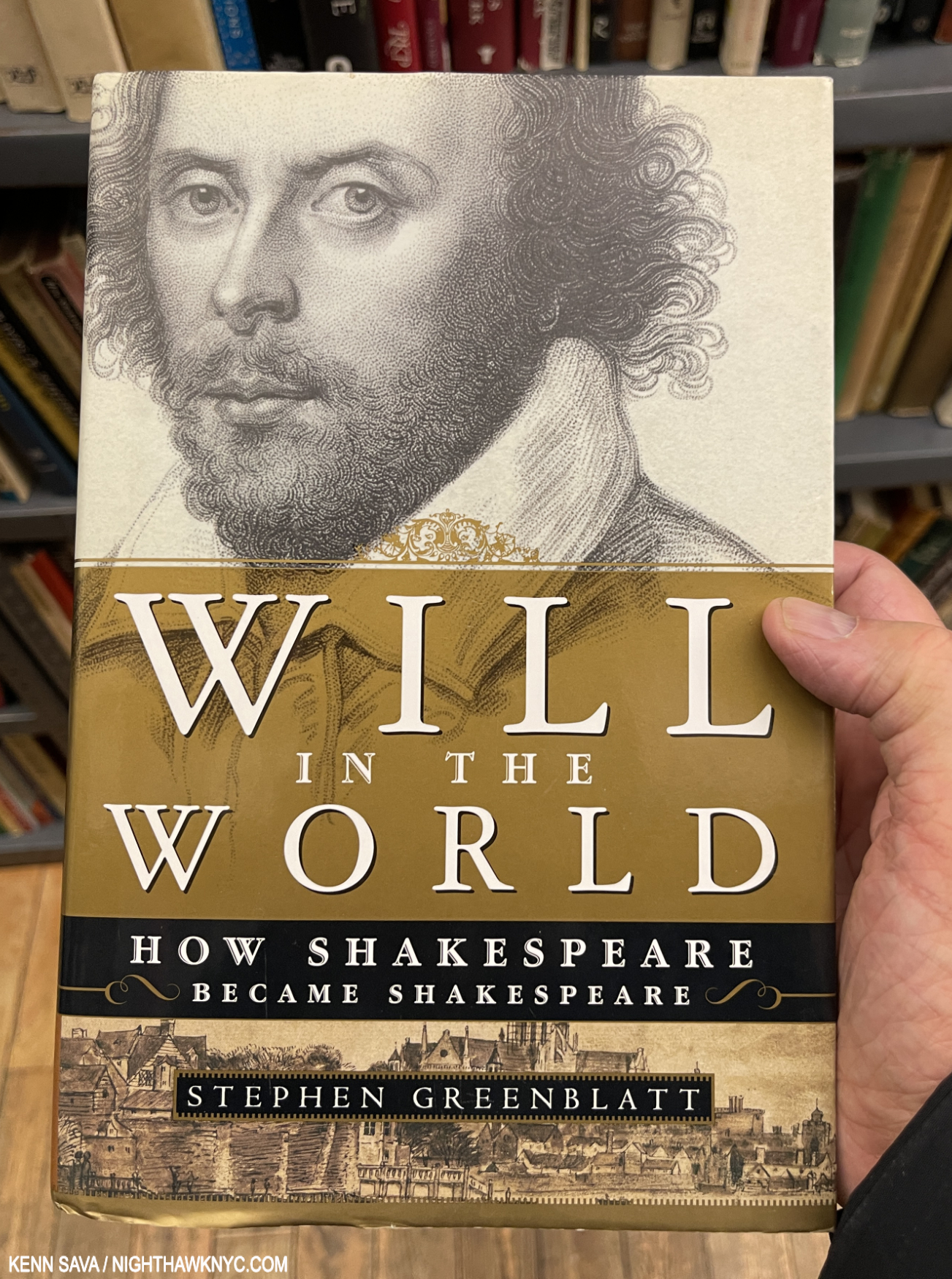
A NighthawkNYC Art Book of the (1st Quarter of the) 21st Century. (The full list to come.) Though I answered a good many Shakespeare questions through my research, Stephen Greenblatt’s classic Will in the World, 2004, answered the rest, and those I hadn’t thought of. A spectacular achievement, if you read one book ON Shakespeare, this would be my recommendation. A New York Times Bestseller for 9 weeks, Professor Greenblatt is the general editor of The Norton Shakespeare, a Pulitzer Prize Winner, a National Book Award Winner for Nonfiction, and a Harvard Professor who has written 4 other books on Shakespeare.
In September, I decided to begin this quest by answering two questions (for myself)- First, WHO wrote Shakespeare? Second, when you consider his collected works total 835,996 words! Of these, 12,493 words occur only once, HOW did a man who was not permitted to go to college manage to write such knowing and diverse work, including so many words? I’ll make this short and just say, my research proved (to my satisfaction) that Shakespeare indeed wrote Shakespeare, and if you want specifics, I subsequently found them all wonderfully delineated in Pulitzer Prize & National Book Award Winner Stephen Greenblatt’s Will in the World. Even the title is startling; calling him “Will,” humanizes him and makes me feel like he’s someone I “know” already. Why do I care who wrote Shakespeare? Because I care who Painted The Starry Night, The Sistine Chapel, and on and on. There is autobiography to a lesser or greater extent in a good deal of, perhaps most of, the Art I’ve seen, and that becomes integral to looking at the work. IF we didn’t know who Painted the Mona Lisa don’t you think the #1 question people would have is not about her smile, but about who Painted it? Professor Greenblatt gets this.
“But the whole impulse to explore Shakespeare’s life arises from the powerful conviction that his plays and poems spring not only from other plays and poems but from things he knew firsthand, in his body and soul2.”
Through 419 absolutely riveting pages he goes on to make it perfectly plain that NO ONE else could have written Shakespeare (in my reading). Suffice it to say that though I became convinced of the answers to my first two questions elsewhere, Professor Greenblatt does a much more complete job of answering both.
“HOW did the son of the failing glover make it into the theater? In the absence of any documentary traces, the principal evidence, pored over for clues by generations of ardent admirers, is the huge body of work that Shakespeare left behind, the plays and poems that spark the interest in the life in the first place and provide tantalizing hints of possible occupations he might have followed3.”
Along the way, I began to see that very intensive, focused, research may have been key for Shakespeare. I can relate to that in my own, tiny, way4. Having written 350 pieces here on about 300 Artists, many of which I was working on 3 or 4 at a time, I had to do my research, distill it, and move on to the next topic. Most of his Plays are based on the work of predecessors, and those sources are known, I wonder if Shakespeare did something somewhat similar. As an actor, he was already, no doubt, a quick study.
“Shakespeare was a master of double consciousness. He was a man who spent his money on a coat of arms but who mocked the pretentiousness of such a claim; a man who invested in real estate but who ridiculed in Hamlet precisely such an entrepreneur as he himself was; a man who spent his life and his deepest energies on the theater but who laughed at the theater and regretted making himself a show.”
Is this why there seem to be conflicting “messages” about having children between the Sonnets and King Lear? He continues…
“Though Shakespeare seems to have recycled every word he ever encountered, every person he ever met, every experience he ever had—it is difficult otherwise to explain the enormous richness of his work—he contrived at the same time to hide himself from view, to ward off vulnerability, to forswear intimacy5.”
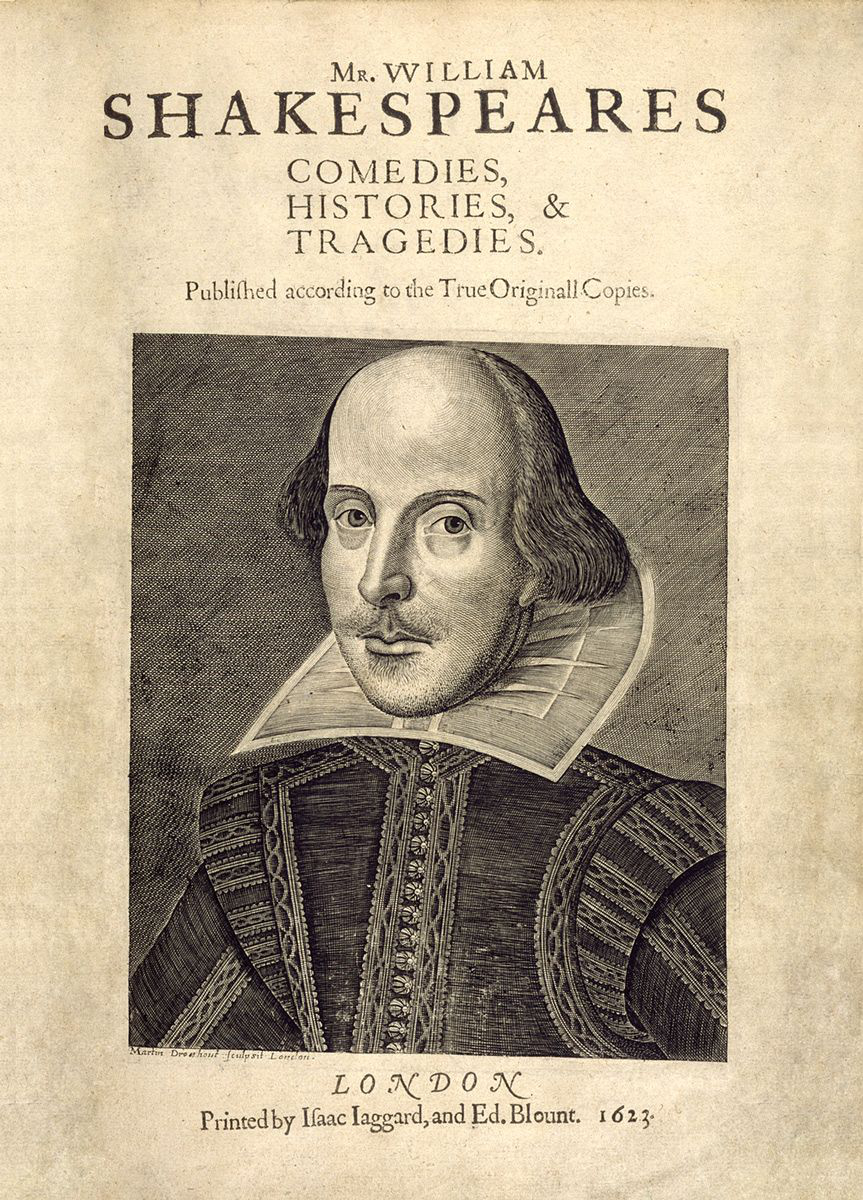
Since The First Folio was compiled and edited by two Actors and friends of Shakespeare, John Heminges and Henry Condell, Martin Droeshout’s Portrait of William Shakespeare as it appears in it seven years after his death, is the most accepted representation of what Shakespeare looked like. On the facing page, Writer & Shakespeare associate, Ben Jonson writes that “the graver had a strife with nature to out do the life.” I’ve reproduced his full text, with his original spelling-
Ben Jonson
To the Reader
This Figure, that thou here seest put,
It was for gentle Shakespeare cut:
Wherein the Grauer had a strife
with Nature, to out-doo the life:
O, could he but haue drawne his wit
As well in brasse, as he hath hit
His face; the Print would then surpasse
All, that was euer writ in brasse.
But, since he cannot, Reader, looke
Not on his picture, but his Booke.
B.J.
Irony of ironies, something else then entered into my exploration of Shakespeare. Painting. “Just when I thought I was out…” Wait. That’s not from Shakespeare. (Is it?)
Having “settled” the above questions for myself, I was able to begin reading his work. Then, I got “stuck” on something I’d seen in the first few pages of TFF: Shakespeare’s Portrait, in an engraving done by one of two Martin Droeshouts (There may have been two Martin Droeshouts in the same extended family, one, or both, of who may have been engravers). The consensus seems to be Martin Droeshout the Younger, 1601-c.1650, who was too young to have seen/known Shakespeare during his life. Martin’s Portrait is, frankly, bizarre! The head too big for the body, and apparently disassociated from it, something’s wrong with his left eye (which might be his right eye since everything is usually reversed in an engraving), and on and on. Yet, on the facing page is the great Writer and Shakespeare associate, Ben Jonson’s, statement that “the graver had a strife with nature to out do the life,” meaning, I take it, that the Portrait looks better than Shakespeare did in real life, in his view. And that, along with the implied approval of two of his “fellows,” as Shakespeare refers to them in his will, John Hemminge (aka John Heminges) and Henry Condell who complied (“gather his works,” in their words), edited TFF and thereby approved the Portrait, are the most direct testimony there is on what Shakespeare looked like that we still have!
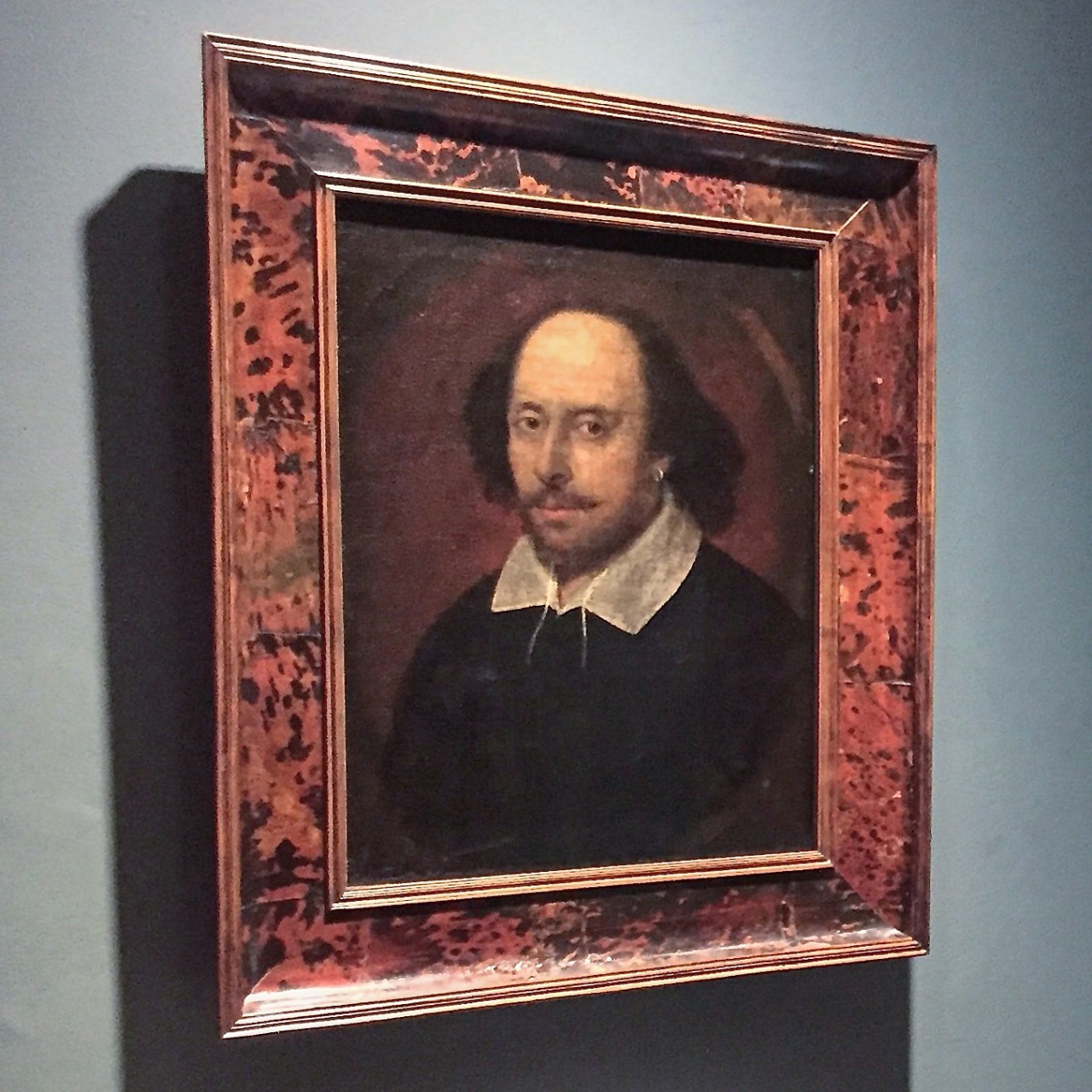
Attributed to John Taylor, William Shakespeare, aka the Chandos Portrait, Datę unknown. Seen in the National Portrait Gallery, London. *-Photo by City Guide London on Tumblr.
The second most accepted “Portrait” of Shakespeare is that on his funeral monument, since that, too, was overseen by those who knew him (though it has been altered over time). That attributed to John Taylor, above, is the 3rd and most accepted Painting. The very first work acquired by London’s National Portrait Gallery, they seem to have hedged their bet on it, saying their claim that it represents Shakespeare has “increased, but it’s not absolutely watertight. We may never find the clincher piece of evidence- though it may turn up6,” Dr. Tarnya Cooper of the NPG said.
The theory is that the Droeshout Portrait was based on a Painting. But, if it survives, which one? Over the centuries a number of candidates have been put forth. You know me. Unable to resist, I began looking at supposed Portraits of The Bard. I actually saw the Chandos Portrait on my last trip out of NYC overnight, when I went to London’s National Portrait Gallery in 2012. It hasn’t been cleaned since the NPG acquired in 1856, which makes it really hard to see, and some alteration has occured. The “white” of the collar has been worn down to just the undercoating for the whole Painting. It also features a possibly damaged, left eye. It has a beard, what appears to be curlier hair, and an earring- things that don’t appear in the Droeshout. It does, however, have the best provenance of the bunch of Paintings claiming to be “him.” But, as Dr. Cooper says, not enough to make it conclusively Shakespeare- or by John Taylor, for that matter.
William Shakespeare lived from circa April 23, 1564 to April 23, 1616 and spent much of his adult life in London, a time when there were more than a few great Painters around. Having your portrait done was coming into fashion at this time, too. Being a man of enough success that he was both part owner of The Globe Theater and able to retire in his early 50s, it stands to reason that he would have had one done at some point, maybe more than one. Still, most of those we have are posthumous portrayals. Finding one rendered from life is the holy grail, and the reason why the search is so intense. It’s been postulated that these posthumous portrayals may have been done from Shakespeare’s death mask (which also apparently survives), or his skull (which was removed from his tomb, violating his curse, which itself may be the final thing he wrote, against “moving his bones,” and may also still be around).
A number of these Portraits, the Chandos, the Droeshout, share an interesting trait- if we take their primary features, the eyes and mouth and superimpose them, which I did using photo editing software, they line up. That, itself is quite strange, but hard to ignore. I was taken by one of the newest entries to the “Shakespeare” Portrait field, a Painting that’s come to be known as “The Wadlow Portrait,” after its owner, Stephen Wadlow, a self-employed window washer who inherited the Painting from his father, Peter. It hung over the family TV until an OMG moment watching a Shakespeare doc made the family wonder IF it might be HIM. Stephen has spent the past decade researching it and the results have been increasingly encouraging. Though I can’t imagine the drain of time and resources involved in such a quest, it seems that he’s been getting positive feedback from the tests the piece has undergone and his research. Looking over the documentation on his website, it doesn’t seem the time to stop looking for an answer is now.
So as to not make a very long piece longer, I will let Simon Andrew Stirling neatly sum up the stories on ALL of the major purported Shakespeare Portraits in this fascinating piece he wrote for Goldsmiths University, which completes the path I have been going down in what is compelling fashion, in my view- thus far.
Answering the “What did Shakespeare look like?” question is not going to be as “easy” as answering the “Who wrote Shakespeare?” question. At least for me! Ben Jonson neatly summed up the real point of all this 400 years ago in his “To the Reader” piece, above-
“Reader, looke not on his picture, but his Booke.”
And so, onward to Macbeth.
*- Soundtrack for this piece is “I Contain Multitudes,” (a Walt Whitman quote) by Bob Dylan from Rough and Rowdy Ways, 2020.
NighthawkNYC.com has been entirely self-funded & ad-free for 9 1/2 years, during which over 340 full-length pieces have been published! If you’ve found it worthwhile, PLEASE donate securely by PayPal below to allow me to continue. Thank you, Kenn.
You can also support it by buying Art, Art & Photography books, and Music from my collection! Art & Books may be found here. Music here and here.
Written & photographed by Kenn Sava for nighthawknyc.com unless otherwise credited. To send comments, thoughts, feedback or propositions click here. Click the white box on the upper right for the archives or to search them. Subscribe to be notified of new Posts below. Your information will be used for no other purpose.

